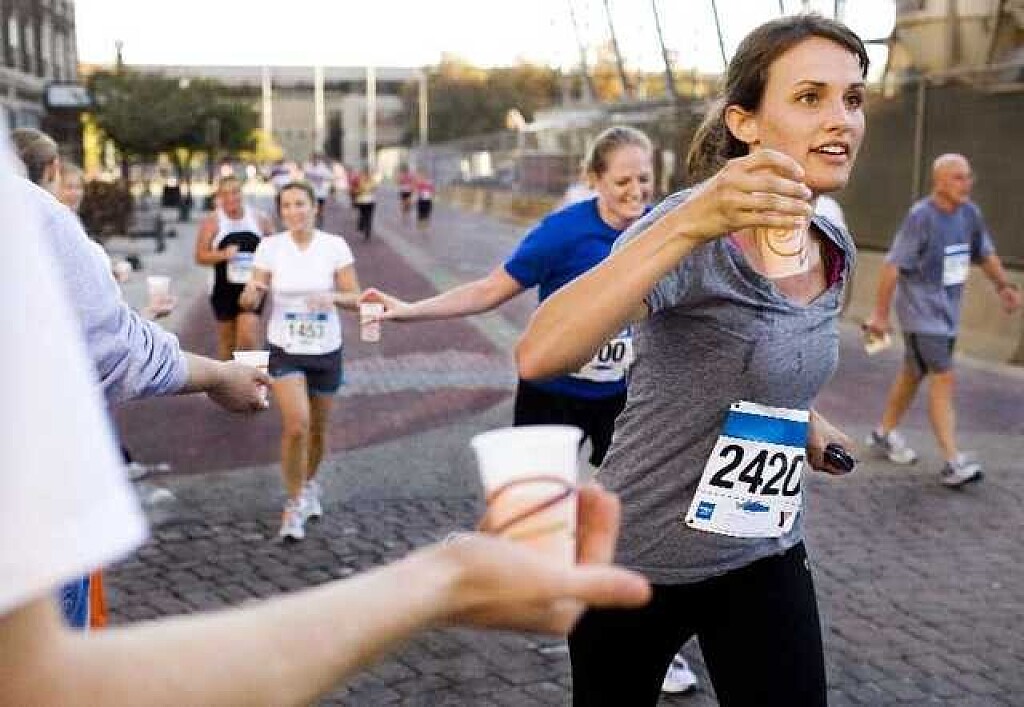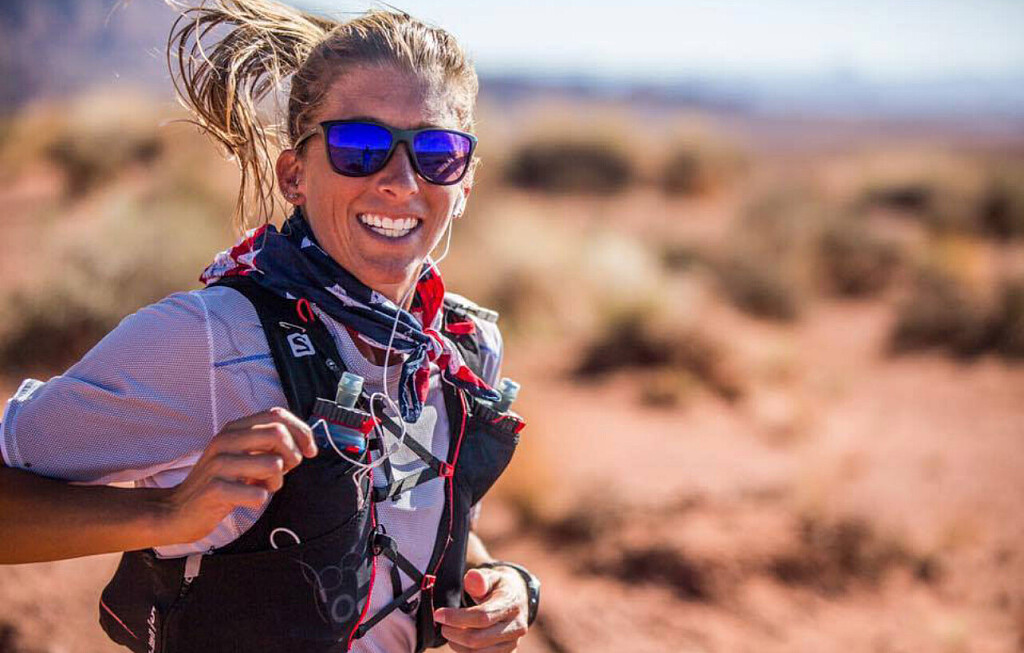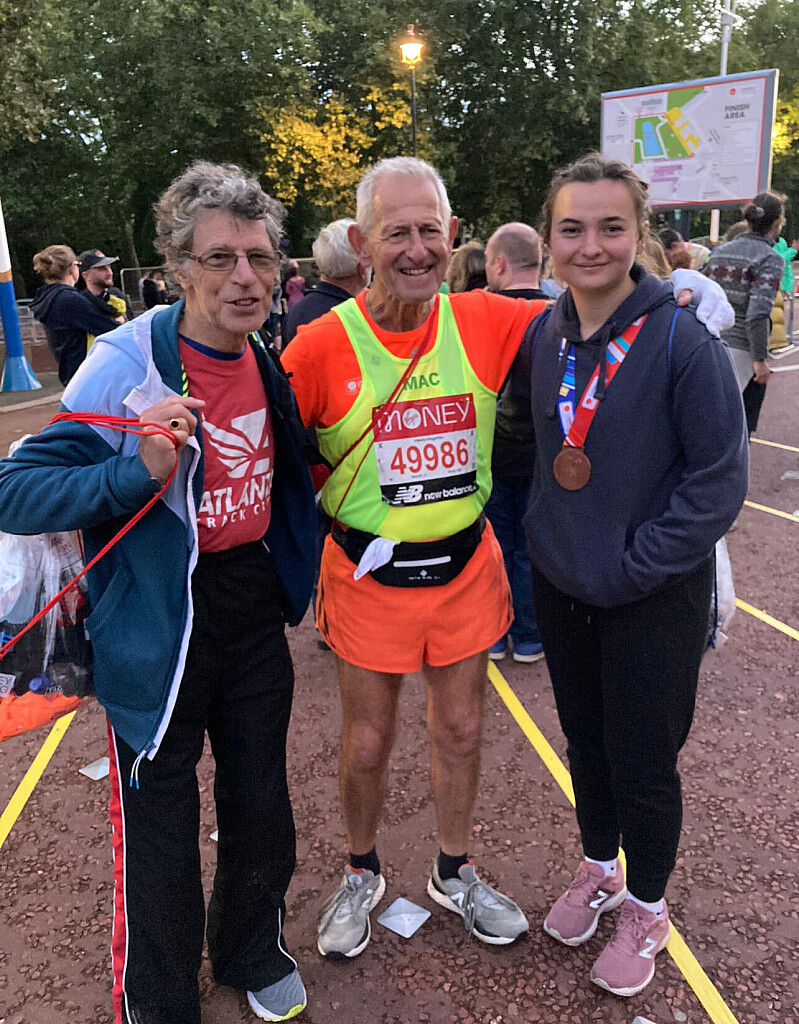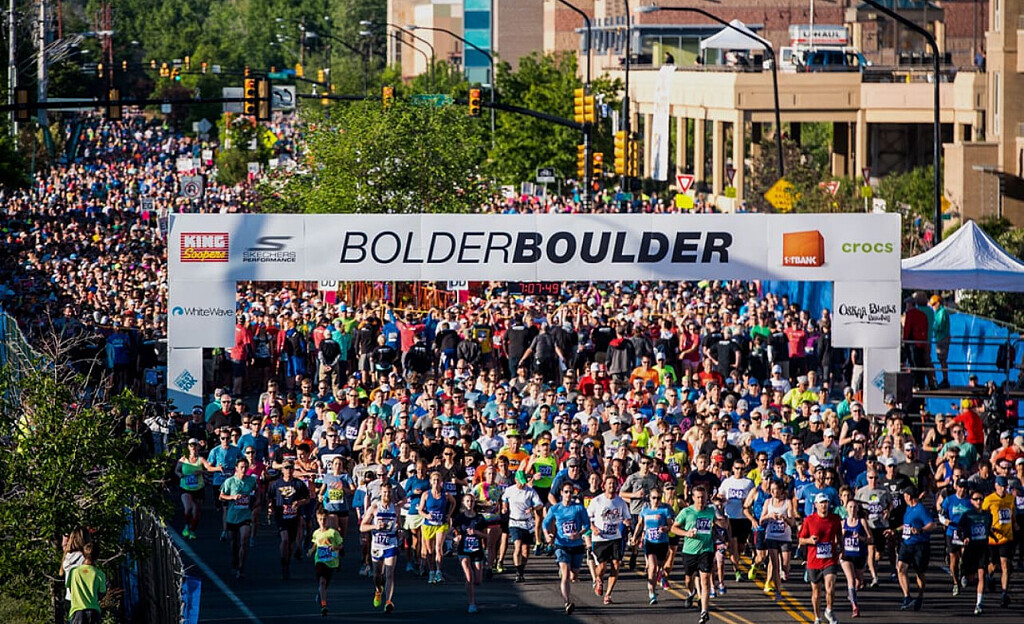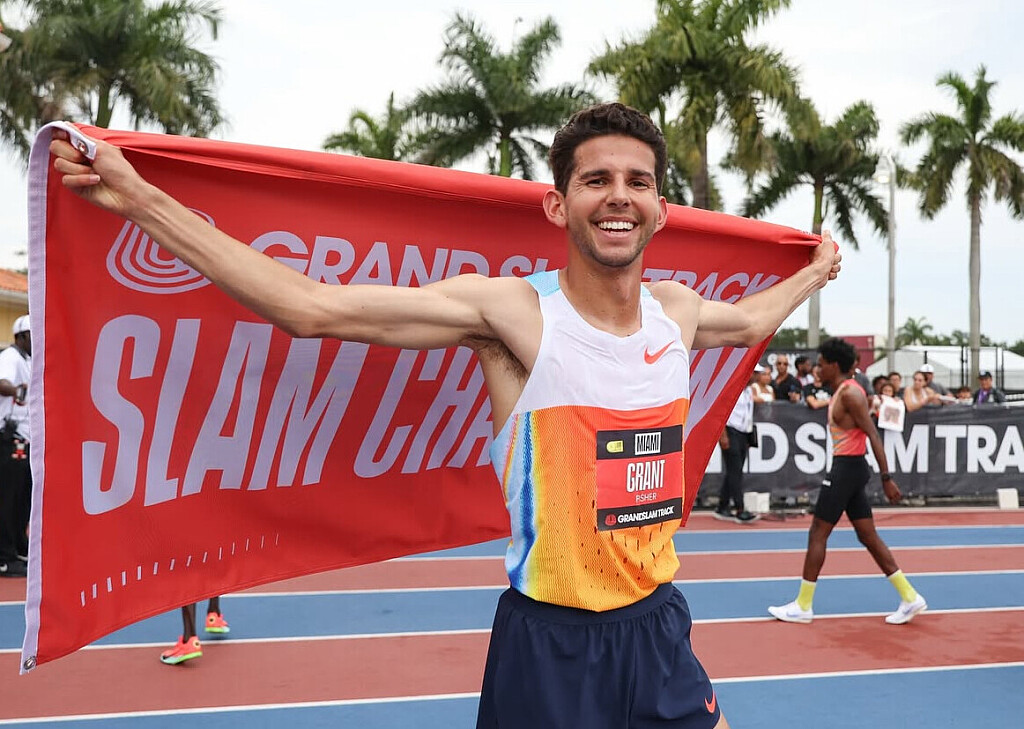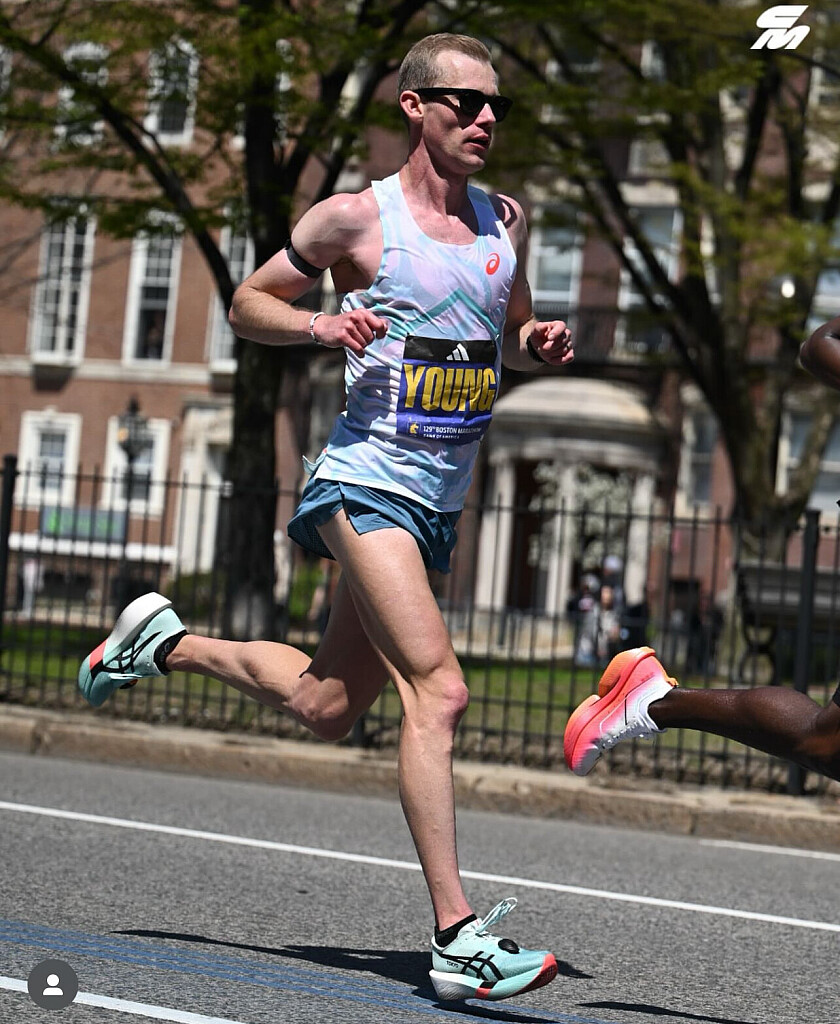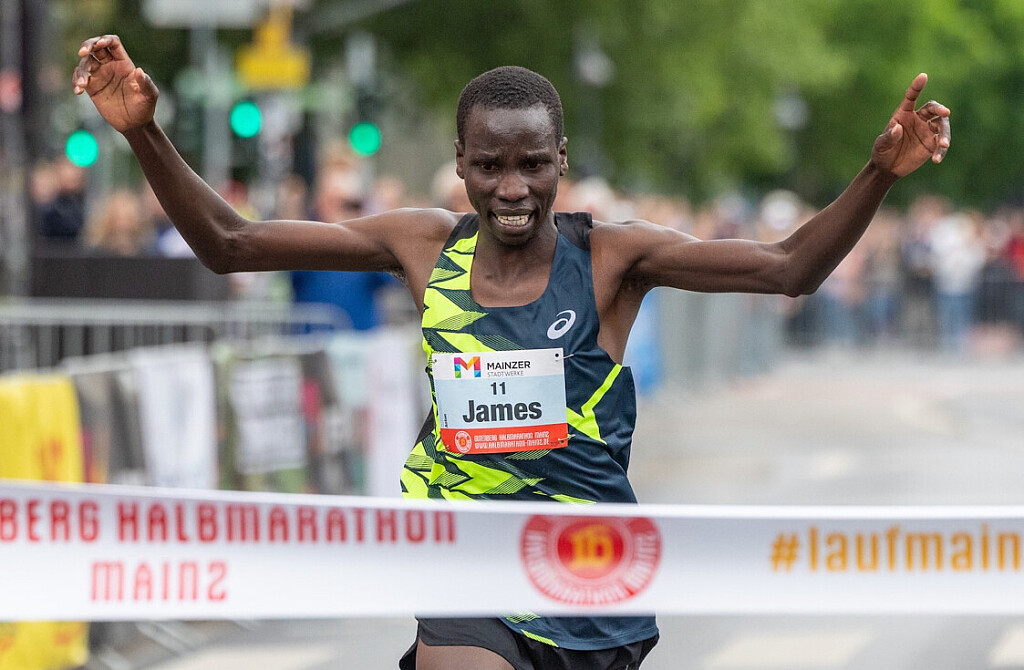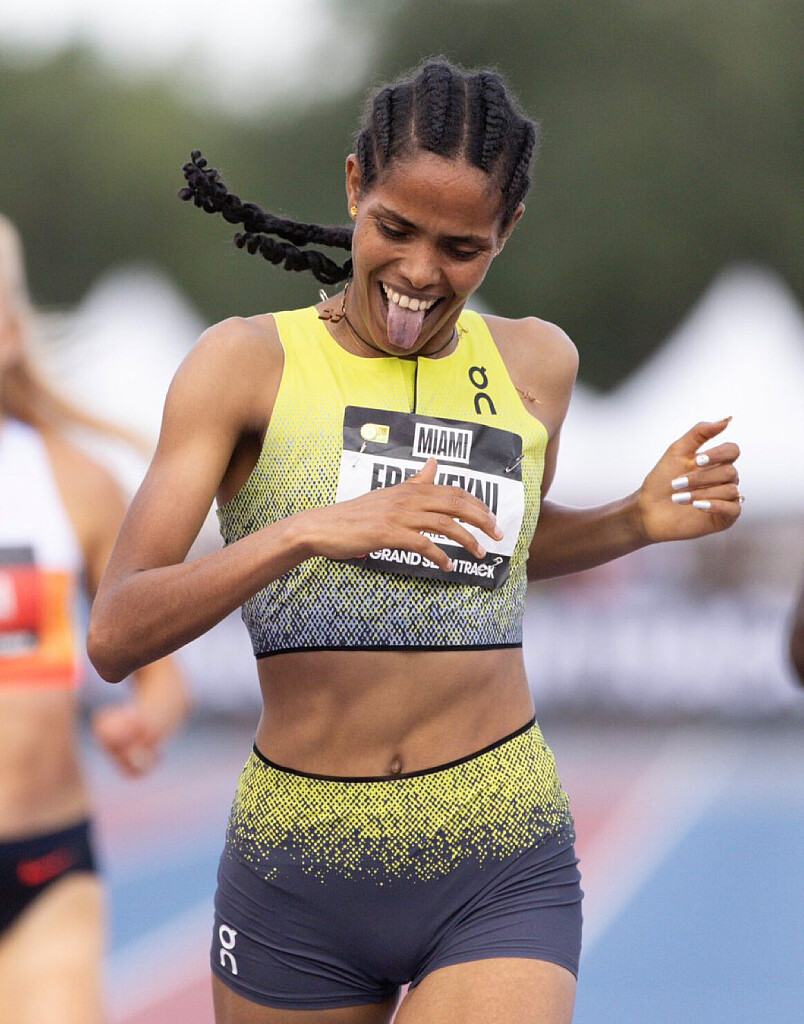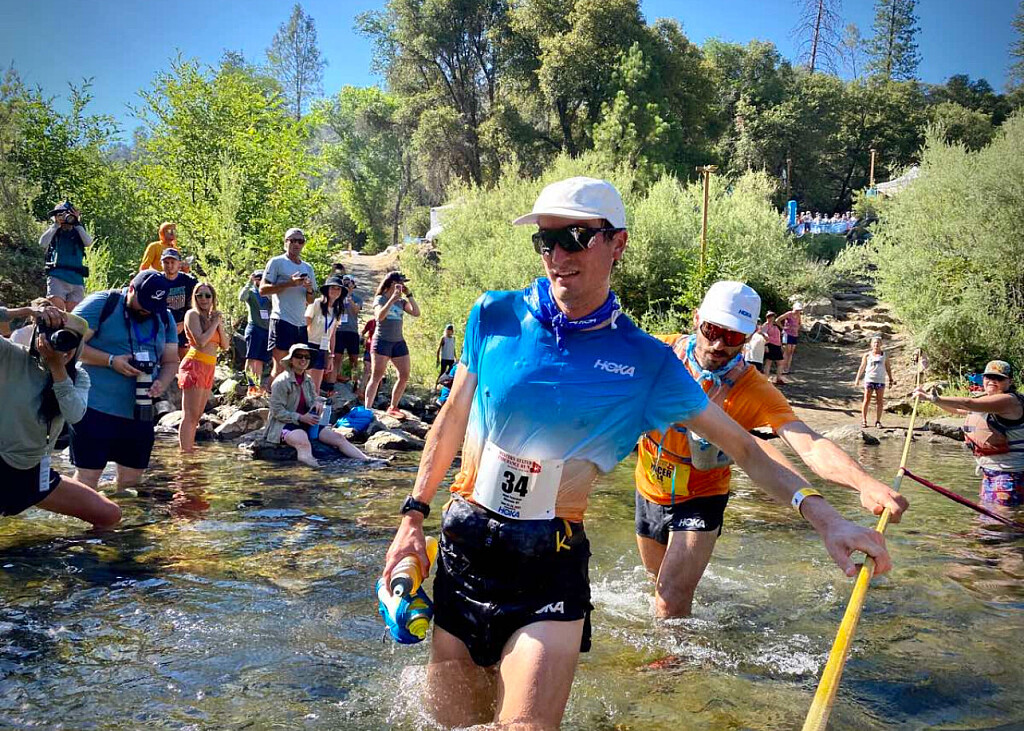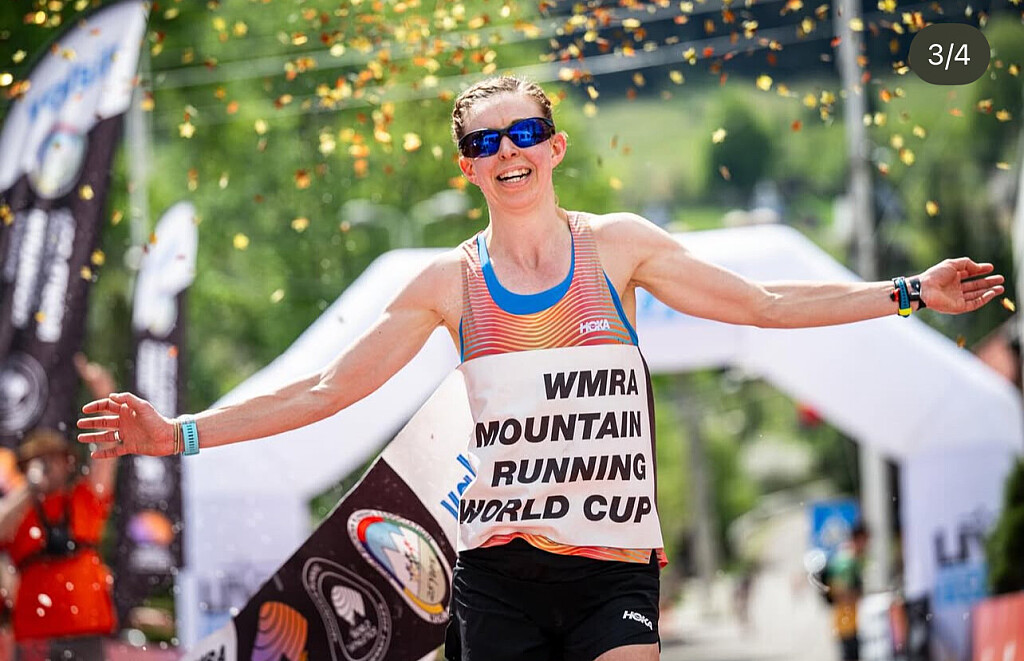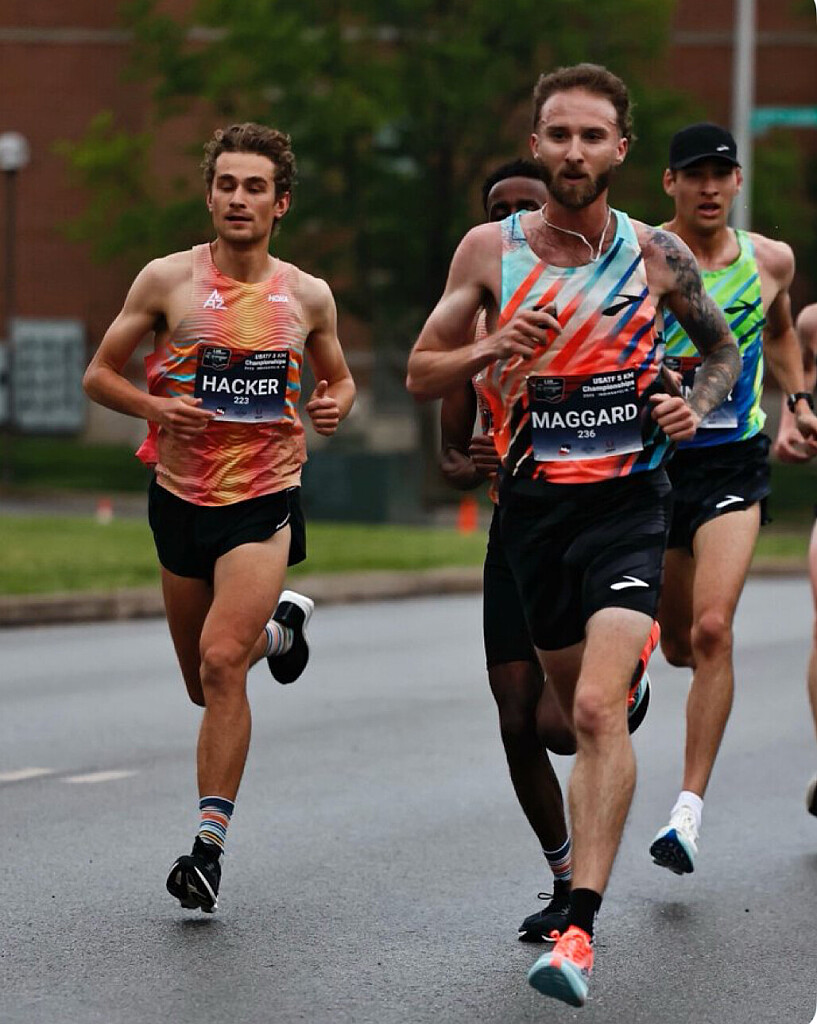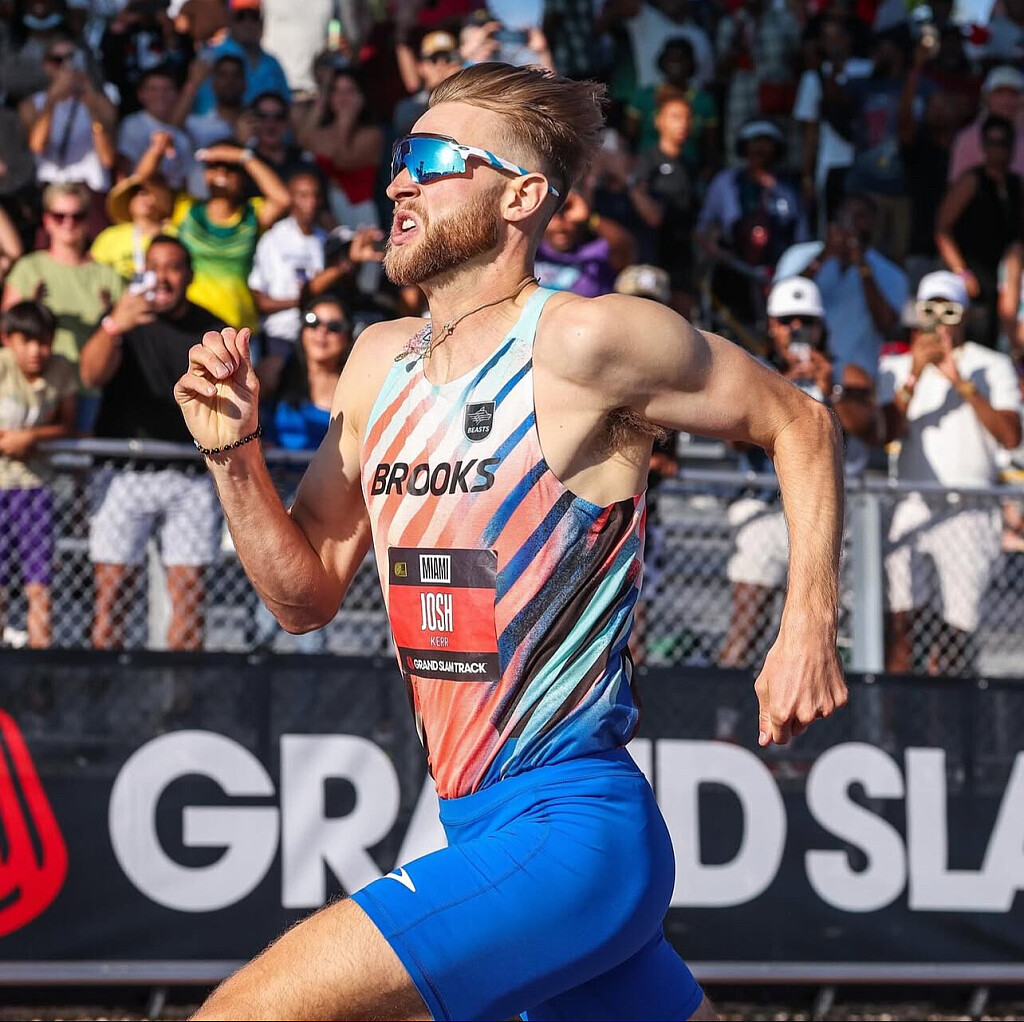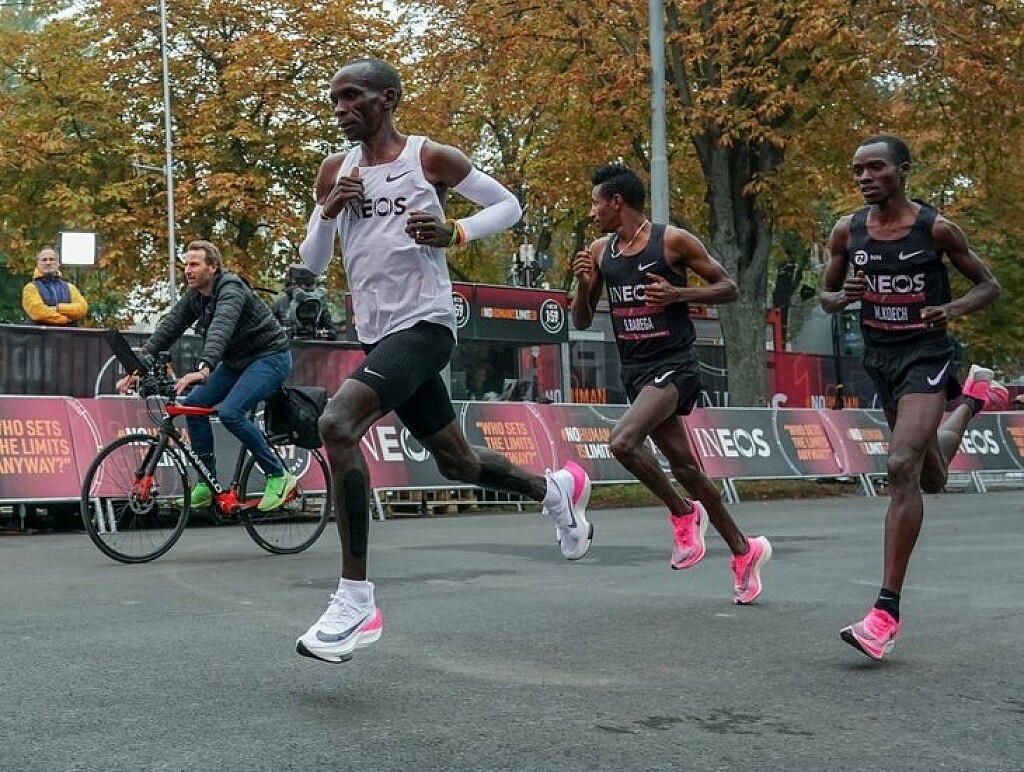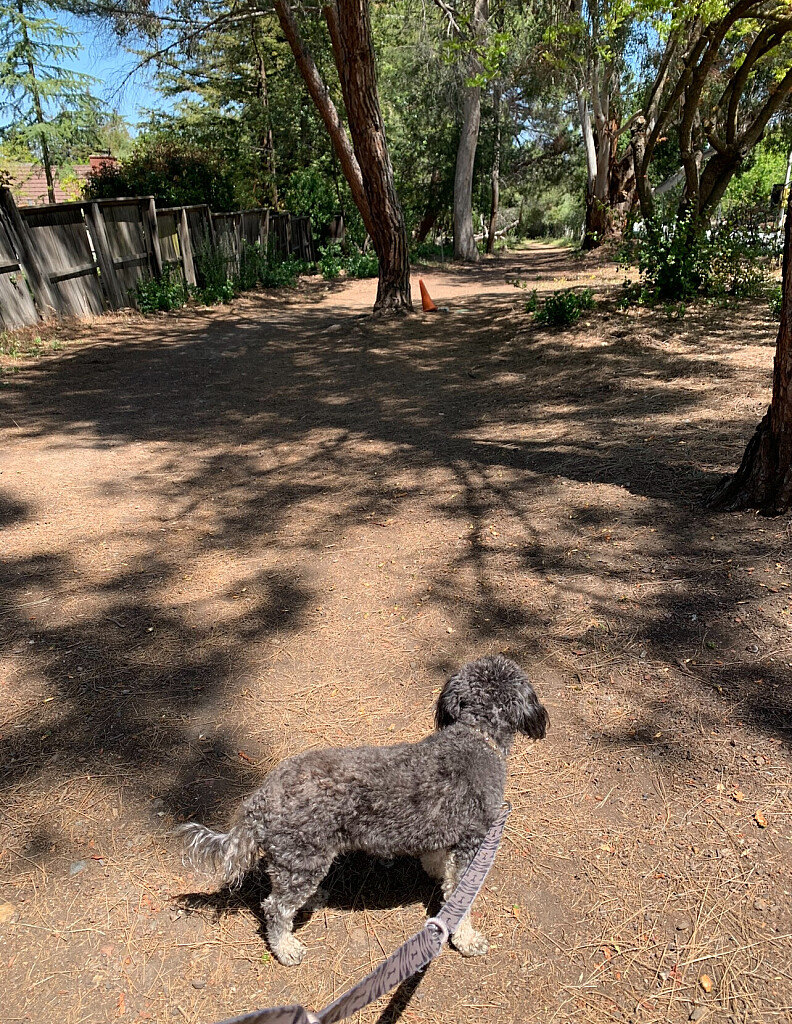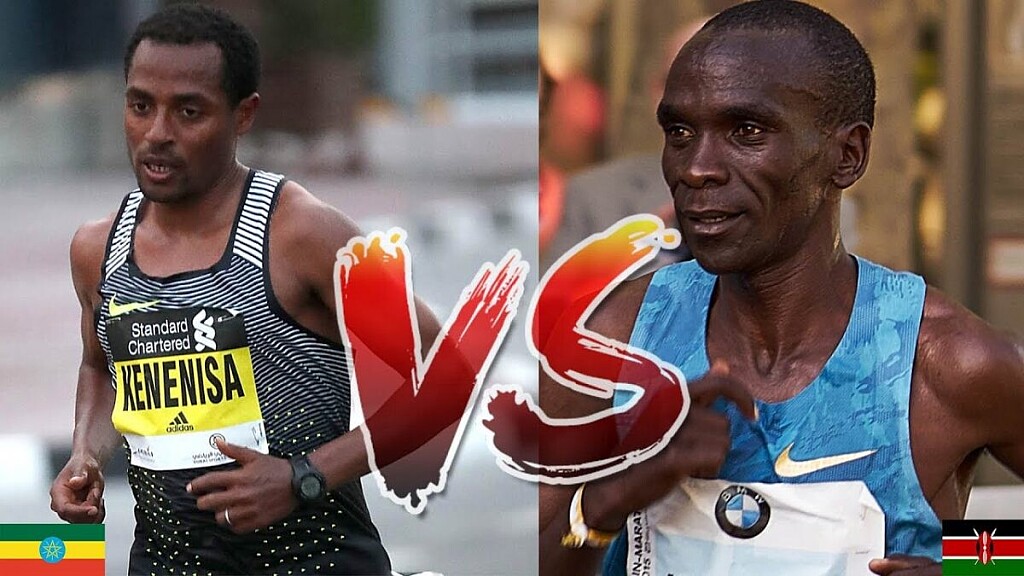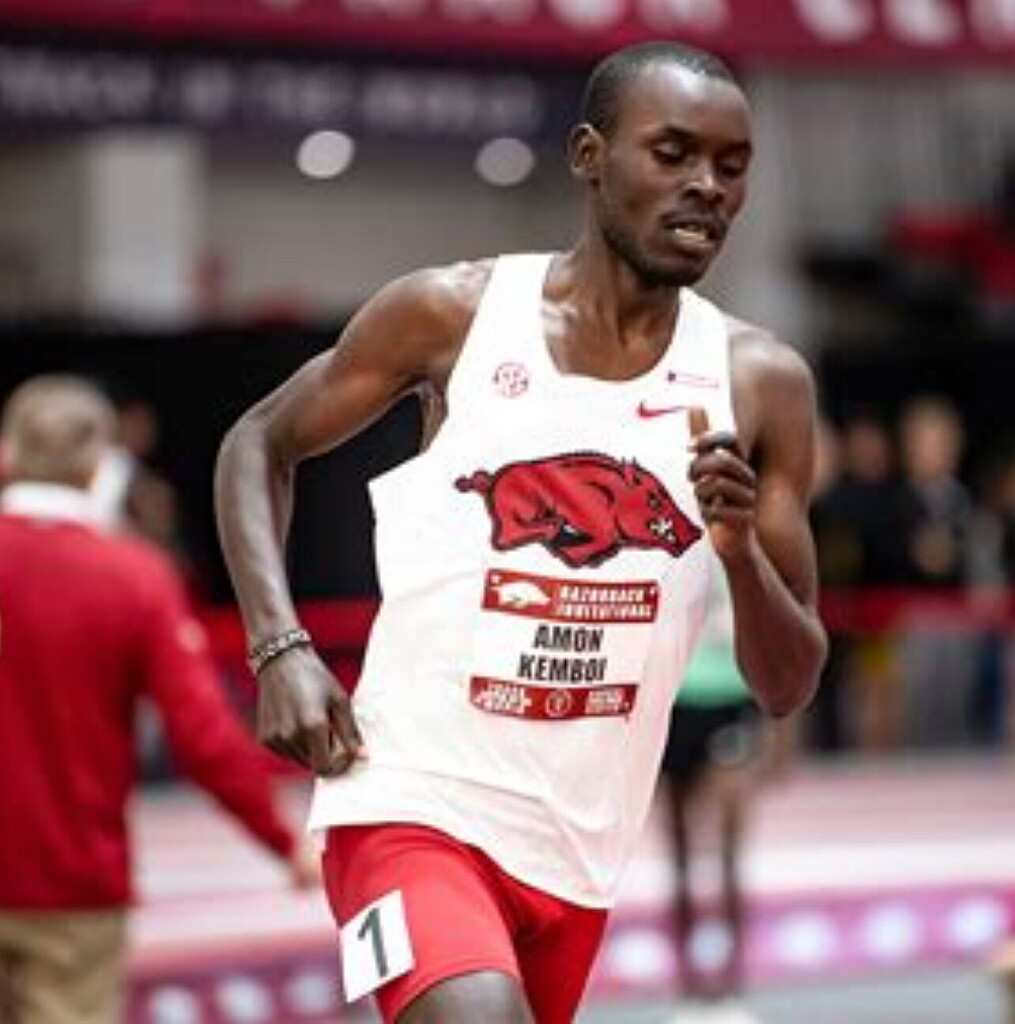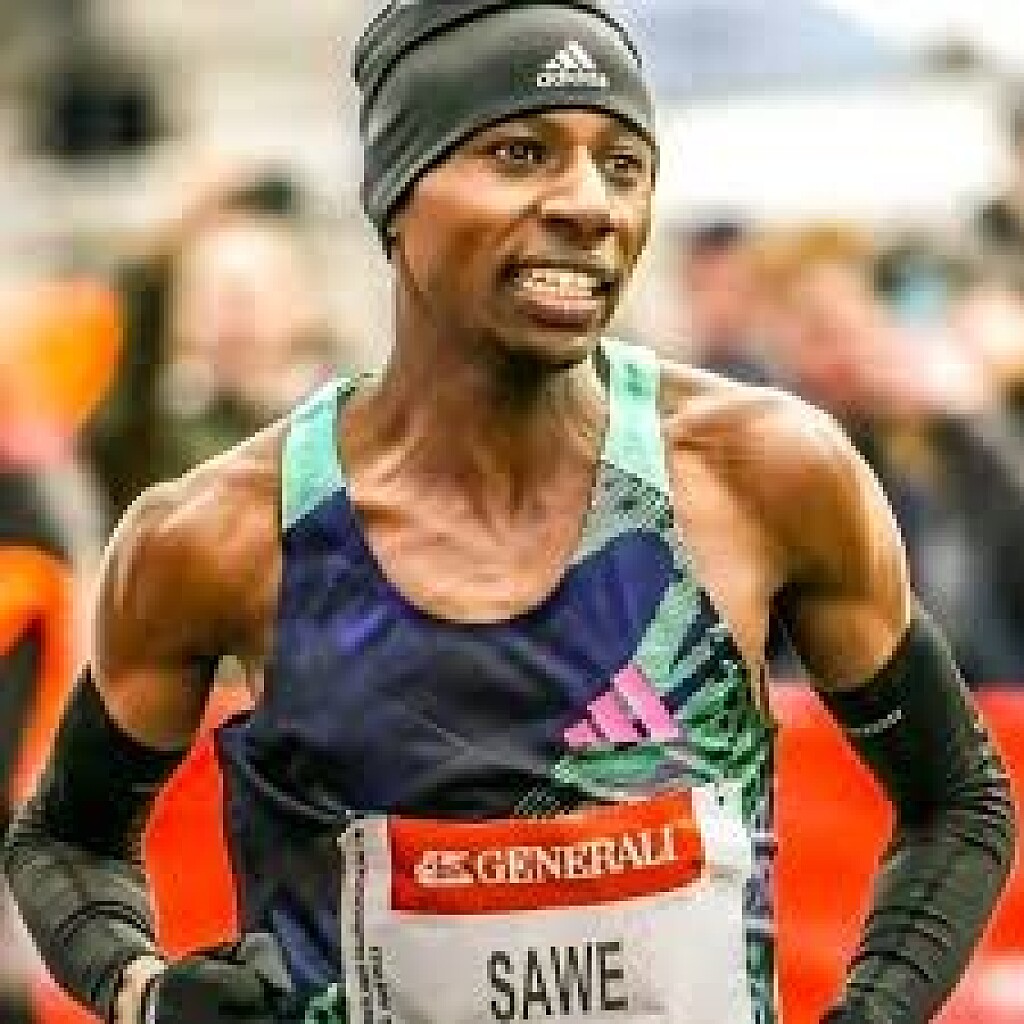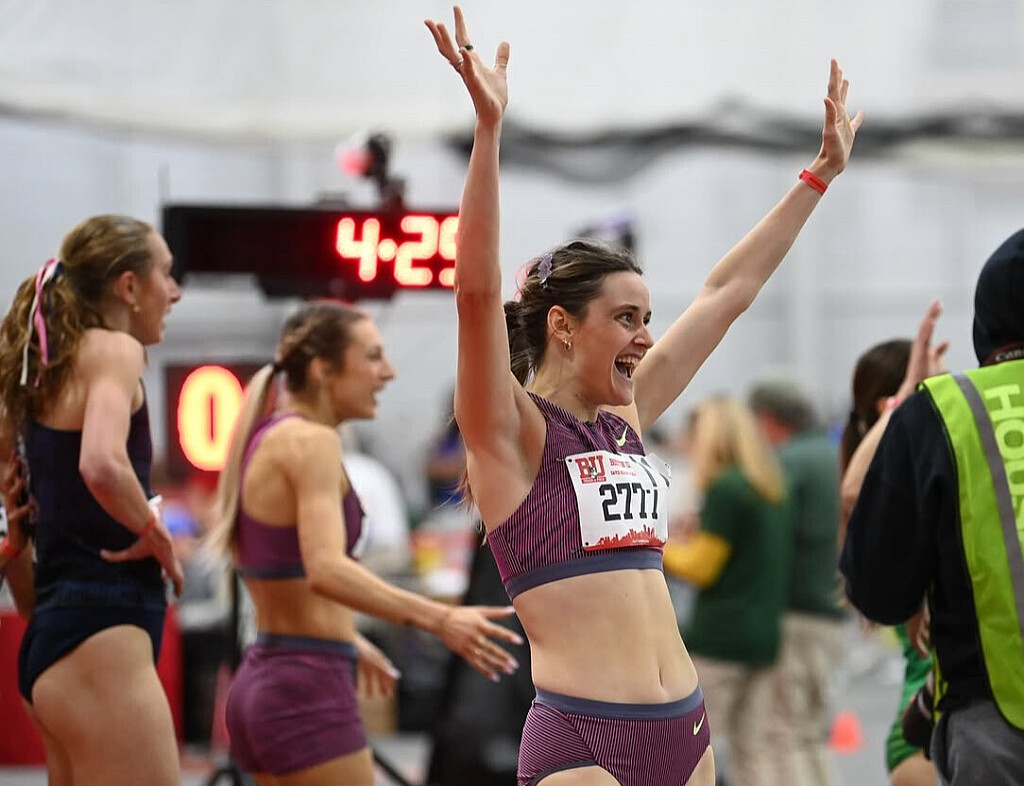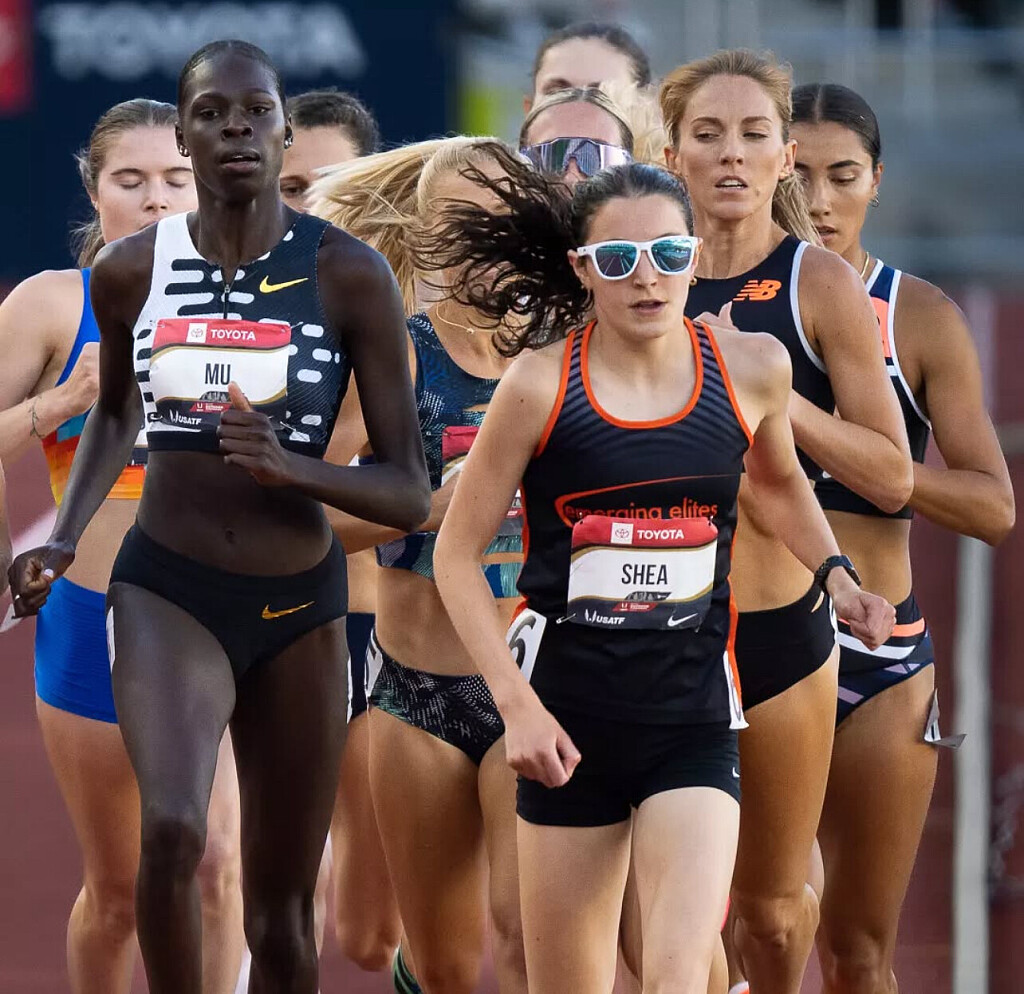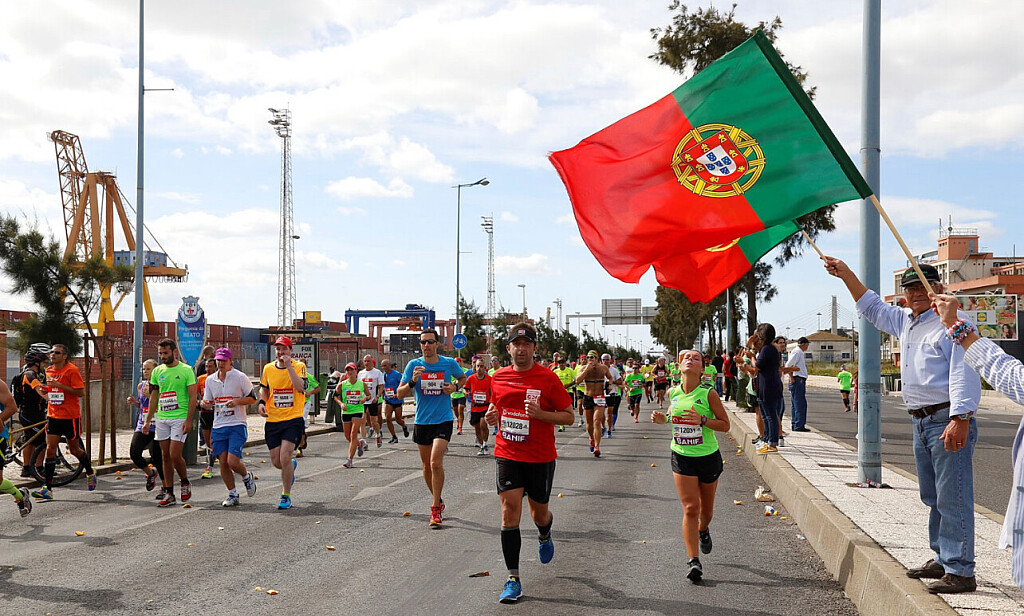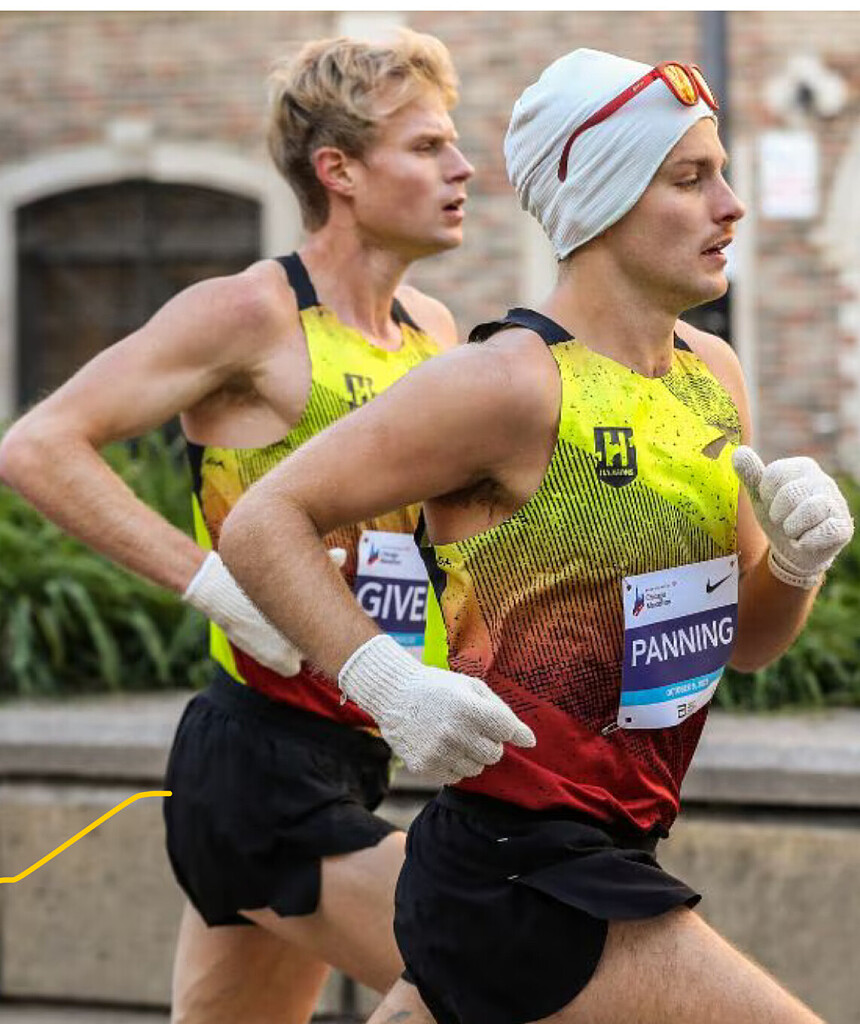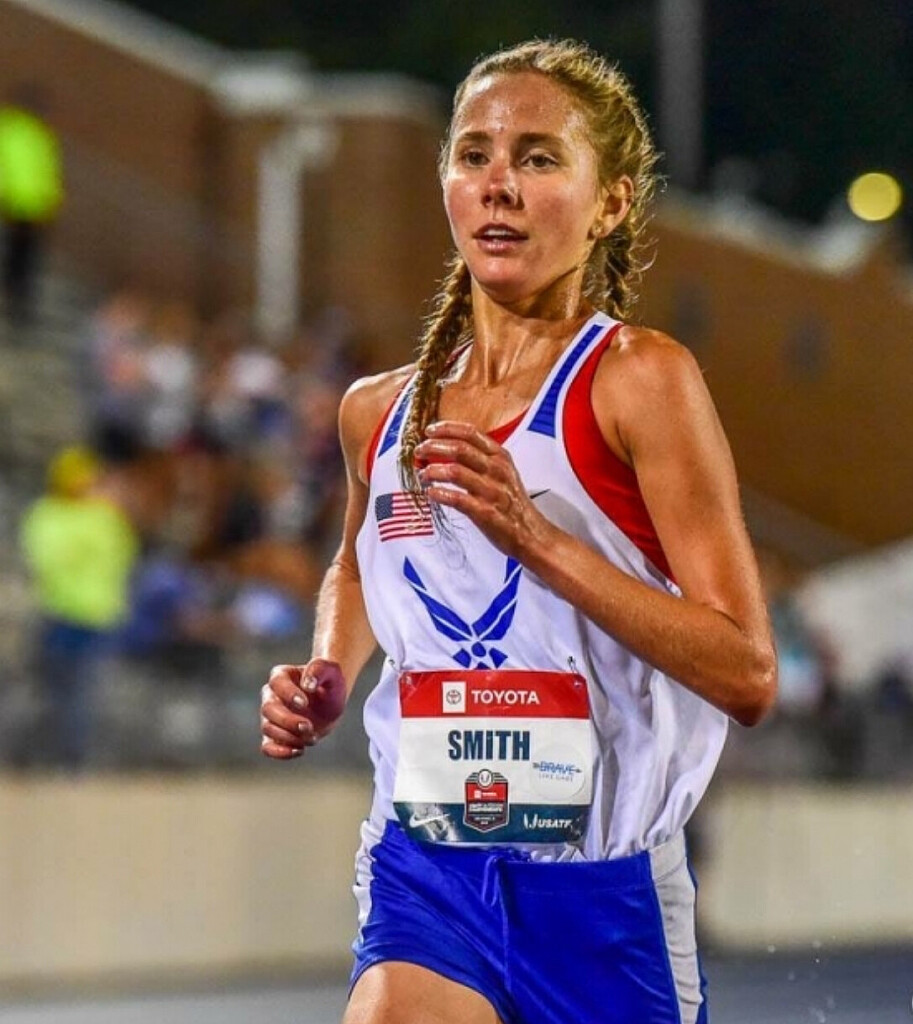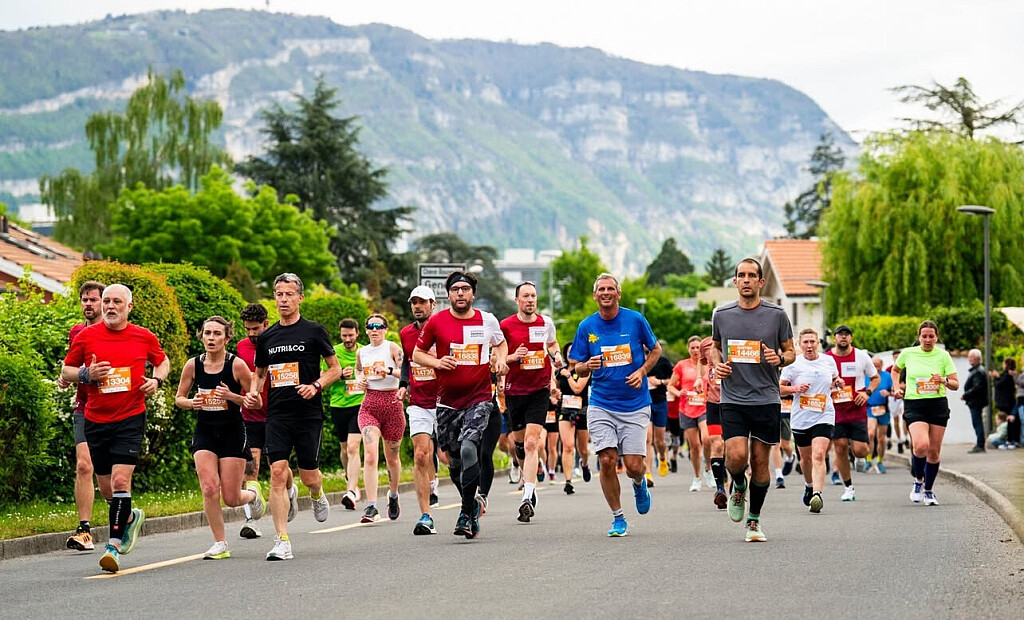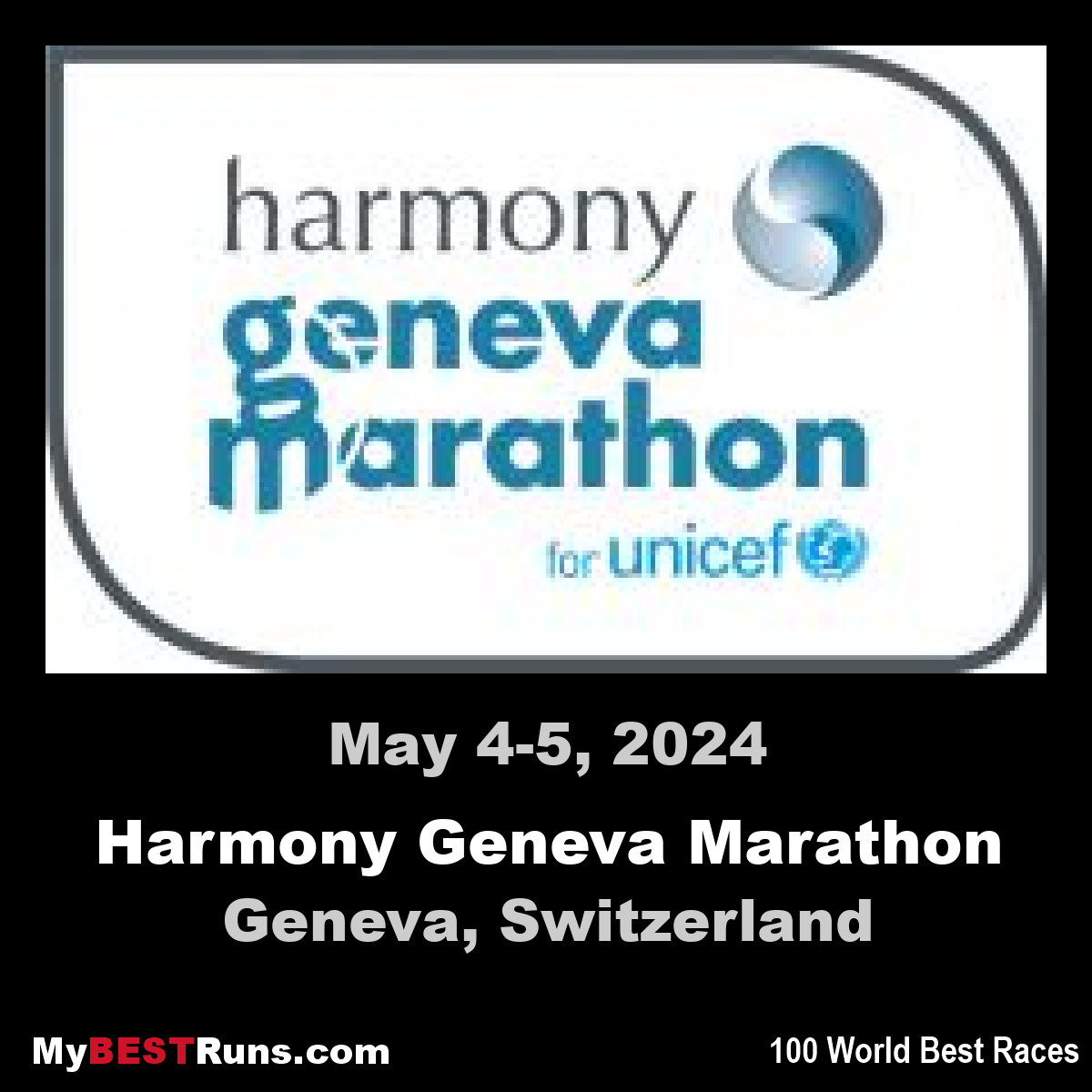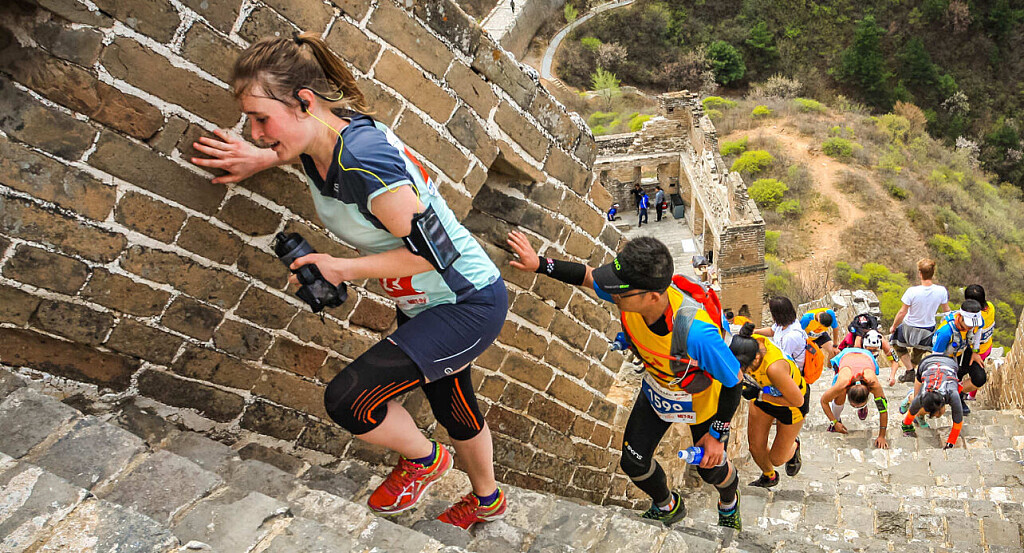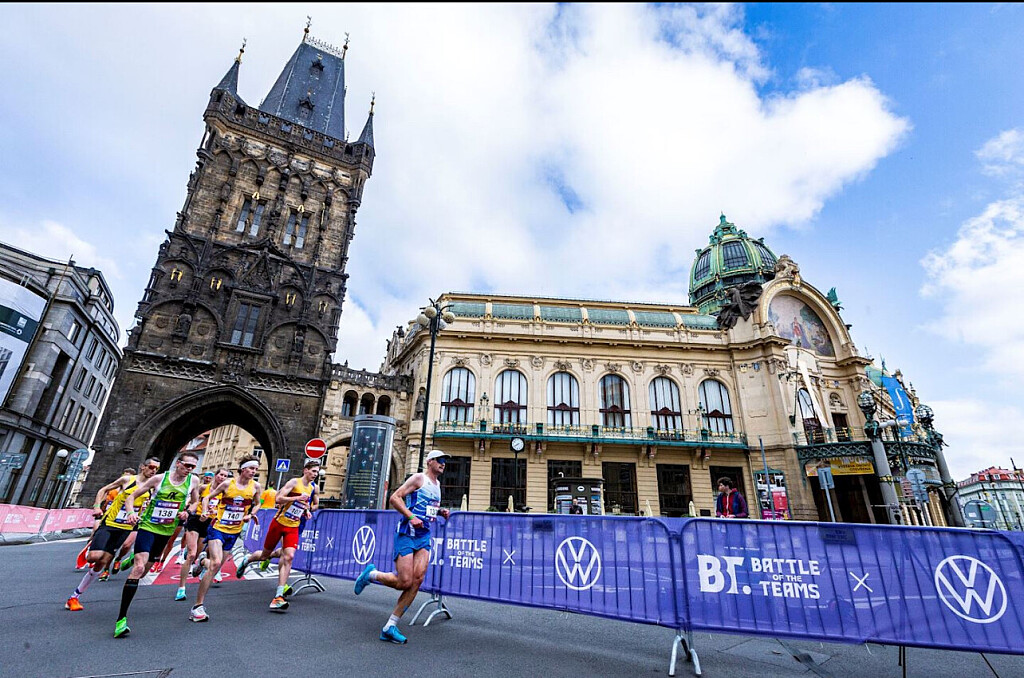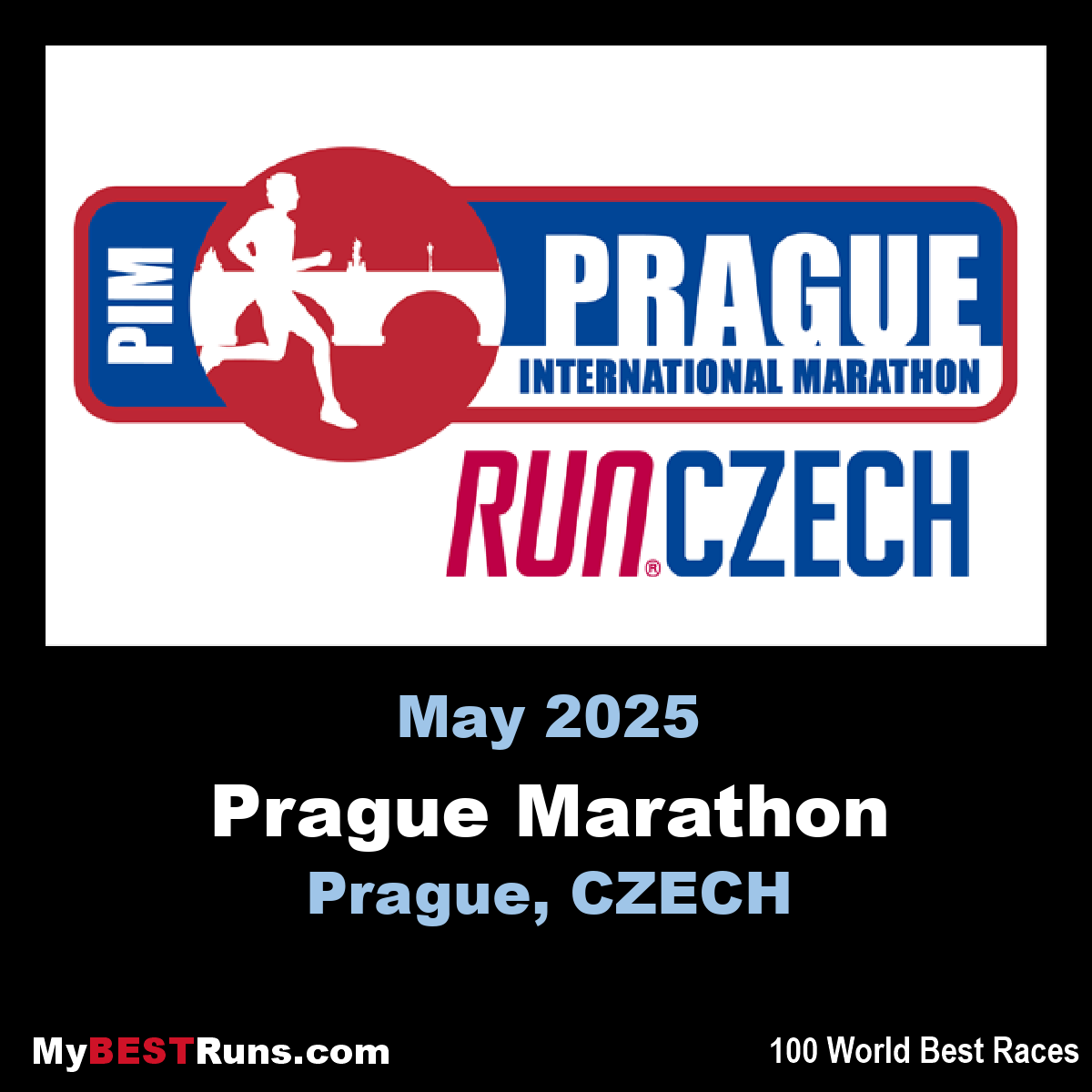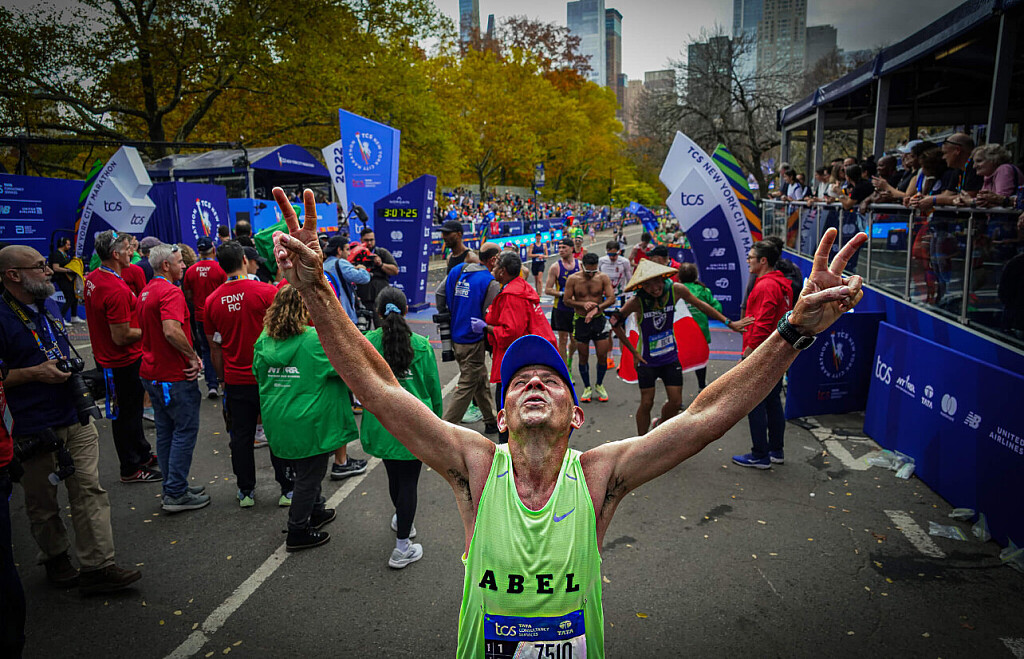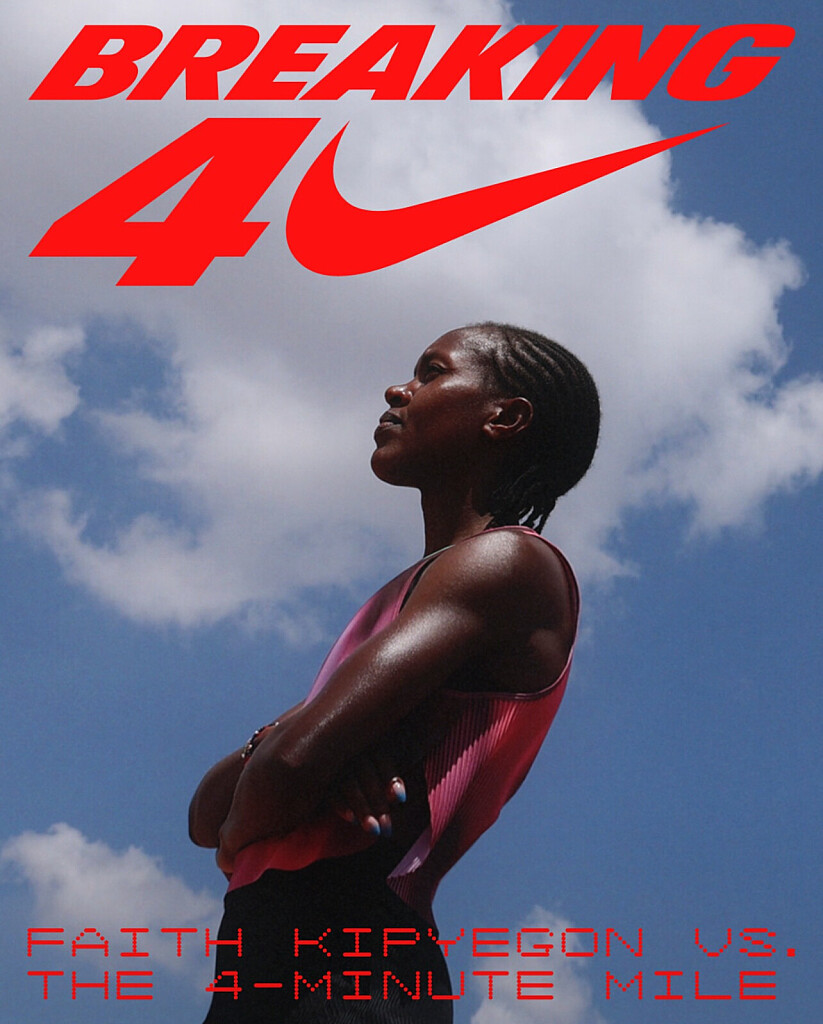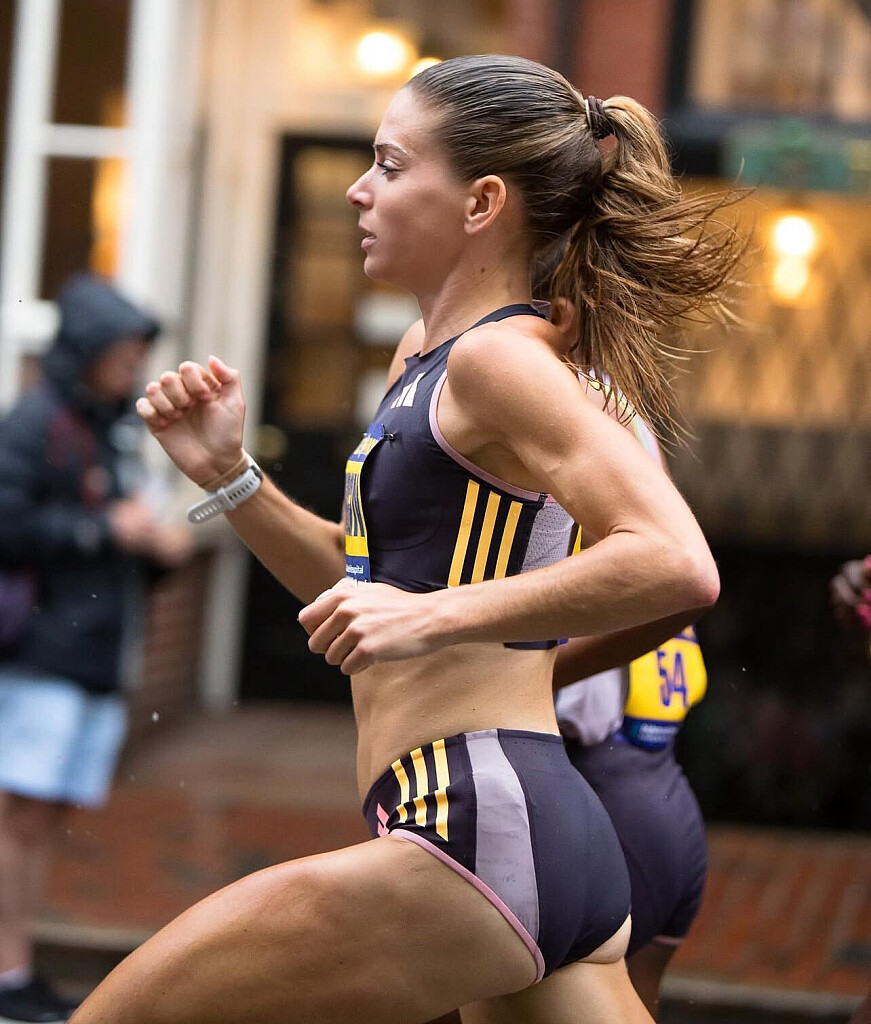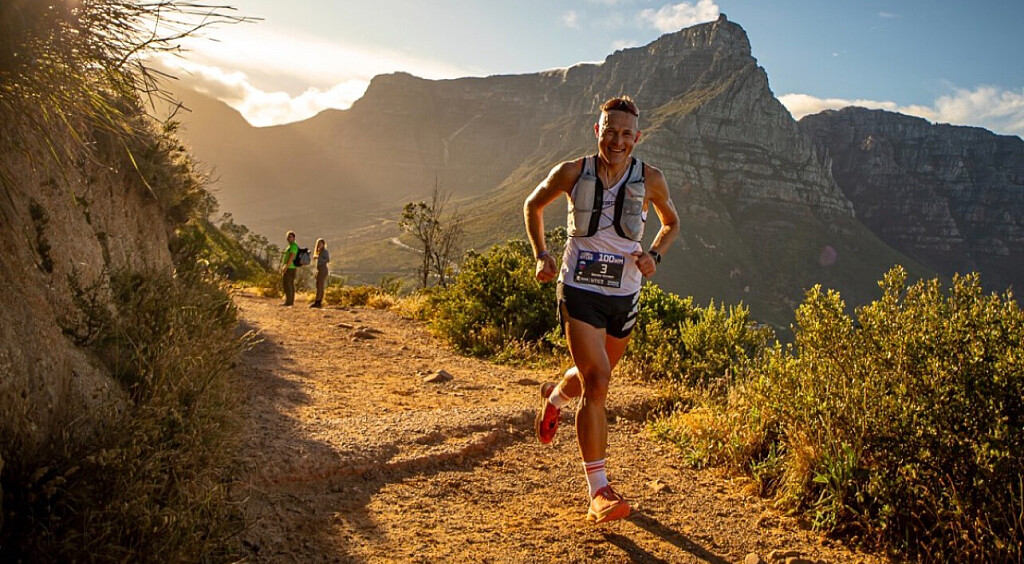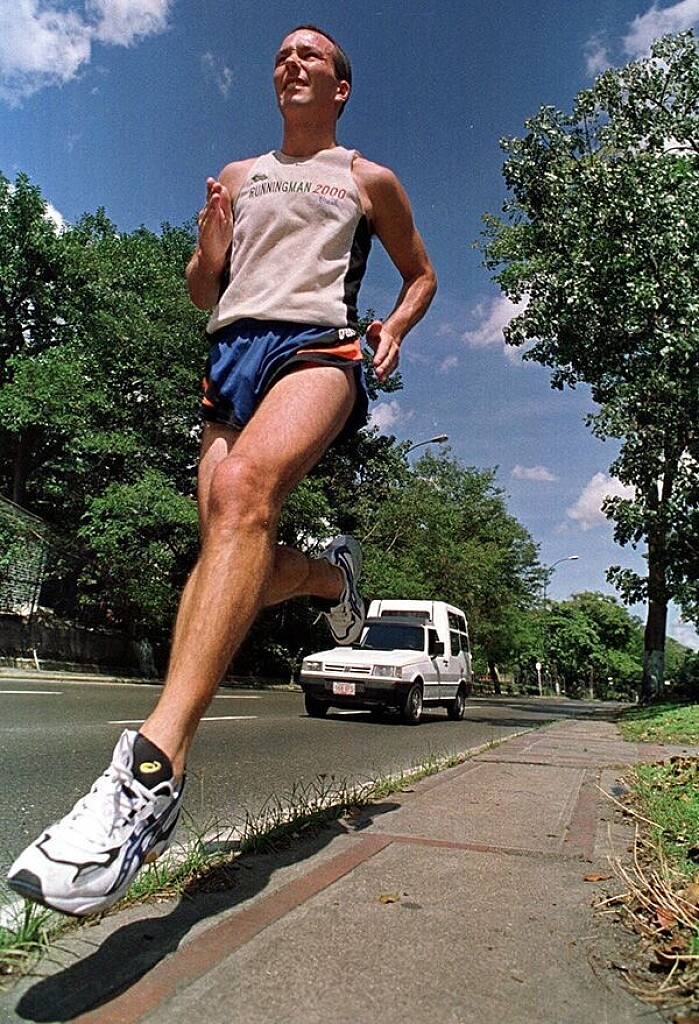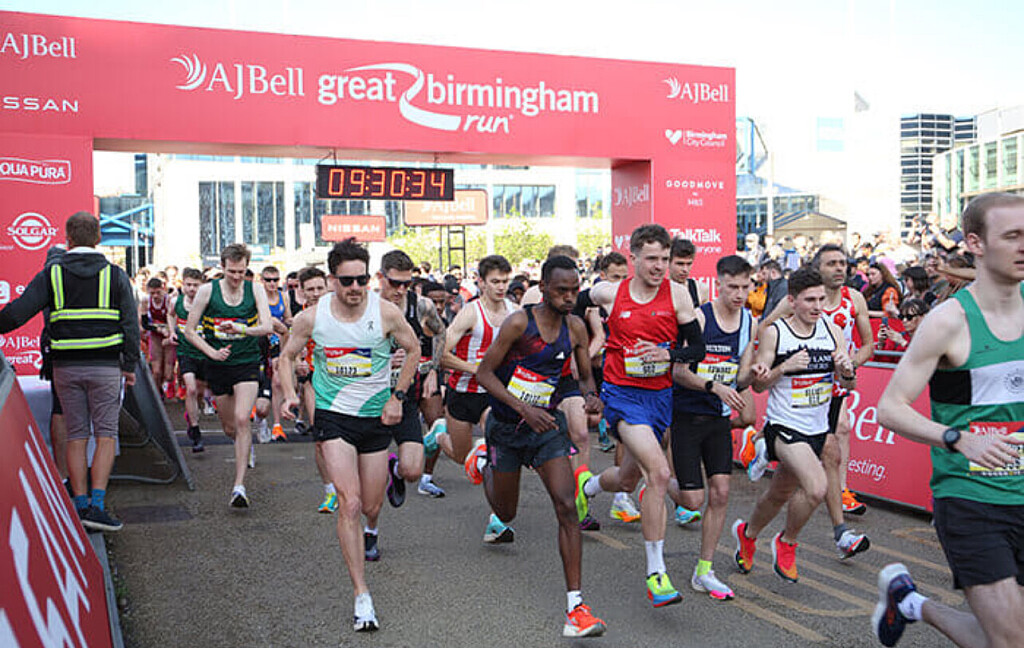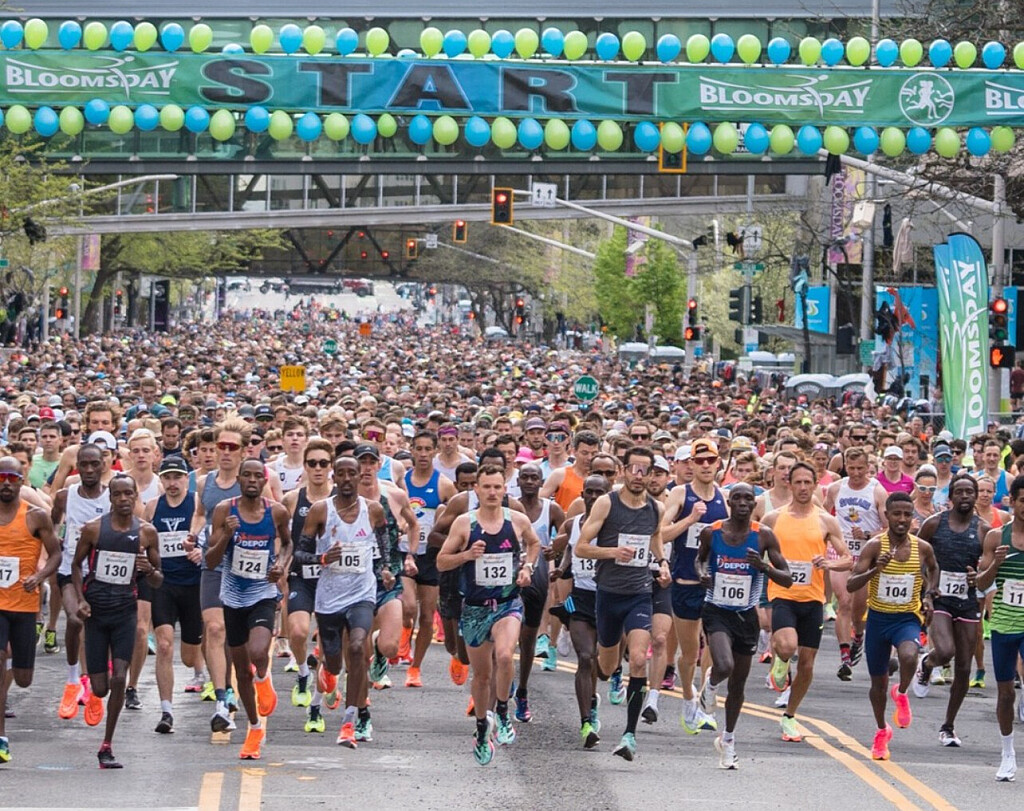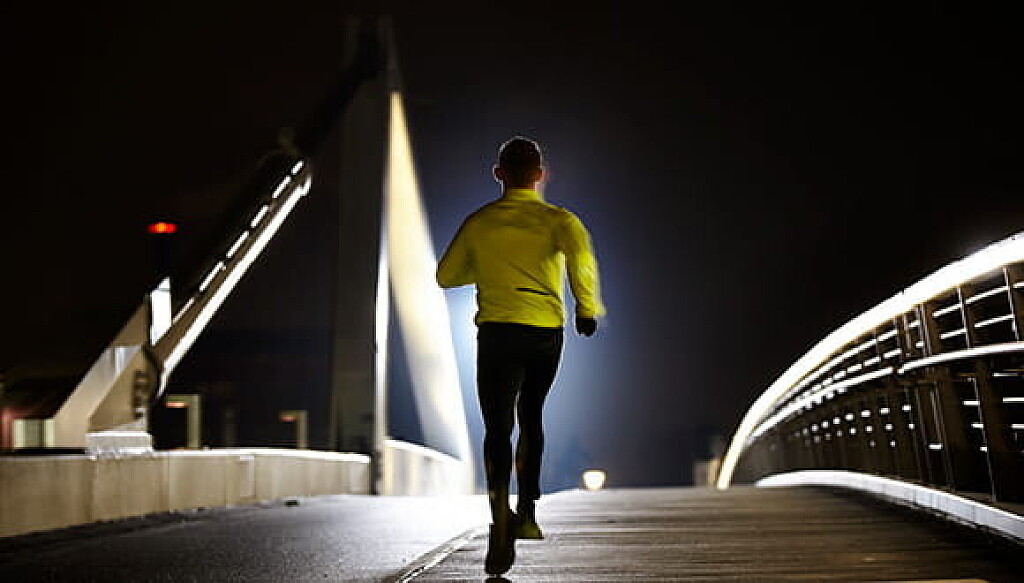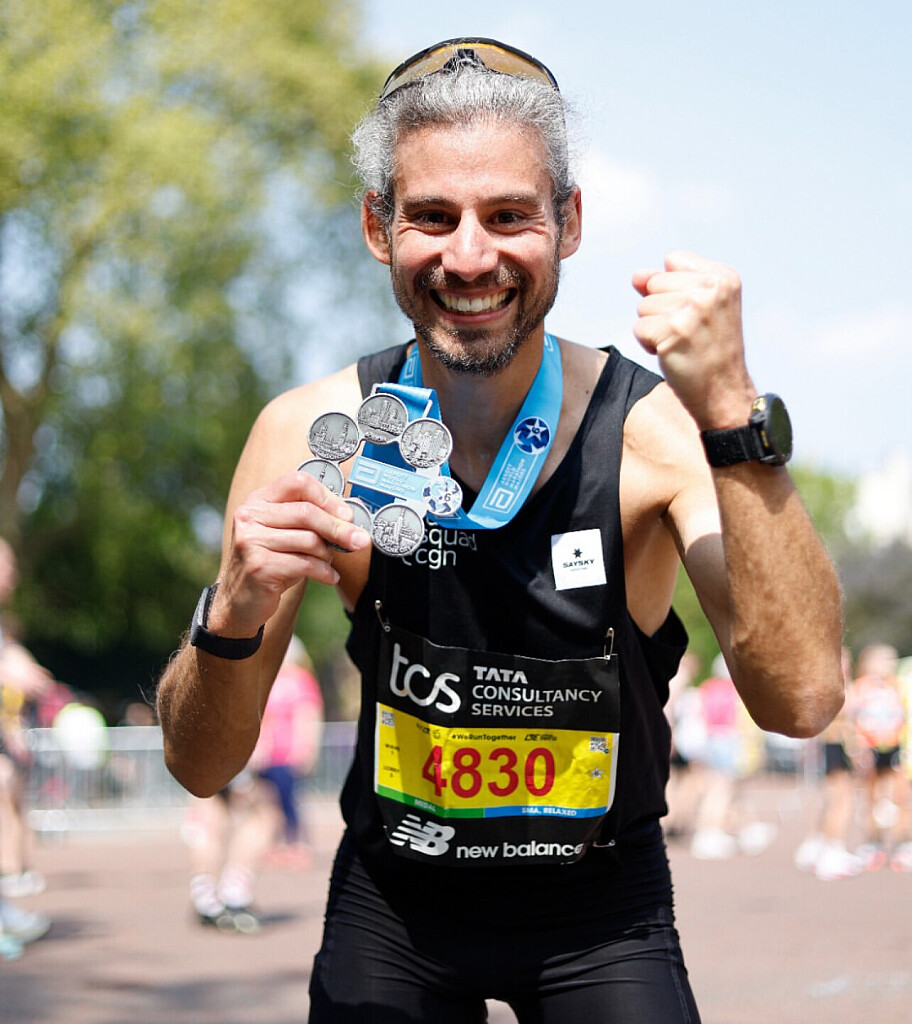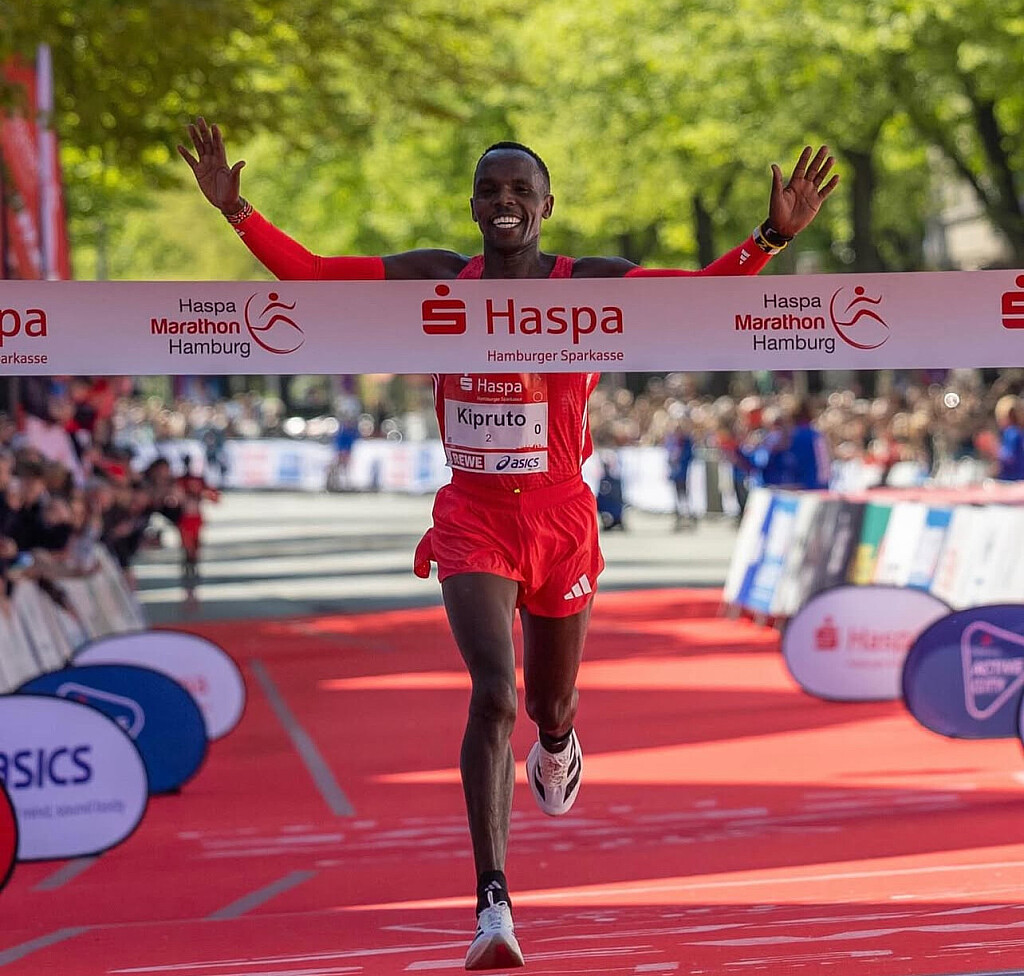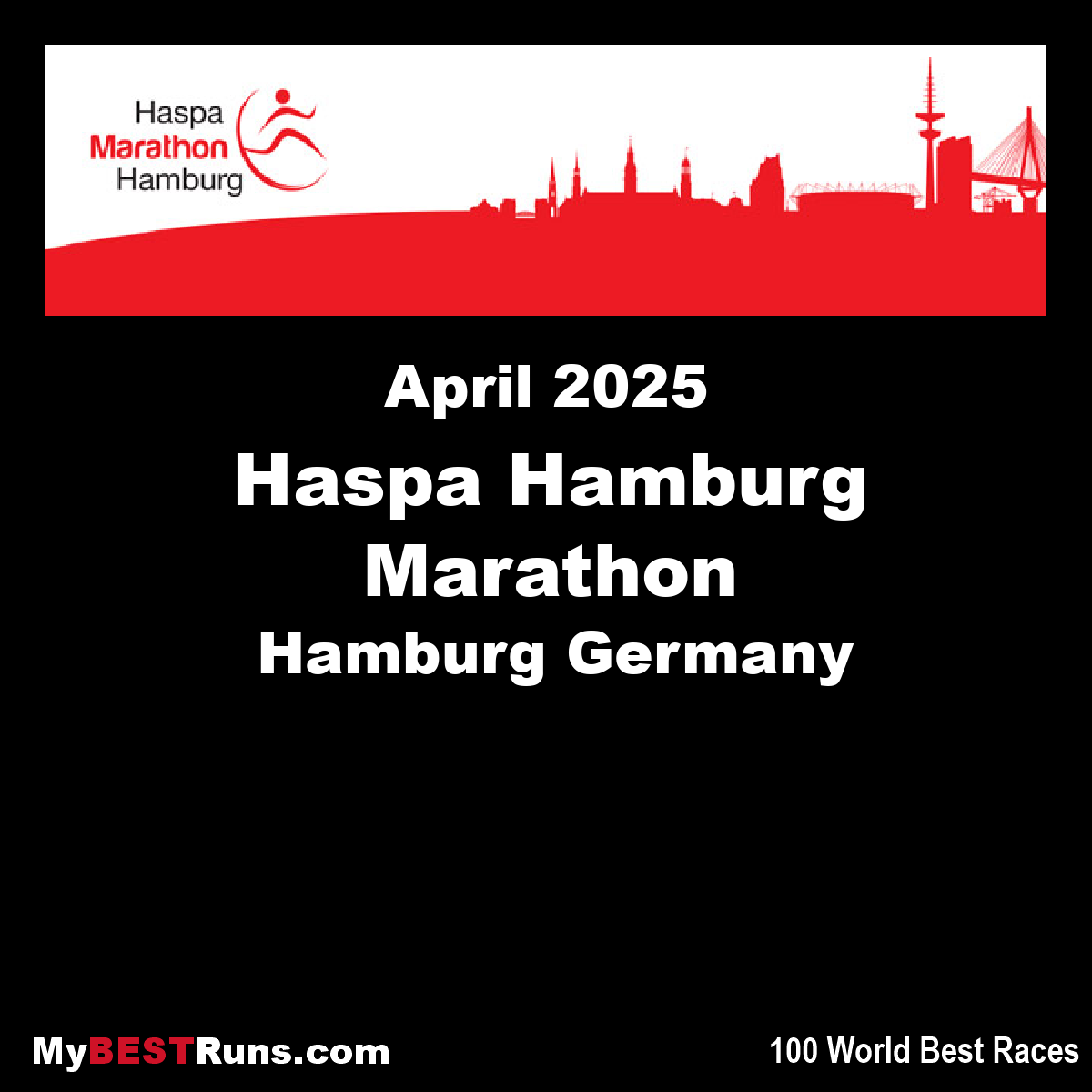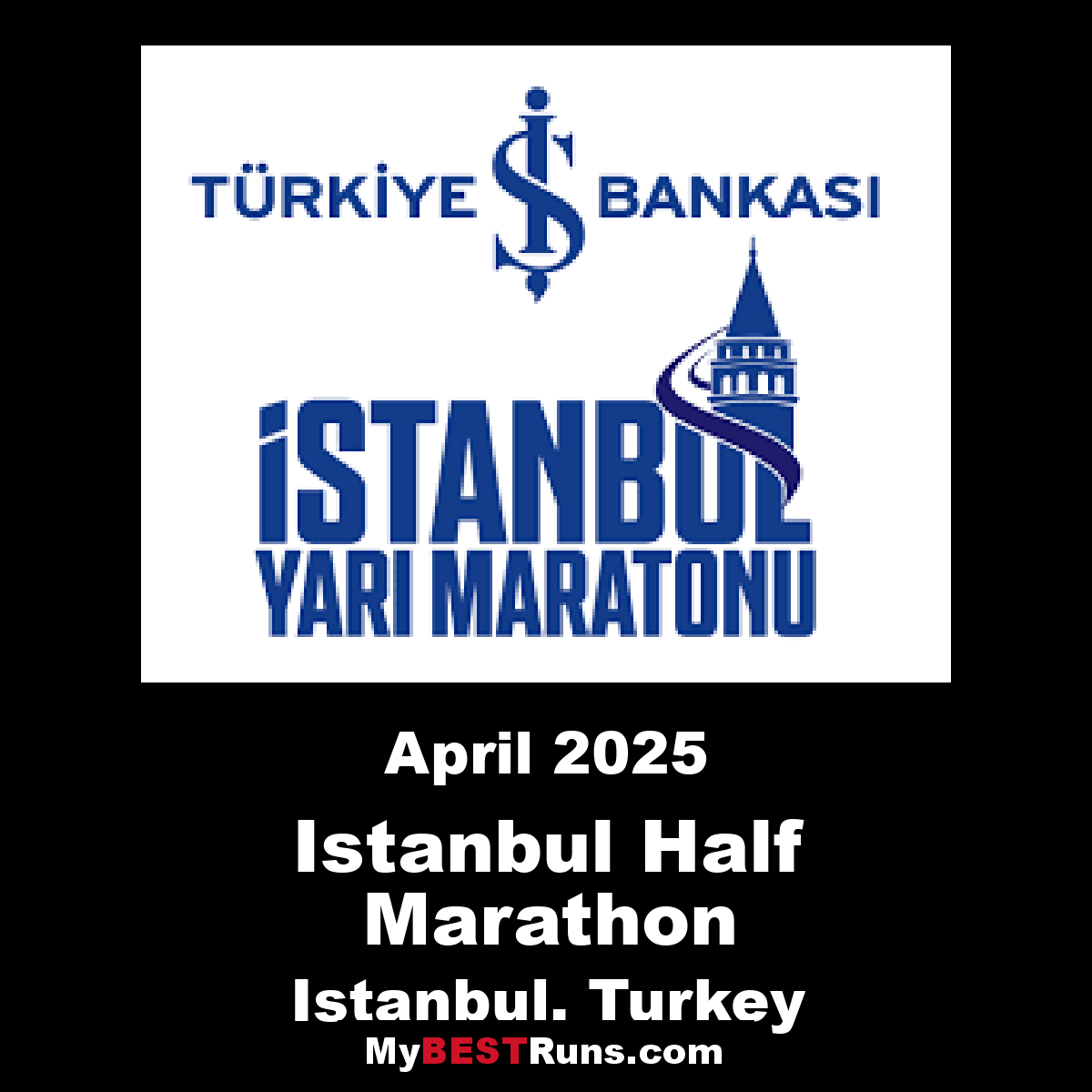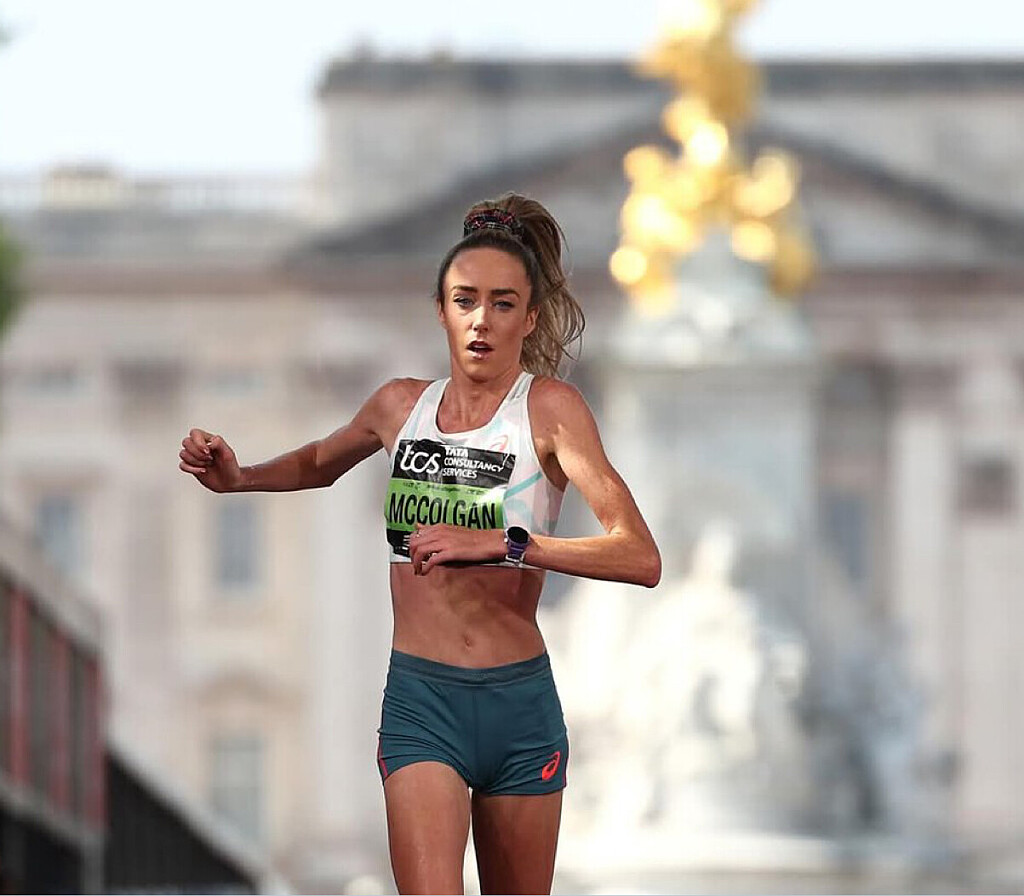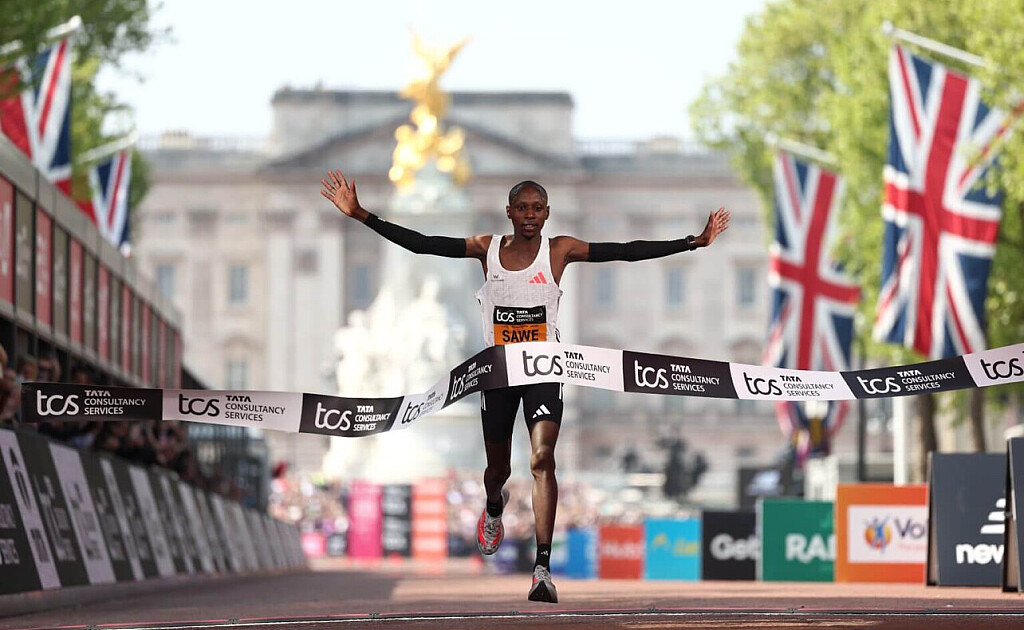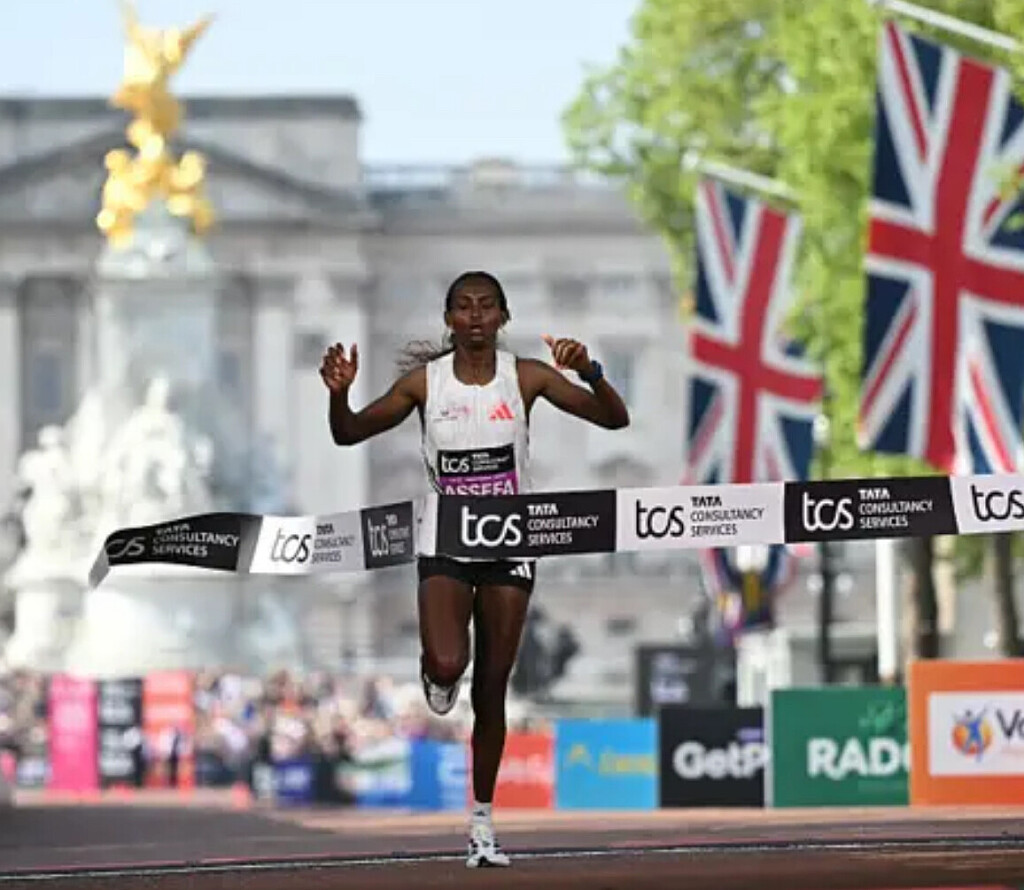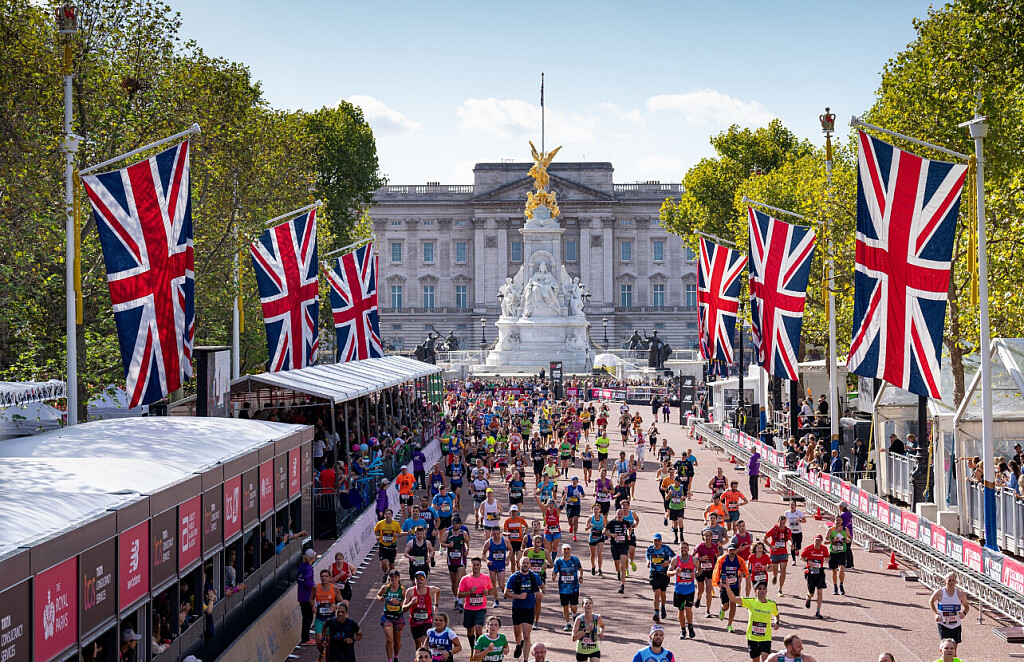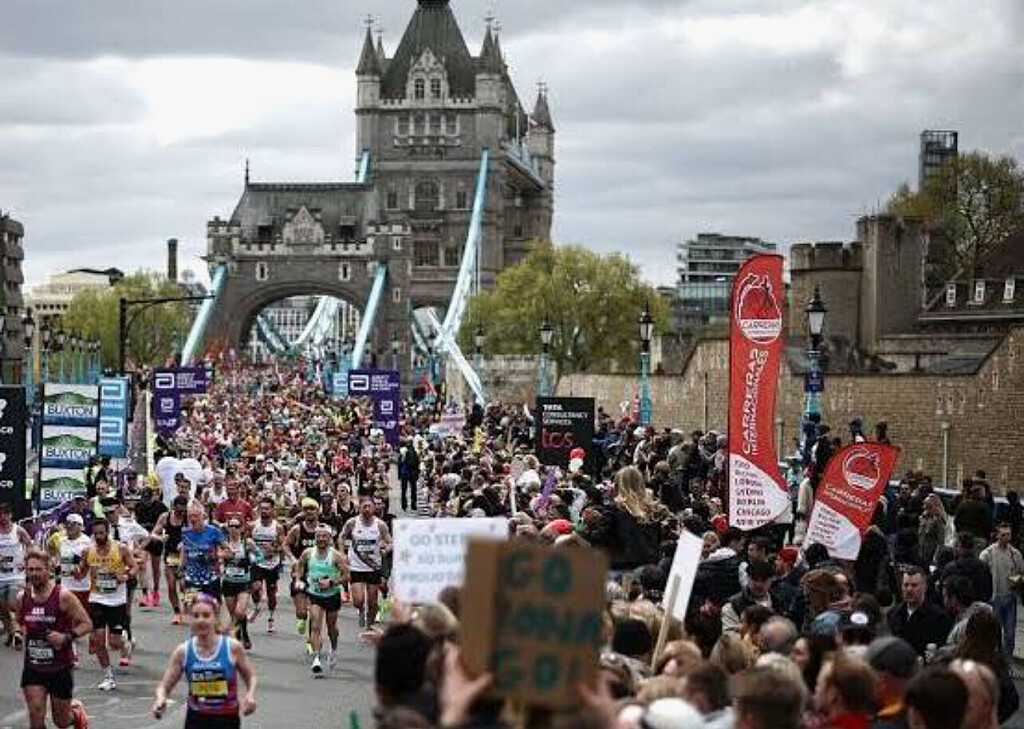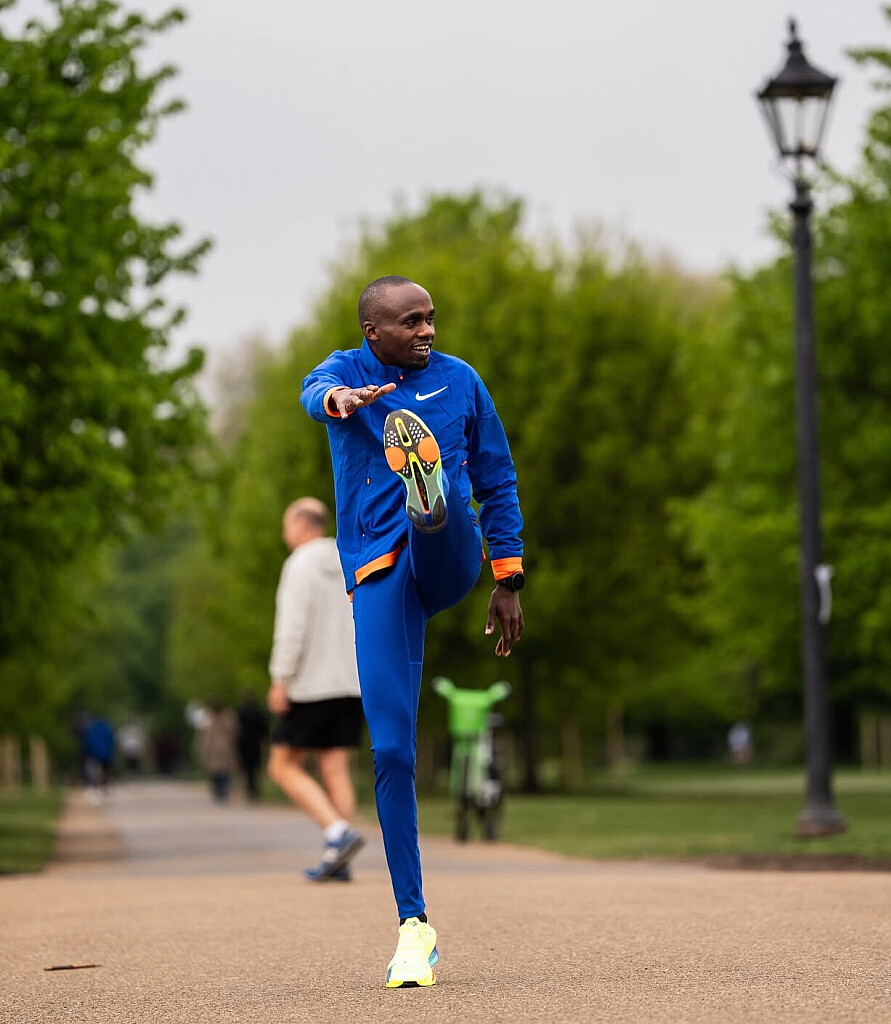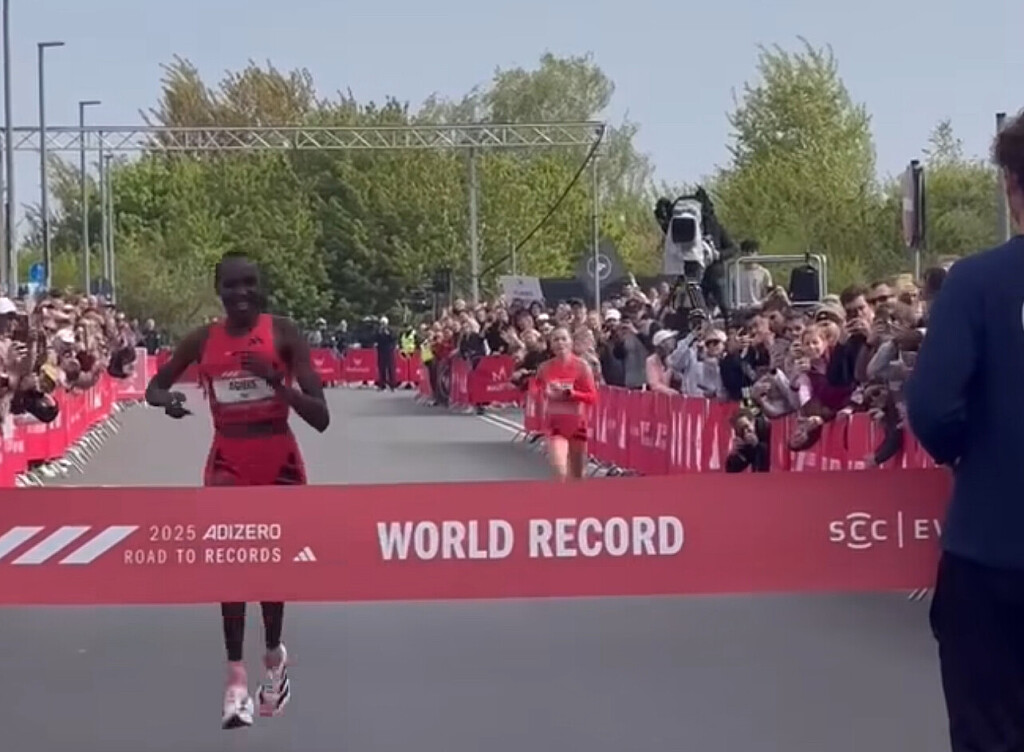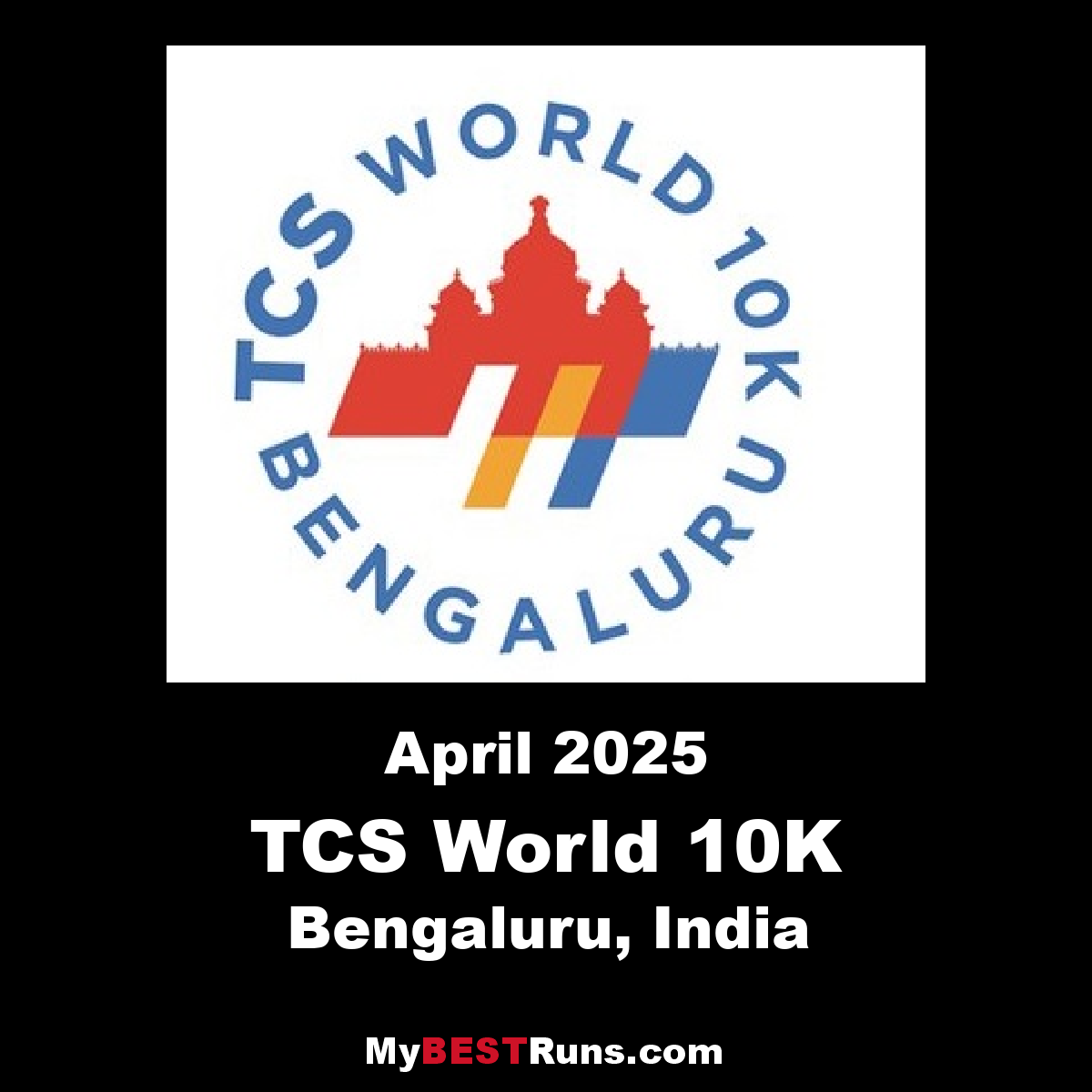Running News Daily
Running News Daily is edited by Bob Anderson. Send your news items to bob@mybestruns.com Advertising opportunities available. Train the Kenyan Way at KATA Kenya and Portugal owned and operated by Bob Anderson. Be sure to catch our movie A Long Run the movie KATA Running Camps and KATA Potato Farms - 31 now open in Kenya! https://kata.ke/
Index to Daily Posts · Sign Up For Updates · Run The World Feed
Running on Empty – Why Fueling Mistakes Are Sabotaging PRs
You trained for months. Your splits in workouts hinted at a breakthrough. But on race day, it fell apart—not because your legs gave out, but because your fueling plan did.
From the 5K to the marathon, runners at all levels are discovering that the difference between a personal record and a personal disaster often comes down to what—and when—they eat and drink.

The Silent Saboteur
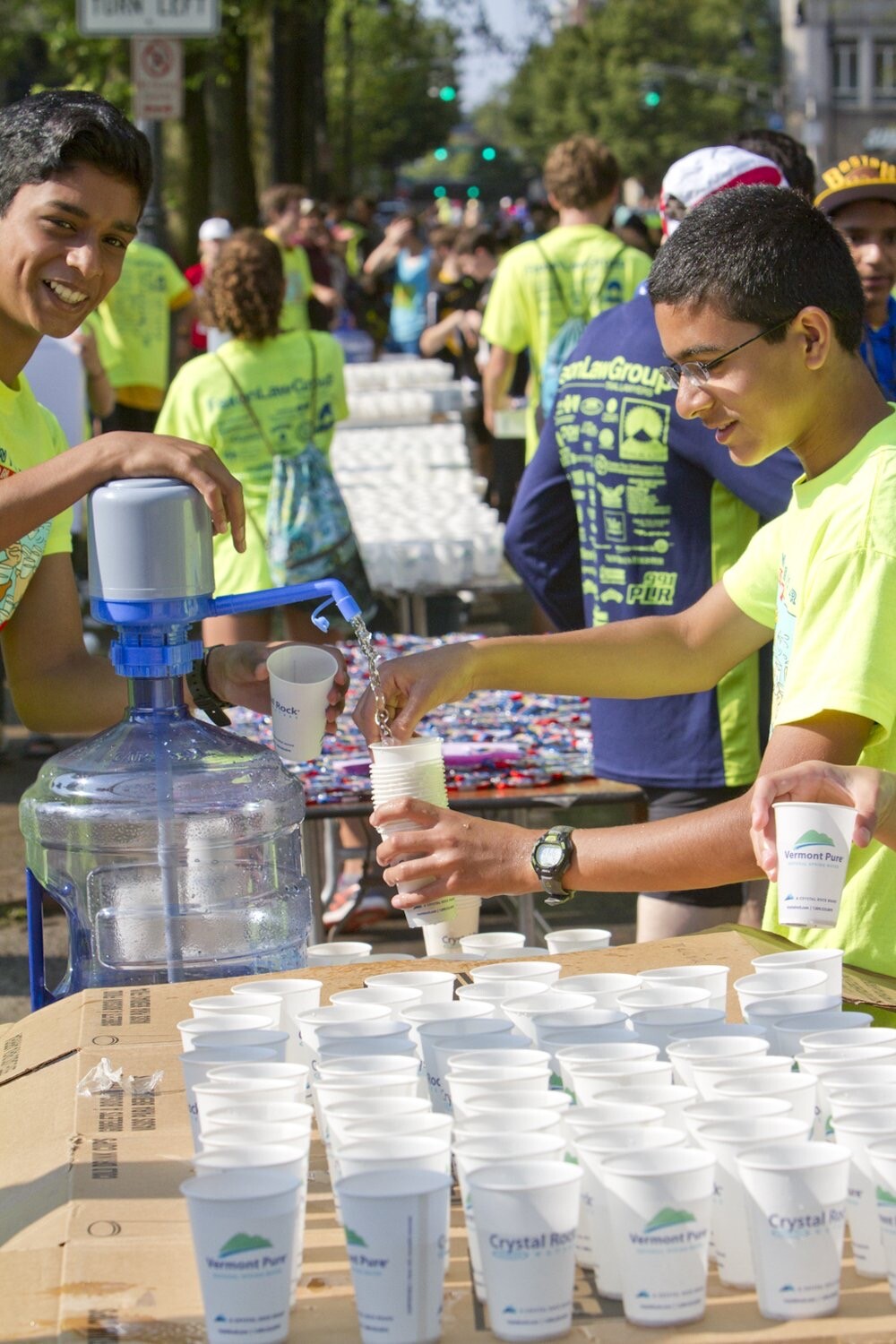
Poor fueling is one of the most common and overlooked reasons runners fail to hit their potential. “You can be in the best shape of your life and still bonk if you don’t fuel right,” says KATA coach Jimmy Muindi, a 2:07 marathoner. “I’ve seen runners collapse mentally and physically simply because they didn’t respect the science of fueling.”
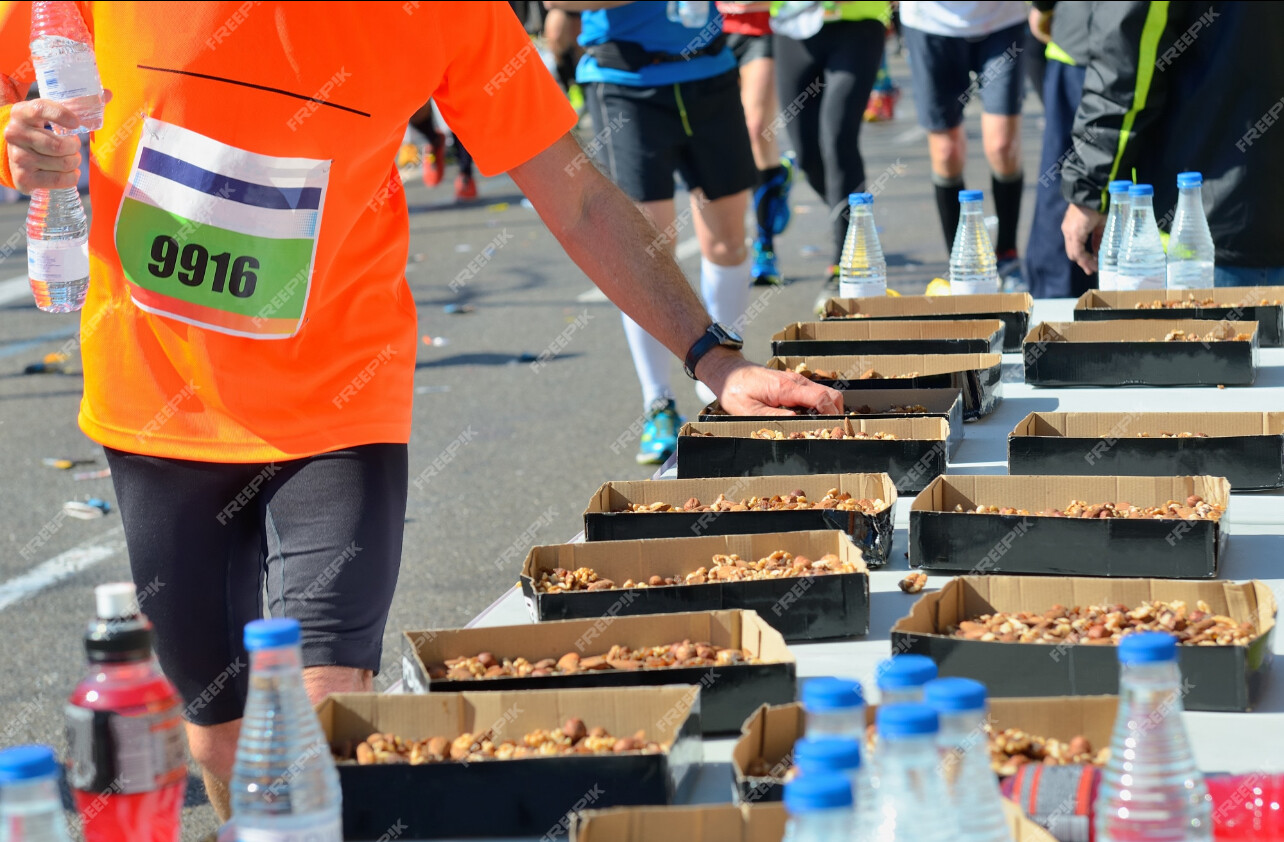
Common Mistakes That Kill Races
1. Skipping breakfast – Whether it’s nerves or an early start, too many runners toe the line on an empty stomach, leaving their glycogen tanks half-full.
2. Mistimed gels – Taking a gel too late—or not at all—leads to sudden energy crashes, especially in races 10 miles and up.
3. Underhydration – Dehydration doesn’t just slow you down—it affects focus, coordination, and thermoregulation.
4. New foods on race day – Testing out a new sports drink or energy bar mid-race can spell disaster for your gut.
Real-World Wake-Up Calls
Derek Alvarez, a 28-year-old runner from Denver, trained for a sub-3:00 marathon for months. At mile 21 of the Los Angeles Marathon, his energy vanished. “I only had one gel and barely drank water because I was trying to avoid bathroom stops,” he said. He ended up walking the last 5K and finished in 3:22.
After revising his fueling plan—eating 300 calories of oatmeal and banana pre-race, and taking a gel every 30–35 minutes—he came back six months later and ran 2:58 in Chicago.
Elite Insights
Even top-level athletes fine-tune their fueling obsessively. “It’s not just about carbs or calories. It’s about timing, digestion, and routine,” says Coach Dennis at KATA Portugal. “We train our athletes to practice fueling just like they train their pace.”
Fuel to Win
To help avoid the most common pitfalls, here’s a quick checklist every runner should use:
• Eat a familiar carb-based meal 2–3 hours before the race.
• Hydrate with water and electrolytes starting 24 hours out.
• Plan to consume 30–60 grams of carbs per hour in races over 90 minutes.
• Practice your fueling strategy during long runs.
Final Thoughts
You wouldn’t drive cross-country without gas in the tank. So don’t line up at your next race underfueled. Your training deserves better—and your PR.
(05/05/2025) ⚡AMPby Boris Baron
The GOAT Returns: Courtney Dauwalter Takes on the Cocodona 250 Mile Ultra
Courtney Dauwalter, widely regarded as one of the greatest ultrarunners of all time, is set to take on the formidable Cocodona 250—a 250-mile ultramarathon stretching from Phoenix to Flagstaff, Arizona. This grueling race, commencing at 5 a.m. PT on Monday, May 5, 2025, marks her first race over 200 miles since 2020 .
Born on February 13, 1985, in Hopkins, Minnesota, Dauwalter’s athletic journey began with cross-country skiing, where she became a four-time state champion during high school. She continued her athletic pursuits at the University of Denver on a cross-country skiing scholarship and later earned a master’s degree in teaching from the University of Mississippi in 2010 . Before turning professional in 2017, she taught middle and high school science in Denver.
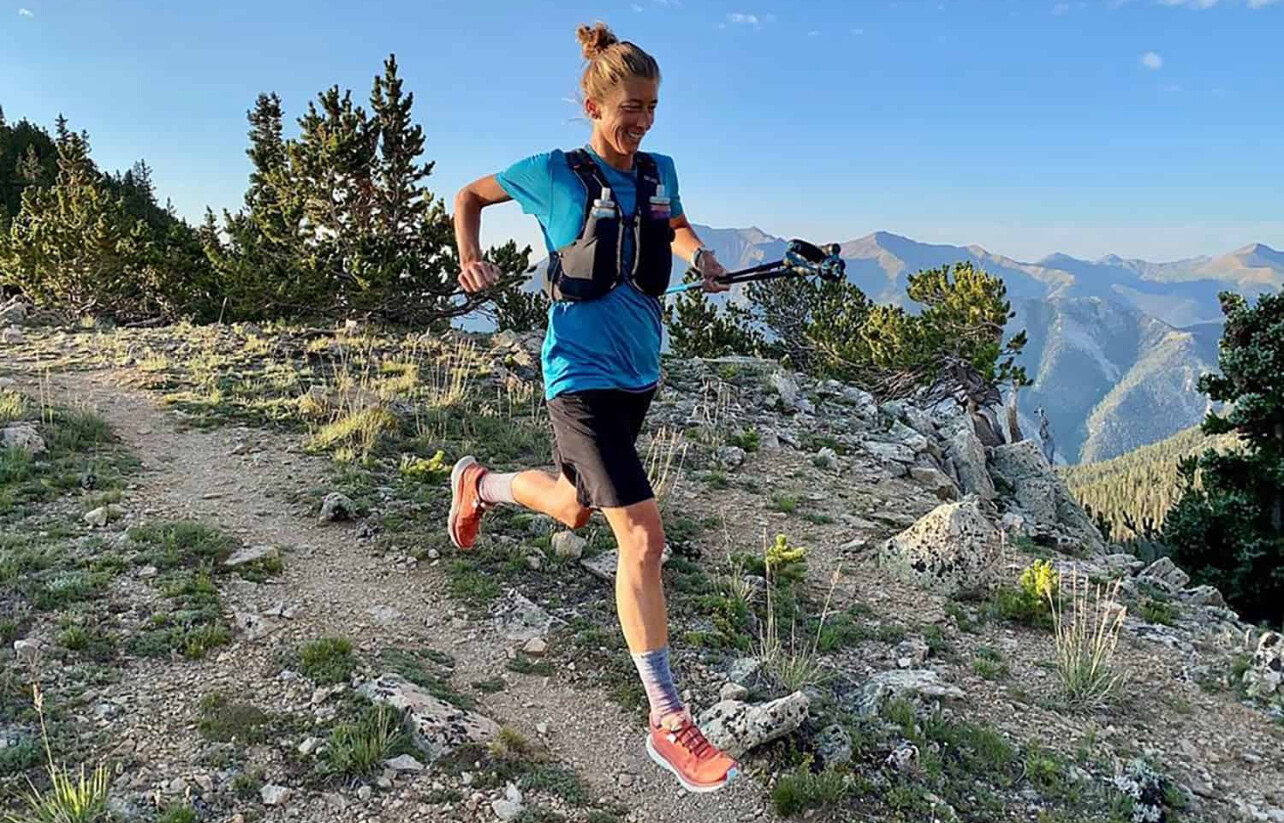
Dauwalter’s ultrarunning career is marked by remarkable achievements. In 2023, she became the first person to win the Western States 100, Hardrock 100, and the Ultra-Trail du Mont-Blanc (UTMB) in the same year . Her victories often come with record-breaking performances, showcasing her exceptional endurance and mental fortitude.
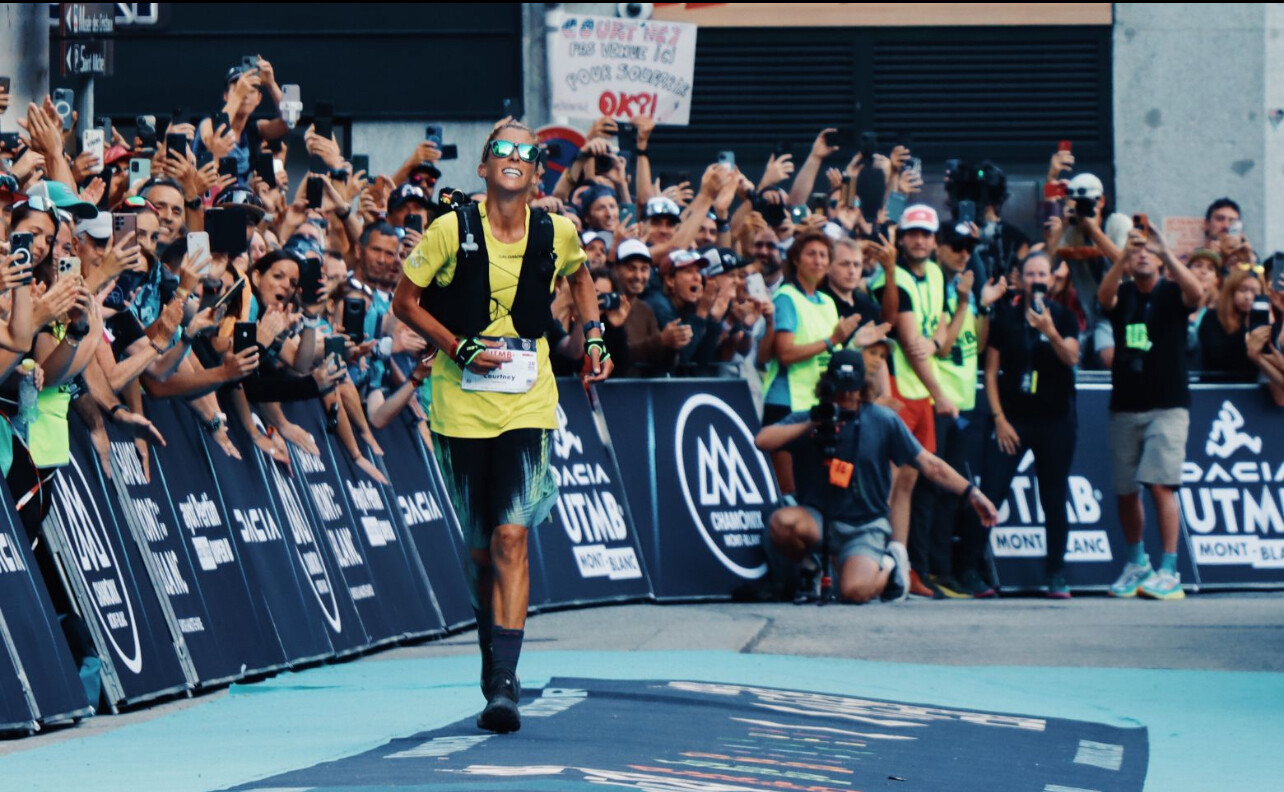
The Cocodona 250 is a point-to-point race that challenges runners with diverse terrains, including desert landscapes, mountainous trails, and significant elevation changes. For Dauwalter, this race presents an opportunity to explore new limits. “I haven’t run a race over 200 miles since 2020,” she noted, highlighting the significance of this endeavor .
Her preparation for Cocodona has been promising. She began her 2025 season with a victory at the Crown King Scramble 50K, indicating strong form leading into this ultramarathon .
A distinctive aspect of Dauwalter’s approach is her embrace of the “Pain Cave,” a term she uses to describe the mental space where she confronts and overcomes extreme physical challenges. She visualizes it as a place to “chip away” at her limits, finding growth through adversity.
Unlike many elite athletes, Dauwalter eschews strict training regimens and coaching, opting instead for an intuitive approach that prioritizes joy and curiosity. Her philosophy centers on listening to her body and finding happiness in the process, which she believes enhances performance.
Courtney Dauwalter’s journey from a science teacher to an ultrarunning icon serves as an inspiration to athletes and non-athletes alike. Her achievements demonstrate the power of resilience, mental strength, and a passion-driven approach to pursuing one’s goals.
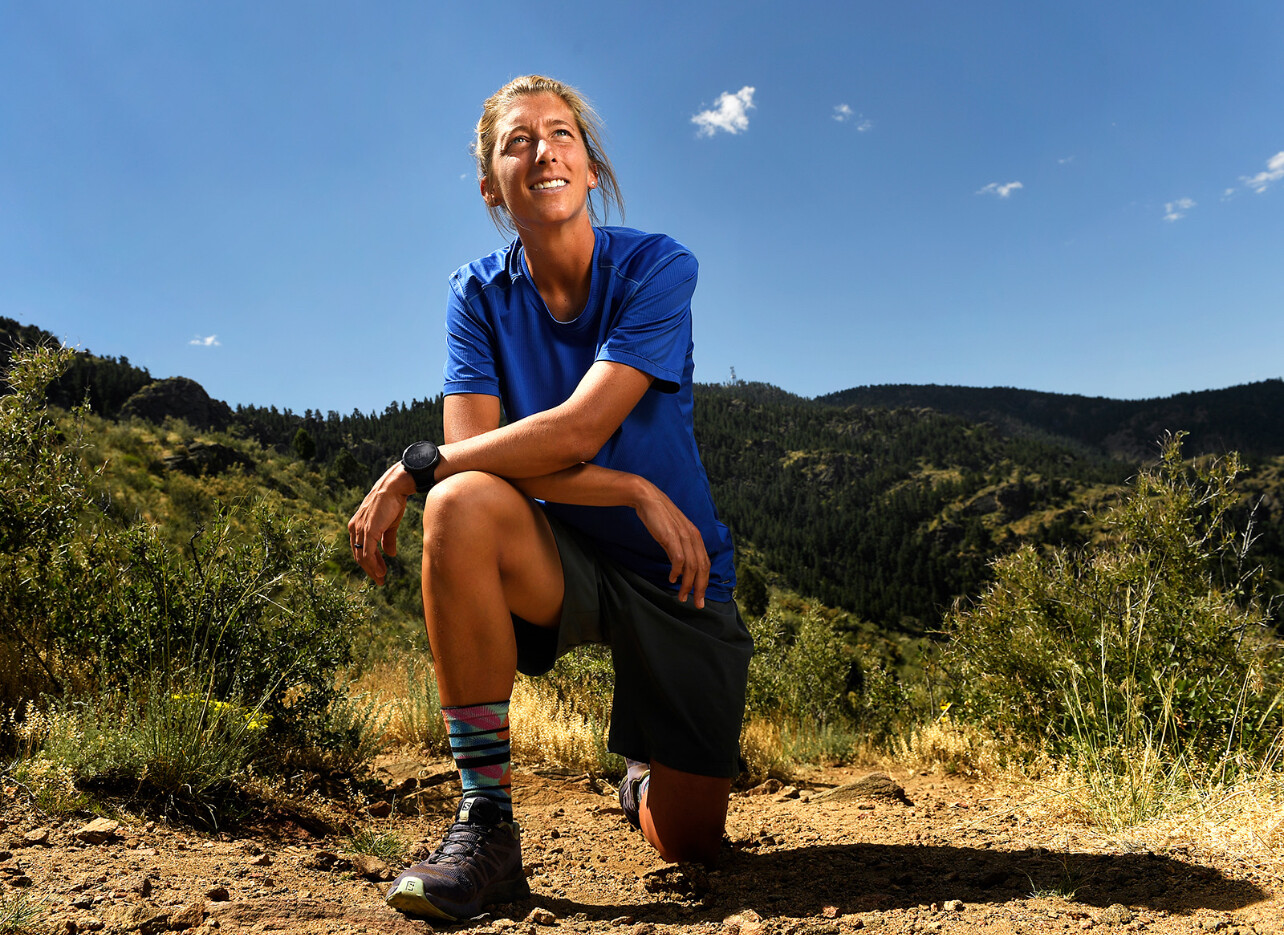
As she embarks on the Cocodona 250, the ultrarunning community watches with anticipation, eager to witness another chapter in the extraordinary career of this remarkable athlete.
(05/04/2025) ⚡AMPby Boris Baron
London Marathon Sets New Record with Over 1.1 Million Applications for 2026
The London Marathon continues to captivate the global running community, as organizers announced a record-breaking 1,133,813 applications for the 2026 race. This figure represents a 36% increase from the previous year’s record of 840,318 applications for the 2025 event, underscoring the marathon’s unparalleled appeal .
“This is an absolutely staggering total which reaffirms London as by far the most popular marathon on the planet,” said Hugh Brasher, CEO of London Marathon Events. “Marathon Day is always an extraordinary and inspirational day when we celebrate the very best of humanity.”

The 2025 edition of the marathon further cemented its legendary status. A record 56,640 runners crossed the finish line, setting a new world record for the highest number of finishers in a marathon. This achievement surpasses the previous record of 55,646 set by the New York City Marathon in 2024 .
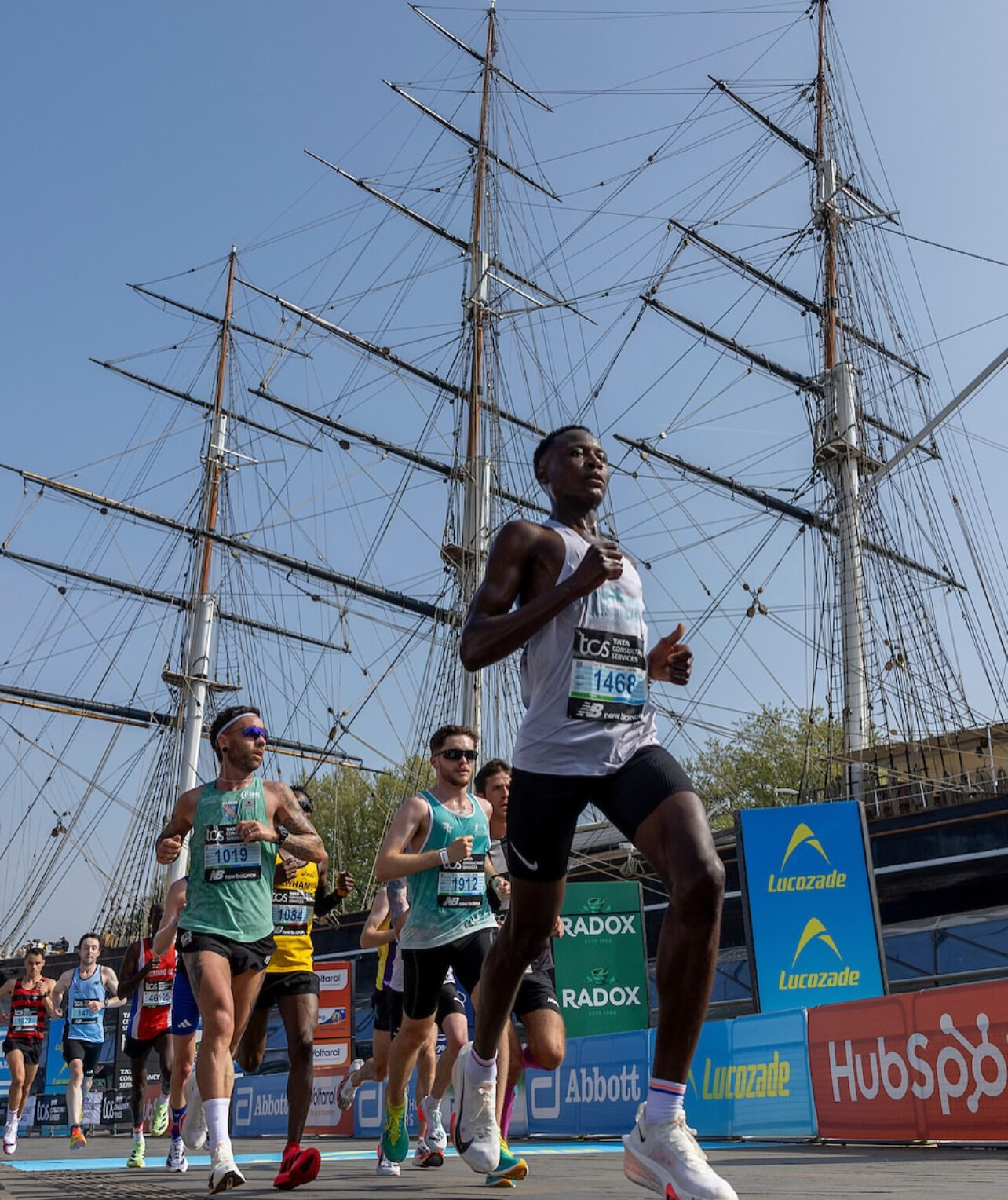
In the women’s elite race, Ethiopia’s Tigst Assefa delivered a historic performance, completing the course in 2:15:50. This time set a new women’s-only marathon world record, surpassing the previous mark of 2:16:16 established by Peres Jepchirchir in 2024 .

The men’s elite race saw Kenya’s Sabastian Sawe claim victory with a time of 2:02:27, the second-fastest in London Marathon history, trailing only Kelvin Kiptum’s 2:01:25 set in 2023 .
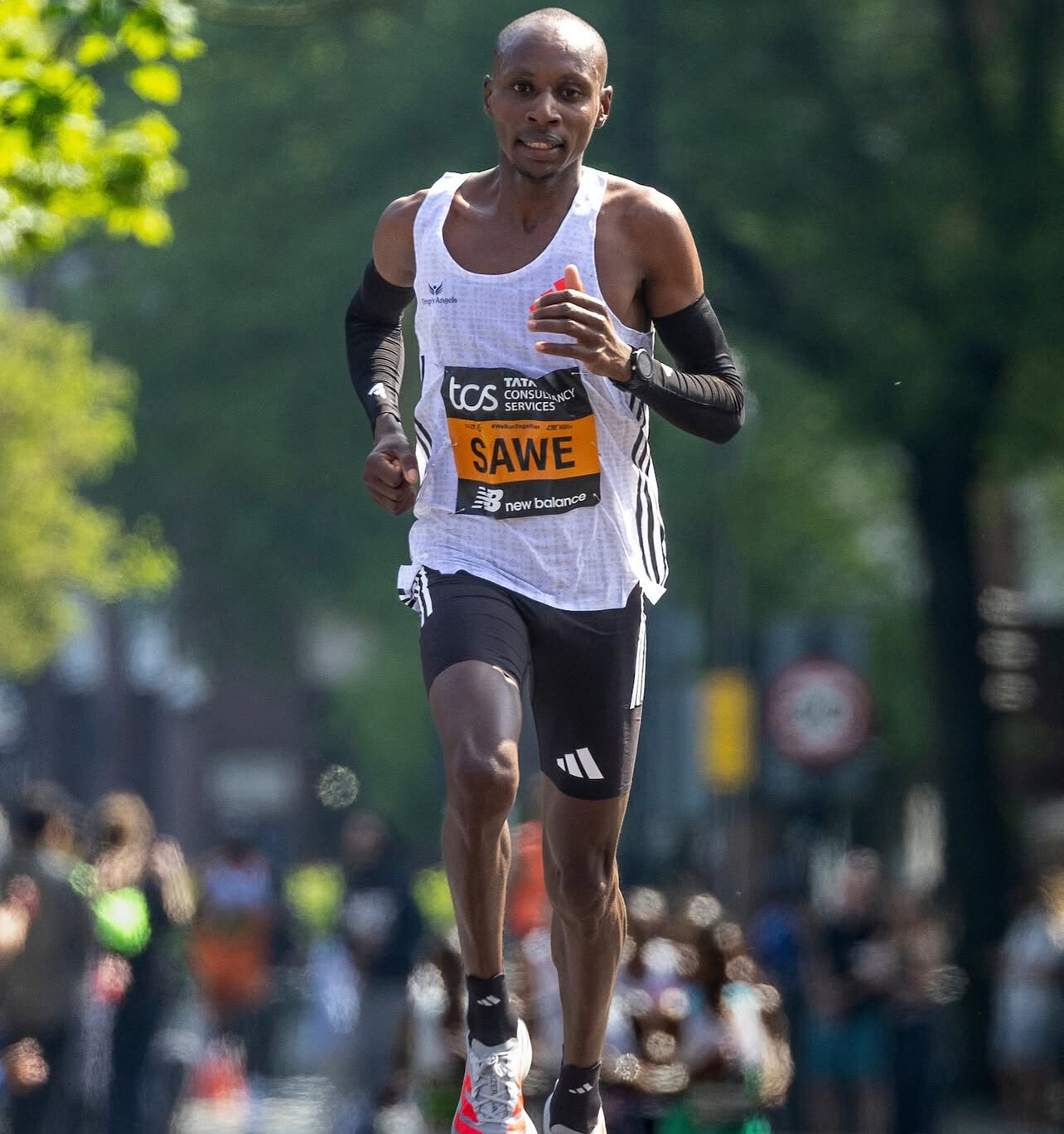

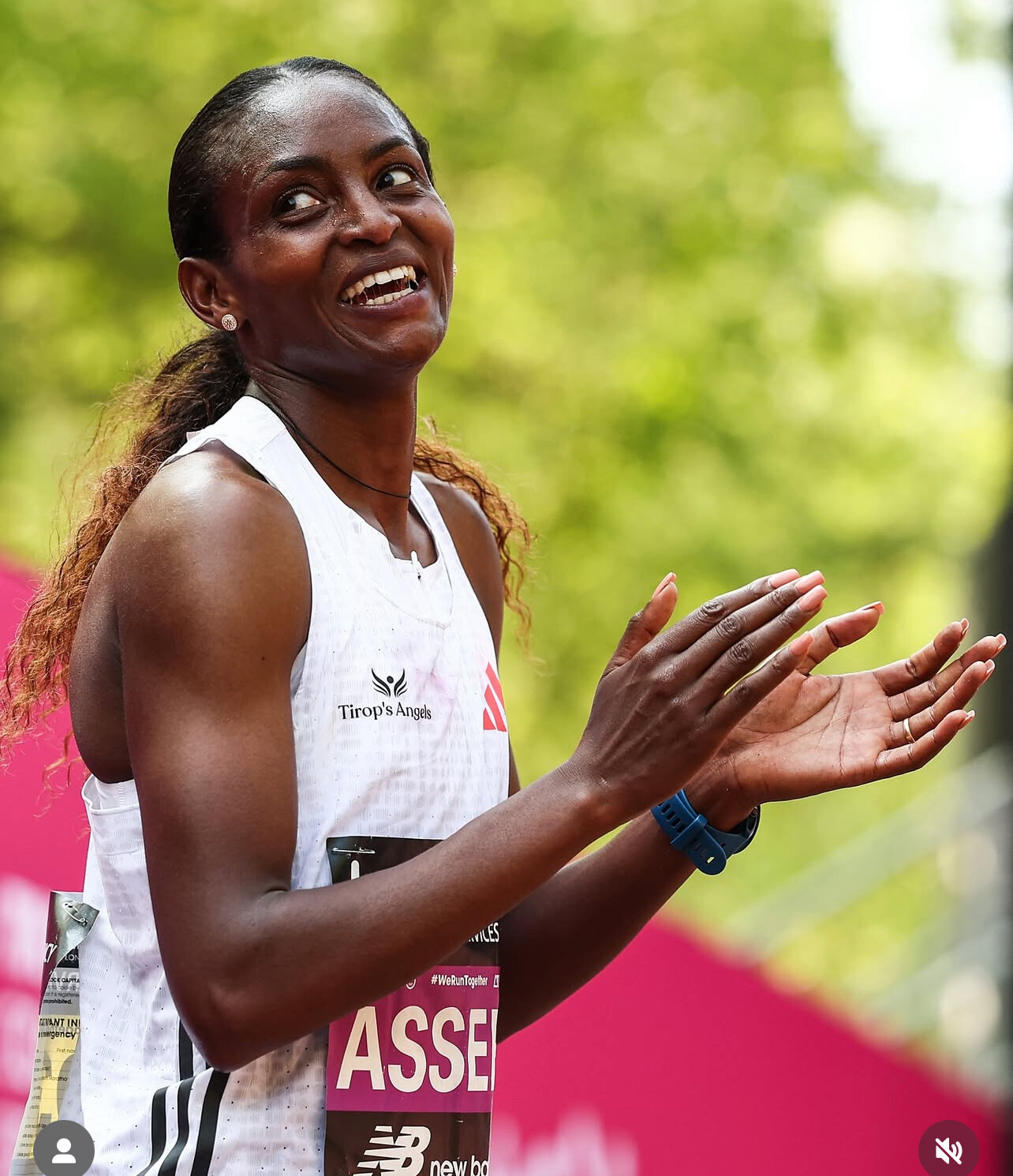
Beyond athletic achievements, the 2025 marathon also made a significant philanthropic impact. Participants raised over £75 million (approximately $99.9 million USD) for various charities, reinforcing the event’s status as the world’s largest single-day fundraising event .
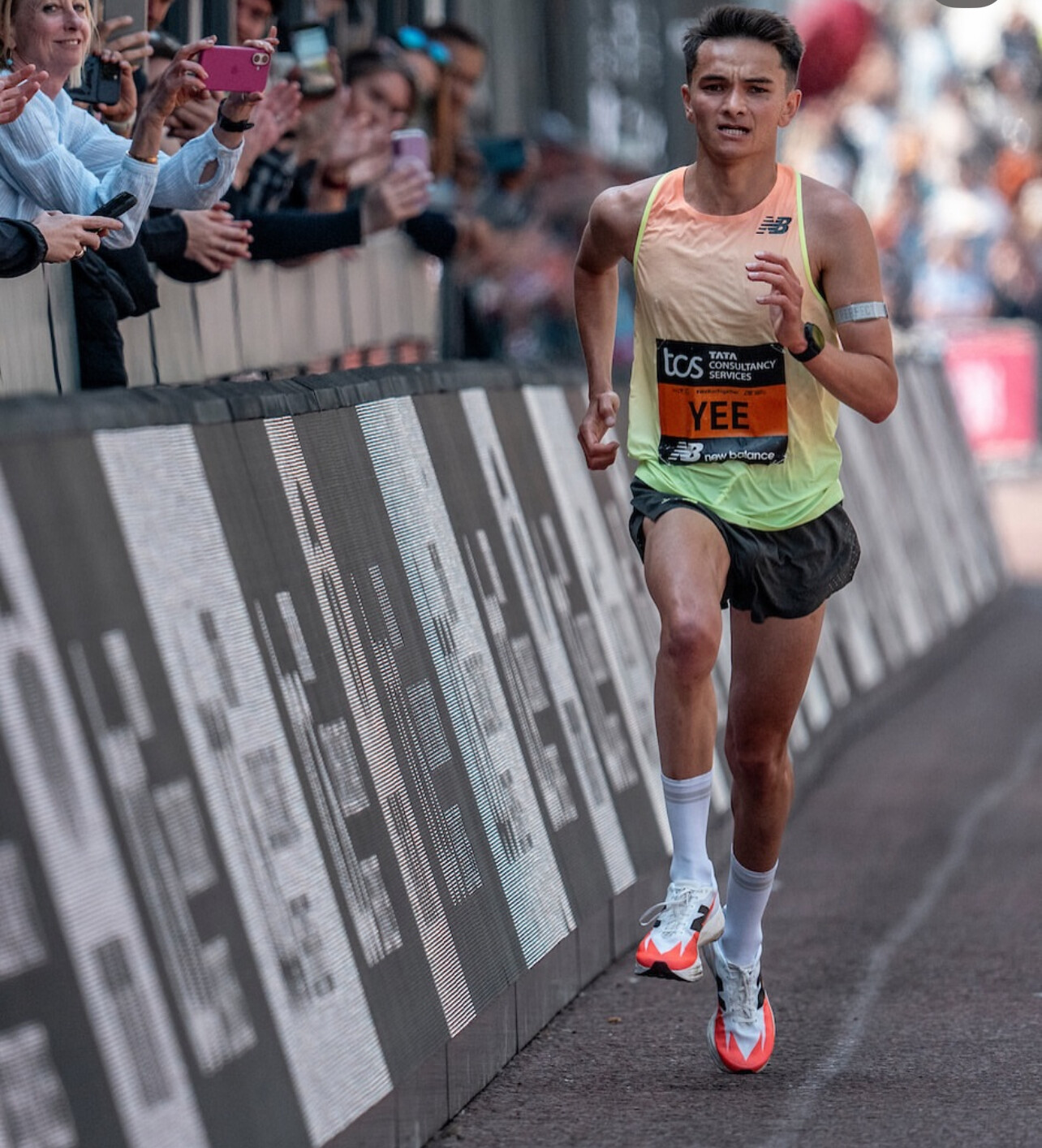
With its blend of elite competition, mass participation, and charitable fundraising, the London Marathon continues to set the standard for global marathon events.
(05/04/2025) ⚡AMPby Boris Baron
Mac Speake Keeps the Streak Alive at the London Marathon
At 83 years old, Dr. Mac Speake continues to embody the spirit of endurance and dedication. As one of the original “Ever Presents,” Speake has completed every London Marathon since its inception in 1981, a feat achieved by only six individuals as of 2024 .
This year’s marathon was particularly challenging for Speake. Despite a strong start, he encountered difficulties around mile 22, losing balance and requiring assistance from his wife, Ros, and daughter to cross the finish line. Remarkably, he completed the race in 9 hours and 14 minutes, improving upon his previous year’s time by half an hour.
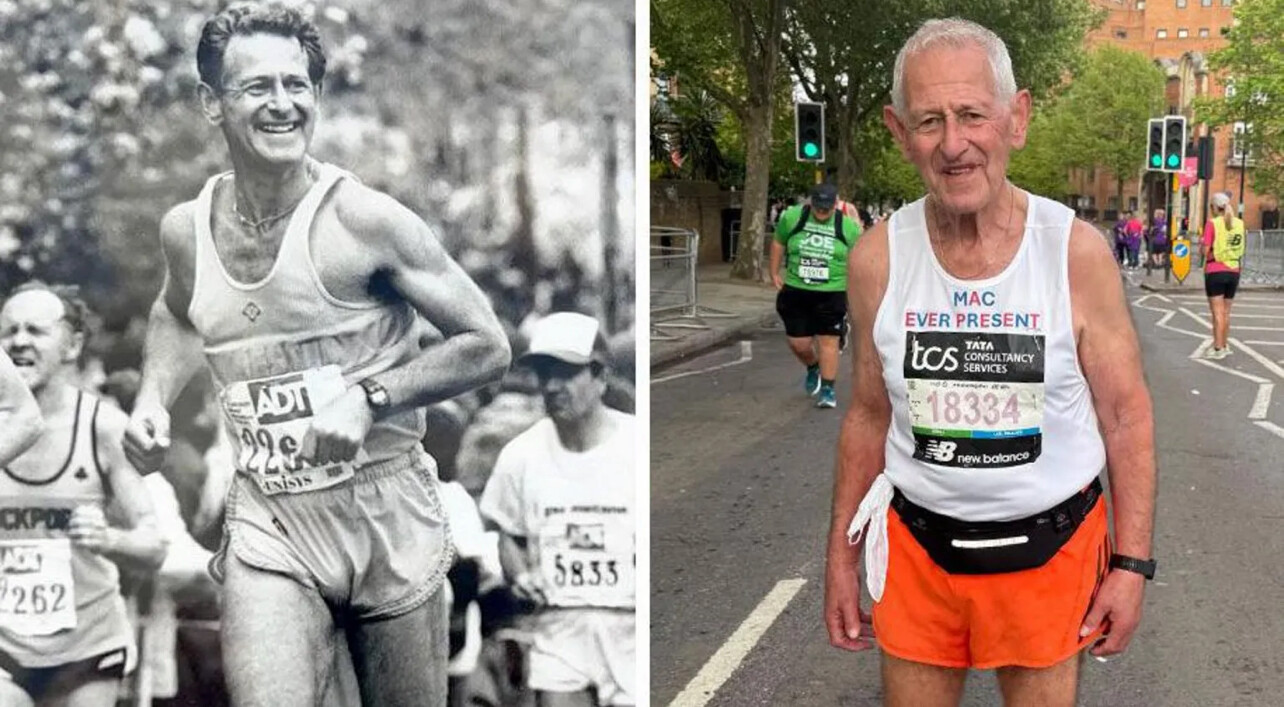
Speake’s marathon journey has not been without adversity. Over the years, he has run with broken bones and battled severe illnesses, including a bout of norovirus that left him vomiting “gallons.” Yet, his commitment never wavered. His personal best of 2 hours and 44 minutes, achieved in 1983, remains a highlight of his running career.
The support of his family, particularly Ros, has been instrumental in his marathon endeavors. Ros has attended every race, except one in 1981 due to a stroke, often recalling the early days when their children watched from the gates of Buckingham Palace. Her concern for Mac’s well-being is palpable, especially after this year’s taxing experience, yet she acknowledges, “I could never stop him from doing it.”

As Speake reflects on his latest marathon, he remains uncertain about participating next year. However, the London Marathon has become an integral part of his life, symbolizing not just a race, but a lifelong commitment to perseverance and the enduring spirit of the running community.
(05/04/2025) ⚡AMPby Boris Baron
BOLDERBoulder: A 10K Like No Other known as America’s All-time best 10k
Since its inception in 1979, the BOLDERBoulder 10K has transformed from a modest local race into one of the world’s most celebrated road running events. Initially attracting just 2,700 participants, the race now welcomes over 50,000 runners annually, making it one of the largest 10K races globally. Set against the picturesque backdrop of the Rocky Mountains, the course winds through Boulder’s vibrant neighborhoods, culminating at the University of Colorado’s Folsom Field. Here, tens of thousands gather to honor fallen service members in one of the nation’s most significant Memorial Day tributes.
A standout feature that sets the BOLDERBoulder apart is its comprehensive age-based recognition system. Unlike many races that award only broad age categories, the BOLDERBoulder honors the top 15 finishers of each individual age, starting from age six. This approach celebrates the achievements of runners across the entire age spectrum, fostering a sense of inclusivity and personal accomplishment. Additionally, participants who complete the 10K in a time faster than their age receive the “Ageless Wonder” ribbon and certificate, further acknowledging exceptional performances.
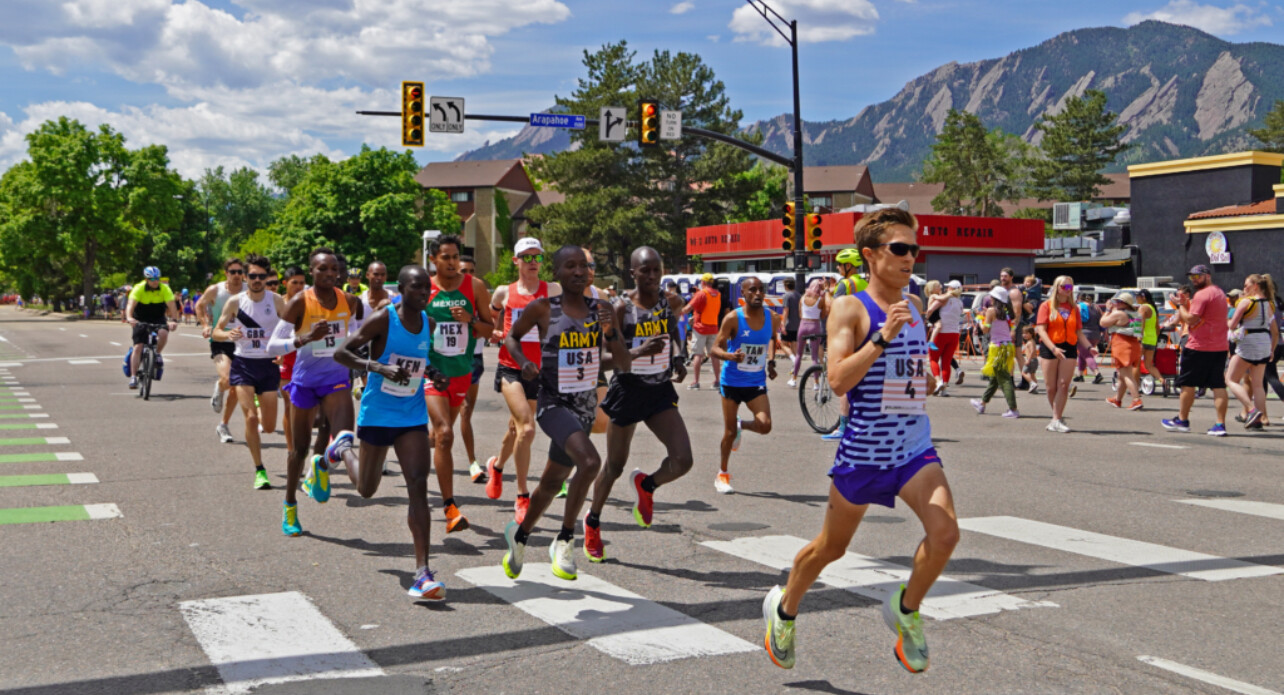
The race is renowned not only for its scale but also for its competitive spirit. The men’s course record stands at an impressive 27:52, set by Josephat Machuka in 1995, while Delillah Asiago set the women’s record at 32:13 the same year. These records underscore the event’s status as a magnet for elite international athletes.
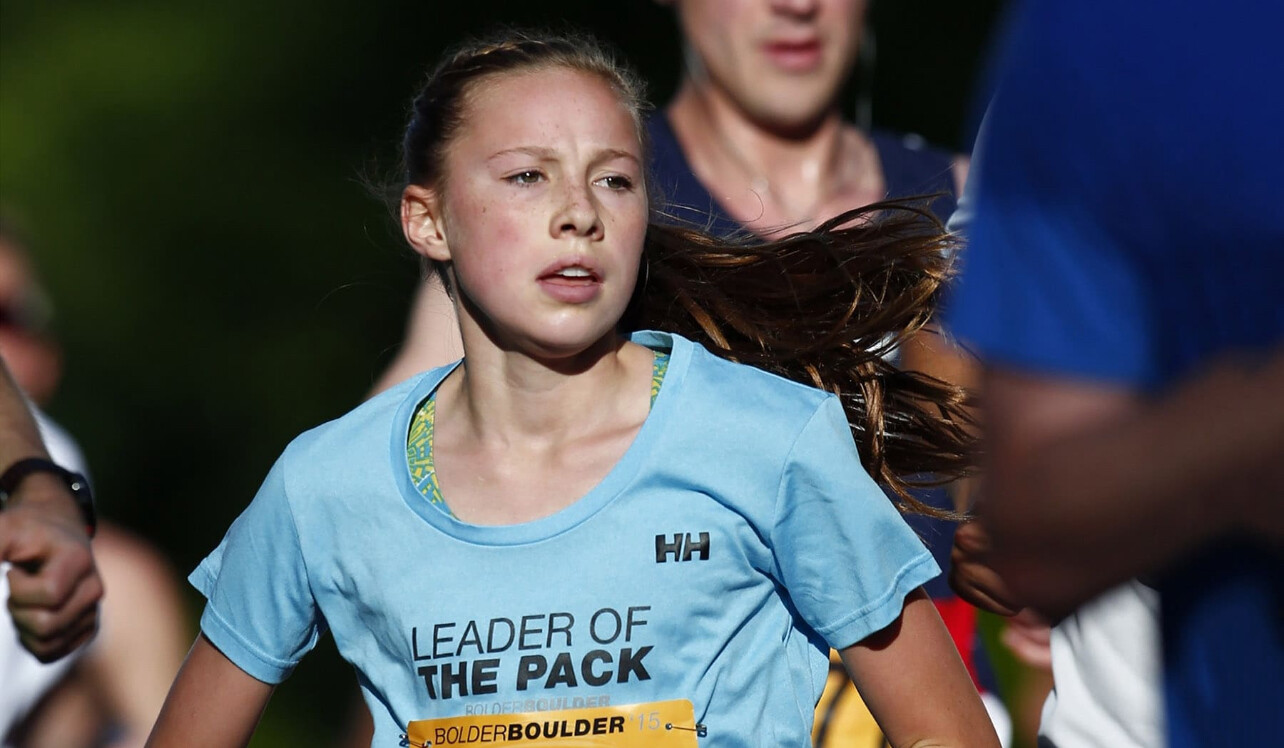
Beyond the elite competition, the BOLDERBoulder is a celebration of community and patriotism. The race features live music, enthusiastic spectators, and a festive atmosphere that embodies the spirit of Boulder. A unique aspect of the event is its dedication to honoring military service members, with three starting waves reserved for current and former members of the U.S. armed forces.

The BOLDERBoulder stands as a testament to the enduring power of community and the unifying spirit of sport. Its blend of competitive excellence, community involvement, and patriotic tribute has solidified its reputation as “America’s All-Time Best 10K.”
(05/04/2025) ⚡AMPby Boris Baron
BOLDER BOULDER
In 1979 we dreamt of attracting a few hundred of our friends to race though the streets of Boulder, Colorado to celebrate Memorial Day with our families. Fast forward almost 40 years and the Bolder BOULDER has grown to become one of the largest and most highly acclaimed 10K’s in the world. Almost 1.2 million runners, joggers, walkers and spectators...
more...Day 3 Recap: Grand Slam Track Miami Delivers High Drama and Big Payouts
The final day of the Grand Slam Track meet in Miami concluded with thrilling performances and significant prize money awarded to top athletes. Held at the Ansin Sports Complex from May 2–4, this event marked the second stop in the inaugural Grand Slam Track series, founded by Olympic legend Michael Johnson.
Top Performers and Prize Money Winners
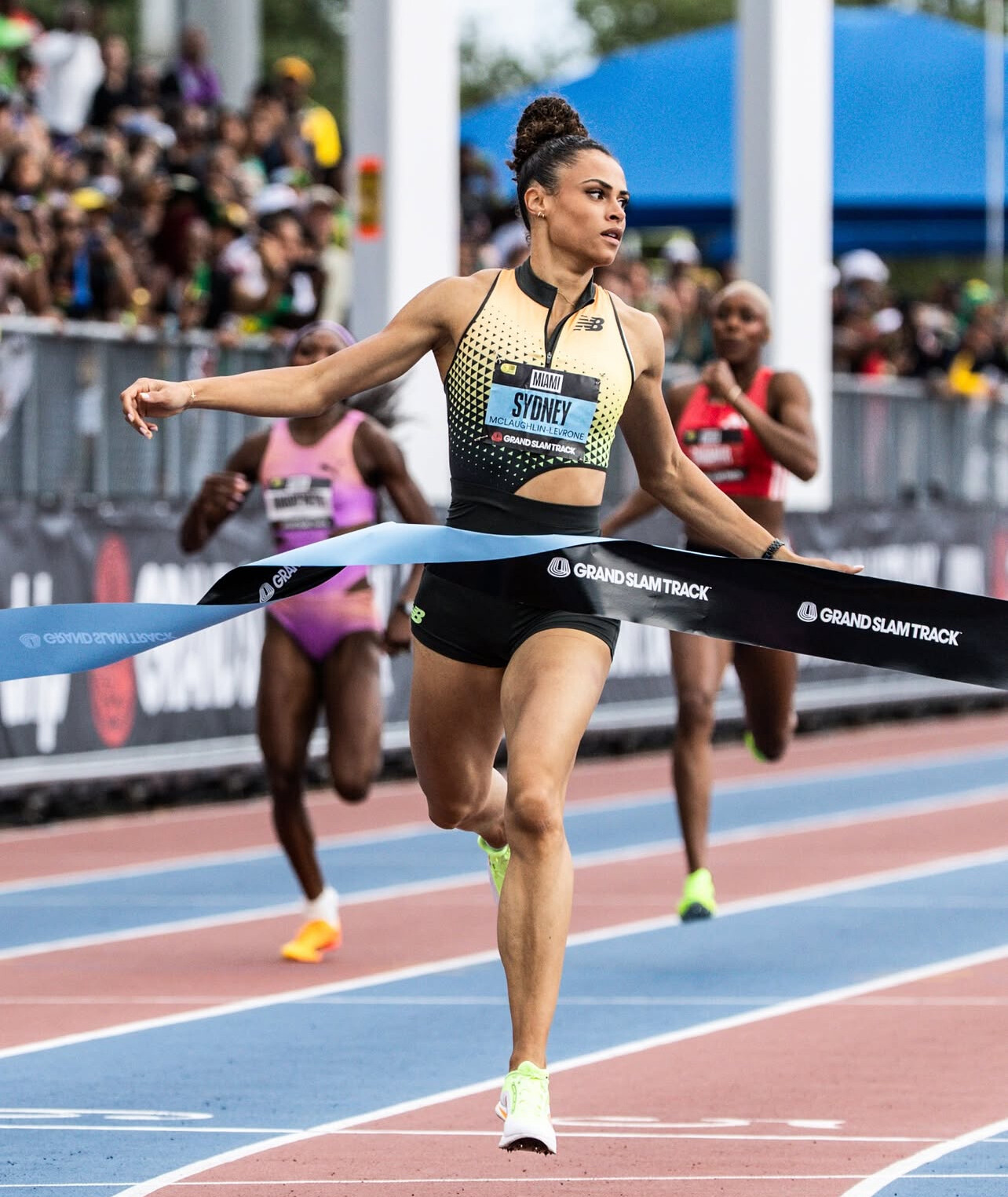
The Grand Slam Track series features six event groups, each comprising two disciplines. Athletes accumulate points across both events, with the highest total determining the group champion. Winners receive $100,000, with payouts extending to the eighth place at $10,000.
Men’s Short Sprints (100m & 200m):
Kenny Bednarek secured victories in both the 100m (9.79 seconds, wind-aided) and 200m (19.84 seconds), earning the maximum 24 points and the $100,000 prize.

Women’s Long Hurdles (400m Hurdles & 400m):
Sydney McLaughlin-Levrone dominated her events, including a 400m win in 49.69 seconds, clinching her second consecutive Grand Slam title and $100,000.
Men’s Short Distance (800m & 1500m):
Josh Kerr won the 1500m in 3:34.51 and placed fifth in the 800m with a personal best of 1:45.01, accumulating 16 points to secure the group title and $100,000.
Women’s Short Sprints (100m & 200m):
Melissa Jefferson-Wooden became the first athlete to win back-to-back Grand Slam titles, winning the 100m in 10.75 seconds and placing third in the 200m, totaling 18 points and earning $100,000.
Men’s Long Distance (3000m & 5000m):
Grant Fisher won the 5000m, securing enough points to top the long-distance group and take home $100,000.
“I need to be ready to win in a lot of different scenarios,” said Grant Fisher after his dominant performance in the men’s 5000m at the Grand Slam Track meet in Miami. The U.S. star closed with a blistering 3:57.58 over the final 1600 meters, showcasing both tactical patience and lethal finishing speed en route to his 13:40.32 victory over 12.5 laps.
Women’s Long Distance (3000m & 5000m):
Agnes Jebet Ngetich won the 5000m with a time of 14:25.80, setting a course record and claiming the group title and $100,000.
Prize Money Structure
The Grand Slam Track series offers substantial financial incentives:
First-place finishers in each event group receive $100,000. Second place earns $50,000, third place takes home $30,000, and fourth place is awarded $25,000. Fifth through eighth places receive $20,000, $15,000, $12,500, and $10,000 respectively. This structure ensures that all finalists receive compensation, promoting competitive participation across the board.
Emerging Stars and Notable Performances
Several athletes delivered standout performances:
• Andrew Coscoran: The Irish runner won the 3000m in 8:17.56, marking the biggest victory of his career.
• Masai Russell: Set a new American record in the 100m hurdles with a time of 12.17 seconds, the second-fastest in history.
• Peter Bol: The Australian middle-distance runner earned $30,000 in his Grand Slam Track debut, showcasing his potential in the league.
Looking Ahead
With two events completed, the Grand Slam Track series moves to Philadelphia and Los Angeles. Athletes will continue to compete for significant prize money and the coveted “Racer of the Year” title, awarded to the top male and female athletes based on cumulative points across all four Slams.
(05/04/2025) ⚡AMPby Boris Baron
The Quiet Rise of Clayton Young in U.S. Distance Running
Clayton Young is proving that intelligence and endurance go hand in hand. The 31-year-old American distance star has emerged as one of the most consistent and compelling marathoners on the scene today—blending mechanical precision from his engineering background with grit, faith, and family support.
From BYU to the Big Stage
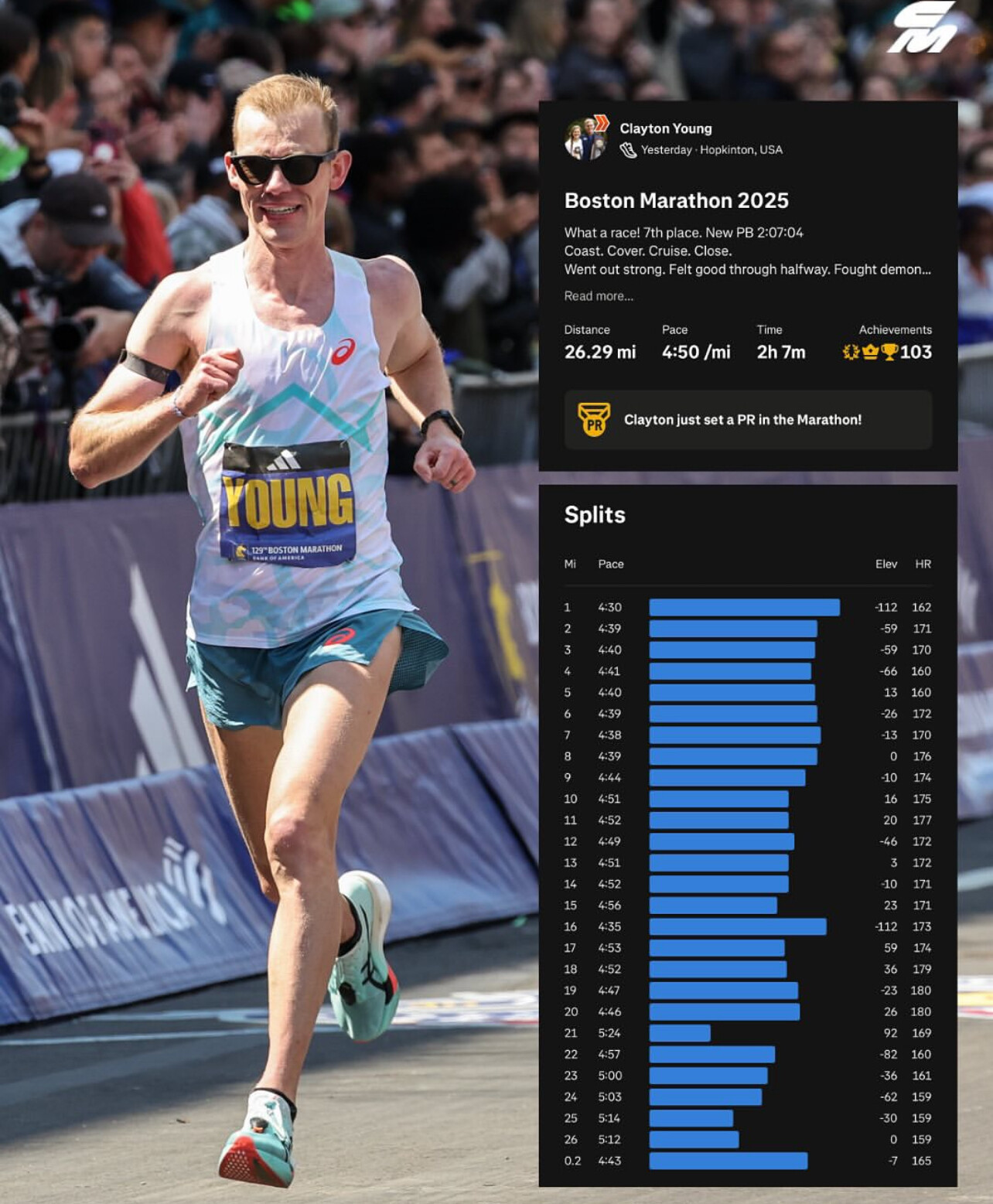
Born in Clovis, California, and raised in American Fork, Utah, Young’s rise began at Brigham Young University, where he studied mechanical engineering and starred on the track. He capped off his college career by winning the 10,000 meters at the 2019 NCAA Outdoor Championships.
After graduation, rather than settling into a full-time engineering career, Young negotiated a flexible part-time role with Stryker Corporation so he could pursue running at the highest level. That decision proved pivotal.
Setbacks and Breakthroughs
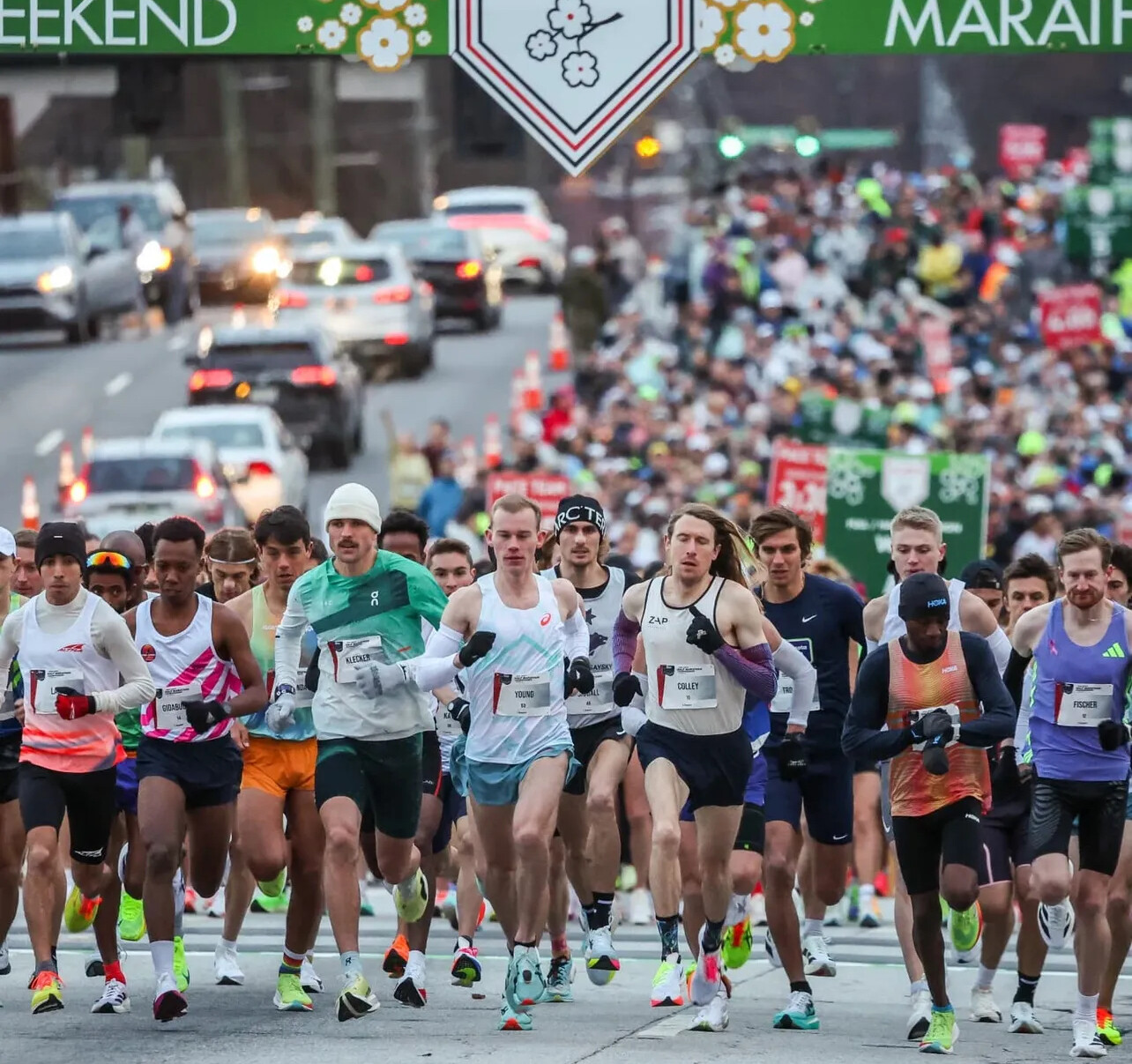
In 2023, Young faced a major challenge—knee surgery. Many athletes would have struggled to return, but he was back racing just seven months later. His comeback culminated in a 2:08:00 personal best at the Chicago Marathon, earning him a spot on Team USA for the Paris 2024 Olympic Games.
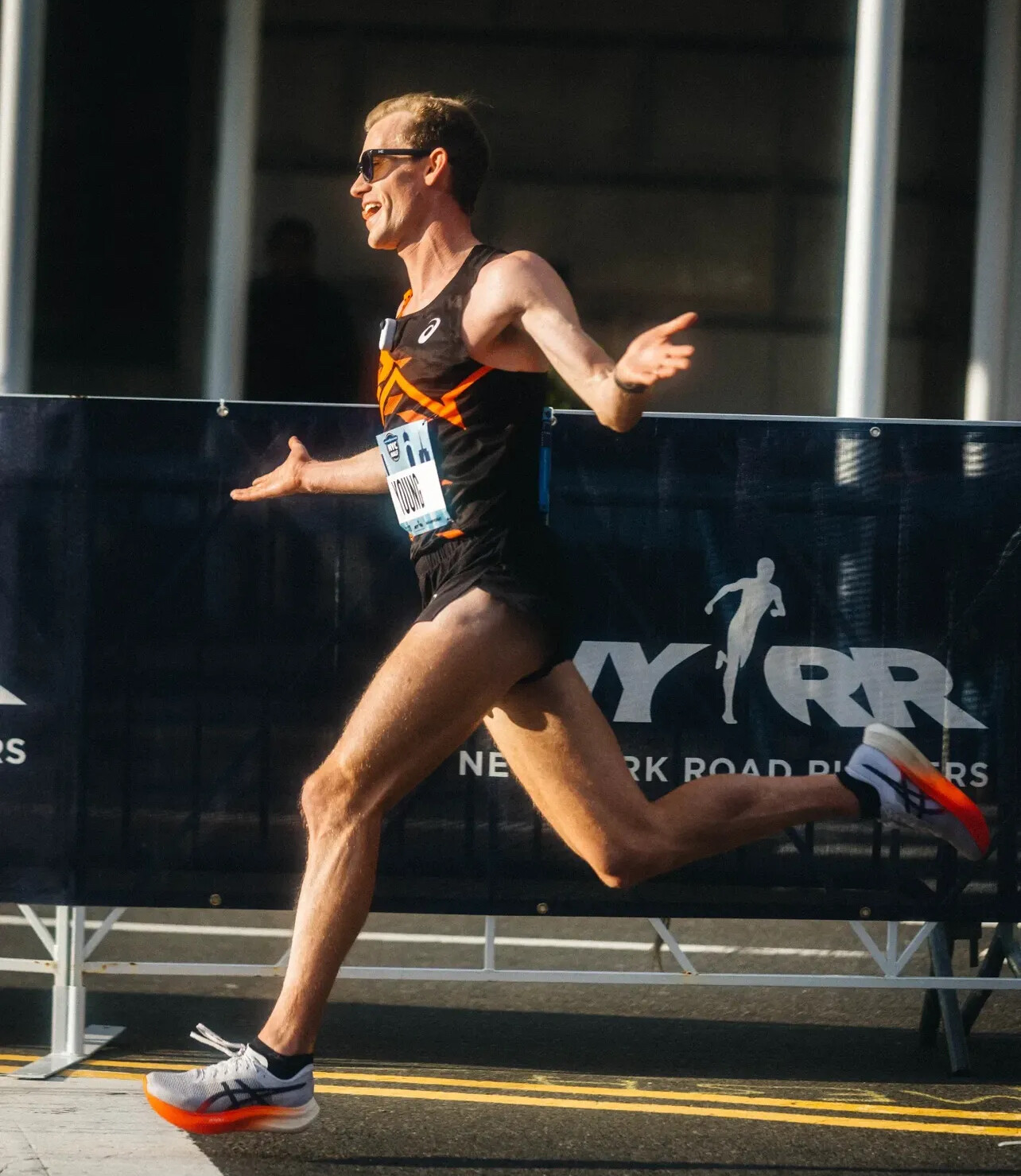
At the Olympic Trials, Young placed second in 2:09:06, just behind training partner Conner Mantz. Then, on the streets of Paris, he delivered a standout performance, finishing 9th overall in 2:08:44—the fastest Olympic marathon time ever by an American.
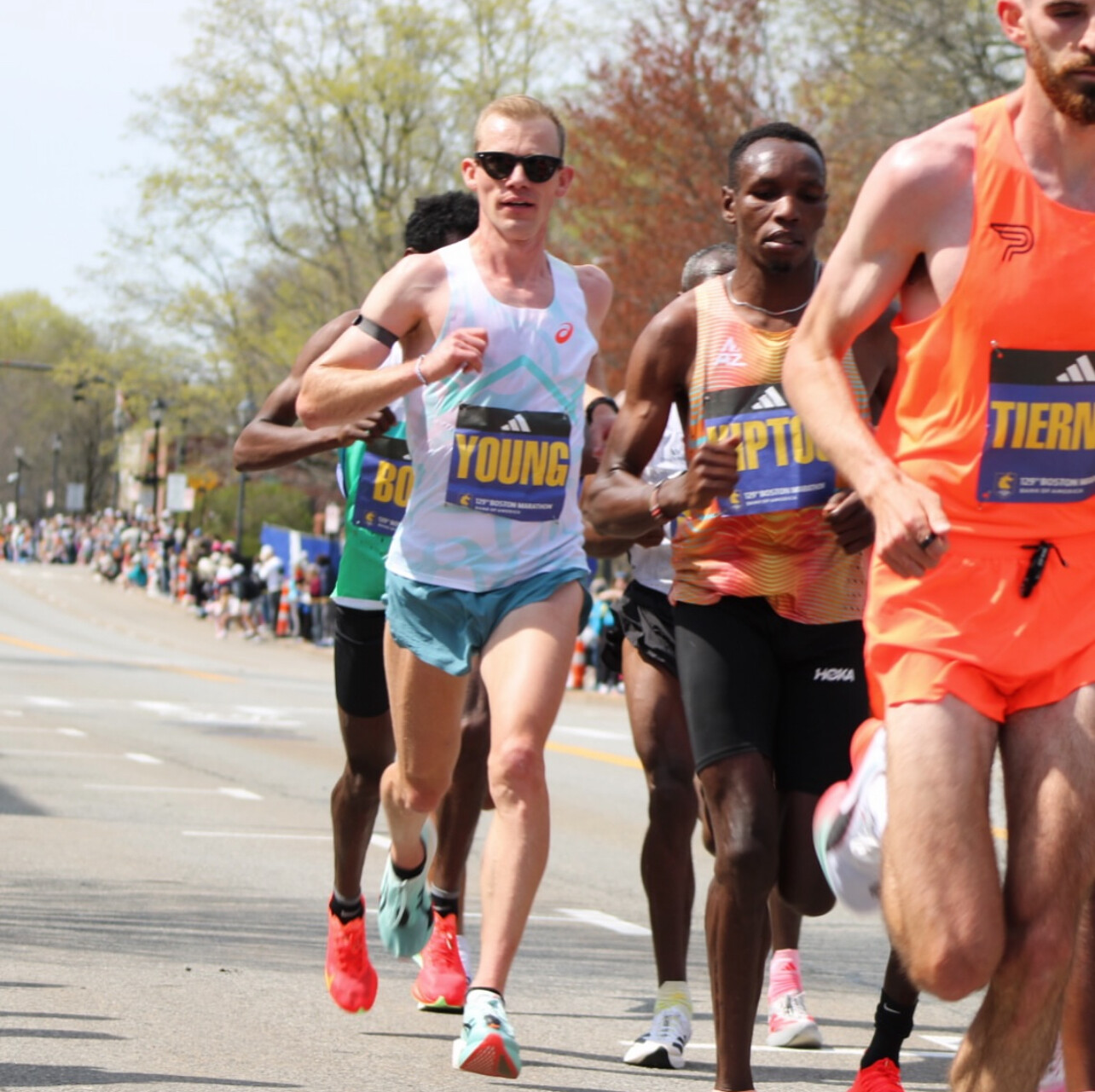
He kept the momentum rolling in 2025, clocking 2:07:04 at the Boston Marathon to finish 7th overall and solidify his status as one of the top U.S. marathoners.
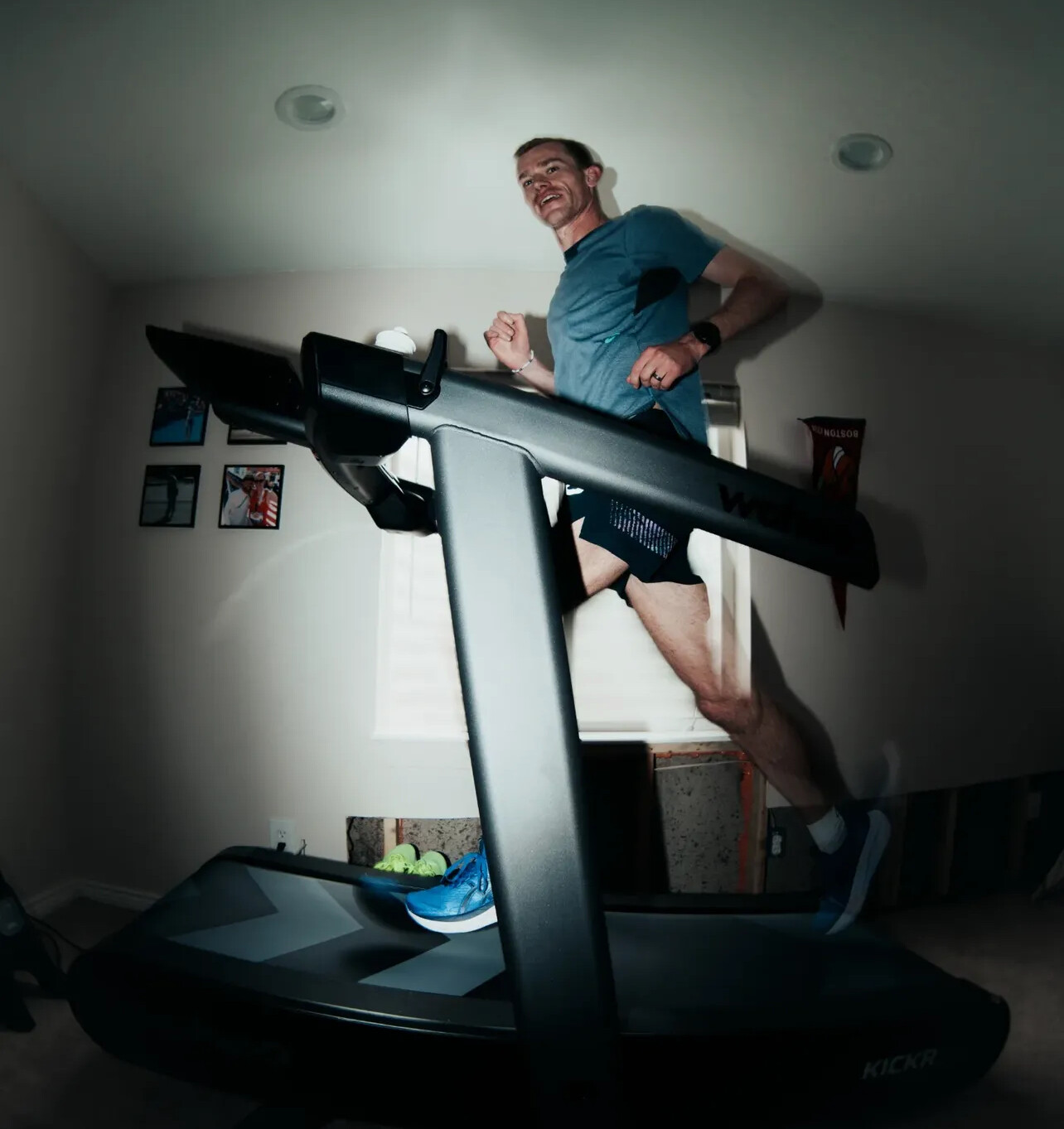
Powered by Partnership
Young trains in Provo, Utah, under BYU coach Ed Eyestone alongside Conner Mantz, forming a dynamic duo that’s pushing the limits of American marathon potential. Their disciplined training, built on shared values and competitiveness, has raised the bar for what’s possible.
“We thrive off each other’s energy,” Young has said. “It’s not about beating each other—it’s about being better together.”
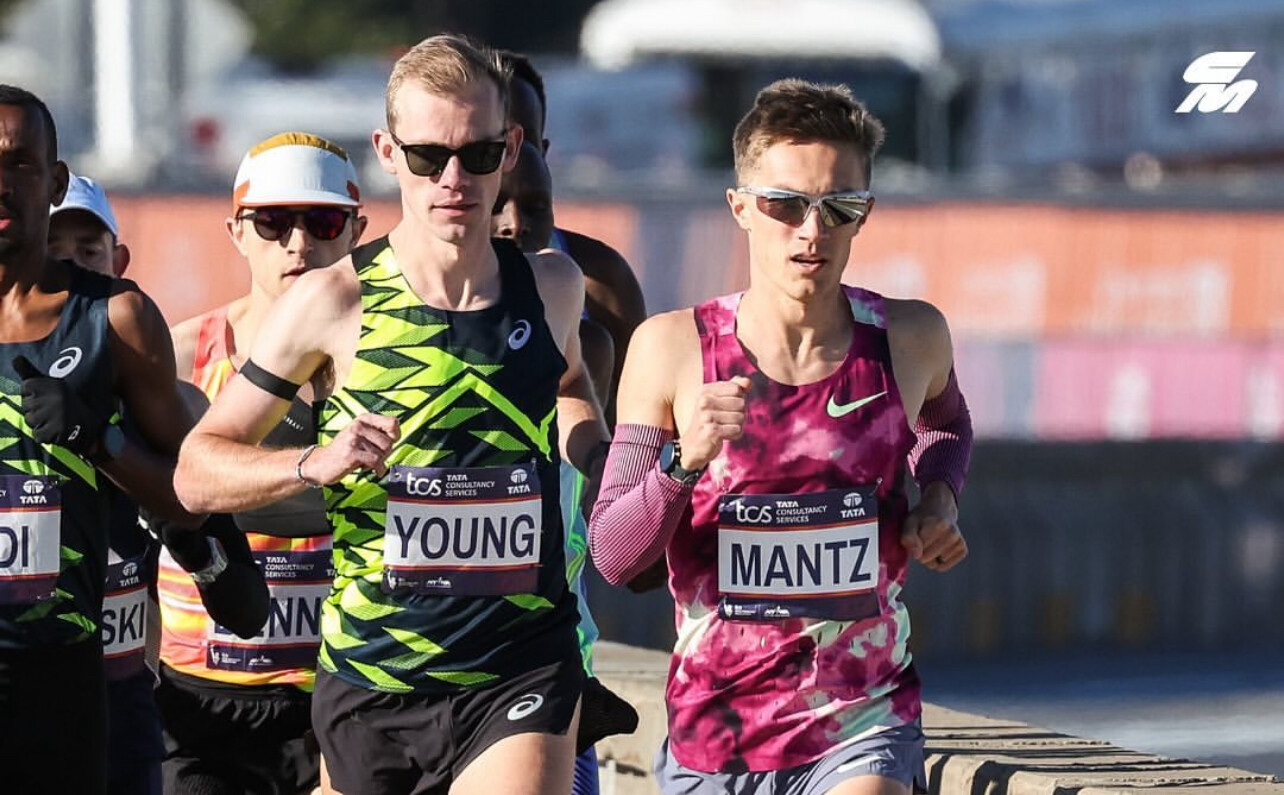
Beyond the Clock
Young is also a devoted husband and father, living in Springville, Utah, with his wife Ashley and their two daughters. He shares his journey through a behind-the-scenes docuseries, Beyond the Hill, and connects regularly with fans through social media—offering insights into his workouts, mindset, and family life.
His ability to balance elite competition with a grounded personal life has made him a fan favorite and a role model for aspiring runners.
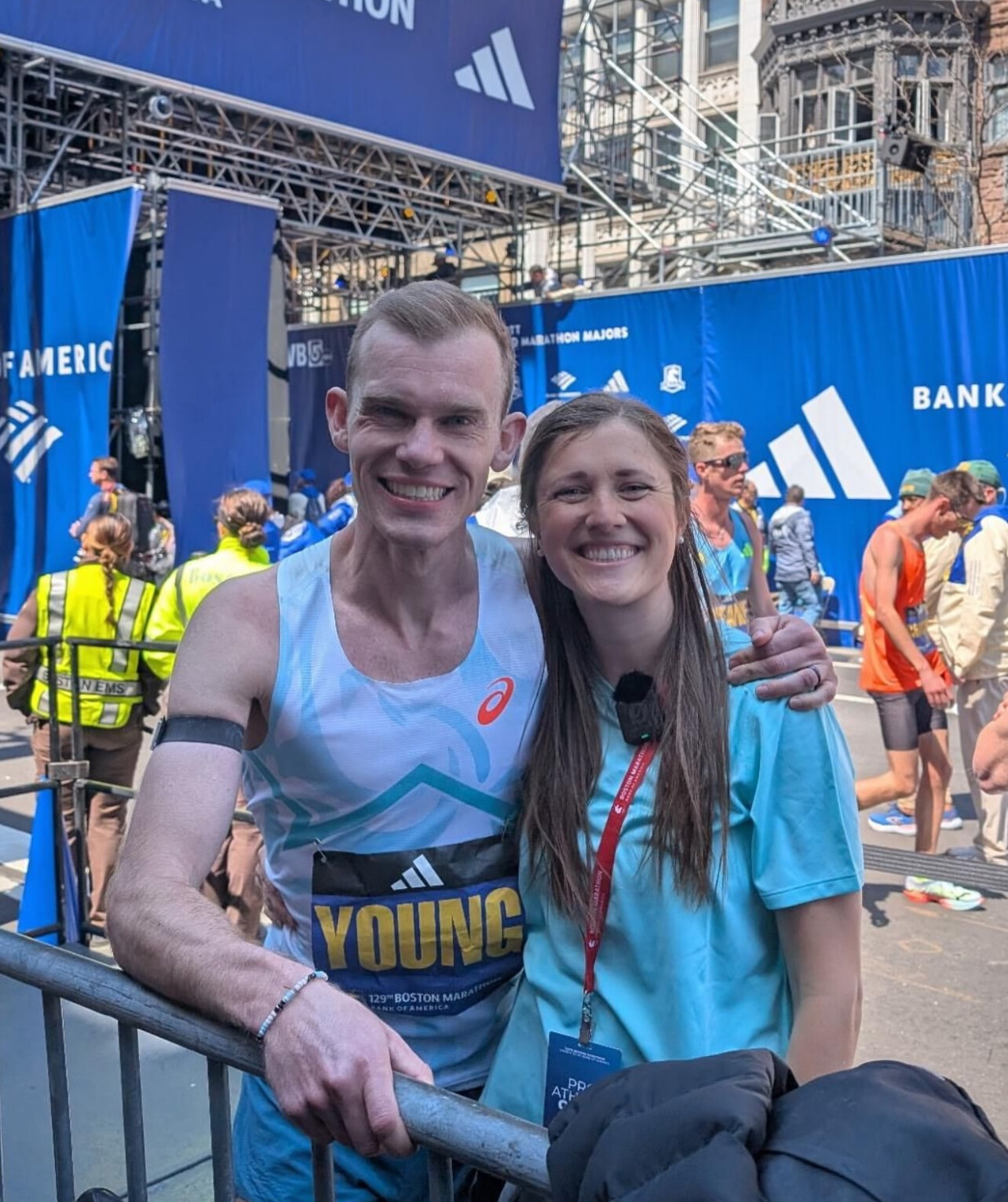
What’s Next for Clayton Young?
With the 2025 World Championships and the 2028 Los Angeles Olympics in view, Clayton Young is entering his prime. His mix of tactical intelligence, physical preparation, and inner resolve is setting a new standard for American marathoners.
He’s not just chasing fast times—he’s building something bigger.
(05/04/2025) ⚡AMPby Boris Baron
Kipkurui and Chemtai Set Course Records at Gutenberg Mainz Half Marathon
The Gutenberg Mainz Half Marathon delivered fireworks on Sunday as both the men’s and women’s course records were shattered in one of the fastest editions in race history. Kenya’s James Kipkurui and Esther Chemtai claimed impressive victories, establishing Mainz as Germany’s second-fastest half marathon behind only Berlin.
In a thrilling debut, 23-year-old Kipkurui clocked 60:50, breaking the previous course record by 11 seconds and becoming the first athlete to dip under 61 minutes on the Mainz course. The surprise winner from Eldama Ravine near Eldoret trains under the guidance of 1992 Olympic steeplechase champion Matthew Birir. “This victory comes as a surprise to me,” Kipkurui said after the race. “My next goal now is to improve my time to around 59 minutes.”
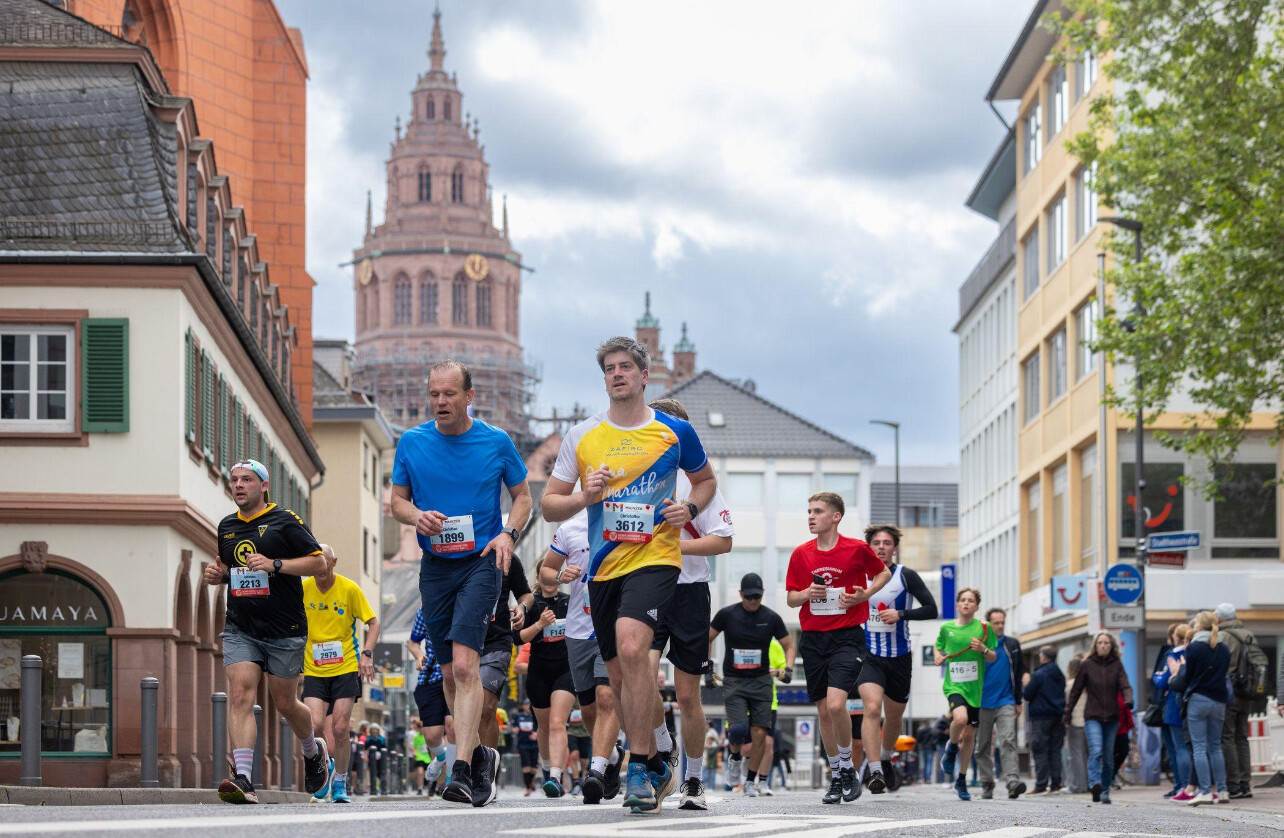
The men’s race began at a blistering pace, with the leaders going through 10K in 28:35, suggesting a sub-60 finish. But as the tempo settled, Kipkurui made his move just before 15K and never looked back. Germany’s national marathon record holder Samuel Fitwi closed strong to finish second in 61:22, narrowly missing his personal best. Kenya’s Joshua Kithuku took third in 61:24.

On the women’s side, Esther Chemtai also turned heads with a dominant performance. Running only her second half marathon, the 31-year-old surged ahead with two kilometers to go and crossed the line in 68:52—nearly a full minute faster than the previous course record of 69:46. Chemtai, who trains in the Ngong Hills outside Nairobi, now has her sights set on a sub-67 mark. “It was only my second half marathon and my first time under 70 minutes,” she said. “I will run a marathon in the future, but first I want to get faster in the half marathon.”
Fellow Kenyan Rency Kogo impressed in her debut, finishing second in 69:04, while Belgium’s Hanne Verbruggen ran a personal best of 69:43 to take third. Germany’s Domenika Mayer, who battled early pacing struggles, finished fourth in 69:56—just 10 seconds off her personal best.
The 2025 edition drew over 8,500 participants in the half marathon, with total entries across all events reaching 13,700. With elite performances and deep fields, Mainz continues to solidify its place among Europe’s premier road races.
Top Results
Men
1. James Kipkurui (KEN) – 60:50
2. Samuel Fitwi (GER) – 61:22
3. Joshua Kithuku (KEN) – 61:24
4. Nickson Kogei (KEN) – 62:15
5. Calistus Kitoo (KEN) – 62:19
Women
1. Esther Chemtai (KEN) – 68:52
2. Rency Kogo (KEN) – 69:04
3. Hanne Verbruggen (BEL) – 69:43
4. Domenika Mayer (GER) – 69:56
5. Rita Jelagat (KEN) – 71:44
(05/04/2025) ⚡AMPby Race News Service
Miami Slam Day 2: Hailu, Arop, and Goule-Toppin Shine in Middle-Distance Showdowns
The second day of the Grand Slam Track meet in Miami, held on May 3, 2025, at the Ansin Sports Complex, showcased thrilling middle-distance races, with elite athletes delivering standout performances in the 800m and 1500m events.
Women’s 1500m: Hailu Edges Hiltz in a Nail-Biter
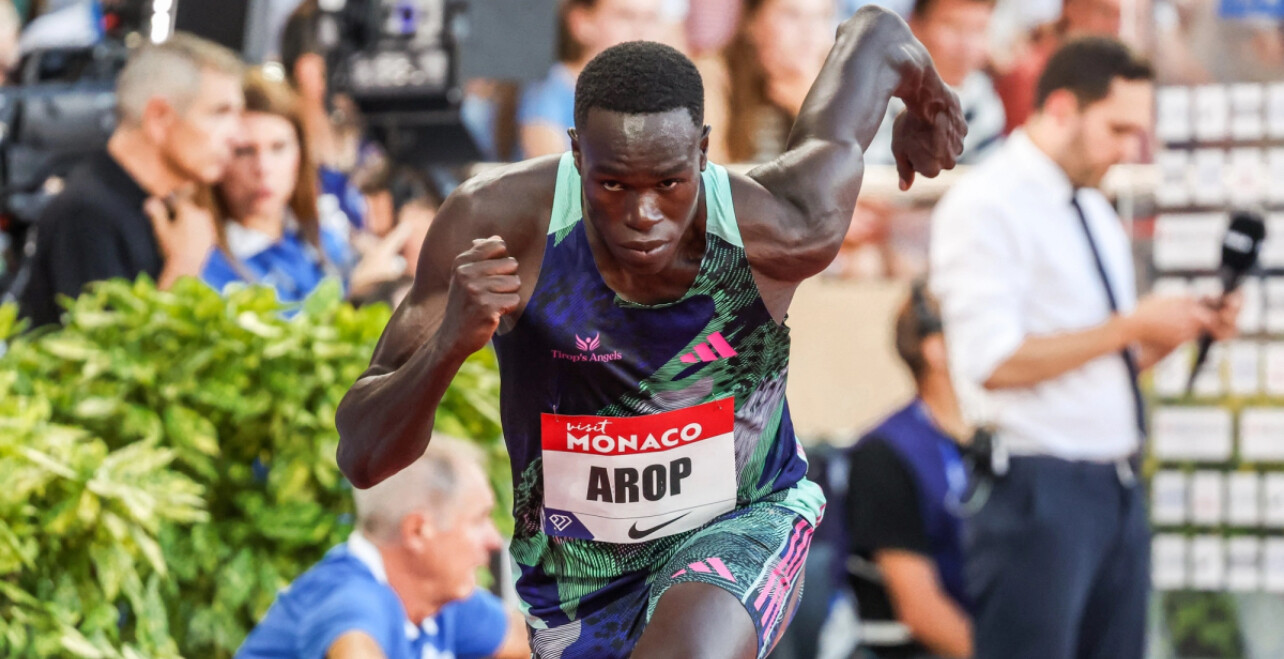
Ethiopia’s Freweyni Hailu clinched victory in the women’s 1500 meters, clocking 4:06.96. She narrowly defeated American Nikki Hiltz, who finished just 0.12 seconds behind at 4:07.08. Diribe Welteji secured third place with a time of 4:07.46. The race was a tactical battle, with Hailu making a decisive move in the final lap to outpace her competitors.
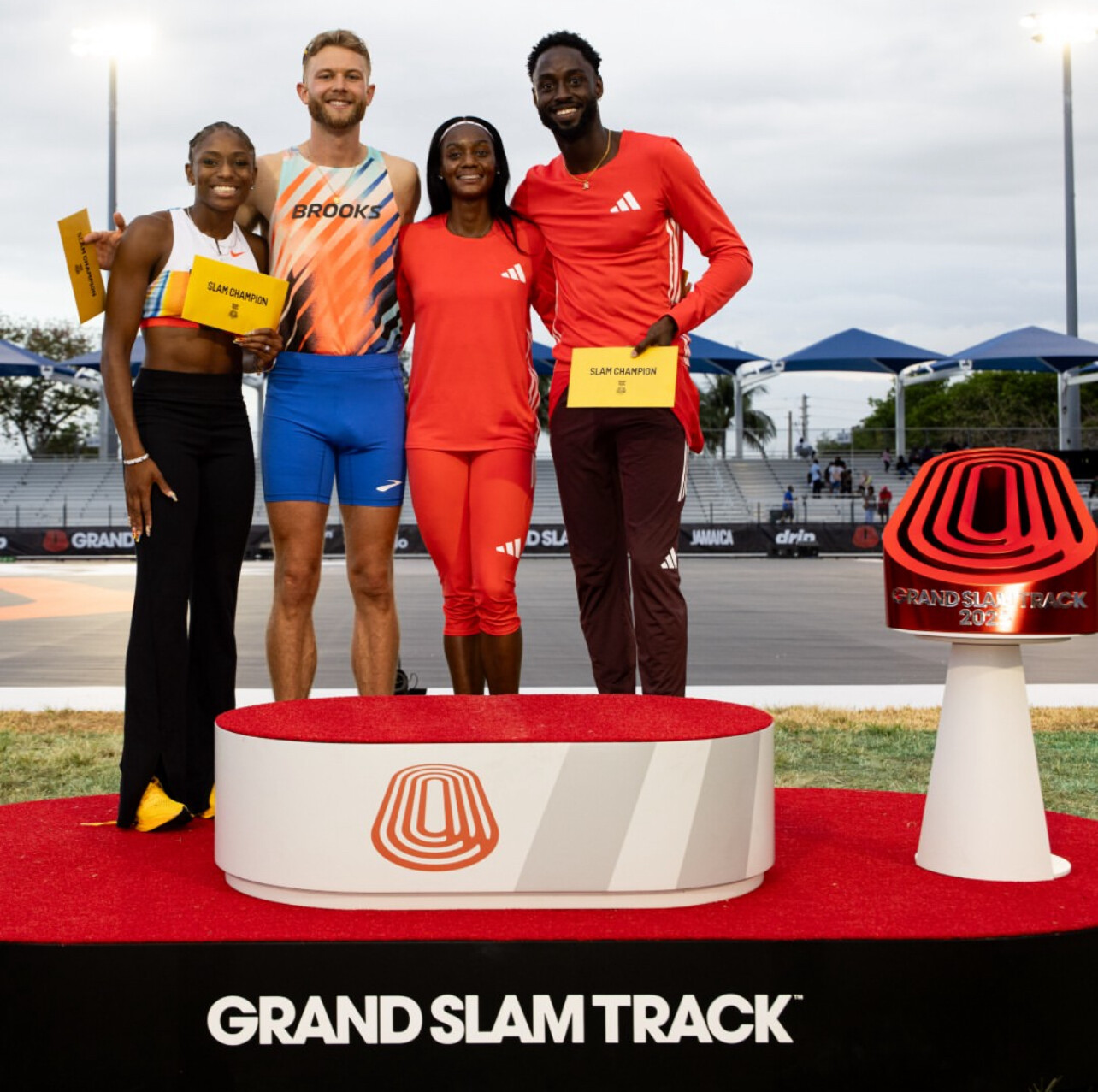
Men’s 800m: Arop Dominates with Commanding Win
Canada’s Marco Arop, the reigning world champion, showcased his dominance in the men’s 800 meters, winning with a time of 1:43.81. He led the race from the front, breaking away in the second lap to secure a comfortable victory. Djamel Sedjati of Algeria finished second in 1:44.49, while American Bryce Hoppel took third in 1:44.91.
Women’s 800m: Goule-Toppin Returns to Form
Jamaica’s Natoya Goule-Toppin delivered a strong performance in the women’s 800 meters, winning the race in 1:58.31. She held off a competitive field, with American Allie Wilson finishing second in 1:58.84 and Kenya’s Vivian Chebet taking third in 1:59.07. Goule-Toppin’s victory marks a significant return to form as she builds momentum for the upcoming season.
Prize Money Structure: Grand Slam Track’s Lucrative Payouts
The Grand Slam Track series offers a substantial prize pool of $12.6 million across its season. Each event, or “Slam,” awards prize money to the top eight finishers in each race group as follows:
• 1st Place: $100,000
• 2nd Place: $50,000
• 3rd Place: $30,000
• 4th Place: $25,000
• 5th Place: $20,000
• 6th Place: $15,000
• 7th Place: $12,500
• 8th Place: $10,000
In addition to per-event earnings, “Grand Slam Racers” receive annual base compensation for participating in all four Slams, while “Challengers” earn appearance fees per event.
Looking Ahead: Final Day in Miami
The Grand Slam Track meet in Miami concludes on Sunday, May 4, 2025, with the final day’s events scheduled from 3:00 PM to 6:00 PM Eastern Time at the Ansin Sports Complex. Key events include the women’s 800m, women’s 3000m, and men’s 5000m. Fans can watch the live broadcast on The CW Network or stream the events live on Peacock.
As the series progresses, athletes accumulate points based on their performances, aiming for the prestigious “Racer of the Year” title awarded at the season’s end.
(05/03/2025) ⚡AMPby Boris Baron
One Mile or One Hundred The Battle for the Soul of the Mile in 2025
In 2025, the word “mile” carries very different meanings depending on who’s lacing up their shoes. For some, it’s about blistering speed—the chase for a personal best in an all-out sprint lasting just a few intense minutes. For others, it’s about endurance, grit, and surviving a 100-mile ultramarathon—not once, but four times in one season. While one version of the mile is measured in minutes, the other is measured in days, elevation, and blisters.
Both forms of running are surging in popularity, drawing passionate athletes and growing crowds. But which “mile” speaks to you?
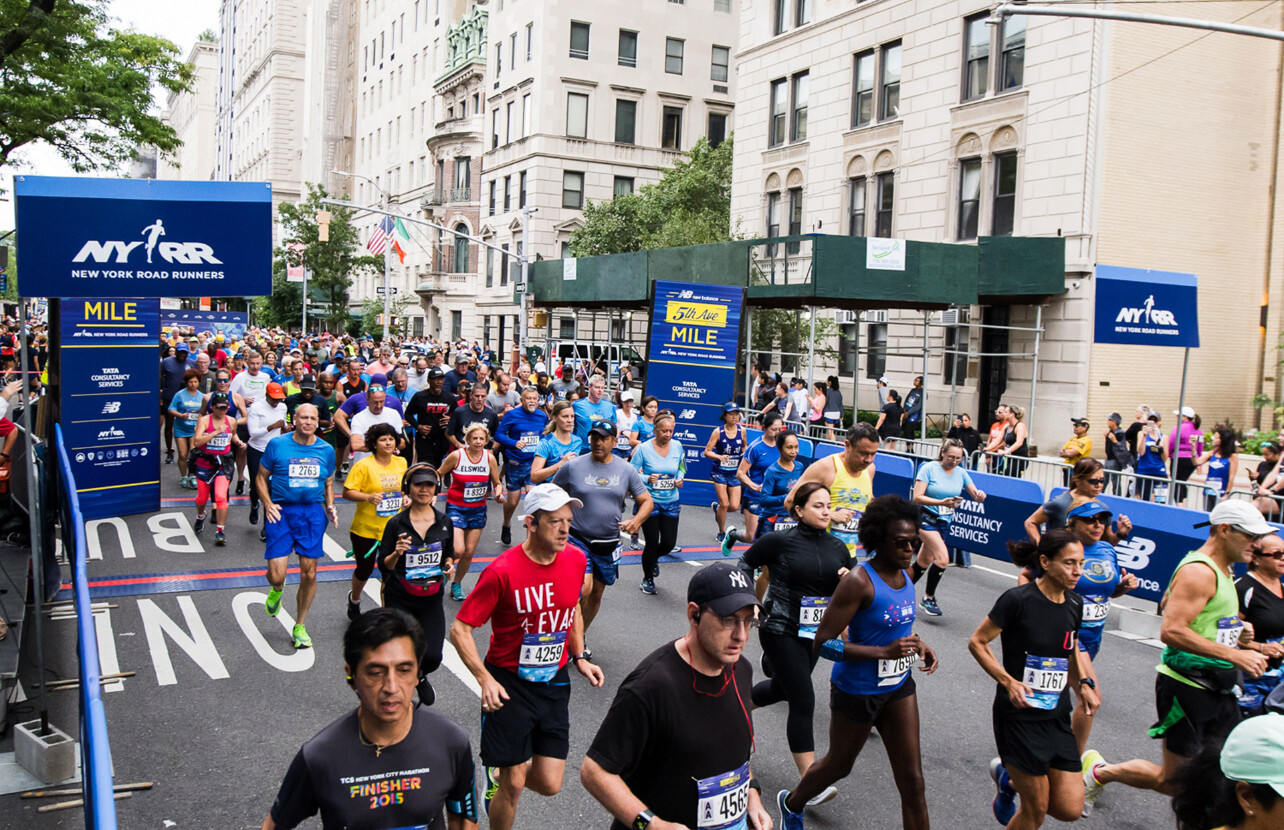
The Rise of the Road Mile
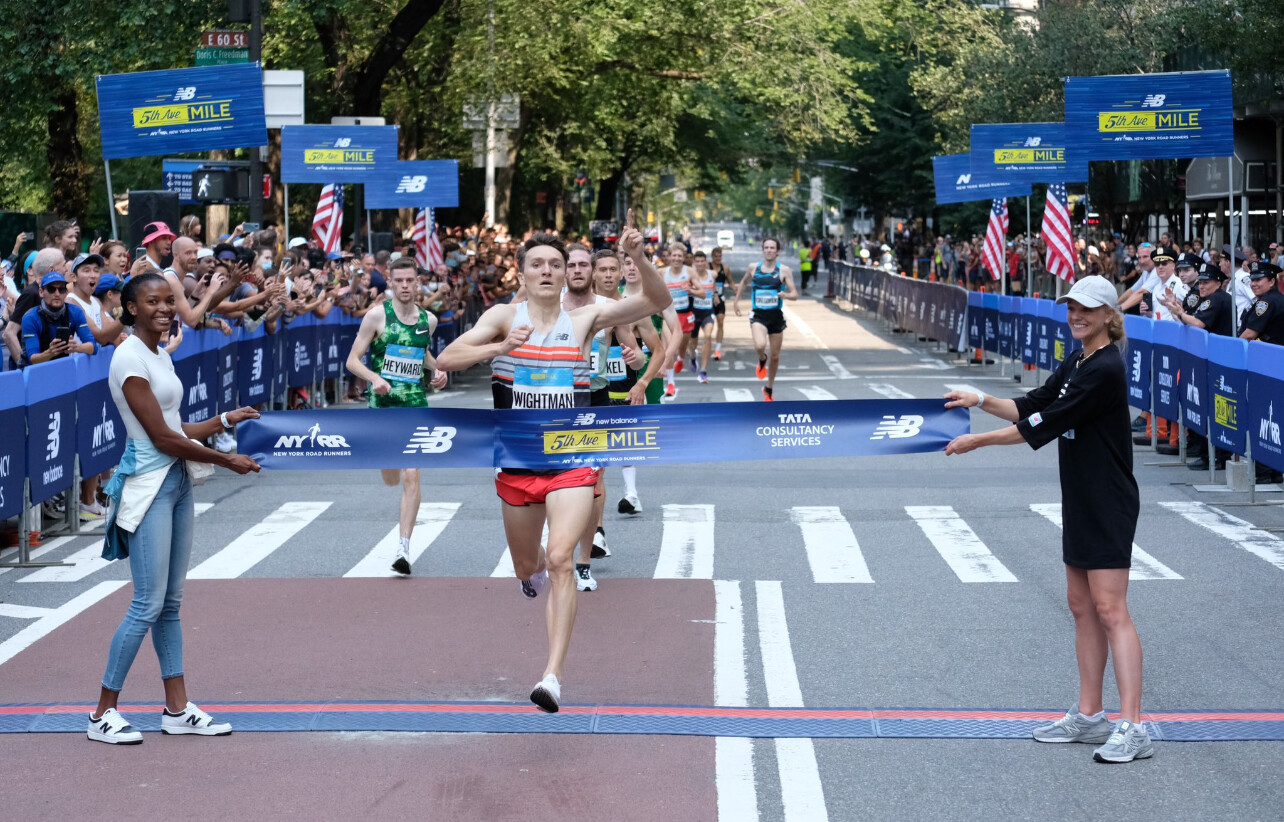
The road mile is back in the spotlight. Once overshadowed by the 5K and 10K, this short, intense race has re-emerged as a fan favorite. In cities across the U.S. and around the world, runners are lining up for high-stakes, high-speed showdowns that test both speed and tactical racing smarts.
One of the most iconic examples is the New Balance 5th Avenue Mile in New York City. Scheduled for Sunday, September 7, 2025, this legendary event draws elite professionals, masters athletes, and youth competitors for a one-mile drag race down Manhattan’s Fifth Avenue. With the skyline as a backdrop and cheering crowds lining the route, it offers one of the purest expressions of speed in road racing.
“It’s raw, it’s electric, and it’s over before you know it,” said one competitor who’s raced both marathons and the mile. “The road mile demands absolute precision—whether you’re aiming to break five minutes or six, you don’t get time to recover from a tactical mistake.”
Events like the Guardian Mile in Cleveland and the Grand Blue Mile in Iowa have followed suit, offering prize money, flat courses, and the kind of short-format excitement that appeals to both spectators and athletes. The mile, once seen as a track-specific discipline, has truly found a home on the road.
The Grand Slam of Ultrarunning
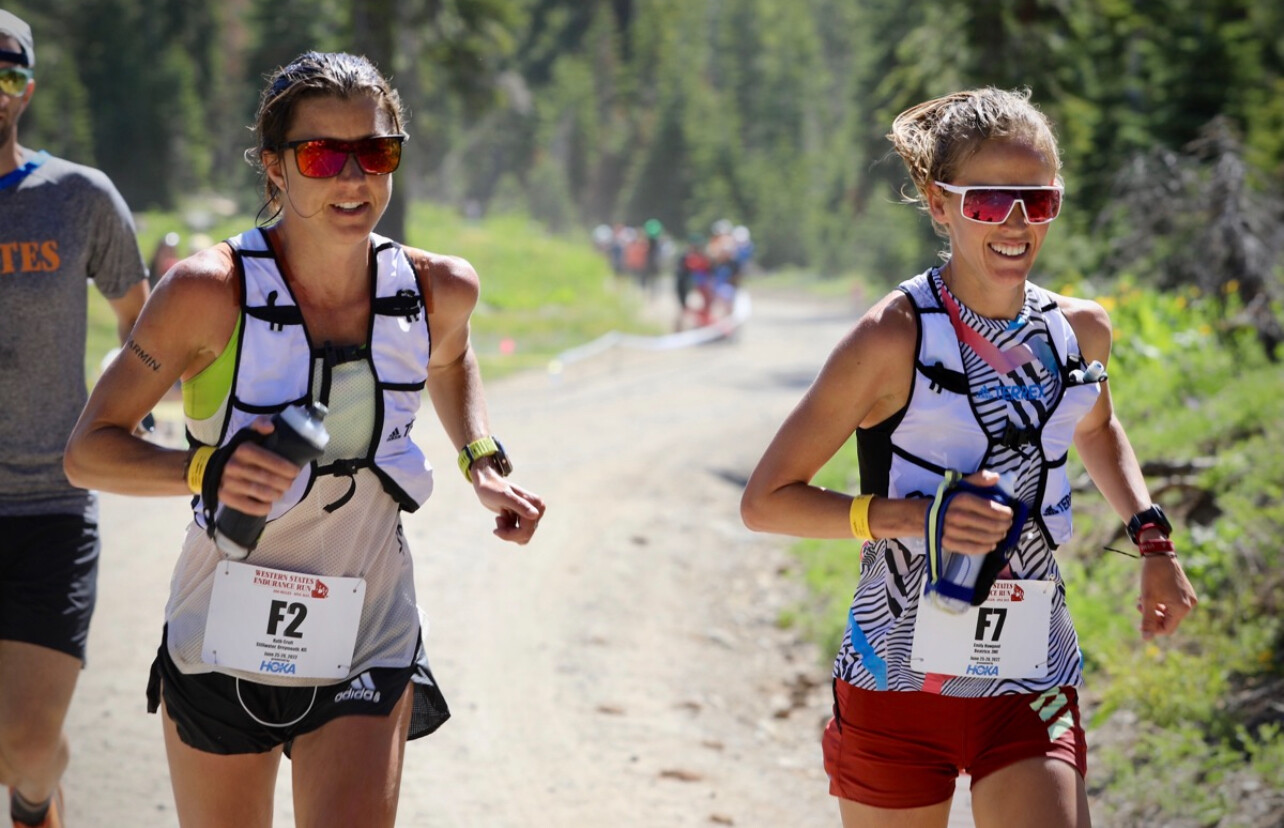
At the other extreme lies the Grand Slam of Ultrarunning—one of the sport’s most grueling and prestigious challenges. Often confused online with terms like “mile grand slam” due to the cumulative 400 miles of racing, the official name is simply The Grand Slam.
To earn this distinction, runners must complete four of the oldest and most iconic 100-mile trail races in the United States during a single summer. The core races typically include:
• Western States 100 (California)
• Vermont 100 Mile Endurance Run
• Leadville Trail 100 (Colorado)
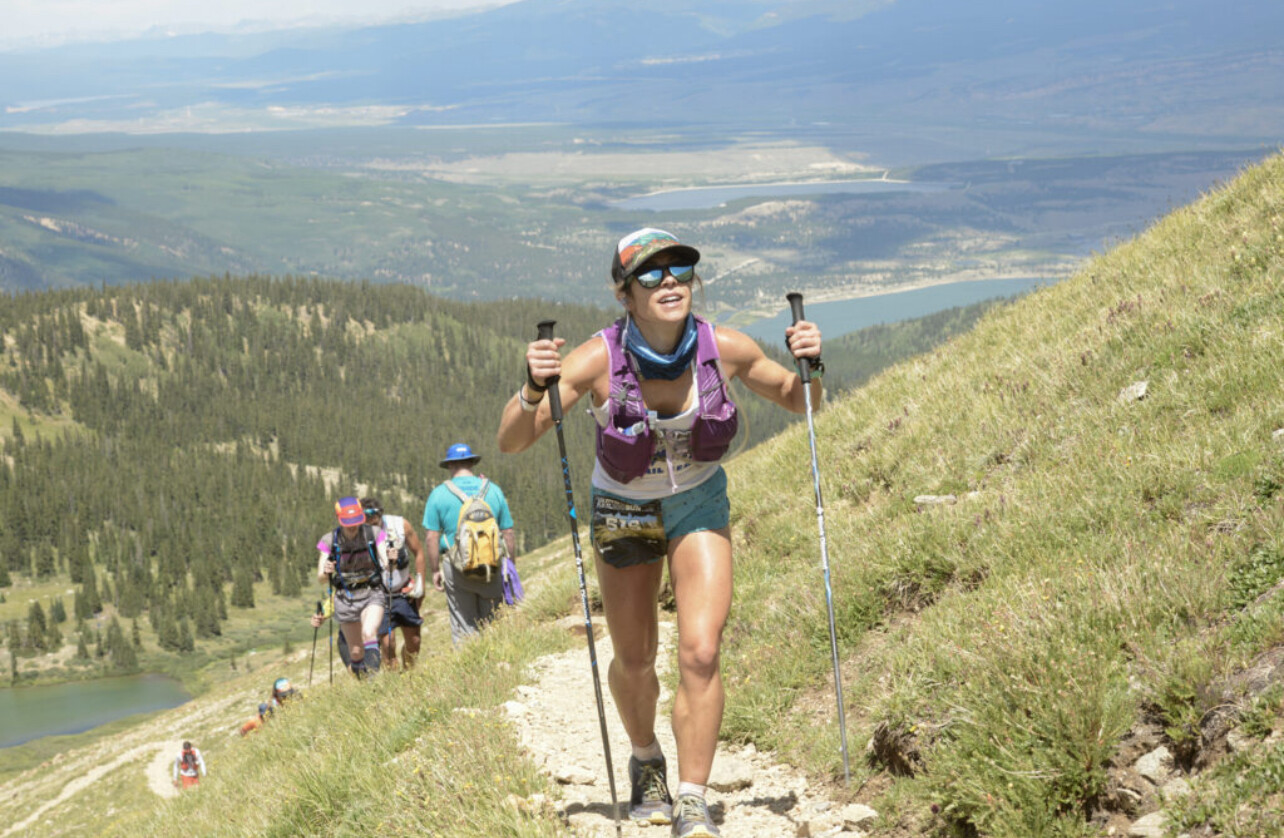
• Wasatch Front 100 (Utah)
Some years permit substitutions like the Old Dominion 100, depending on scheduling. Regardless of the lineup, the difficulty is staggering: thousands of feet of elevation gain, brutal cutoffs, altitude, heat, and sleep deprivation.
“To finish one 100-miler is an accomplishment,” said a veteran ultrarunner who’s completed the Slam. “To finish four in under 16 weeks—there’s nothing like it. It’s not about speed. It’s about survival, strategy, and heart.”
Since its formal inception in the 1980s, fewer than 400 runners have completed the Grand Slam—a testament to its difficulty and prestige.
Two Extremes, One Shared Spirit
At first glance, these two uses of the word “mile” couldn’t be more different. One is sleek and fast; the other is rugged and long. One ends before your legs even start to ache; the other pushes your limits for an entire day—and night.
But at their core, both disciplines require the same fuel: dedication, discipline, and the courage to test yourself. Whether it’s the final lean in a road mile or the final climb at mile 96 of a trail race, runners in both arenas are chasing something personal—and powerful.
Final Thought
So what does the mile mean in 2025? For some, it’s a tactical burn over 1,760 yards. For others, it’s the slow, steady march of 100 trail miles—repeated four times. Either way, the mile remains one of the sport’s most meaningful measures of challenge.
(05/03/2025) ⚡AMPby Boris Baron
From Grief to Glory: Marione Fourie Honors Coach Juan Strydom Through Victory
South African hurdler Marione Fourie has continued to excel on the track, channeling her grief into determination following the sudden passing of her longtime coach, Juan Strydom, in early April 2025. Strydom, a revered figure in South African athletics, died of a heart attack at his home in Pretoria at the age of 59.
Fourie, who has been under Strydom’s guidance since her early teens, described him as more than just a coach, referring to him as a father figure. Their partnership was instrumental in her rise to prominence, including setting the South African 100m hurdles record of 12.49 seconds in July 2024.
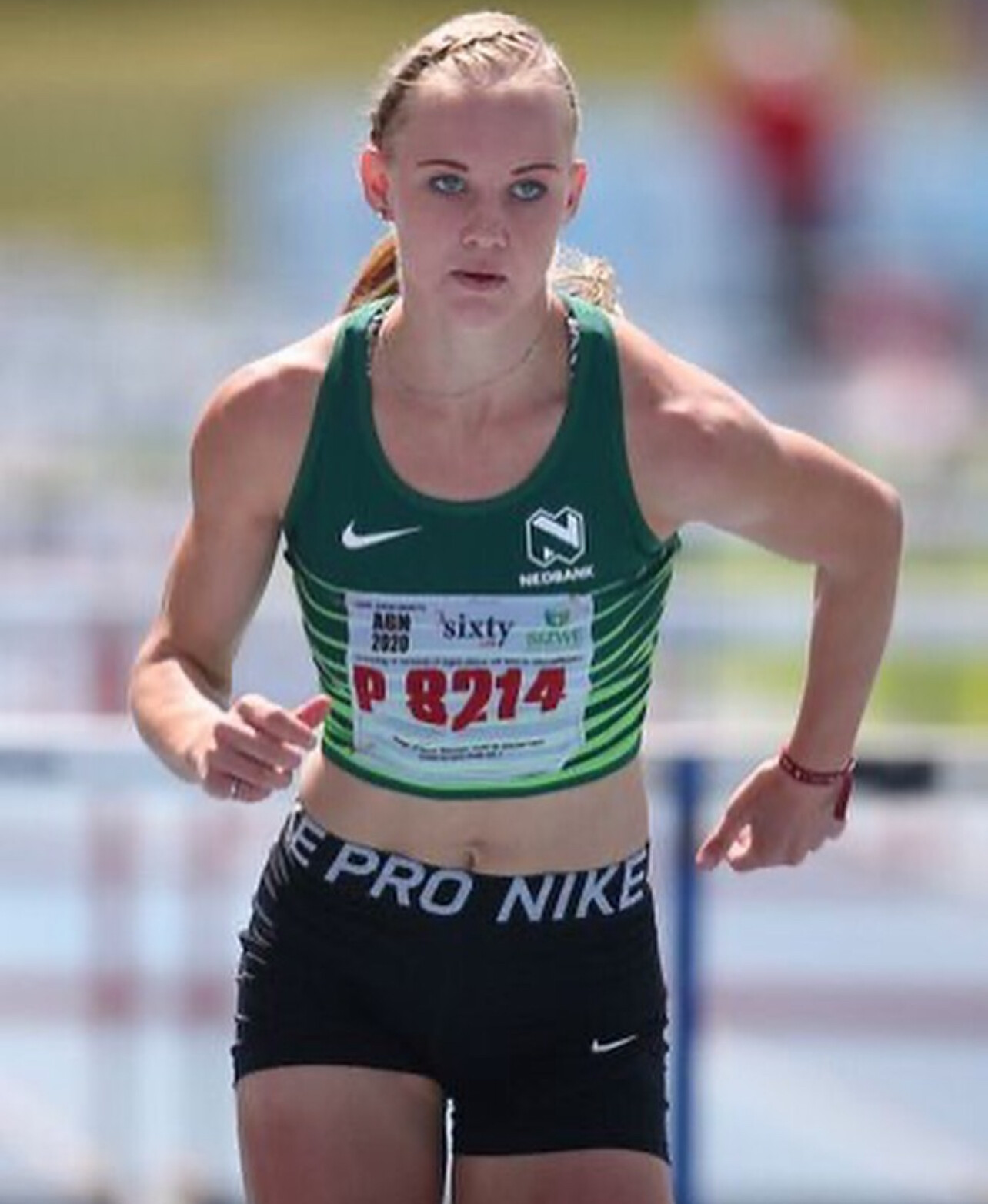
In the wake of Strydom’s death, Fourie has demonstrated remarkable resilience. She dedicated her recent victories to her late coach, stating, “I have managed to hold it together well since my coach passed away five weeks ago because I have managed to switch my mindset. I don’t like people to doubt me, and I am just running for him.”
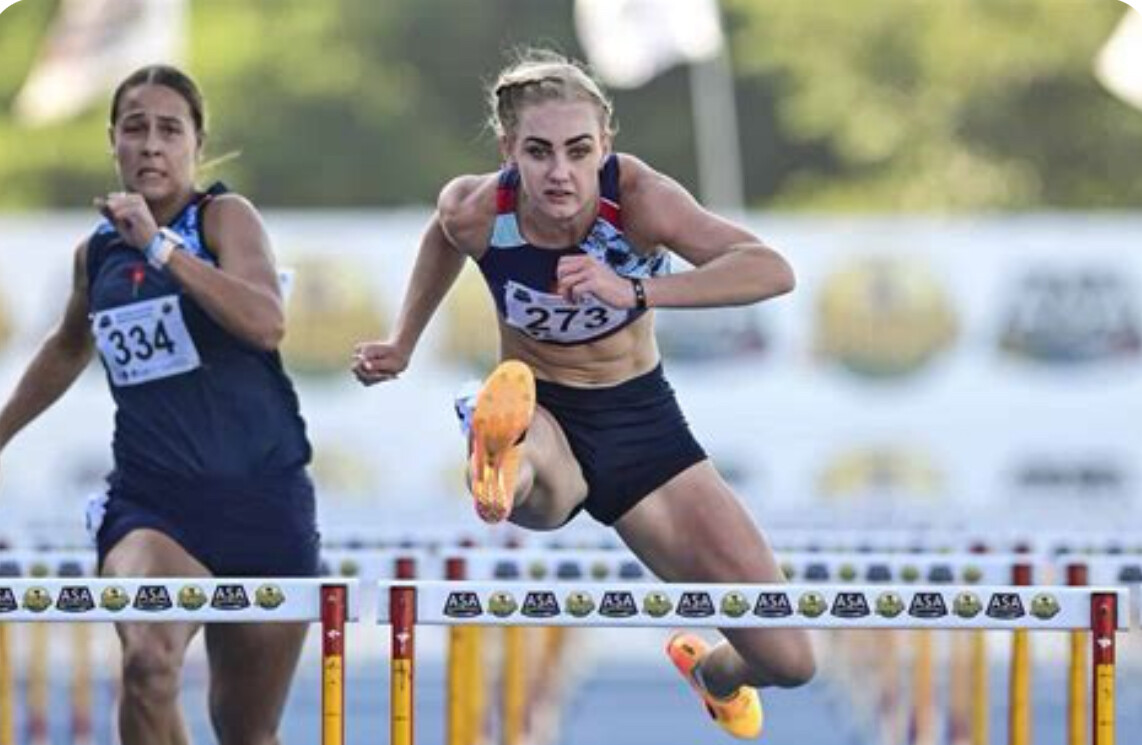
Strydom’s impact on South African athletics extended beyond Fourie. He was recognized as one of the country’s top sprint and hurdles coaches, known for his technical expertise and commitment to athlete development. His sudden passing left a significant void in the athletics community, with tributes pouring in from athletes and coaches nationwide.
As Fourie continues her athletic journey, she carries forward the legacy of her mentor, striving for excellence in honor of the man who played a pivotal role in her career.
(05/03/2025) ⚡AMPby Boris Baron
Myth Meets Mountain: Adkin and Machoka Conquer Romania’s Zmeu X-Fest
The 2025 World Mountain Running Association (WMRA) World Cup commenced on Saturday, May 3, with a dramatic and demanding debut at the Zmeu X-Fest in Câmpulung Moldovenesc, Romania. Set against the mystical backdrop of Bukovina’s pine forests and steep alpine meadows, the 19.6 km course featured a punishing 1,750 meters of elevation gain, including the infamous “Runc” climb—ominously nicknamed “The Wall.”
Women’s Race: Adkin Ascends to Victory
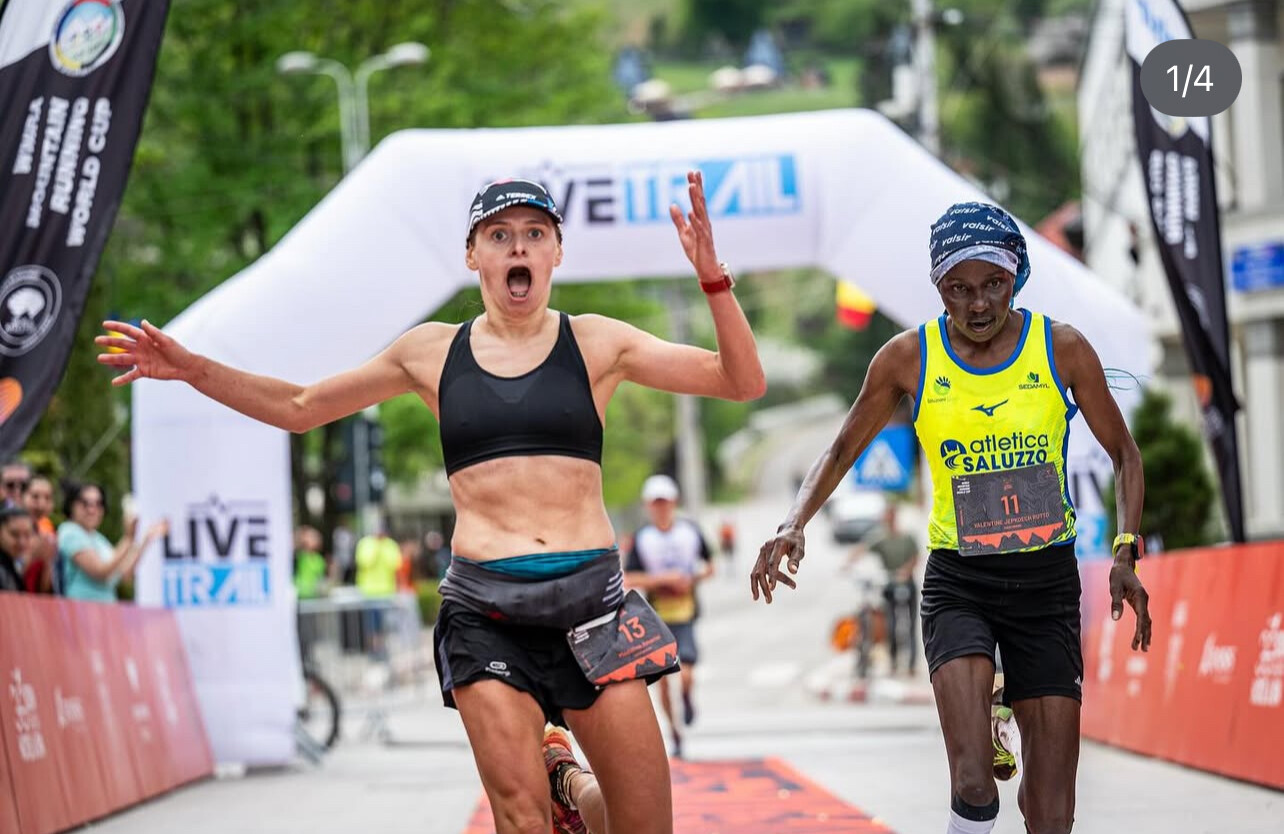
Britain’s Scout Adkin launched her World Cup campaign with a commanding performance, claiming the women’s title and finishing eighth overall. After pacing herself through the early climbs, Adkin surged ahead on the Runc ascent, pushing at an astonishing 1,700 meters per hour. She maintained her lead through the technical descents, crossing the finish line with a comfortable margin.
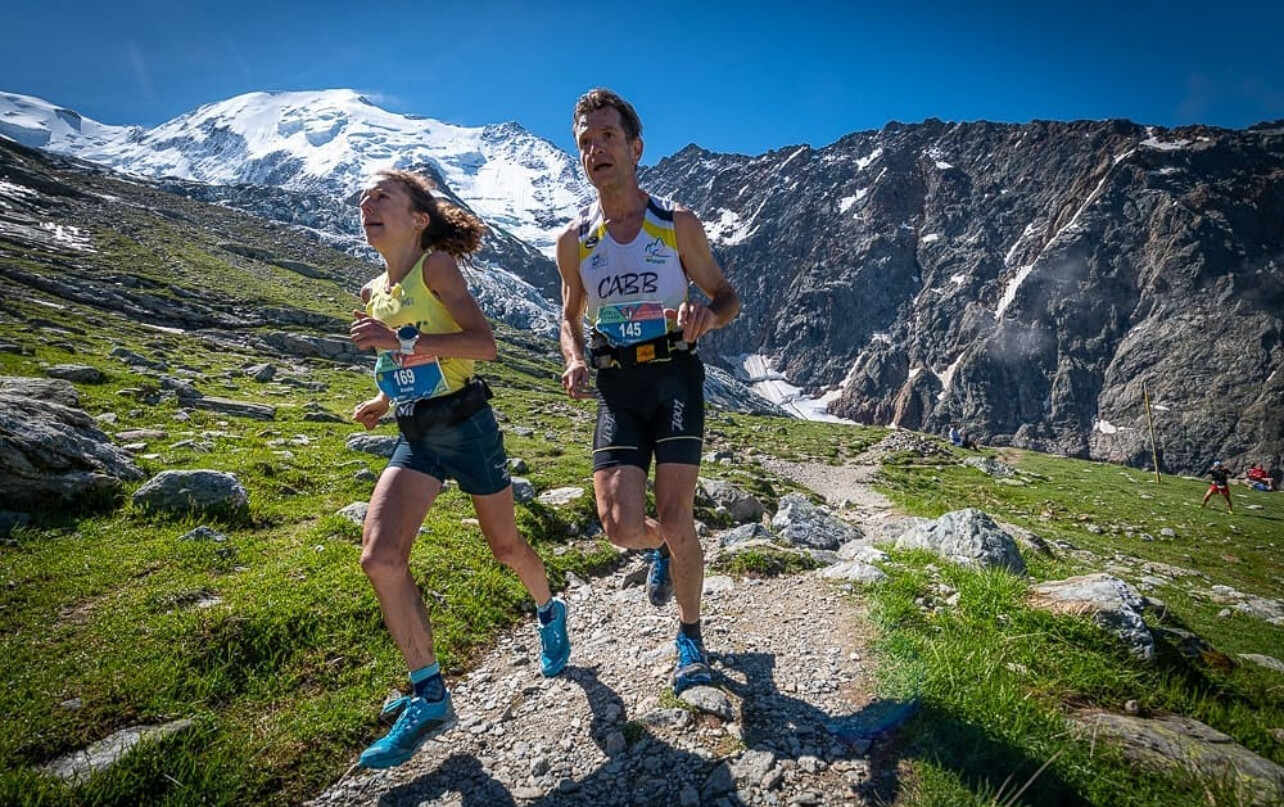
“The course is savage—but spectacular,” Adkin remarked post-race, praising both the terrain and the crowd support.
The battle for second place culminated in a rare photo finish between Kenya’s Valentine Rutto and Romania’s Mădălina Amăriei, both delivering gutsy performances on home soil.
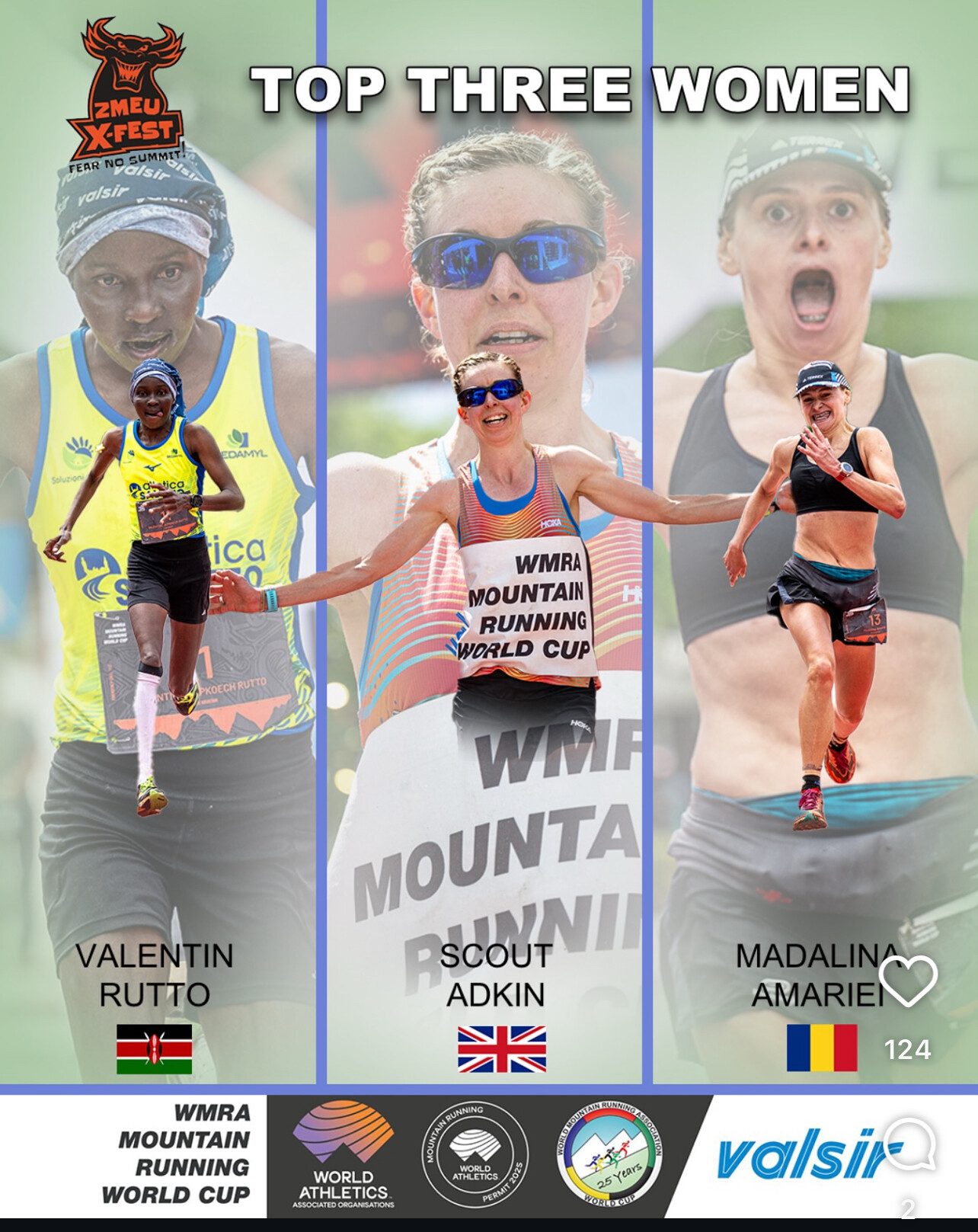
Top 3 Women’s Results:
1. Scout Adkin (Great Britain) – 2:03:18
2. Valentine Rutto (Kenya) – 2:03:33
3. Mădălina Amăriei (Romania) – 2:03:33
Men’s Race: Machoka Holds Off Late Surge
In the men’s race, Paul Machoka of Kenya delivered a masterclass in pacing and grit. Alongside compatriot Kevin Kibet, Machoka set a blistering early tempo, ascending at 2,200 meters per hour. Italian veteran Henri Aymonod mounted a fierce comeback over the final 5 km, closing a 30-second gap and nearly catching the Kenyan duo. However, Machoka held firm to secure the win in a thrilling finish.

Top 3 Men’s Results:
1. Paul Machoka (Kenya) – 1:48:52
2. Kevin Kibet (Kenya) – 1:49:13
3. Henri Aymonod (Italy) – 1:49:15
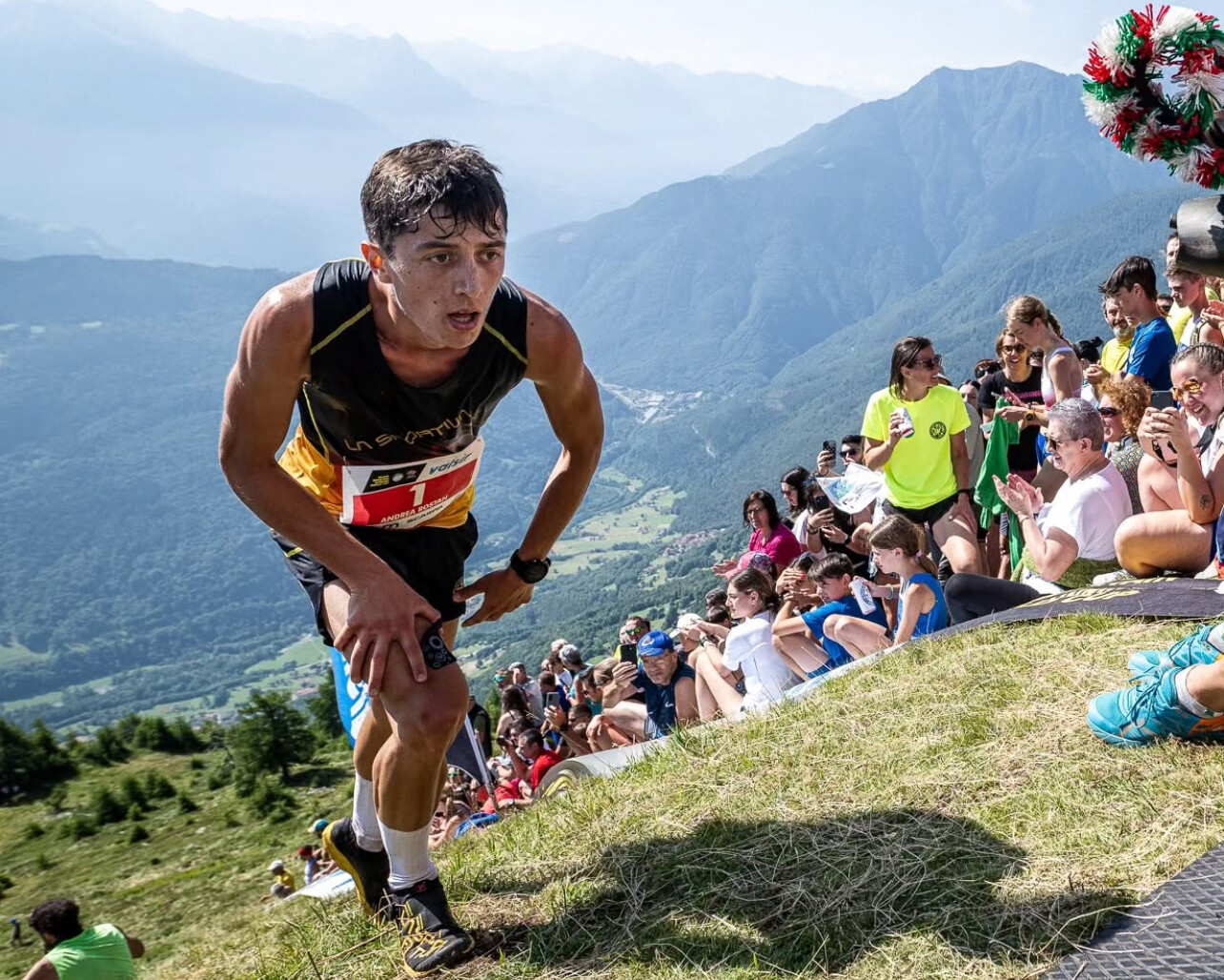
The Zmeu X-Fest, named after a dragon-like figure from Romanian folklore, proved a fittingly epic start to the 2025 WMRA World Cup. With its blend of cultural heritage and extreme terrain, the race set a high bar for the season ahead. Next, the series moves to Italy for the Vertical Nasego and Trofeo Nasego events on May 24–25.
(05/03/2025) ⚡AMPby Boris Baron
Fast Finishes in Indy as Hacker and Andrews Claim 5K Crowns
On a crisp morning in downtown Indianapolis, the 2025 USATF 5 km Championships delivered thrilling finishes and fast times, with Olin Hacker and Josette Andrews emerging as national champions.
In the men’s race, Olin Hacker of HOKA Northern Arizona Elite made a decisive move in the final kilometer, pulling away from a tightly packed lead group. His surge proved untouchable, and he crossed the finish line in 13:31.93 to claim the national title. Casey Clinger of Brooks was just a stride behind in 13:33.04, with Hacker’s teammate Ahmed Muhumed rounding out the podium in 13:36.88—completing a trio of sub-13:40 finishers.
Men’s Top 10 Finishers
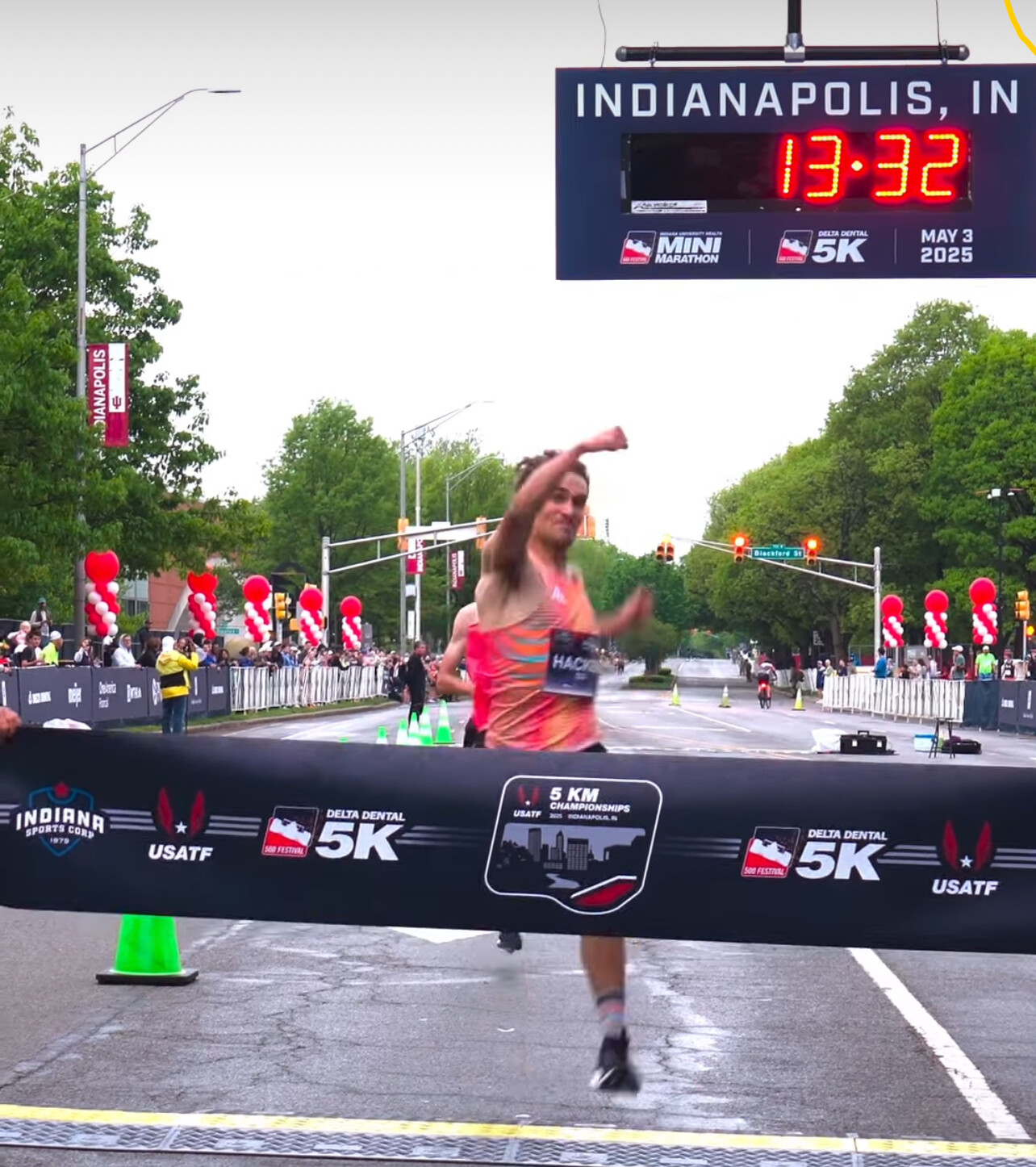
1. Olin Hacker (HOKA NAZ Elite) – 13:31.93
2. Casey Clinger (Brooks) – 13:33.04
3. Ahmed Muhumed (HOKA NAZ Elite) – 13:36.88
4. Morgan Beadlescomb (adidas) – 13:39.50
5. Graham Crawford (Reebok) – 13:42.10
6. Reed Fischer (Tinman Elite) – 13:44.75
7. Sam Chelanga (Nike) – 13:47.30
8. Ben Flanagan (On Running) – 13:49.60
9. Emmanuel Bor (U.S. Army) – 13:52.25
10. Eric Avila (HOKA) – 13:54.80
In the women’s race, Josette Andrews showed impressive strength and timing, kicking hard in the final stretch to take the win in 15:12.34. Emily Infeld of Nike followed closely in 15:14.50, and Karissa Schweizer of Bowerman Track Club secured third in 15:16.75, as the top trio pushed each other to the line.
Women’s Top 10 Finishers
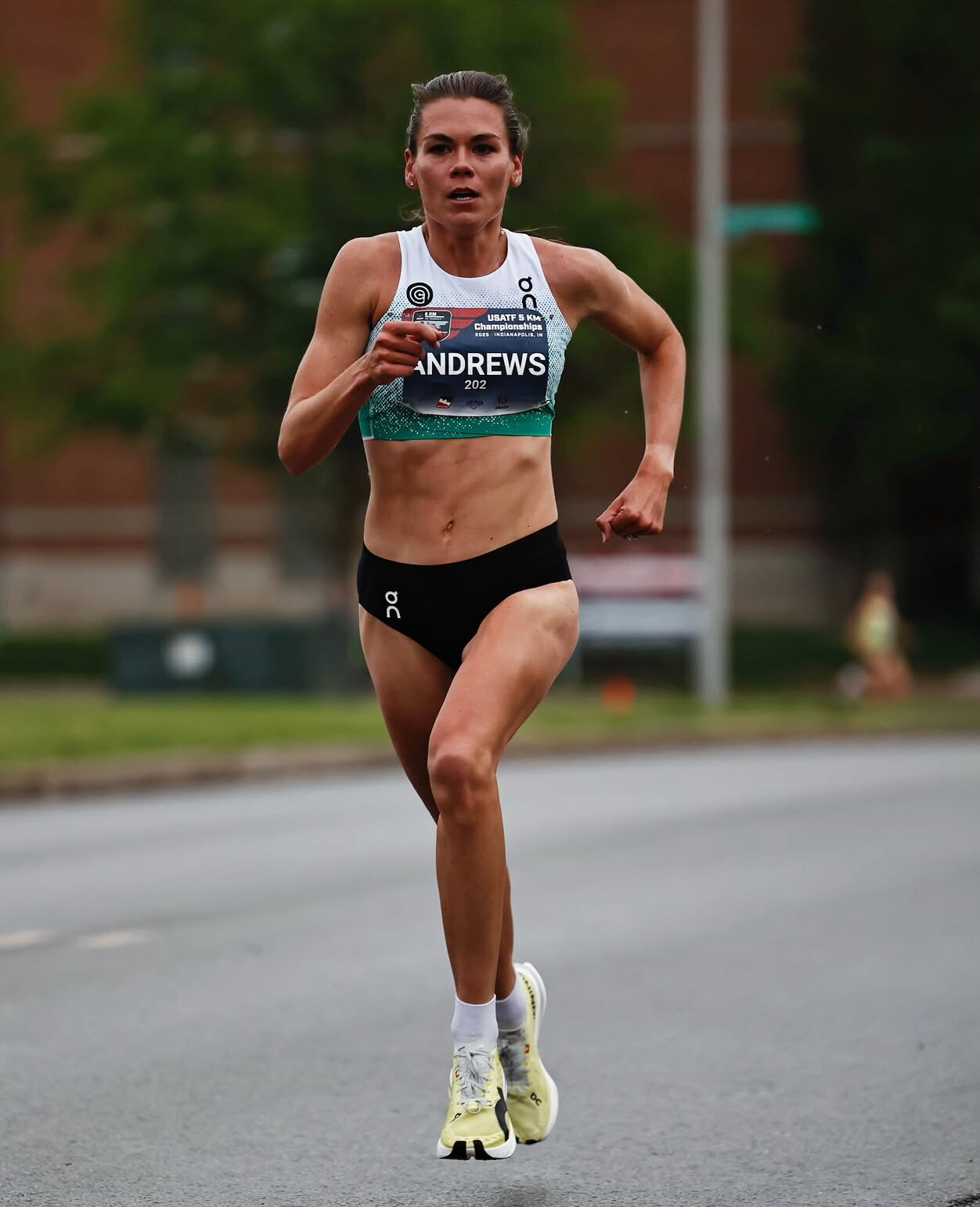
1. Josette Andrews – 15:12.34
2. Emily Infeld (Nike) – 15:14.50
3. Karissa Schweizer (Nike Bowerman TC) – 15:16.75
4. Elly Henes (adidas) – 15:19.20
5. Rachel Schneider (Under Armour) – 15:22.85
6. Abbey Cooper (New Balance) – 15:25.40
7. Molly Seidel (Saucony) – 15:28.95
8. Vanessa Fraser (Nike) – 15:31.50
9. Emily Lipari (adidas) – 15:34.05
10. Natosha Rogers (Hansons-Brooks) – 15:36.60
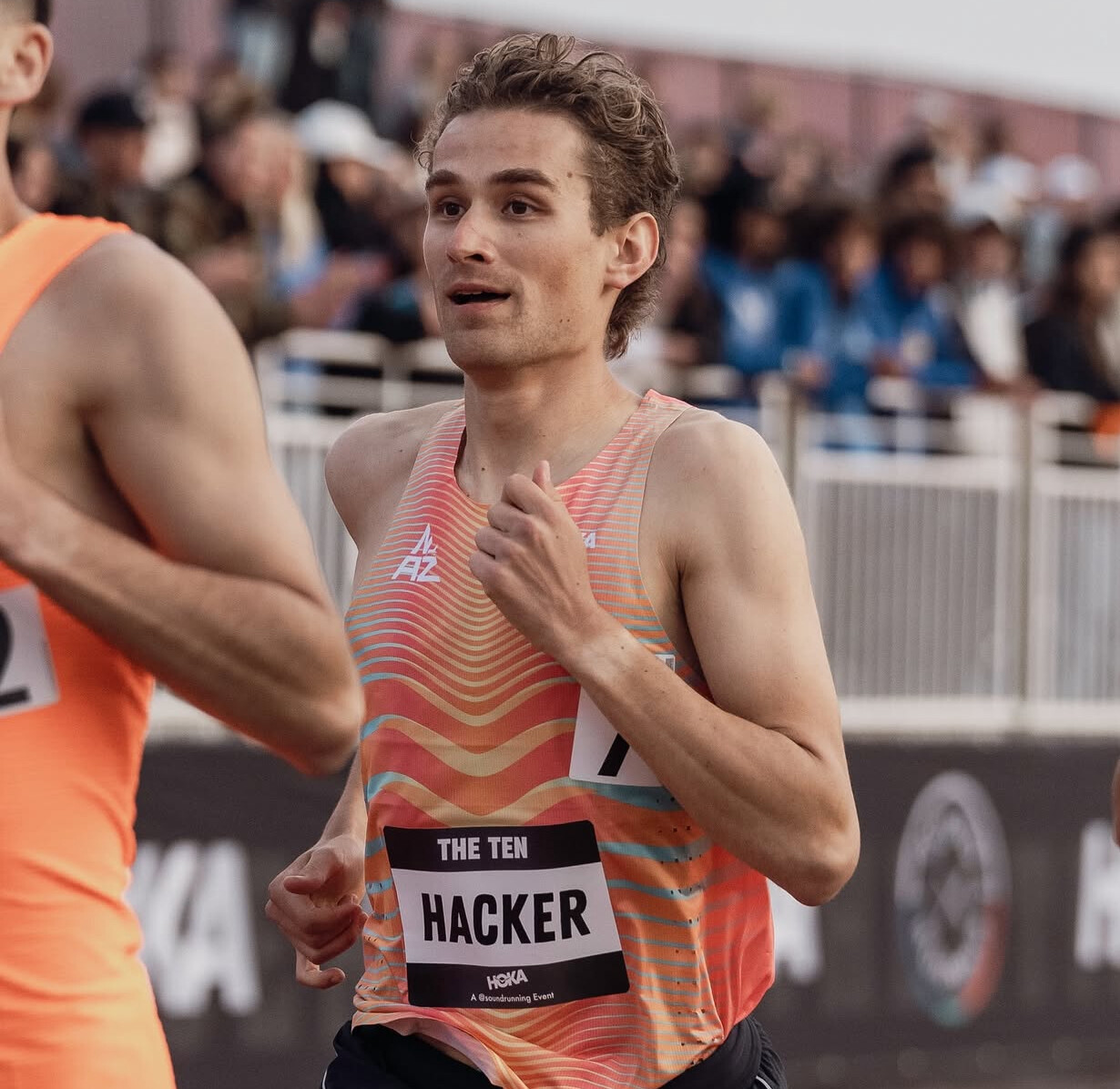
The performances in Indianapolis set the tone for what promises to be a fast and competitive summer racing season across the U.S. road circuit.
(05/03/2025) ⚡AMPby Boris Baron
OneAmerica 500 Festival Mini-Marathon
The mission of the 500 Festival is to produce life-enriching events and programs while celebrating the spirit and legacy of the Indianapolis 500 and fostering positive impact on the city of Indianapolis and state of Indiana. As an organization providing multiple events and programs, many of which are free to attend and impact over 500,000 people annually, our mission to...
more...Nike Returns to Its Roots with Portland Marathon Sponsorship
Nike has been announced as the official footwear and apparel sponsor of the 2025 Portland Marathon, marking a major hometown collaboration for the iconic Oregon-based brand. All participants in the October 5 event will receive Nike-branded race shirts and official merchandise.
This partnership goes beyond gear. Nike will also provide pre-race activations, curated runner experiences, and community engagement opportunities through its employee network and Nike Running community.
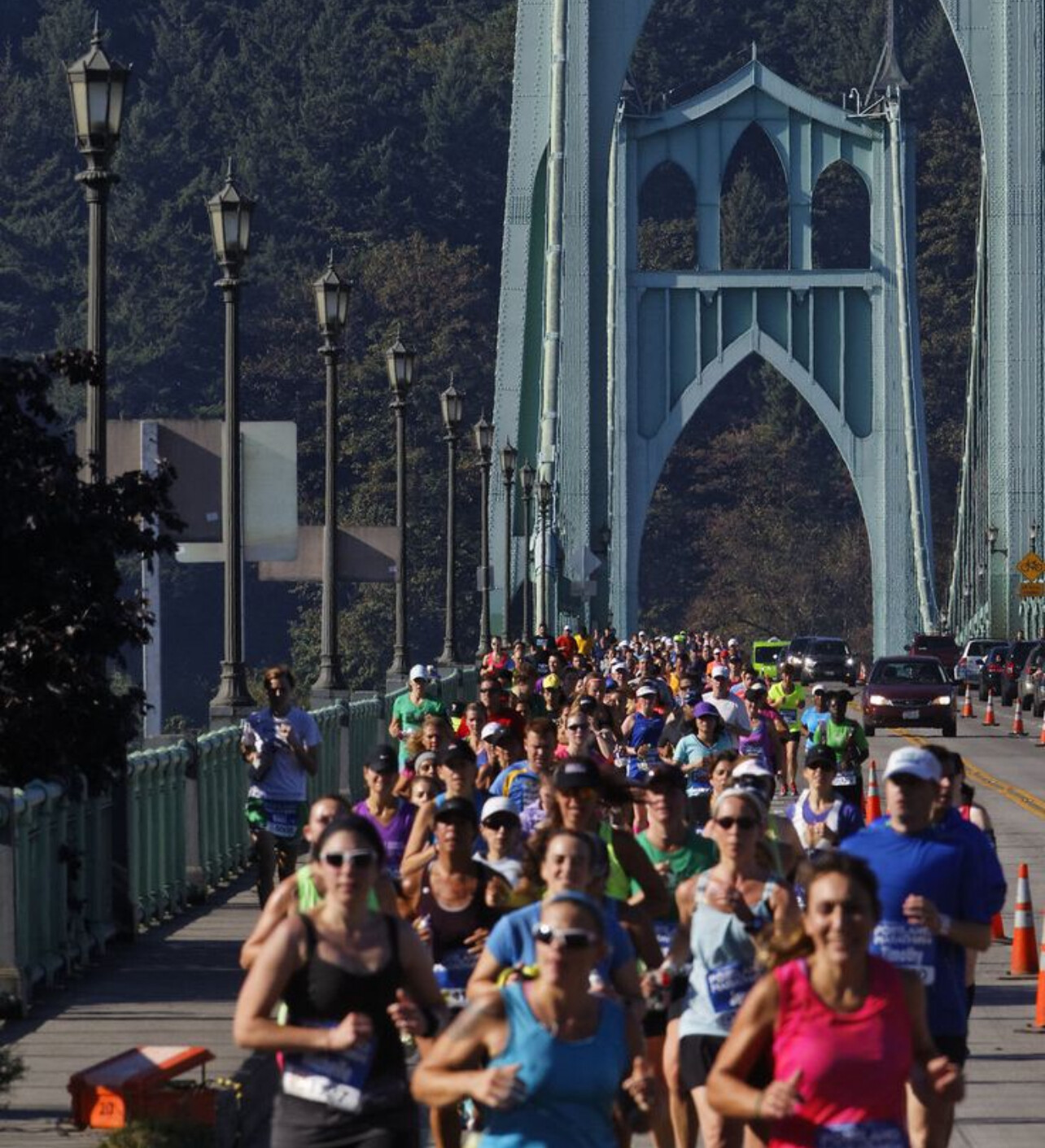
“Ever since we took over the Portland Marathon in 2019, we’ve dreamed of teaming up with Nike,” said Darrell Phippen, Head of Events at Brooksee, the race’s organizer. “It’s a perfect match—an iconic race and an iconic brand, both rooted in Oregon.”
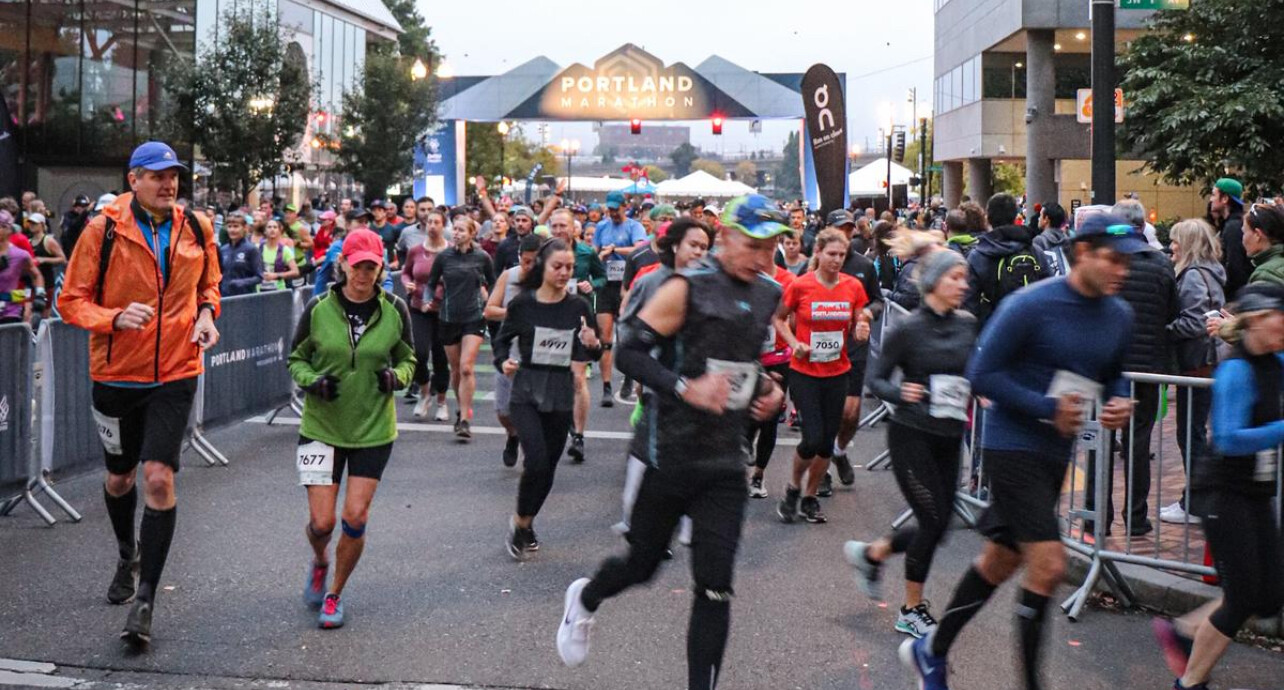
The move may signal a return to grassroots support from Nike, reminiscent of its early days backing local events and clubs. With rising criticism that major brands have become too focused on elite performance and global campaigns, this type of community-oriented partnership stands out. It follows similar efforts like Nike’s re-engagement with local run clubs and their sponsorship of grassroots programs in Chicago and Los Angeles.
(05/03/2025) ⚡AMPby Boris Baron
Portland Marathon
Portland is the unrivaled leader of the running world. It is the birthplace of the American distance running movement. It is home to several of the world's largest brands in the active lifestyle industry as well as the most talented athletes in the sport. People get running here. Businesses, schools, non-profits, and kids get excited about it. Add that local...
more...Records Fall on Day One at Grand Slam Track Miami
The opening day of the Grand Slam Track meet in Miami lived up to its billing as one of the most exciting events on the global track calendar. Held at the Ansin Sports Complex on May 2, the meet delivered fast times, dramatic finishes, and a new American record—all under sunny Florida skies.
Masai Russell Breaks American Record in 100m Hurdles
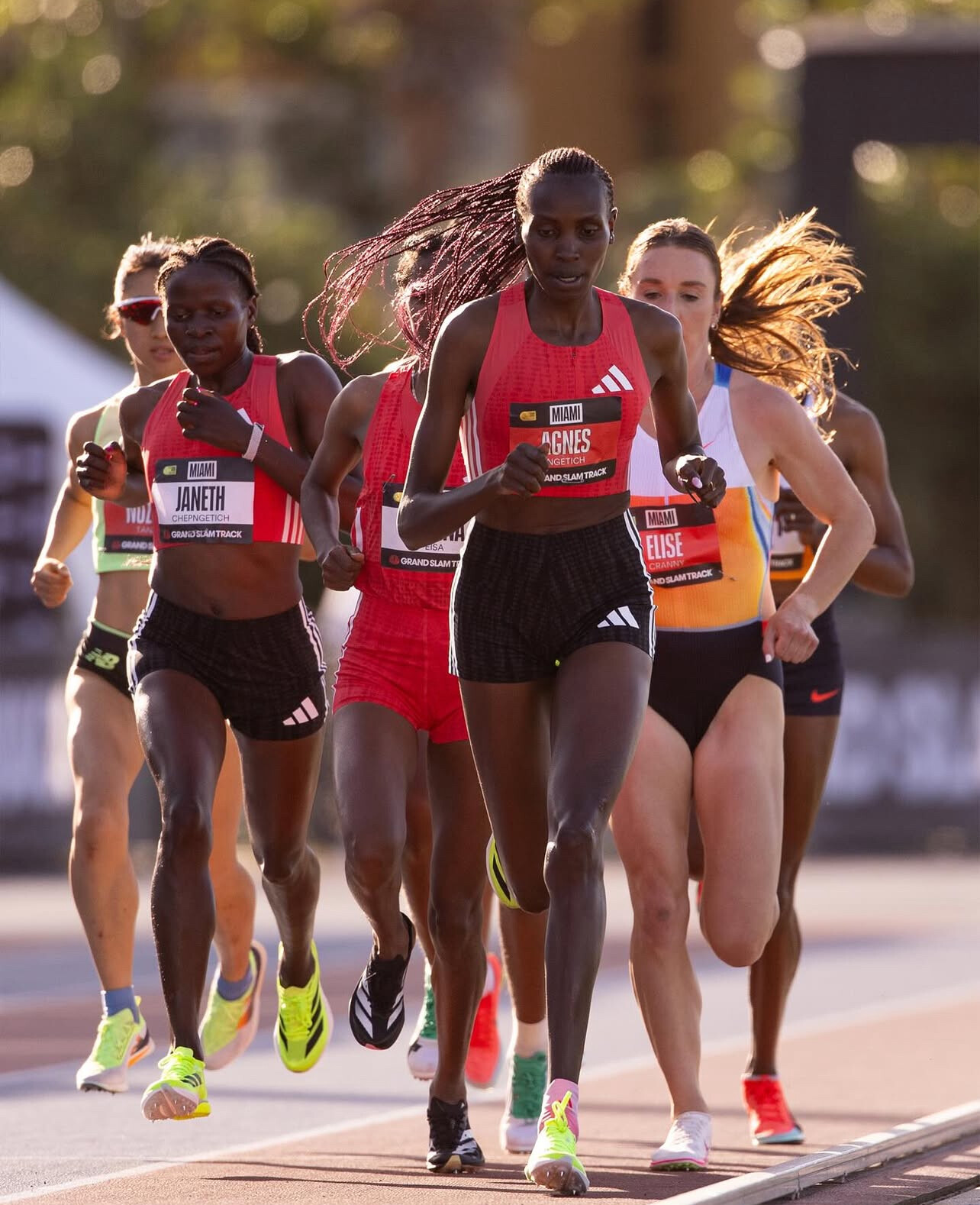
Olympic gold medalist Masai Russell stole the spotlight by breaking the American record in the women’s 100m hurdles, clocking an incredible 12.17 seconds. The performance makes her the second-fastest woman in history behind Nigeria’s Tobi Amusan. In a race stacked with talent, Tia Jones followed closely in 12.19—now the third-fastest time ever—and Jamaica’s Ackera Nugent rounded out the podium with 12.34.
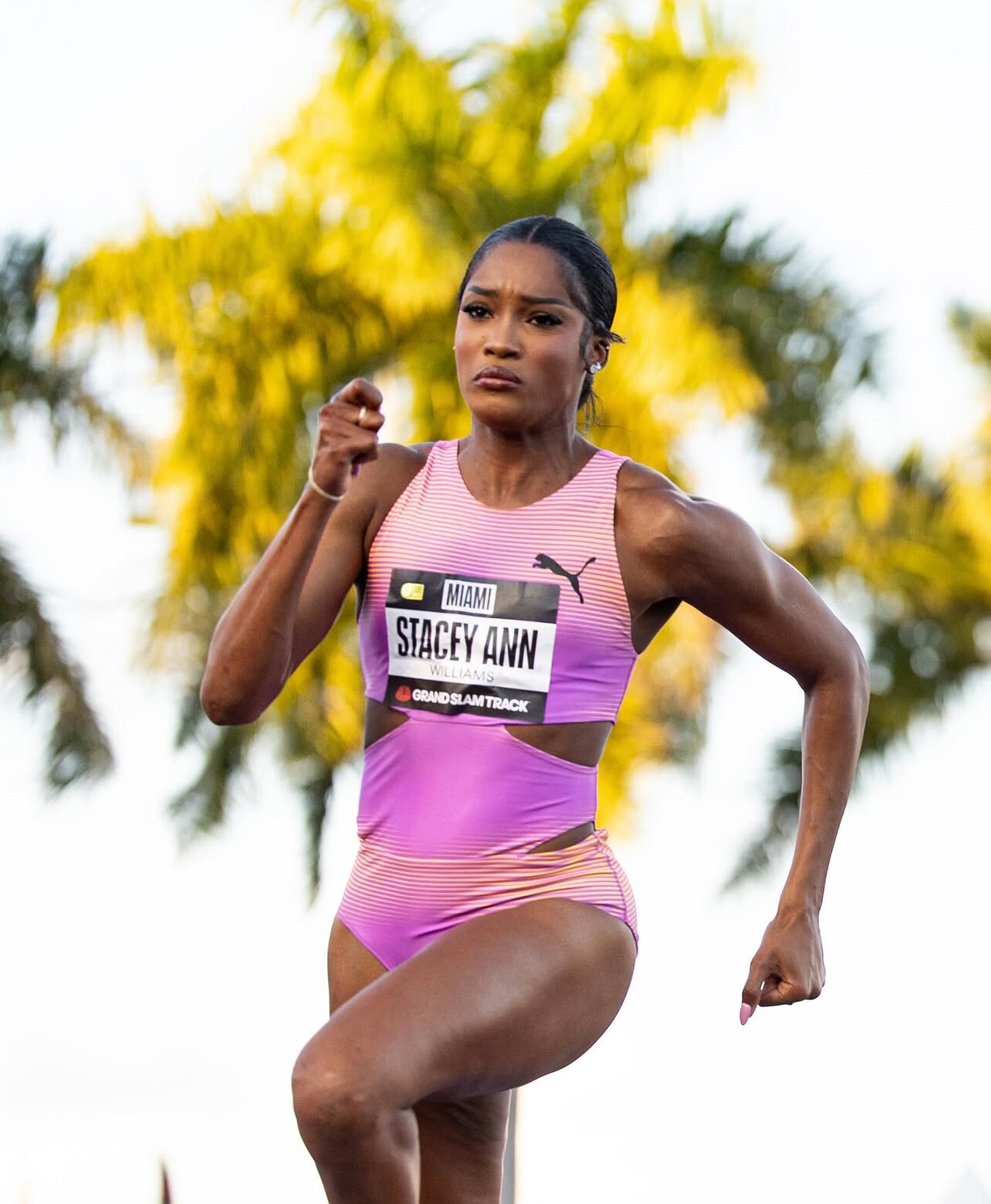
Melissa Jefferson-Wooden Sprints to 100m Win

In the women’s 100m, Melissa Jefferson-Wooden delivered a statement win with a wind-aided 10.75, continuing her strong 2025 campaign. Tamari Davis and Favour Ofili followed in a fiercely contested race that highlighted the depth of American sprinting.
Josh Kerr Outkicks Nuguse in 1500m Showdown
Great Britain’s Josh Kerr triumphed in a thrilling men’s 1500m, edging out top Americans Yared Nuguse and Cole Hocker with a 3:34.51 finish. Kerr’s victory marked a confident return to form after a quieter performance in Kingston earlier in the season.
World Lead for Jereem Richards in 200m
Trinidad & Tobago’s Jereem Richards ran a world-leading 19.86 in the men’s 200m, narrowly holding off Alexander Ogando of the Dominican Republic. Meanwhile, Marileidy Paulino continued her dominance in the women’s 400m, winning in 49.21 over Salwa Eid Naser.
Irish Victory in the 3000m
Ireland’s Andrew Coscoran claimed the men’s 3000m title with a time of 8:17.56, edging out American Grant Fisher and Great Britain’s George Mills. The distance event proved to be one of the day’s most tactical and tightly packed races.
Ngetich Leads Kenyan Charge in 5000m
Kenya’s Agnes Jebet Ngetich controlled the women’s 5000m from the gun, finishing in a commanding 14:25.80. Ethiopia’s Medina Eisa and Hirut Meshesha gave chase, but couldn’t close the gap—another chapter in the ongoing Kenya-Ethiopia distance rivalry.
What’s Next
With more events set for the weekend, the Grand Slam Track’s Miami stop is already shaping up to be one of the season’s most memorable. The combination of elite talent, fast conditions, and prize money incentives has brought the very best to the starting line—and the fans are reaping the rewards.
(05/03/2025) ⚡AMPby Boris Baron
Why Negative Splits Win Races and How to Master Them
For serious runners chasing personal records and breakthrough performances, mastering the negative split can be a game-changer. A negative split means running the second half of a race faster than the first—and while it sounds simple, it requires discipline, pacing, and confidence.
Elite marathoners like Eliud Kipchoge and Paula Radcliffe have used negative split strategies to break records and win major races. Kipchoge’s historic sub-2-hour marathon in Vienna was executed with near-perfect even splits, and many of his victories were sealed with strong second halves.
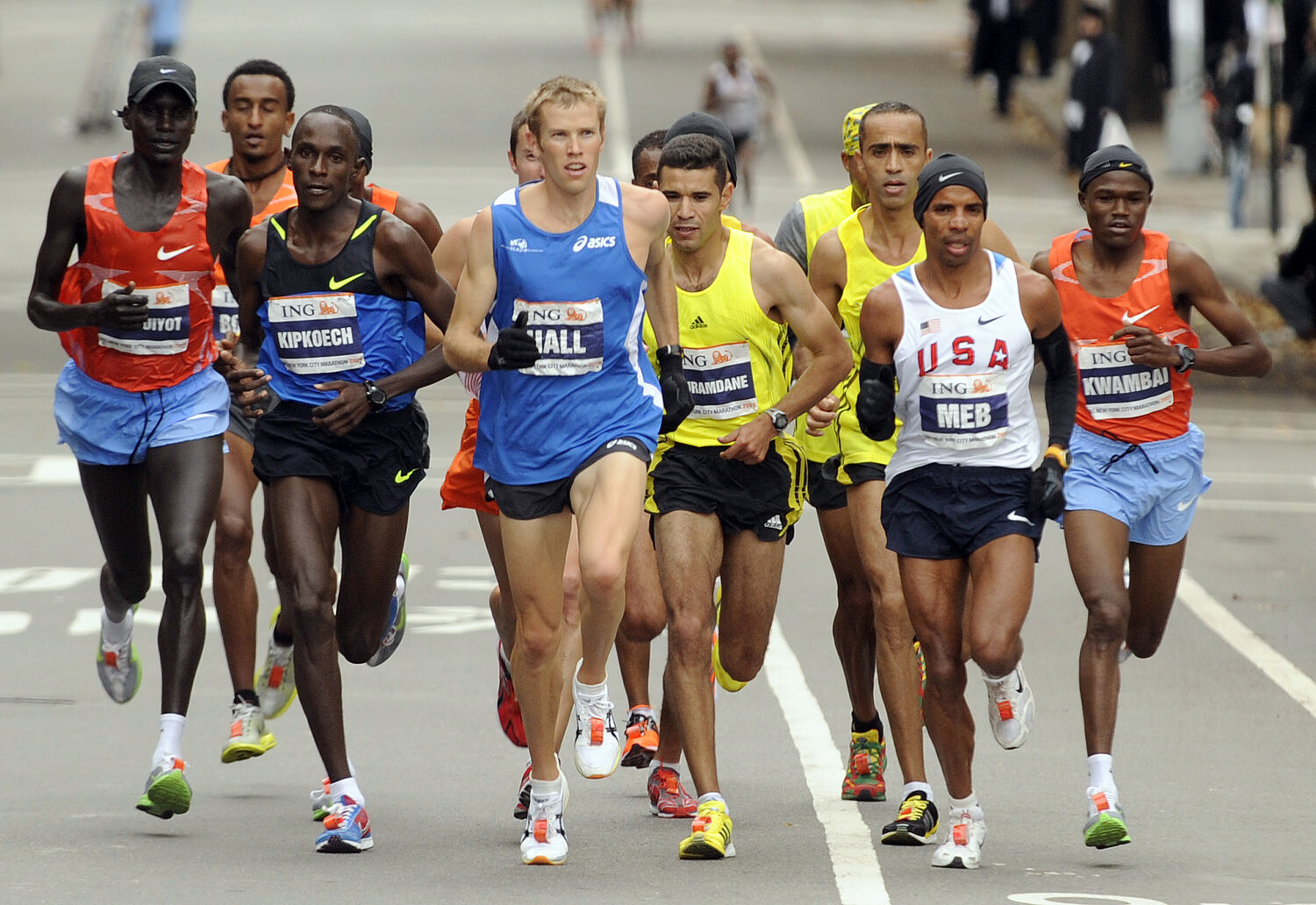
Why It Works
Running a negative split allows you to conserve energy early, delay fatigue, and surge when it counts most. By holding back slightly in the first half, you avoid lactate buildup and maintain better control. Mentally, it can be a major boost—there’s nothing more empowering than passing fading runners in the final miles.
Pacing too fast early is a common mistake, even among experienced runners. But a controlled first half followed by a confident finish often leads to faster times, stronger performances, and more satisfying races.
Bob Anderson’s Progressive Step-Up Method
Bob Anderson, founder of Runner’s World and owner of KATA Portugal at Anderson Manor and KATA Kenya, has long believed in the power of progressive step-ups in training. “Every mile needs to be faster than the one before,” he says.
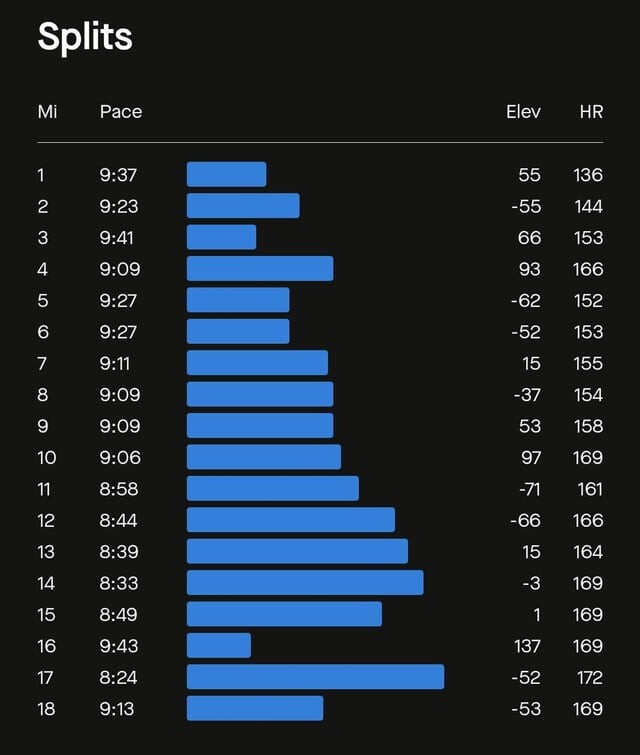
At age 53, Anderson ran a ten-mile race in 59:17 using this principle. In one key workout leading up to the race, he ran six one-mile repeats, starting with a 5:47 and finishing with a 5:17—each one faster than the last. His rest periods ranged from three to five minutes, enough to regroup but not fully recover. Once he felt ready to run faster, he did.
Even if you don’t run negative splits during a race, training this way helps build the strength, stamina, and mental focus needed to finish fast and stay in control.
How to Train for Negative Splits
Want to incorporate this strategy into your training? Try the following:
• Progression Runs: Start easy and increase pace gradually every few miles.
• Tempo Finishes: End long runs with 2–3 miles at goal pace or faster.
• Split Tempos: Run the second half of a tempo run faster than the first.
• Step-Up Intervals: Run repeats with each one faster than the last to simulate race finish intensity.
Pacing on Race Day
A successful negative split starts with patience. Know your goal pace and run slightly slower for the first few miles. Let others surge ahead—your time will come. For the marathon, aim to reach the halfway point feeling strong and confident. Then turn it up.
Final Thoughts
Negative splits aren’t just a strategy—they’re a mindset. With smart training, steady pacing, and progressive workouts, you’ll not only race faster—you’ll finish stronger. Whether you’re chasing a new PR or just want to run your best race yet, mastering this approach can take your performance to the next level.
(05/02/2025) ⚡AMPby Boris Baron
Miles with Daisy: The Joy of Running with My Dog
By Bob Anderson
Running has been a cornerstone of my life for decades. Since July 4, 2018, I’ve averaged 45.5 miles per week, a routine that keeps me grounded and energized. In March 2020, my running journey took on new meaning when I rescued Daisy, a spirited little dog from the streets of Mexico. Since then, Daisy has become my steadfast running partner, averaging over 30 miles per week alongside me.

Daisy’s enthusiasm and unwavering spirit have not only enriched my runs but also helped me maintain and even increase my weekly mileage. Her presence adds joy and motivation to each stride, reminding me of the simple pleasures found in shared moments.
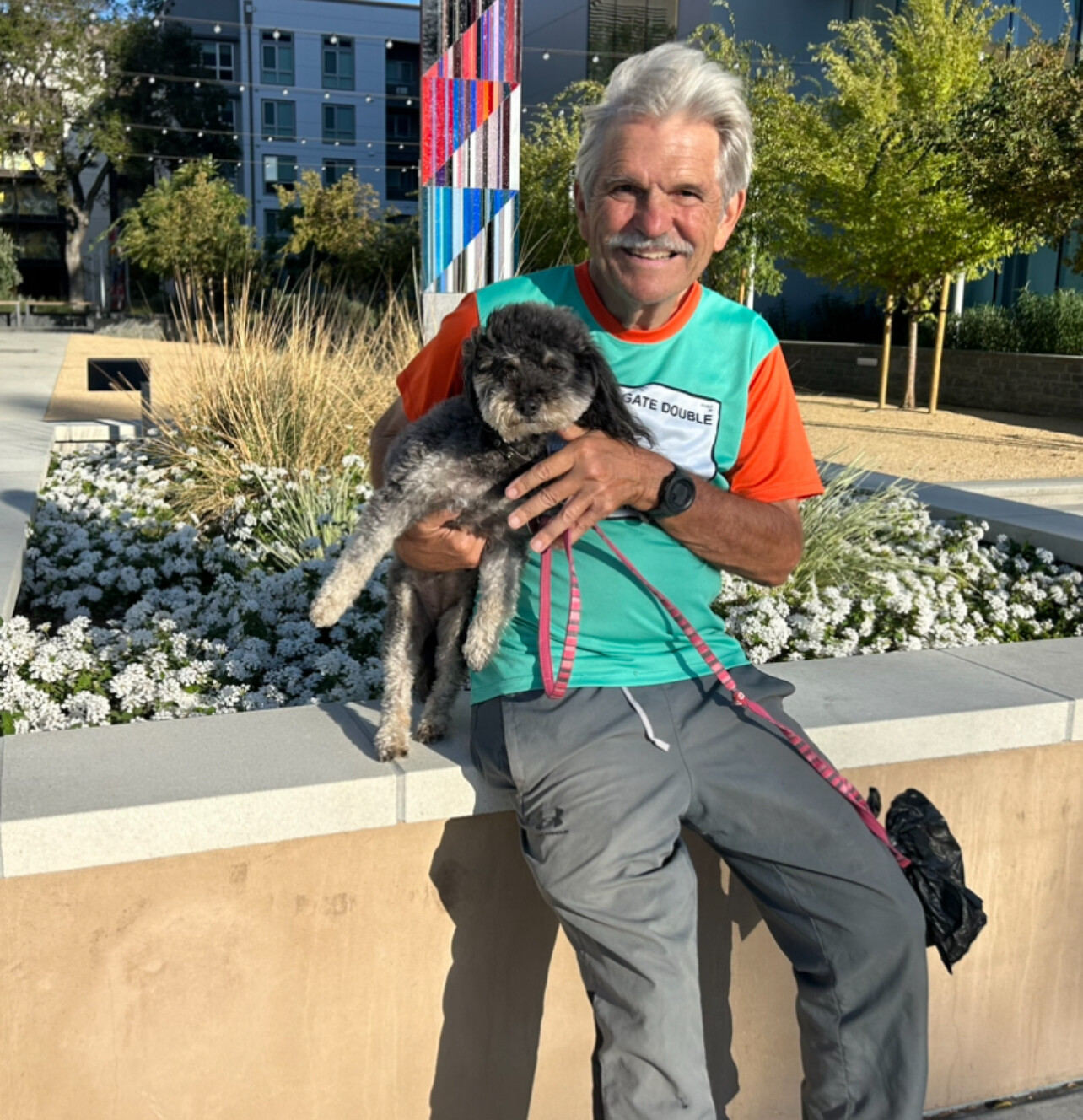
Benefits of Running with Your Dog
Running with a dog offers numerous benefits beyond physical fitness. It strengthens the bond between human and canine, provides mental stimulation, and brings joy to both parties. However, it’s essential to ensure your dog is healthy and suited for running. Consult with a veterinarian before starting, and gradually build up your dog’s endurance. Using appropriate gear, like a well-fitting harness and a sturdy leash, can make the experience safer and more comfortable for both of you.

Safety Considerations
Safety is paramount when running with your dog. Be mindful of weather conditions, as extreme temperatures can be harmful. Ensure your dog stays hydrated, and choose running surfaces that are gentle on their paws. Training your dog to run at your side and respond to commands can prevent accidents and make your runs smoother.
Conclusion
Incorporating your dog into your running routine can transform a solitary exercise into a shared adventure, enriching both your lives. With proper preparation and attentiveness to your dog’s needs, running together can become a rewarding and enduring practice.
Note: Always consult with a veterinarian before starting any new exercise regimen with your dog to ensure it’s safe and appropriate for their specific health needs.
(05/02/2025) ⚡AMPby With Boris Baron
Can Robots Really Replace Human Hands in Making Running Shoes?
Some people think the answer to making running shoes in the United States is simple: just use robots. Let’s explore this concept, says lifelong runner and publisher Bob Anderson, who recently sparked a lively conversation online after posting, “It’s just not realistic to imagine an American company finding enough labor in the U.S. to make running shoes.”
Anderson’s concern is shared by many runners who are watching shoe prices soar. “At this rate,” he added, “running shoes could cost $400 or more unless companies sacrifice their markup—which could cause other problems.”

So, could robotics be the solution?
“It’s never too late,” one reader commented on Facebook. “Eventually shoes will be manufactured using robotics. Imagine how inexpensive shoes will be then.”
It’s a logical idea. Automation has changed industries from cars to electronics. But as Anderson and others pointed out in the thread, running shoes are a unique challenge. The materials are flexible, the stitching is complex, and every design has slight variations. Even with advances in AI and robotics, there’s still no fully automated way to produce a quality performance shoe from start to finish.
Lan Rupf responded: “Years ago, Steve Jobs wanted to manufacture in Fremont using automation. It couldn’t be done. Same for Elon’s wish. It’s just too expensive and too complex.” Last photo Bob's current shoes.
Let’s talk numbers. A full robotic setup capable of handling key parts of shoe production can cost upwards of $500,000–$750,000 when you factor in software, installation, and maintenance. If each pair of shoes saves $2.50 in labor costs compared to overseas production, a company would need to manufacture 300,000 pairs over five years just to break even. That’s 60,000 pairs per year—and that’s assuming full uptime, perfect output, and no production issues.
In contrast, factories in Vietnam, Indonesia, and China can produce millions of pairs annually, using skilled human labor that costs under $2 an hour. These workers are often happy to have the job, and the factories are already optimized for efficiency.
Another reader brought up ON Running’s use of robotics to custom-fit shoes, saying “Robotics will be doing many of these jobs.” True—there are steps toward automation happening. But these are limited use-cases, and even ON still relies heavily on human workers in final assembly.

And beyond feasibility, there’s the bigger question: Even if we could automate everything, should we?Rupf warned, “If every job can be done by robots 100%, the majority of people in this world will be out of jobs. The future will be very bleak.”
So what’s the takeaway?
Right now, it’s too late to bring back large-scale running shoe factories to the U.S. using traditional labor, and it’s still too soon for robotics to be the magic solution. The most likely future? A hybrid approach, with robots assisting in certain areas, while skilled human workers overseas continue to handle the core of the work.

But for now, as Anderson concludes, “Don’t expect your next pair of running shoes to be made by a robot—in the U.S. or anywhere else.”
(05/02/2025) ⚡AMPby Boris Baron
Kenya vs Ethiopia What Sets Their Runners Apart
When it comes to distance running, no two countries are more dominant—or more frequently compared—than Kenya and Ethiopia. From 5Ks to marathons, athletes from these East African nations consistently top podiums and rewrite record books. But while the results may look similar, the paths to victory are often quite different.
Altitude Advantage, Different Terrains
Both Kenya and Ethiopia benefit from high-altitude environments that naturally boost endurance. Kenya’s top training hubs, like Iten and Eldoret, sit between 7,000 and 8,000 feet. Ethiopia’s Bekoji and Sululta offer similar elevations. But terrain matters too: Kenya’s roads are often red clay or uneven gravel, ideal for building strength and resilience. Ethiopia’s runners more frequently train on hills and mountain trails, with steeper and more demanding climbs integrated into daily runs.
Training Philosophies Diverge
Kenyan training is rooted in simplicity and rhythm. Athletes often meet for large group sessions, with a strong focus on tempo runs, long-distance efforts, and unstructured fartleks. The vibe is community-oriented and competitive—if someone surges, the group follows.
In contrast, Ethiopia’s elite training tends to be more individualized and coach-driven. Athletes follow structured schedules with clearly defined paces, recovery sessions, and high-intensity track workouts. The approach is more scientific, and recovery days are strictly observed.
Daily Life and Recovery
Kenyan runners typically live together in camps, waking early to train, followed by long periods of rest. A second run often comes in the late afternoon, and the lifestyle emphasizes minimal distractions.
Ethiopian runners may train in smaller groups and return home between sessions. There’s more variety in how the day is structured, though the focus on discipline remains.
(Photos) Kenyan Training in Iten and Eldoret
1. Mass Training Run in Iten
A striking image capturing a large group of Kenyan runners during a typical morning session on the red dirt roads of Iten, known as the “Home of Champions.”
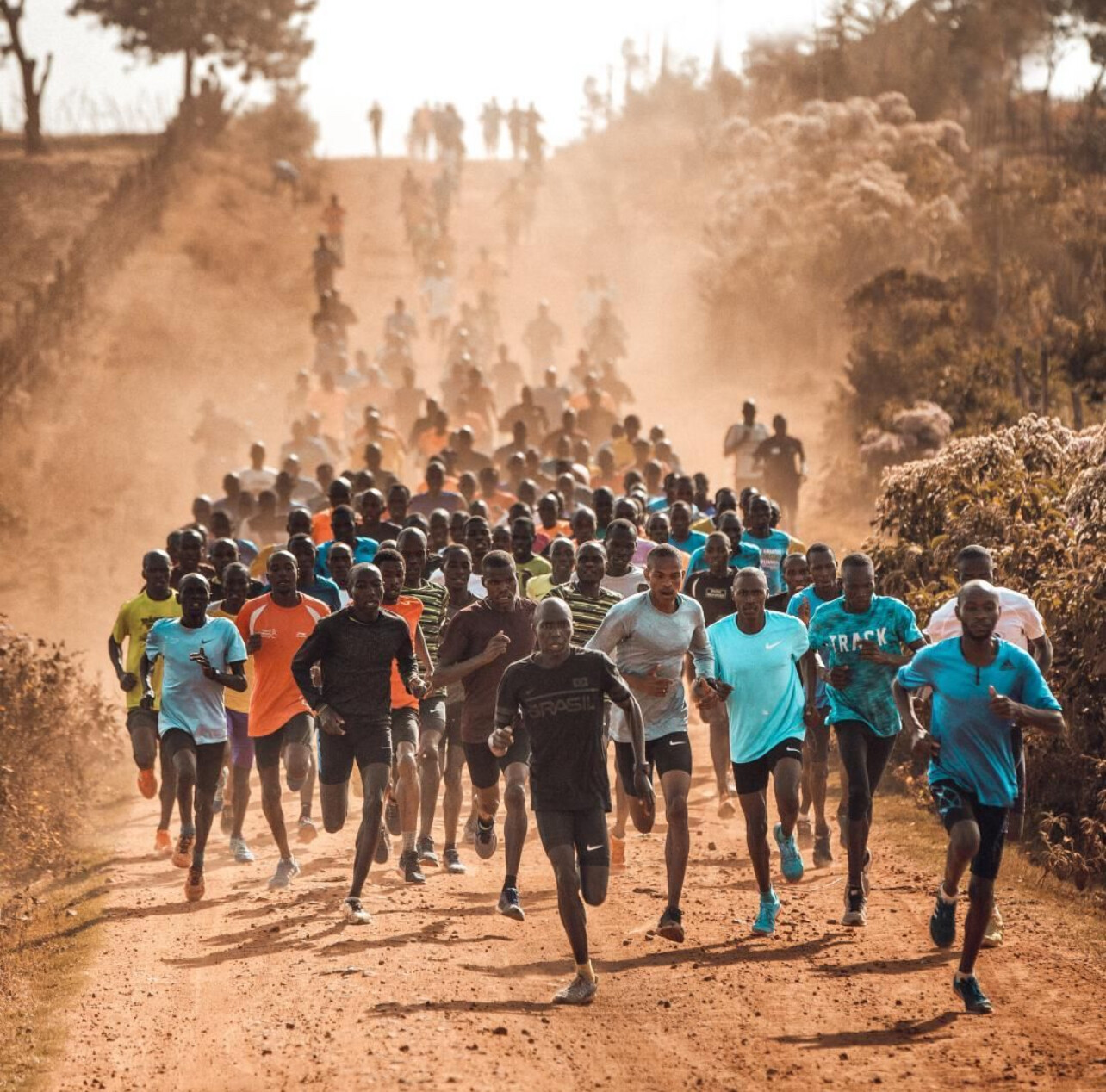
2. Track Workouts in Eldoret
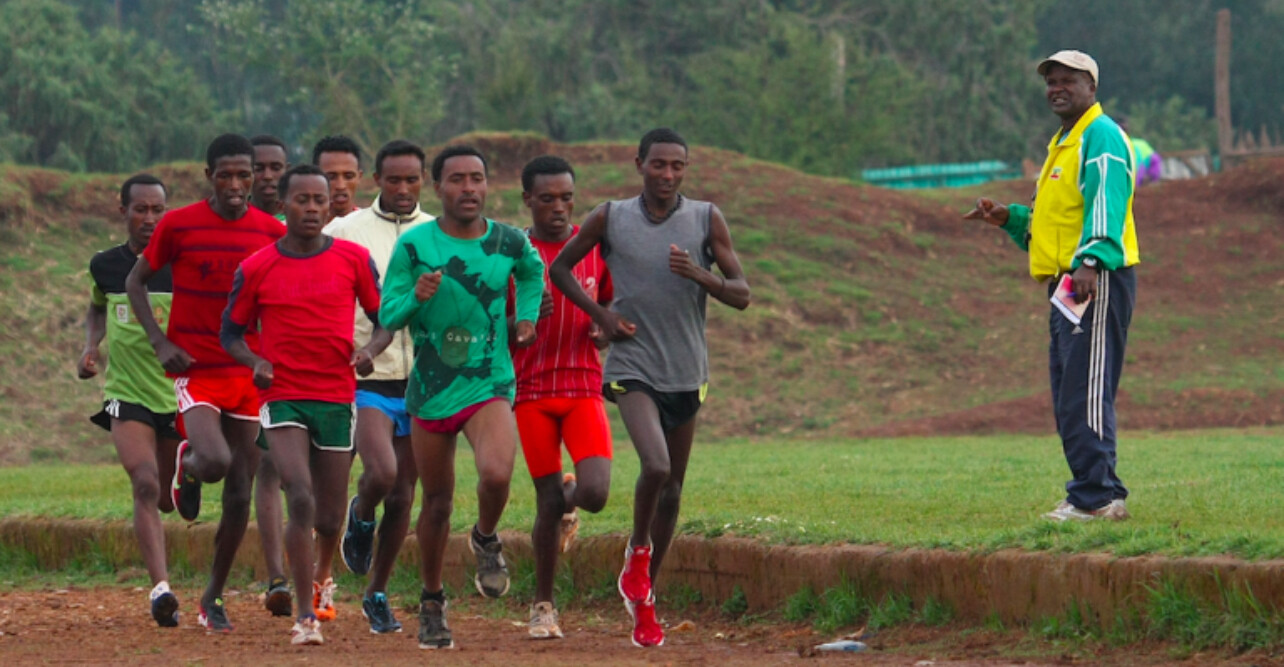
Kenyan marathon runners engaging in interval training at the athletics track in Eldoret, highlighting their emphasis on group cohesion and endurance.
(Photos) Ethiopian Training in Bekoji and Sululta
3. Group Training in Bekoji
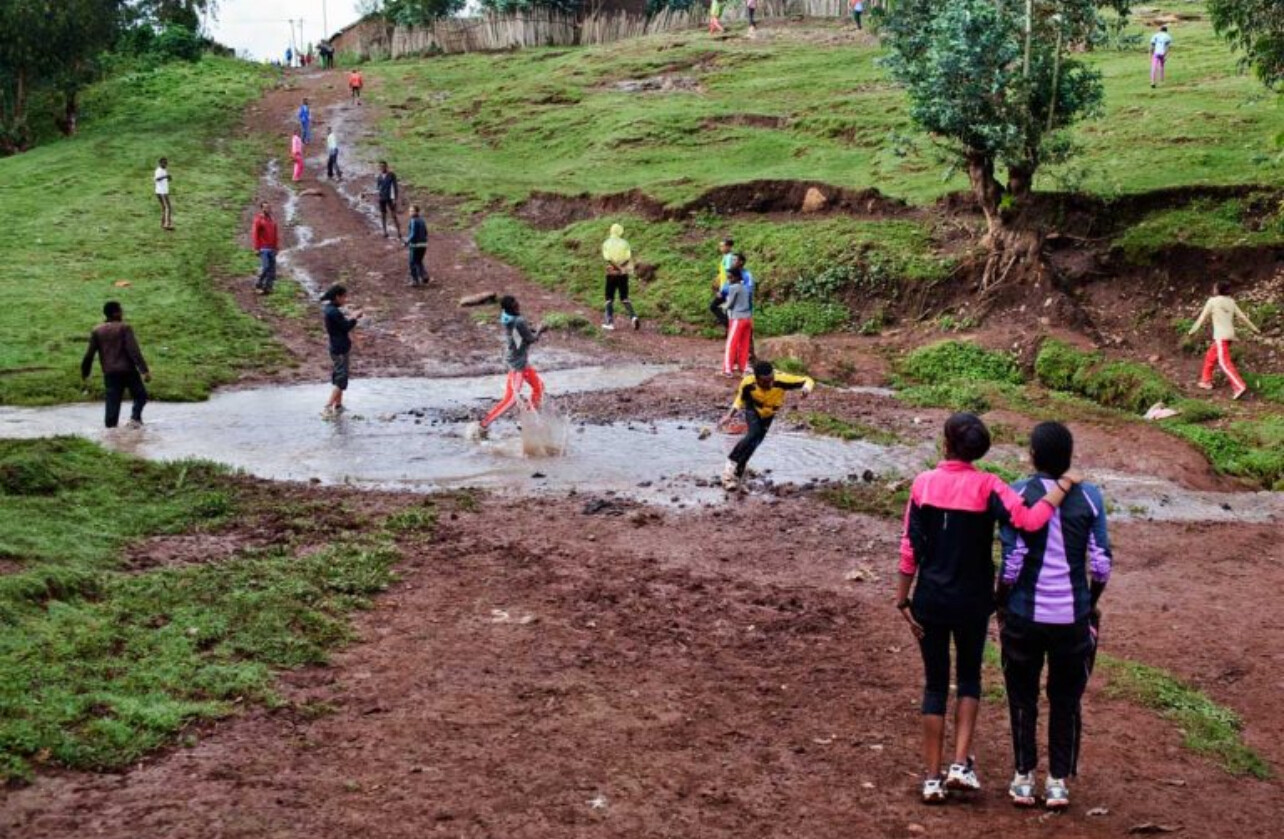
A glimpse into a training session in Bekoji, Ethiopia, showcasing runners on a dirt track, emphasizing their structured and coach-led routines.
4. Trail Running in Sululta
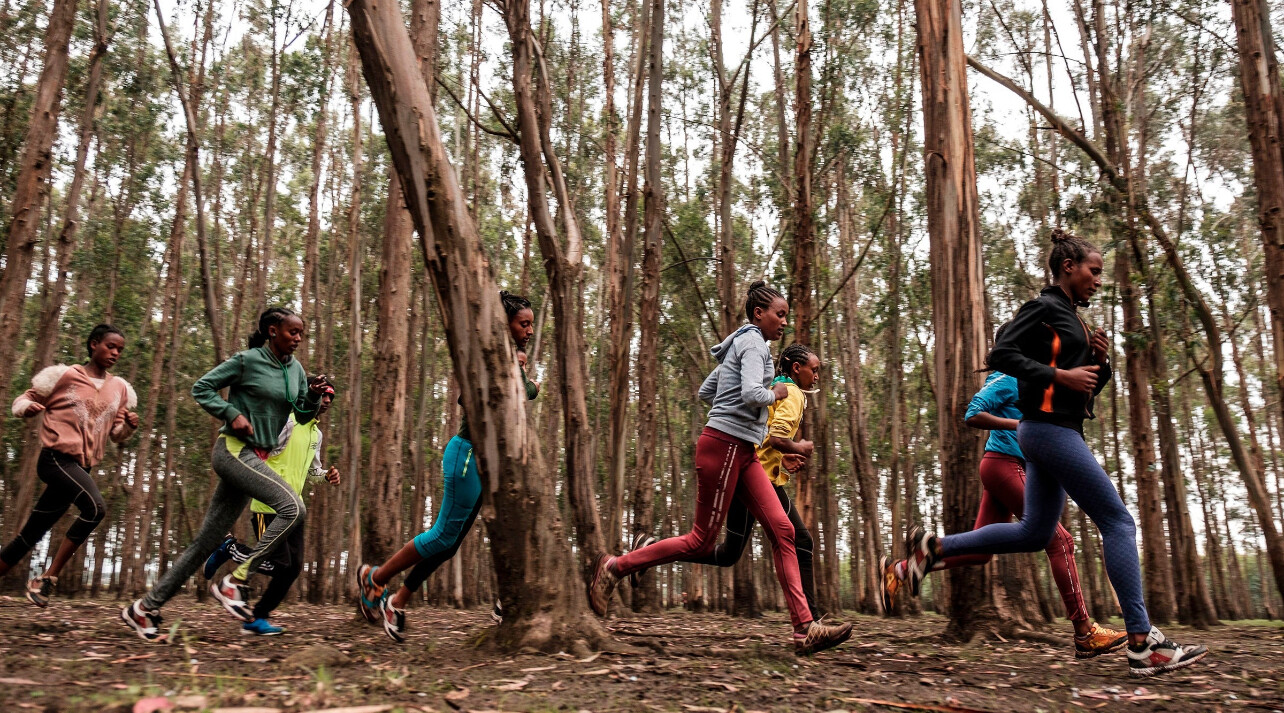
Ethiopian athletes navigating through forested trails in Sululta, reflecting their focus on varied terrains and natural environments.
Fueling for Success
Diet is another point of contrast. Kenyan athletes often eat ugali, a maize-based dish, with sukuma wiki (collard greens) and beans. Meals are consistent, simple, and heavy on carbohydrates. Hydration includes local teas and water, with little emphasis on supplements.
In Ethiopia, injera (a sour flatbread made from teff) is the foundation, served with protein-rich stews like shiro or doro wat. Teff is rich in iron and slow-digesting carbs—making it a valuable fuel for endurance.
Cultural and Coaching Influence
In Kenya, many athletes are inspired by runners from their own village or region—legends like Eliud Kipchoge or David Rudisha have inspired thousands. Training is often passed down through generations informally.
In Ethiopia, there’s a more centralized coaching system and support from the national federation. Greats like Haile Gebrselassie and Kenenisa Bekele have helped shape a more formal pathway from local clubs to the world stage.
Different Roads, Same Finish Line
Despite the differences, the results speak for themselves: both countries continue to dominate. Kenya may have the edge in the marathon, while Ethiopia consistently excels in 10K and track events. Together, they’ve redefined what’s possible in distance running.
(05/02/2025) ⚡AMPby Boris Baron
Why Running Shoes Are Getting More Expensive in 2025
American-Made Running Shoes Aren’t Coming Anytime Soon says Bob Anderson and here's why.
“It’s just not realistic to imagine an American company finding enough labor in the U.S. to make running shoes,” says lifetime runner Bob Anderson. “Even in states where companies might pay $10 an hour—half the rate in California—it would be difficult to find many Americans with the necessary skills.”
That reality helps explain why nearly all running shoes are made in Asia—and why prices are climbing. A combination of new tariffs, shifting global supply chains, and rising production costs is pushing the cost of your favorite shoes higher than ever across the United States.
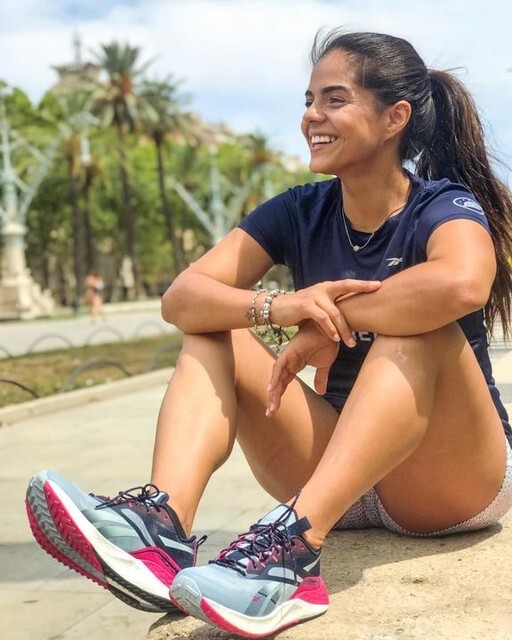
The Impact of ‘Liberation Day’ Tariffs
On April 2, 2025, President Donald Trump announced a sweeping set of tariffs under the banner of “Liberation Day,” aiming to address what he described as unfair trade practices and to bolster domestic manufacturing. These tariffs include:
• A universal 10% tariff on all imported goods, effective April 5, 2025.
• Additional country-specific tariffs, ranging from 11% to 50%, on imports from 86 countries, effective April 9, 2025.
For the footwear industry, these tariffs have significant implications. For example, imports from major manufacturing hubs now face the following cumulative tariffs:
• China: 54%
• Vietnam: 46%
• Cambodia: 49%
• Bangladesh: 37%
• Indonesia: 32%
These increased costs are often passed on to consumers, leading to higher retail prices for running shoes.
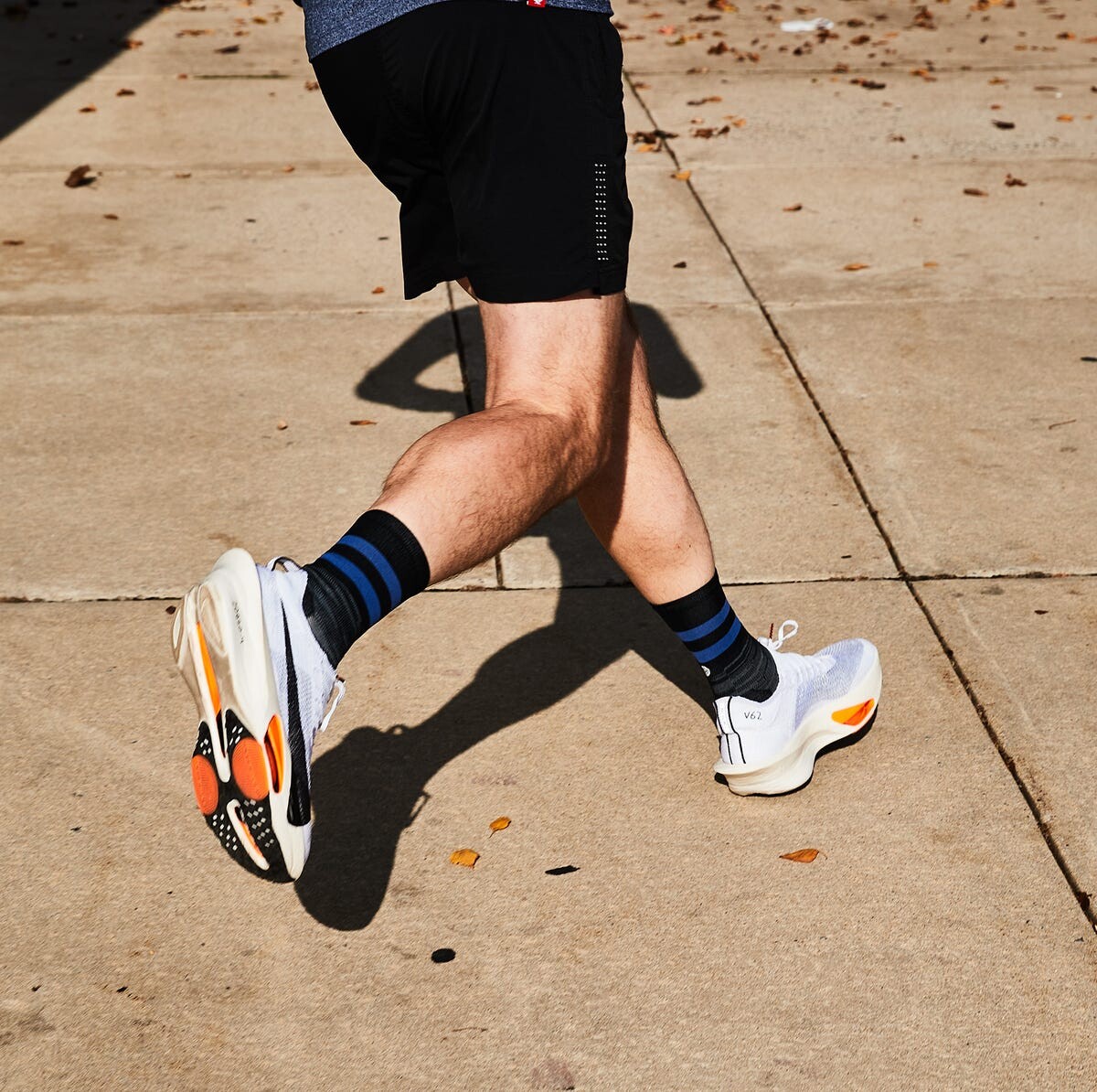
Upcoming Changes: June 1, 2025
Further changes are scheduled to take effect on June 1, 2025:
• Increased Flat Fees on Small Parcels: For small parcels shipped from China and Hong Kong, the flat fee per item will increase from $25 to $50.
• Higher Tariffs on Low-Value Shipments: All goods made in China, regardless of order value, are now subject to a 30% tariff or a $25 per-item fee, which will increase to $50 per item after June 1, 2025.
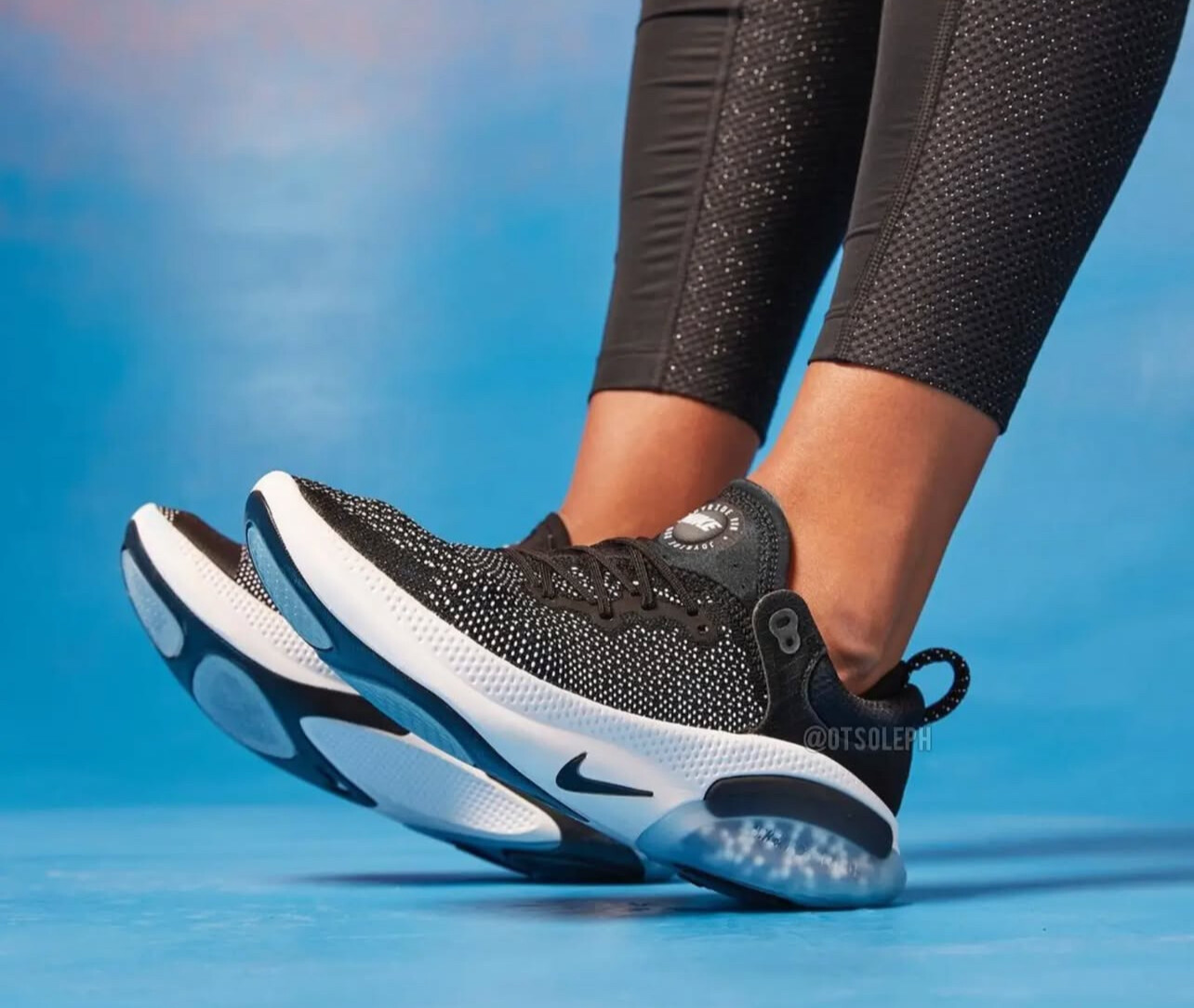
These measures are expected to further impact the cost of imported footwear, potentially leading to higher retail prices for consumers. Brands and retailers may need to adjust their sourcing strategies and pricing models in response to these changes.
Global Manufacturing Landscape
Most major running shoe brands manufacture their products overseas, primarily in Asia. For instance:
• Nike: Primarily manufactures in Vietnam, Indonesia, and China.
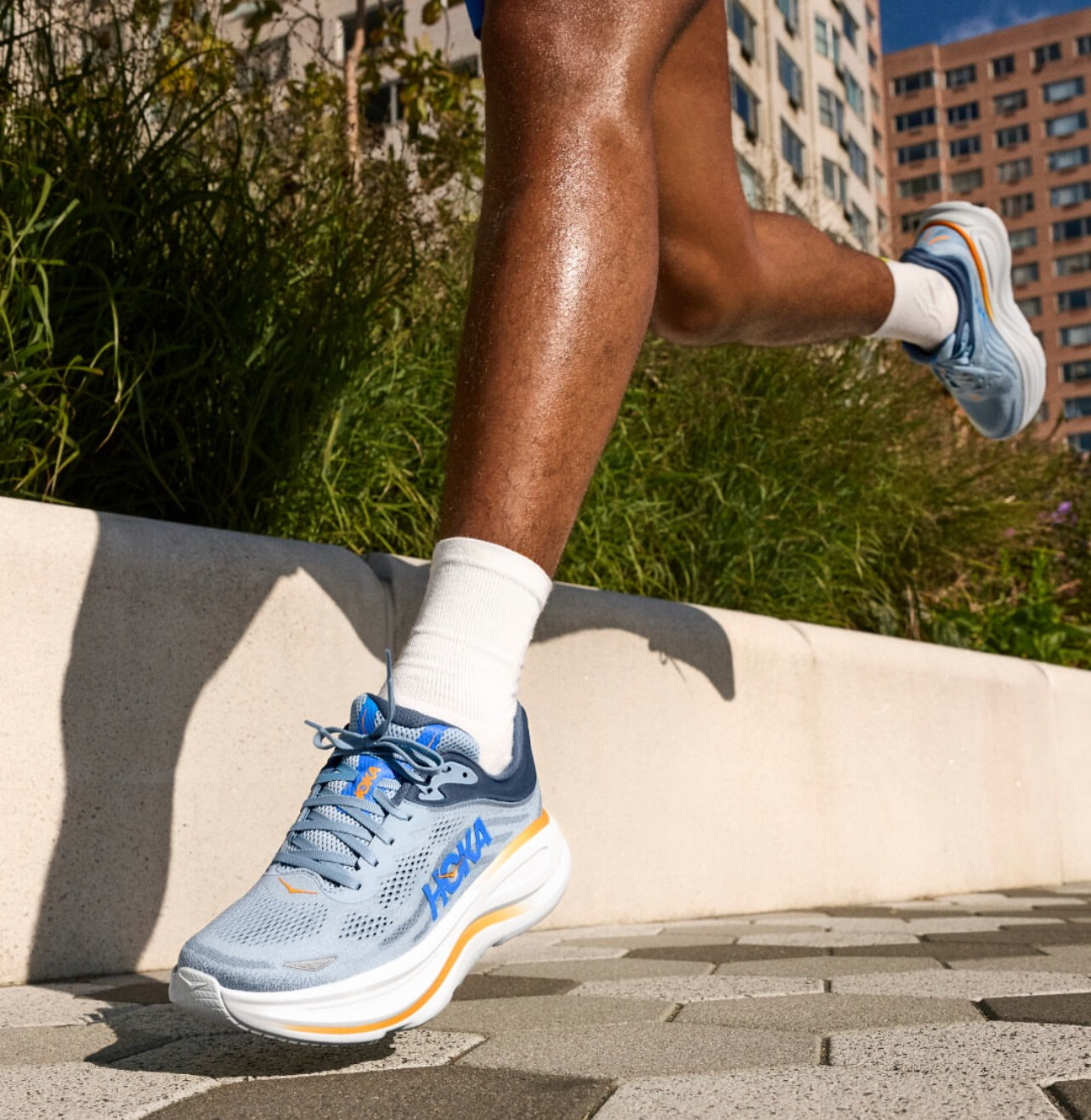
• Adidas: Relies heavily on Vietnam, Indonesia, and China for production.
• New Balance: Assembles some models in the U.S., but many are produced in Vietnam and Indonesia.
• Brooks: Manufactures most of its running shoes in Vietnam and China.
• ASICS: Produces mainly in Vietnam and Indonesia.

Given the new tariffs, these companies face increased costs, which may be reflected in higher prices for consumers.
Challenges of U.S. Manufacturing
Producing running shoes domestically presents several challenges:
• Labor Costs: U.S. labor is significantly more expensive than in countries like Vietnam or Indonesia.
• Infrastructure: The U.S. lacks the large-scale infrastructure and trained workforce needed for mass shoe production.
• Supply Chain: Many components used in shoe manufacturing are produced overseas, making domestic production more complex and costly.
While some companies, like New Balance, have U.S.-based production, it’s limited and often involves imported components.
The Labor Cost Gap Behind Your Running Shoes
One of the main reasons running shoes are rarely made in the United States is the vast difference in labor costs. In Vietnam—currently the leading producer of running shoes for brands like Nike, Adidas, and New Balance—the average factory worker earns between $200 and $300 USD per month. In Indonesia and Cambodia, wages can be even lower. By contrast, U.S. manufacturing workers typically earn $3,000 to $4,000 per month, not including benefits.
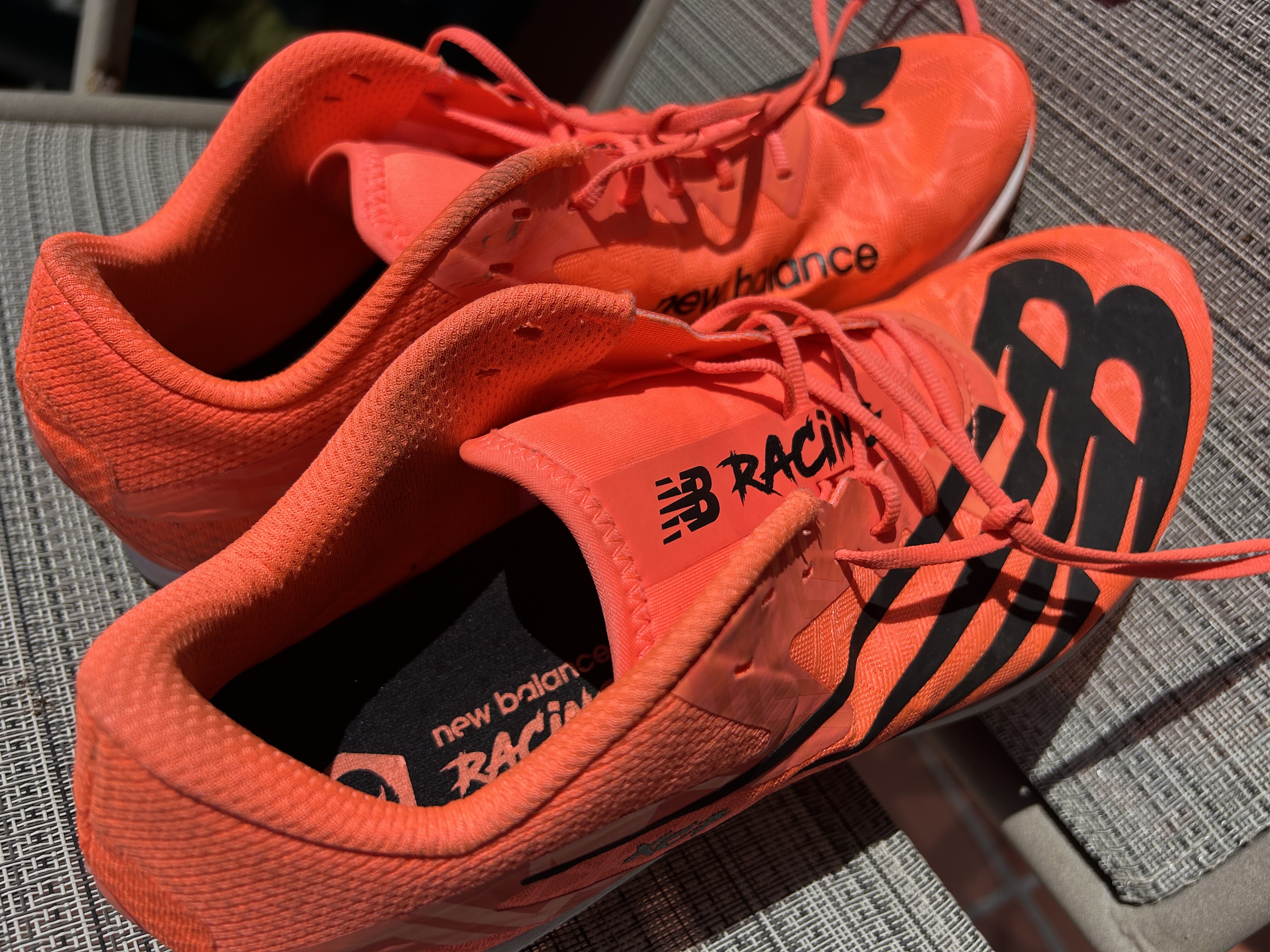
Since running shoes are labor-intensive to make—often requiring 70 to 100 steps in the assembly process—these wage disparities drastically affect the cost of production. That’s why even with new tariffs, it’s still cheaper for most brands to produce shoes overseas than to bring operations back home.
Looking Ahead
The full impact of these tariffs will unfold over time. Consumers may see continued price increases and reduced availability of certain models. Brands may explore alternative manufacturing locations or adjust their product lines to mitigate costs.
As the situation evolves, staying informed will help consumers make educated decisions about their purchases.
(05/01/2025) ⚡AMPby Boris Baron
George Mills and Amon Kemboi Set for Grand Slam Track Debuts at Miami Slam
The Grand Slam Track league returns this weekend with its second meet of the season, the Miami Slam, taking place from May 2–4 at the Ansin Sports Complex in Miramar, Florida. Among the anticipated debuts is British middle-distance runner George Mills, who will compete in both the 3000m and 5000m events. Joining him is Kenyan long-distance runner Amon Kemboi, also making his Grand Slam Track debut in the same events.
George Mills (second photo):British Record-Holder Steps onto Grand Slam Stage
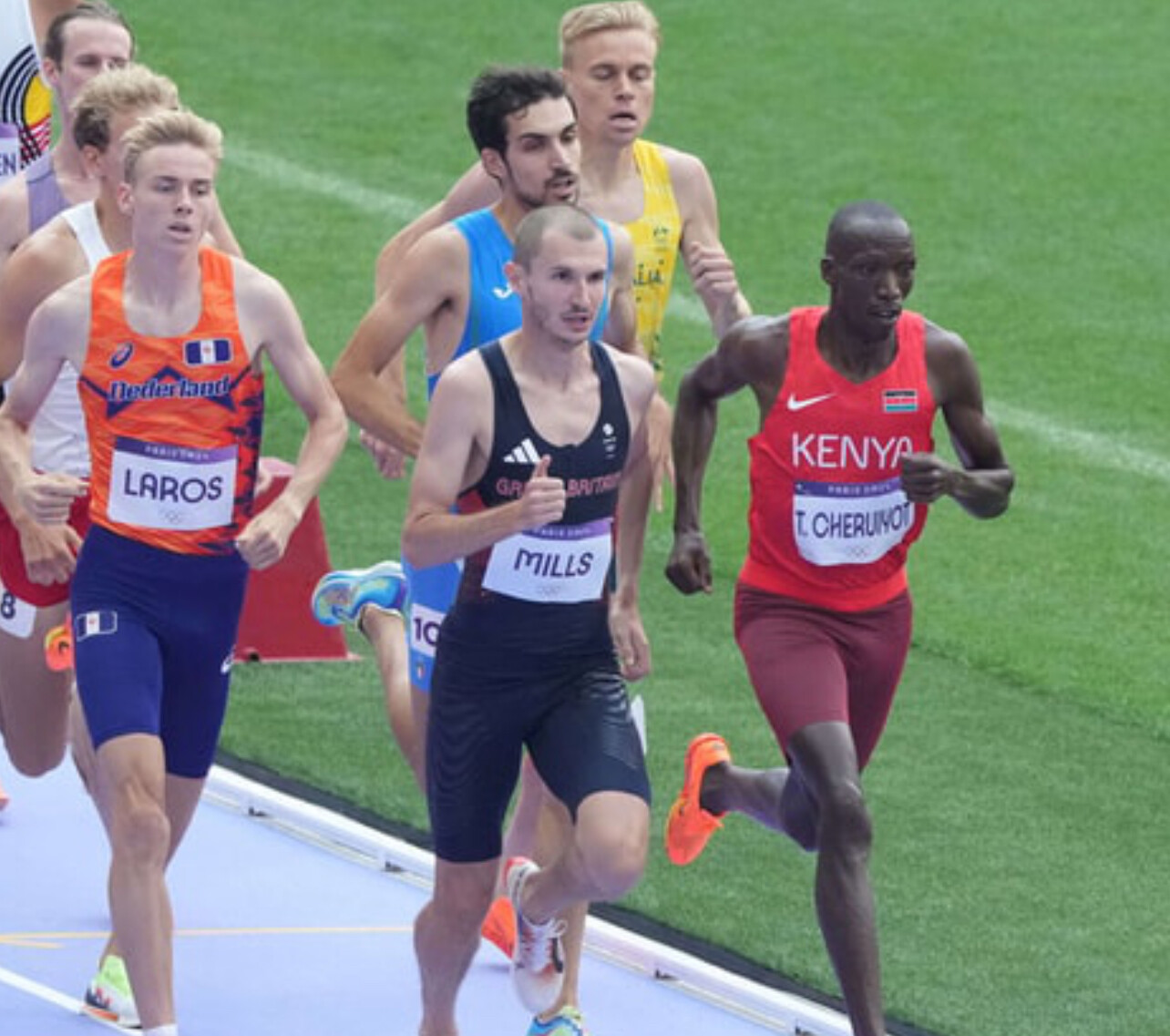
George Mills enters the Miami Slam with impressive credentials. Earlier this year, he set a new British indoor record in the 3000m with a time of 7:27.92, surpassing the previous record held by Josh Kerr. In the 5000m, Mills clocked an impressive 12:58.68, meeting the Olympic standard and showcasing his prowess over longer distances.
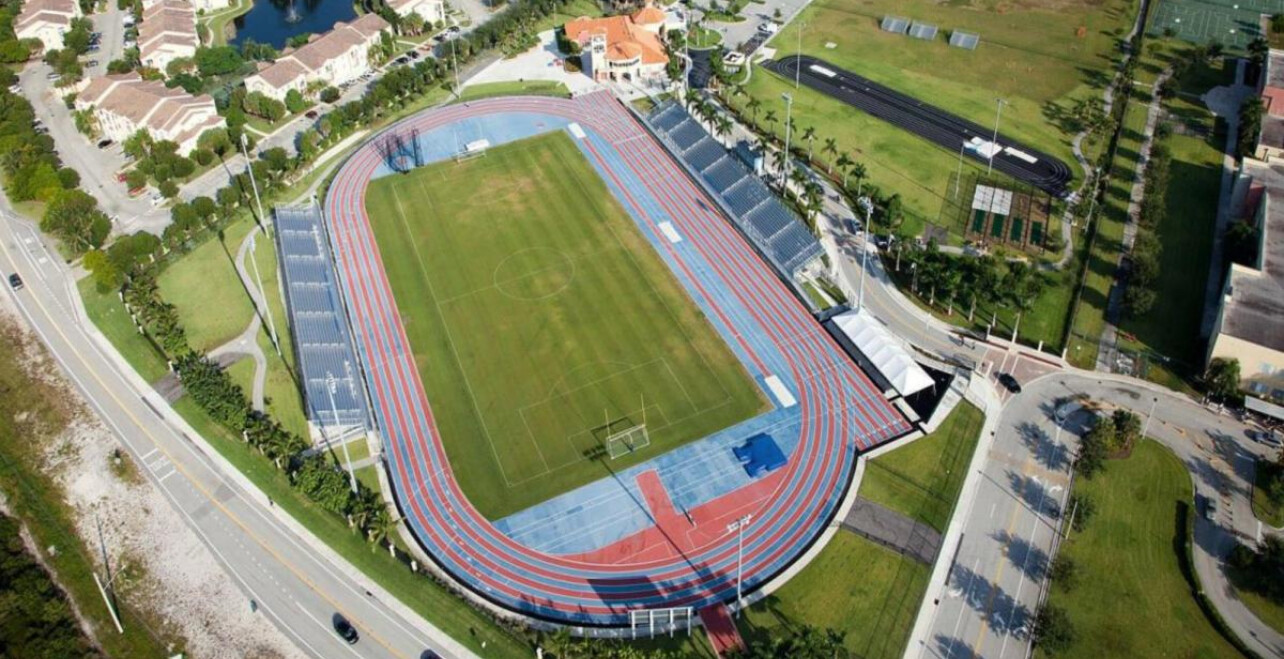
“It fits well right now to run a 3,000m and 5,000m double, and then we can tailor the rest of the year how we need to,” Mills stated ahead of the meet.
Amon Kemboi (first photo): Kenyan Star Makes Grand Slam Debut
Kenyan runner Amon Kemboi is also set to make his Grand Slam Track debut in Miami. Kemboi boasts personal bests of 7:38.99 in the 3000m and 13:06.30 in the 5000m. His participation adds depth to the long-distance field and introduces another formidable competitor to the Grand Slam Track series.
Grand Slam Track: A New Era for Track and Field
Founded by Olympic legend Michael Johnson, Grand Slam Track is revolutionizing professional track and field with a format inspired by Formula 1 and tennis. Each of the four “Slams” in the inaugural 2025 season—Kingston, Miami, Philadelphia, and Los Angeles—features 48 elite “Racers” competing head-to-head with 48 “Challengers” across sprint, hurdle, and distance events. Athletes race twice per weekend, earning points toward a $100,000 Slam title and a shot at the season-long championship.
Miami Slam Schedule Highlights (All Times ET)
• Friday, May 2:
• 5:42 PM – Women’s 100m Hurdles
• 5:51 PM – Men’s 1500m
• 6:16 PM – Women’s 5000m
• 7:01 PM – Men’s 3000m
• Saturday, May 3:
• 5:42 PM – Women’s 400m Hurdles
• 6:22 PM – Women’s 1500m
• 7:05 PM – Men’s 800m
• Sunday, May 4:
• 3:42 PM – Women’s 800m
• 4:04 PM – Women’s 3000m
• 4:44 PM – Men’s 5000m
How to Watch
• Streaming: Peacock will provide live coverage of all events.
• Broadcast: The CW Network will air live coverage on Saturday and Sunday.
As George Mills and Amon Kemboi make their Grand Slam Track debuts, fans can anticipate thrilling performances in the long-distance events. Their participation not only adds excitement to the Miami Slam but also underscores the global appeal and competitive spirit of this innovative track and field series.
(05/01/2025) ⚡AMPby Boris Baron
Sabastian Sawe Shakes Up the Marathon World
Kenya’s Sabastian Kimaru Sawe has quickly become one of the most exciting figures in long-distance running. On April 27, 2025, he won the London Marathon in a commanding 2:02:27, outpacing a deep field that included Olympic champions and rising stars. This victory came just months after his sensational debut at the 2024 Valencia Marathon, where he clocked 2:02:05—the second-fastest marathon debut in history and the fastest time recorded in the world that year.
A Different Path to Greatness
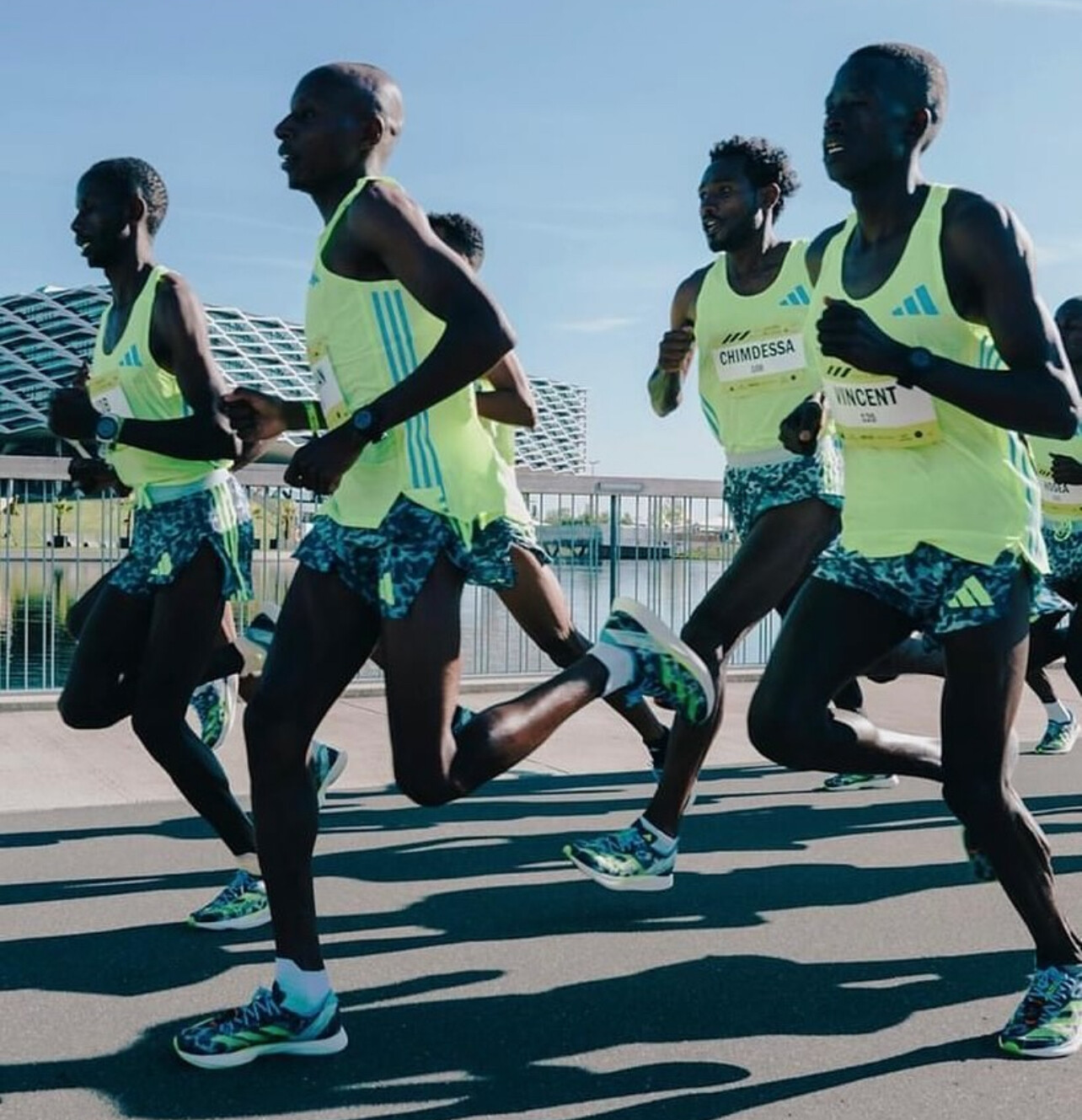
Born March 16, 1996, in Kenya, Sawe did not follow the typical trajectory of a professional runner. While many of his peers were competing internationally as teenagers, Sawe was still focused on his studies. He only began running competitively in his 20s, after completing school in 2015. In 2020, he joined the training group of coach Claudio Berardelli, who had worked with several world-class Kenyan athletes, including Olympic champion Wilfred Bungei. That marked the turning point in his career.

Unlike many top Kenyan runners who come from Iten, Sawe is based in Kapsabet, another high-altitude town known for producing champions. His dedication to training, combined with a strategic racing approach, quickly paid dividends.
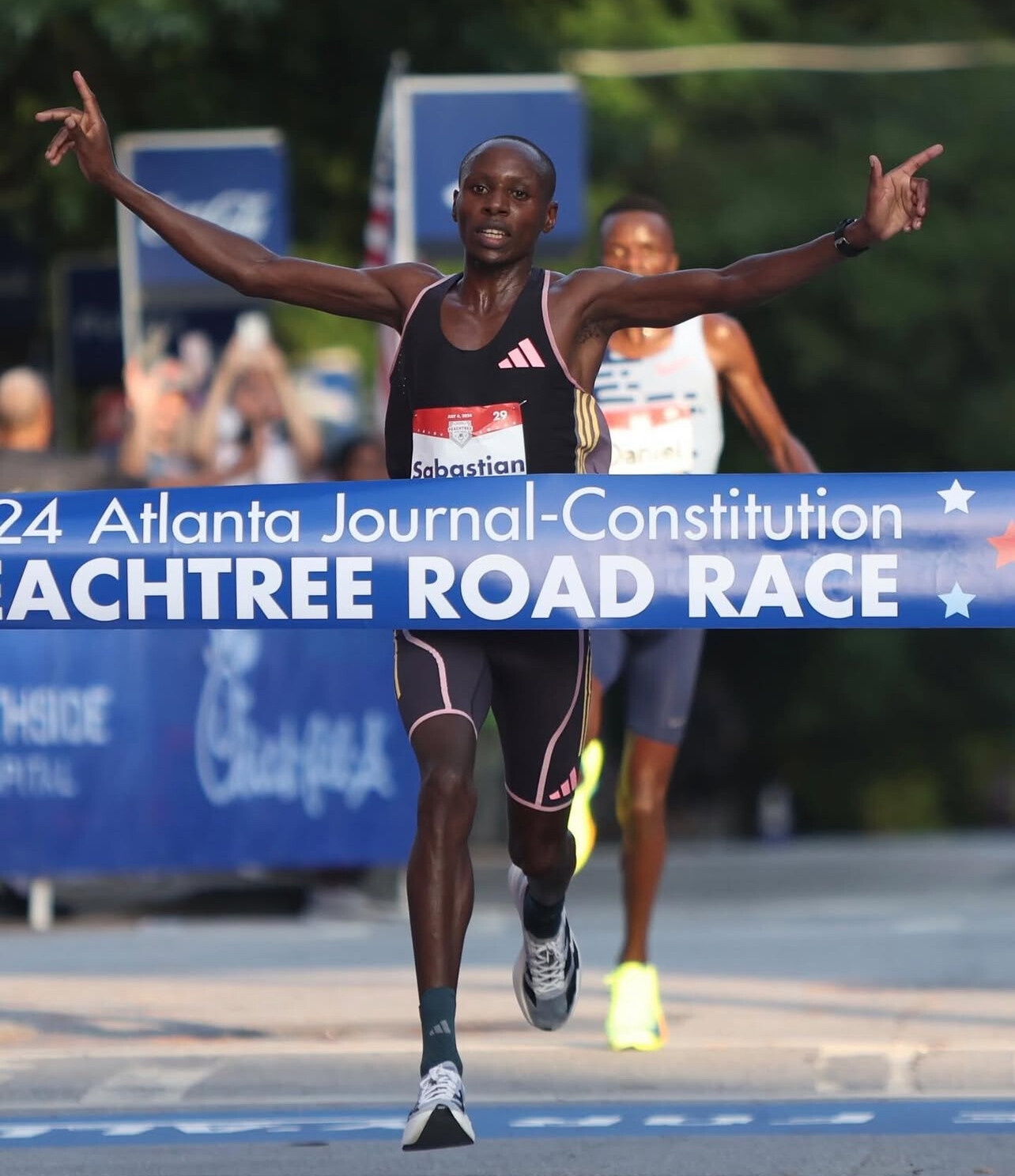
Building Momentum on the Roads
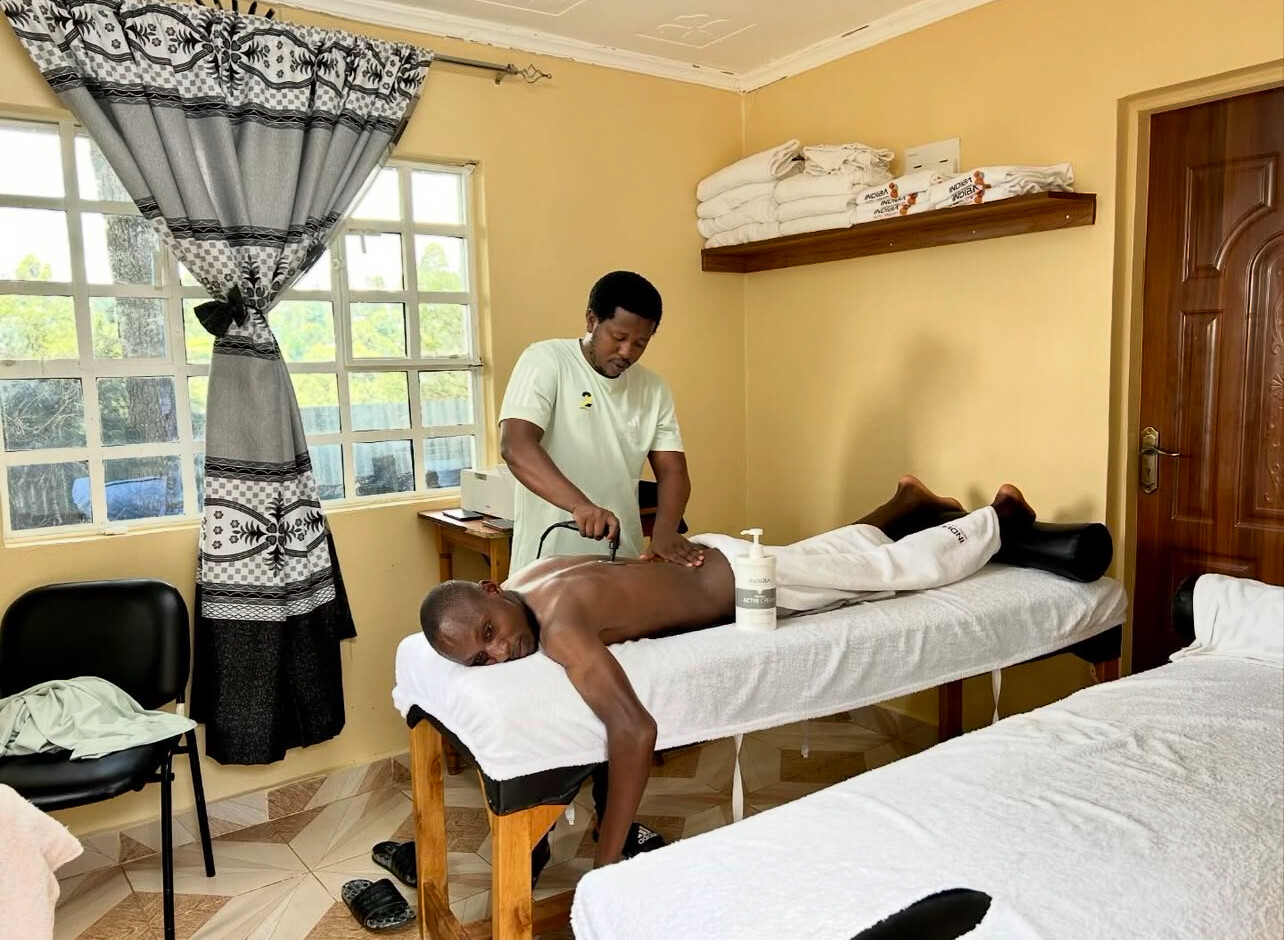
Sawe’s breakthrough came on the roads. In 2022, he set a new Kenyan national record in the one-hour run—covering 21,250 meters at the Memorial Van Damme meet in Brussels. The following year, he won the inaugural World Athletics Road Running Championships half marathon in Riga, Latvia. He further stamped his authority in 2024 with a 58:05 clocking at the Copenhagen Half Marathon, confirming his elite status among the world’s fastest over 21.1 kilometers.

London Victory and Tactical Brilliance
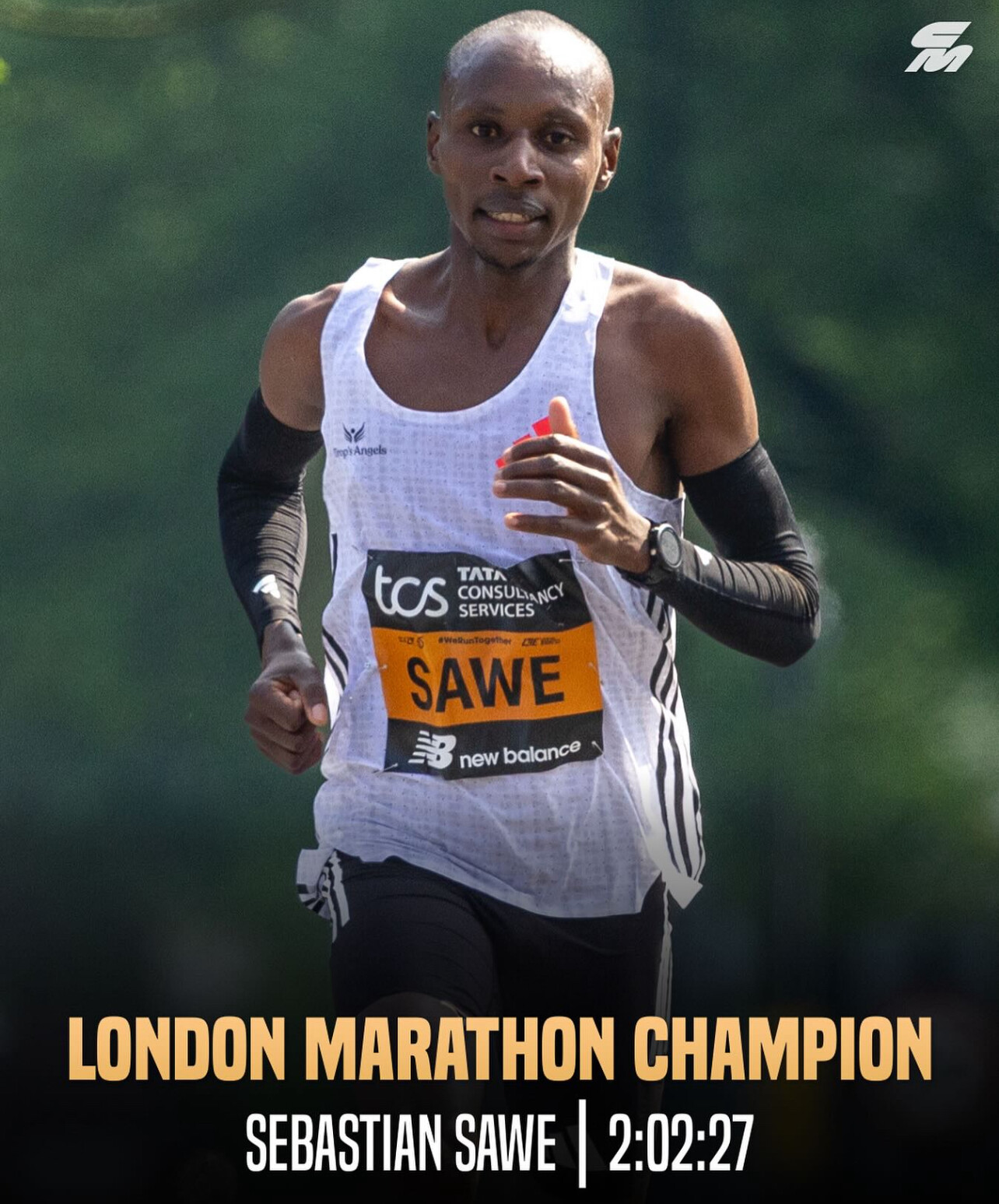
At the 2025 London Marathon, Sawe showed both power and poise. Running in a field stacked with stars—including debutant Jacob Kiplimo and defending champion Alexander Mutiso—he made his decisive move just past 30K, surging ahead with a 5K split of 13:56. No one could follow. He crossed the finish line nearly a minute ahead of Kiplimo, cementing his place among the world’s best.
Sabastian Sawe Key Performances
• Marathon Personal Best: 2:02:05 – Valencia Marathon, 2024
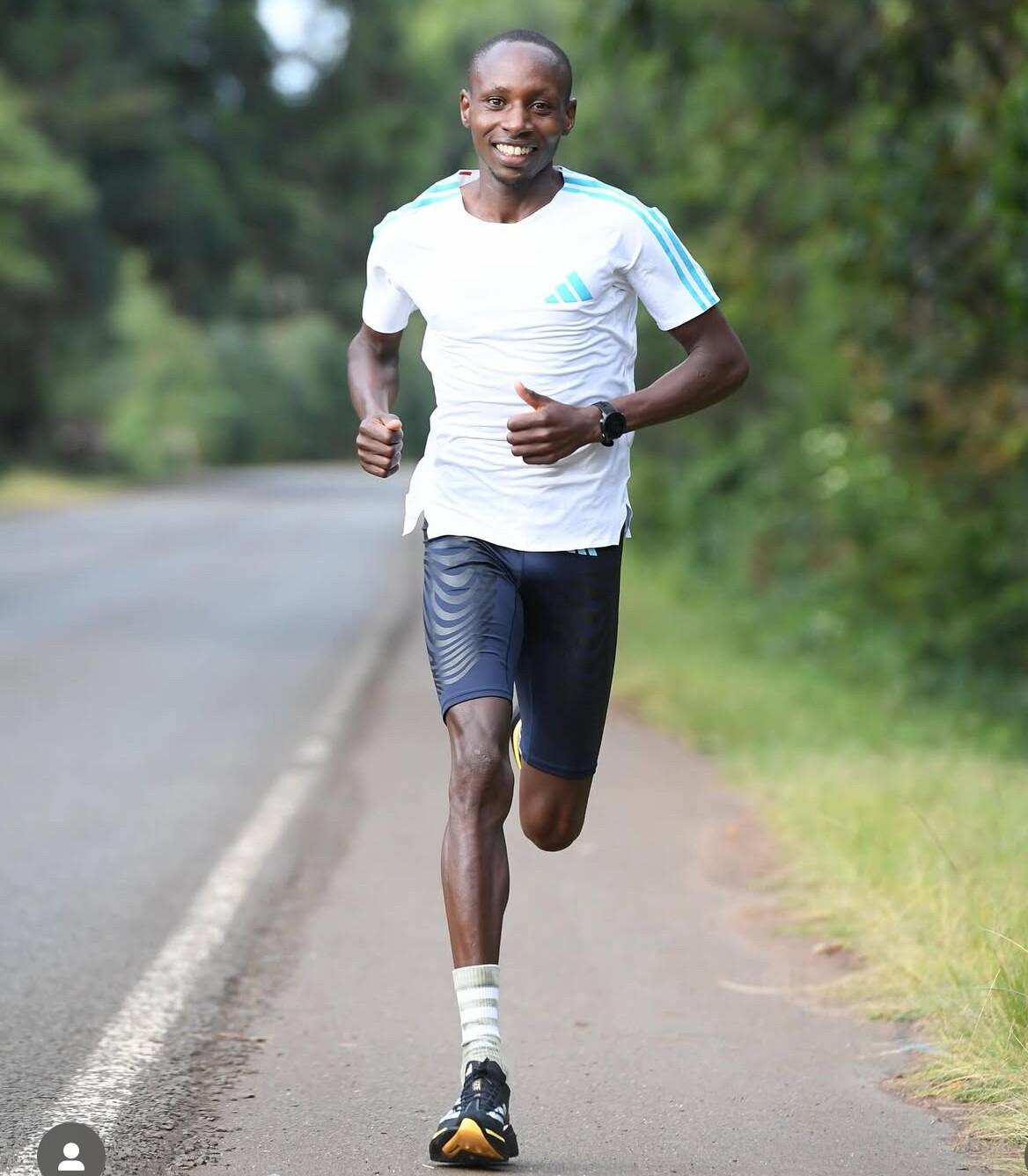
• London Marathon: 1st place – 2:02:27, 2025
• Half Marathon Personal Best: 58:05 – Copenhagen, 2024
• World Championships: Gold medalist – Half Marathon, Riga 2023
• One-Hour Run: 21,250 meters – Kenyan national record, Brussels 2022
• 10,000m Track: 27:09.46 – Top 10 all-time Kenyan performance
Looking Ahead
Still early in his marathon career, Sawe has already proven he has the tools to challenge for global titles and course records. With Paris 2024 behind him, the focus now shifts to the next Olympic cycle, where Sawe could be a favorite for gold in Los Angeles. He’s also expected to be a top contender in the World Marathon Majors circuit, possibly returning to London or making his debut in Berlin or New York.
Sawe’s rise from a late start to the pinnacle of world marathoning is both inspiring and a reminder that potential can emerge in different ways. With every stride, he is redefining what it means to be a modern marathon champion.
(05/01/2025) ⚡AMPby Boris Baron
Silan Ayyildiz: Oregon’s Mile Marvel Redefines Collegiate Middle-Distance Running
Silan Ayyildiz, a junior at the University of Oregon, has etched her name into NCAA history by becoming the collegiate record holder in both the indoor and outdoor mile events. Her remarkable achievements in 2025 have solidified her status as one of the premier middle-distance runners in collegiate athletics.
On February 15, 2025, at the BU David Hemery Valentine Invitational in Boston, Ayyildiz shattered the NCAA indoor mile record with a time of 4:23.46, surpassing the previous record of 4:24.26 set by Katelyn Tuohy in 2023. This performance not only set a new collegiate benchmark but also established a Turkish national record and topped the University of Oregon’s all-time list.

Continuing her exceptional form, Ayyildiz broke the outdoor collegiate mile record on April 26, 2025, at the Drake Relays in Des Moines, Iowa. Her time of 4:25.50 eclipsed the longstanding record of 4:29.04 set by Angela Chalmers in 1987. This achievement marked her third collegiate record of the year, following her indoor mile and distance medley relay (DMR) records.

Born on October 10, 1999, in Istanbul, Turkey, Ayyildiz began her athletic journey in middle school and quickly rose through the ranks, securing national titles and representing Turkey in various international competitions. Her accolades include gold medals in the 1500m at both the 2022 Balkan Indoor and Outdoor Championships and a bronze medal at the 2021 Summer Universiade.
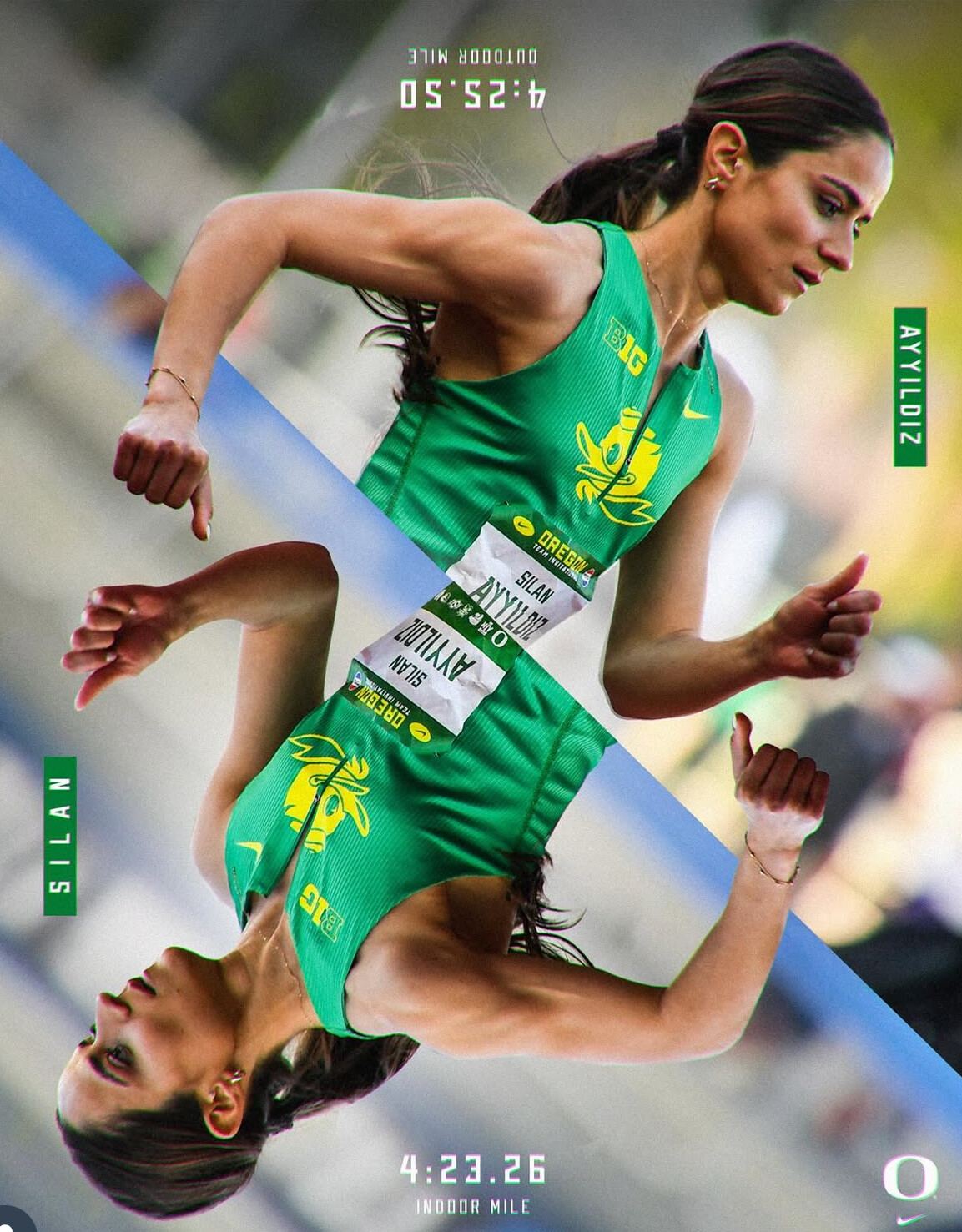
In 2023, Ayyildiz transitioned to collegiate athletics in the United States, joining the University of South Carolina. During her tenure there, she broke multiple school records and clinched the SEC 1500m title. Seeking further growth, she transferred to the University of Oregon, where she continues to excel both academically and athletically.
Since joining the Oregon Ducks, Ayyildiz has been a cornerstone of the team’s success. Her contributions include anchoring the DMR team to a collegiate record time of 10:42.05 during the indoor season. Individually, she has set personal bests across various distances, solidifying her status as one of the premier middle-distance runners in collegiate athletics.
With the Big Ten Championships and NCAA Championships on the horizon, Ayyildiz is poised to further cement her legacy. Her relentless pursuit of excellence and dedication to her craft make her a formidable competitor on the national stage. As she continues to break barriers and set new standards, the track and field community eagerly anticipates what milestones Silan Ayyildiz will achieve next.
(05/01/2025) ⚡AMPby Boris Baron
Ellie Shea Rising Fast in the NCAA Distance Running Scene
Young star making her presence felt in her first collegiate season
At just 18 years old, Ellie Shea is already being hailed as one of the most promising young talents in American distance running. The former high school standout from Massachusetts—who turned heads on the national and international stage as a junior—has now begun her collegiate journey at NC State, and early signs suggest she’s adjusting well to the higher level of competition.
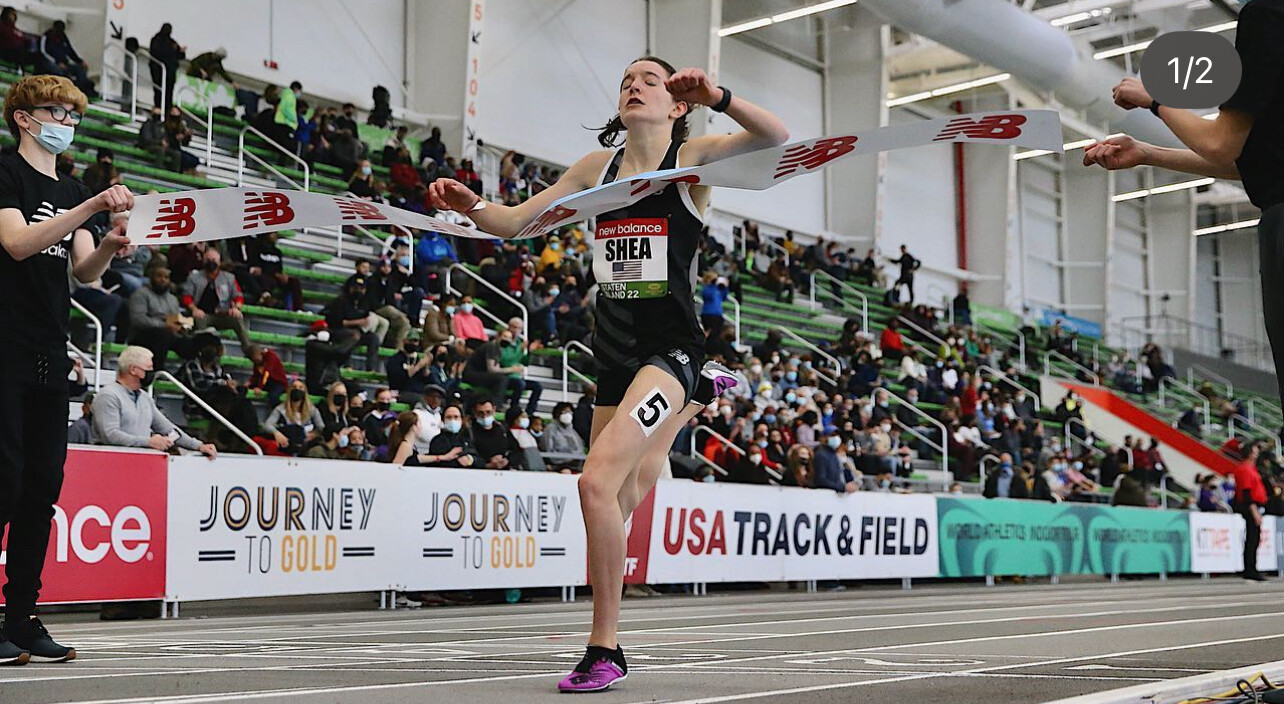
In her freshman outdoor season in 2025, Shea has turned in solid performances that show steady progression. She clocked 4:35.63 for 1500m at the Raleigh Relays in March and followed that up with a 16:10.65 in the 5,000m at the Wake Forest Invitational in April. While these times aren’t personal bests, they reflect the foundation being built for a long and successful NCAA career.
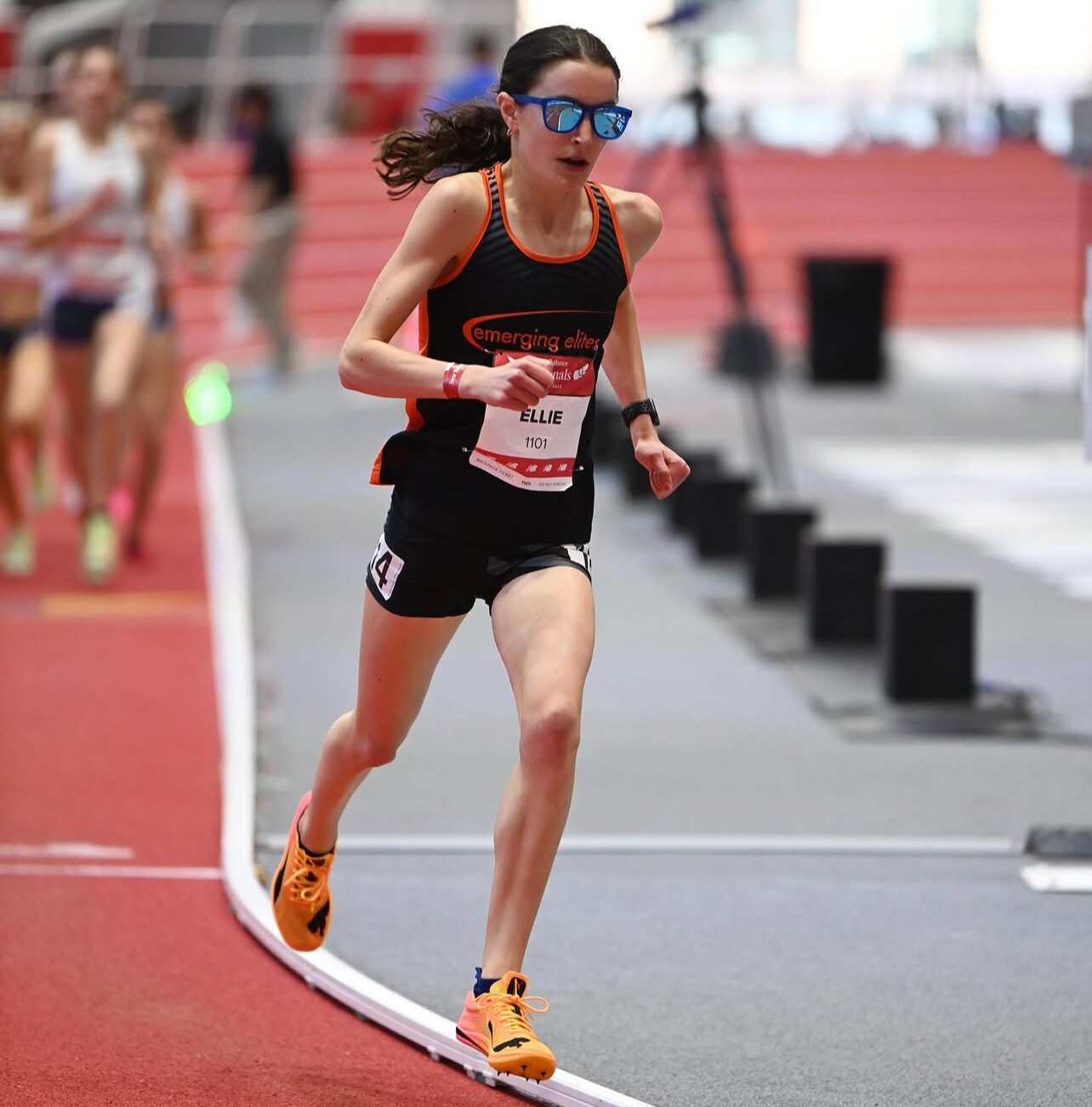
Shea’s debut cross country season with NC State in 2024 also gave a glimpse into her potential. She finished 29th at the ACC Championships, running 20:19.8 for 6K, and repeated that 29th-place finish at the NCAA Southeast Regional in 21:21.5. Though her national championship debut didn’t go as planned—finishing 247th—it served as valuable experience for the future.
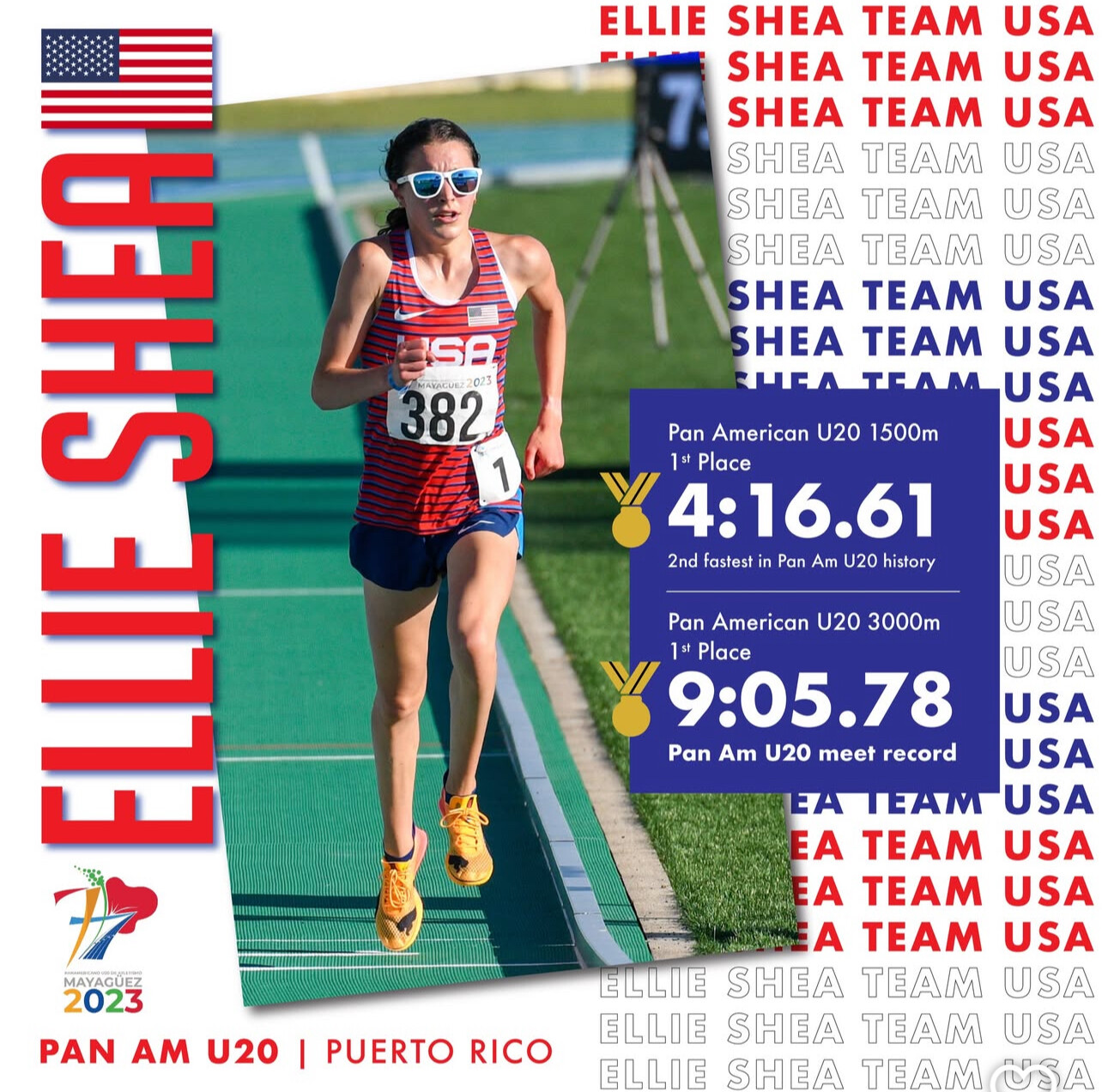
Shea is no stranger to the spotlight. Before arriving at NC State, she had already made waves internationally with a top-10 finish at the World U20 Cross Country Championships and national titles on the U.S. high school circuit. Her smooth transition into college competition reflects her maturity, discipline, and deep competitive drive.
As she continues to grow stronger under NC State’s elite coaching program, Ellie Shea is positioning herself as a key figure in the future of American women’s distance running. With her talent, resilience, and racing instincts, it’s not a matter of if—but when—she will become a dominant force in the NCAA and beyond.
(05/01/2025) ⚡AMPby Boris Baron
Running on Vacation - The Rise of Destination Races and Wellness Travel
Runners are no longer just chasing personal bests—they’re chasing passport stamps, too. Around the world, thousands of runners are combining their love of travel with their passion for racing, fueling a surge in destination races and wellness-focused running getaways.
From the historic cobblestone streets of Rome to the snowcapped trails of Patagonia, destination races have become bucket-list experiences. These events are about more than just performance—they offer culture, adventure, and a chance to see the world on foot.
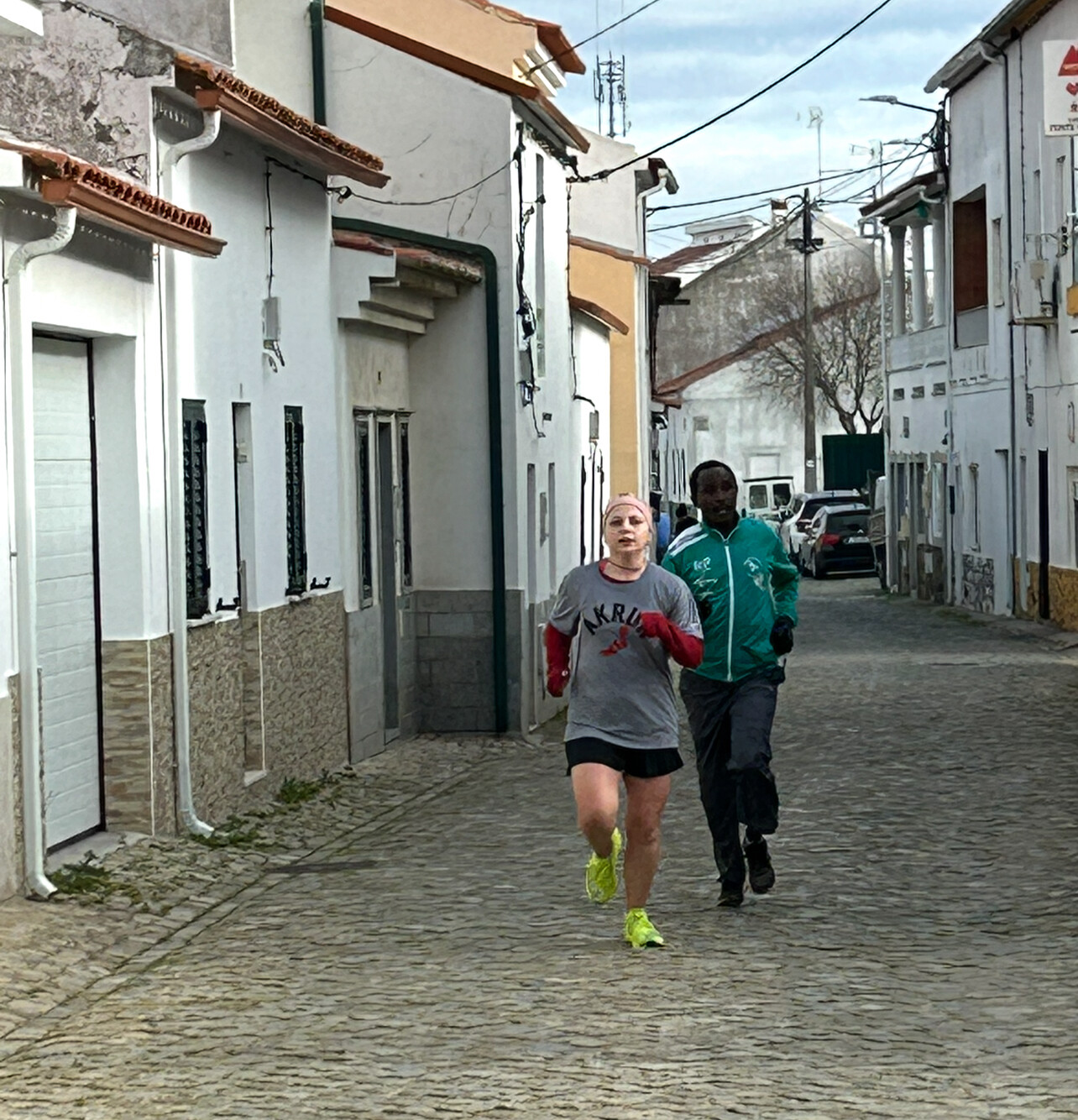
A Growing Global Trend

Race-cations are booming. Major marathons like Tokyo, Berlin, and Paris draw runners from dozens of countries each year, not only for the challenge but also for the immersive experience of racing through iconic cities. At the same time, trail and ultramarathons in remote locations—like the Patagonia International Marathon or the Jungfrau Marathon in Switzerland—offer a unique mix of endurance and awe-inspiring landscapes.
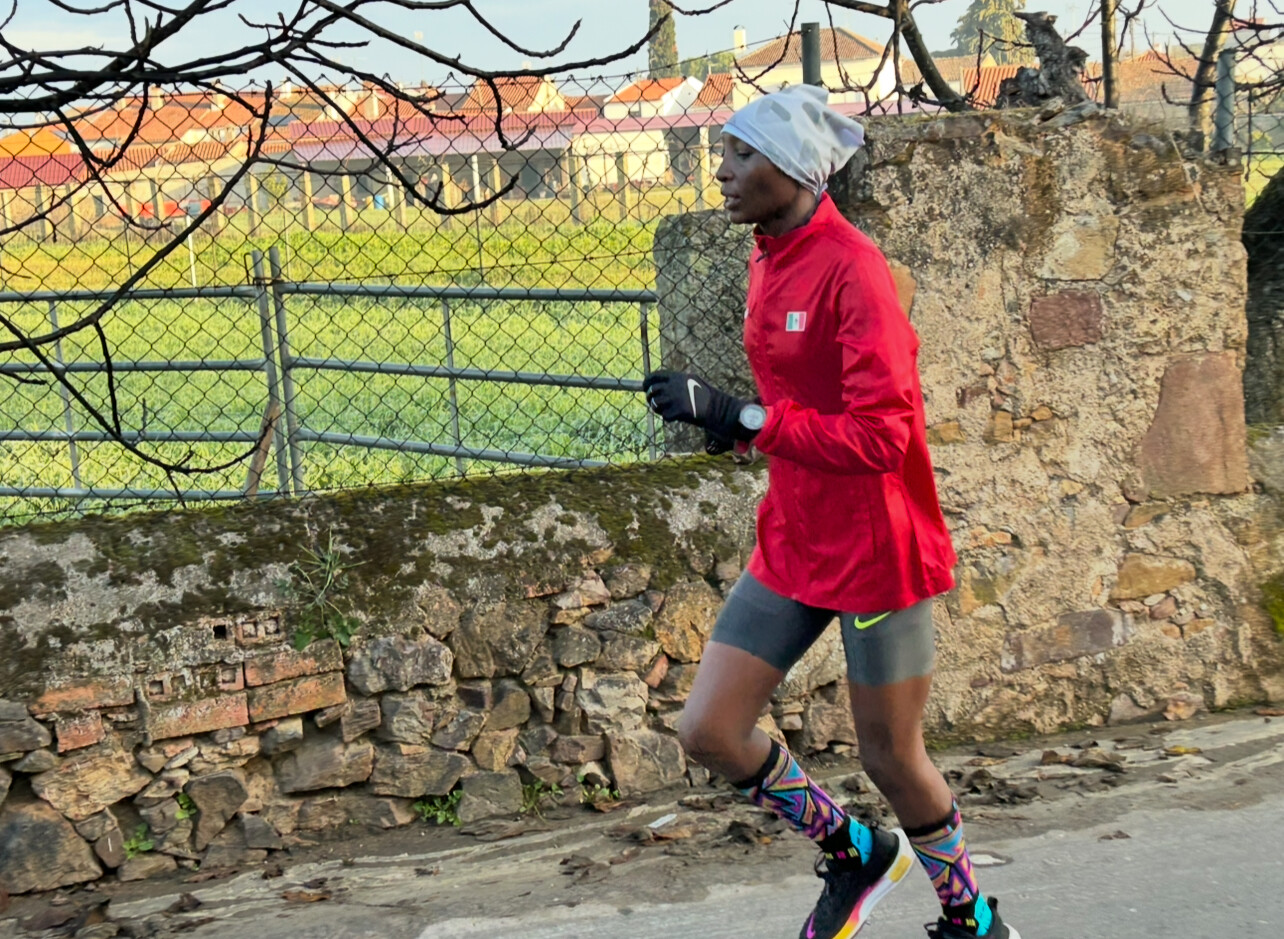
According to organizers, many participants plan these trips a year in advance, bringing along family and turning the event into a full vacation. Hotels, restaurants, and local tourism boards have taken note, often offering special packages around race weekends.
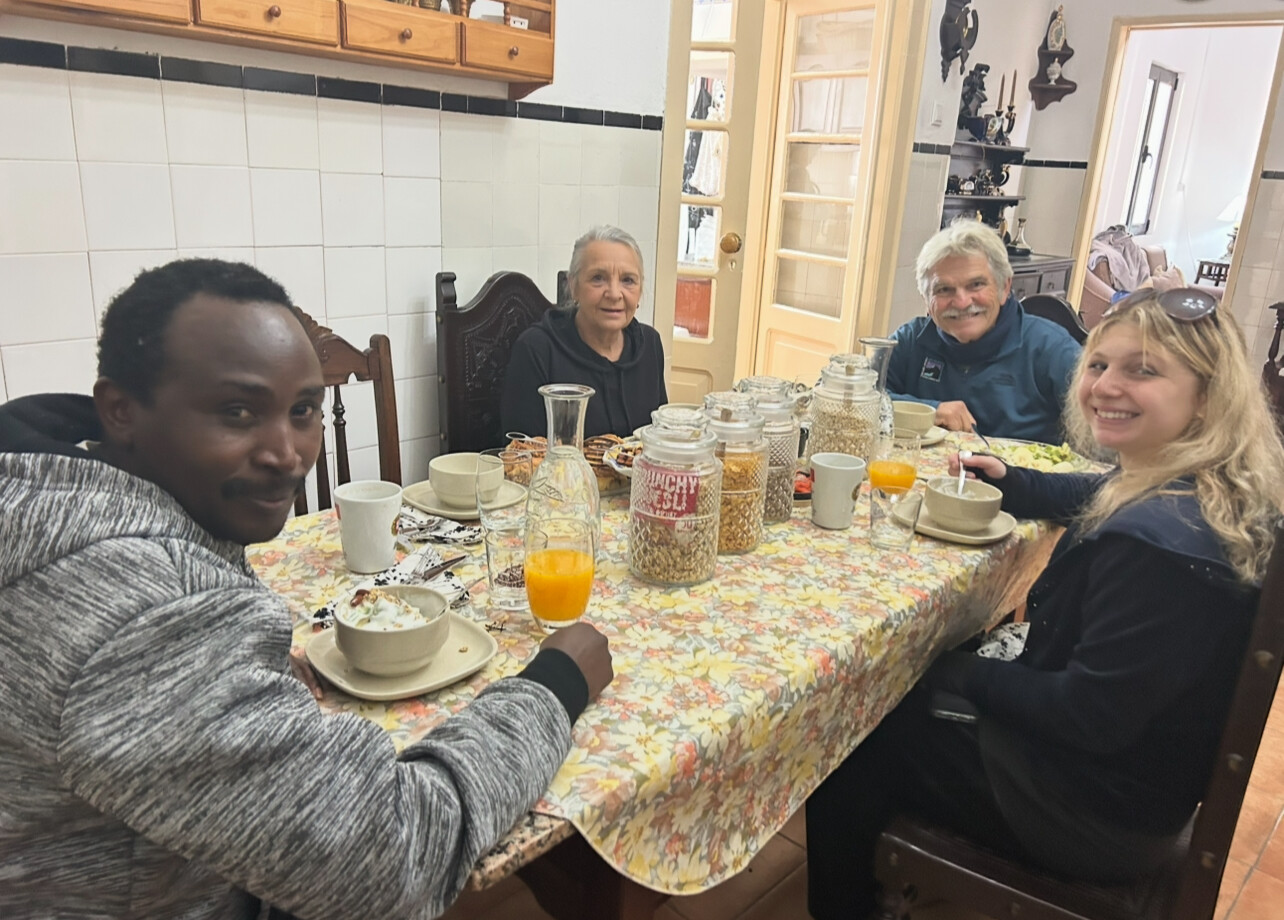
KATA Portugal and KATA Kenya: Tuning Up Abroad
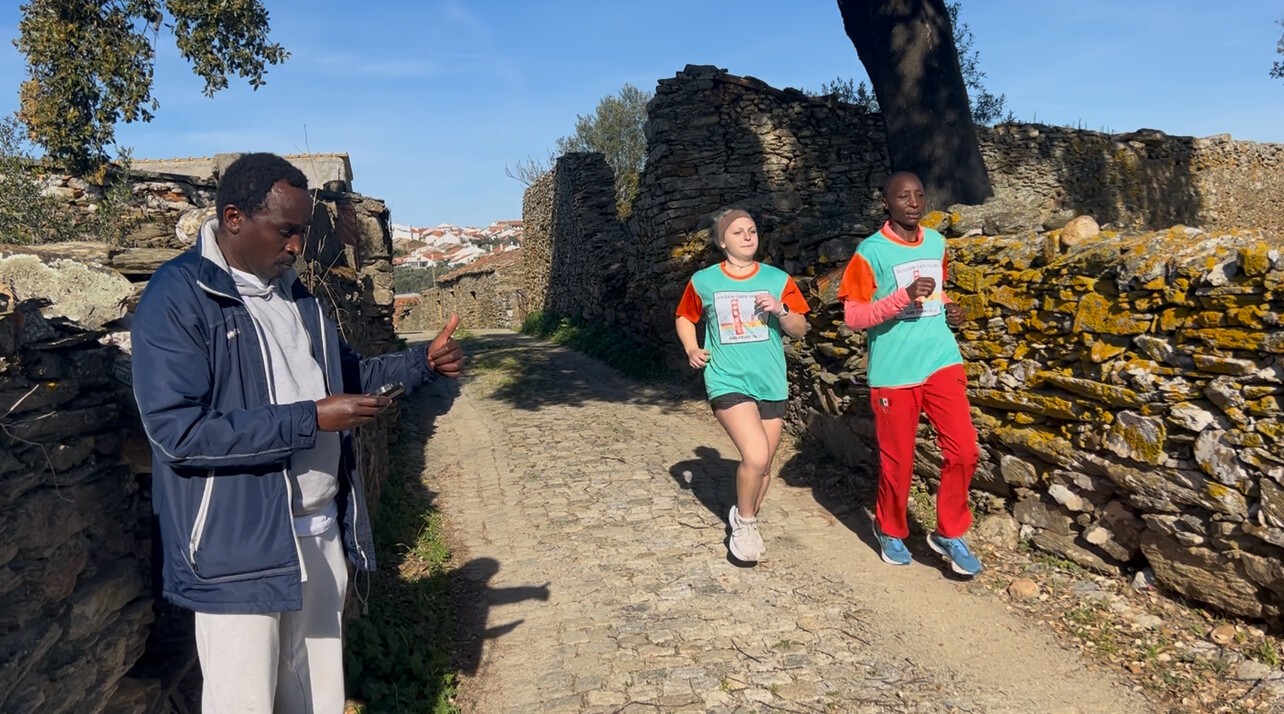
A growing number of runners are also adding a tune-up week to their itinerary—fine-tuning their fitness at dedicated training retreats before race day. Two of the most exciting options are KATA Portugal and KATA Kenya, both part of the Kenyan Athletics Training Academy network founded by running pioneer Bob Anderson.

KATA Portugal (photos 2-7), located in the scenic village of Monforte da Beira, offers personalized coaching, peaceful trails, home-cooked meals, and even massage and yoga—ideal before races like the Lisbon Marathon. Meanwhile, KATA Kenya (photo 8), based in the high-altitude town of Thika, provides a once-in-a-lifetime chance to train with world-class Kenyan athletes ahead of the Nairobi Marathon or other African events. Whether you’re a sub-3 marathoner or chasing your first finish, spending a week immersed in focused training can elevate the entire race-cation experience.
More Than a Medal
Wellness travel has also influenced the trend. Many destination races are now paired with yoga retreats, spa treatments, and recovery days in scenic locations. Runners can find themselves soaking in Icelandic hot springs after a half marathon or tasting wine in the Douro Valley after a 10K.
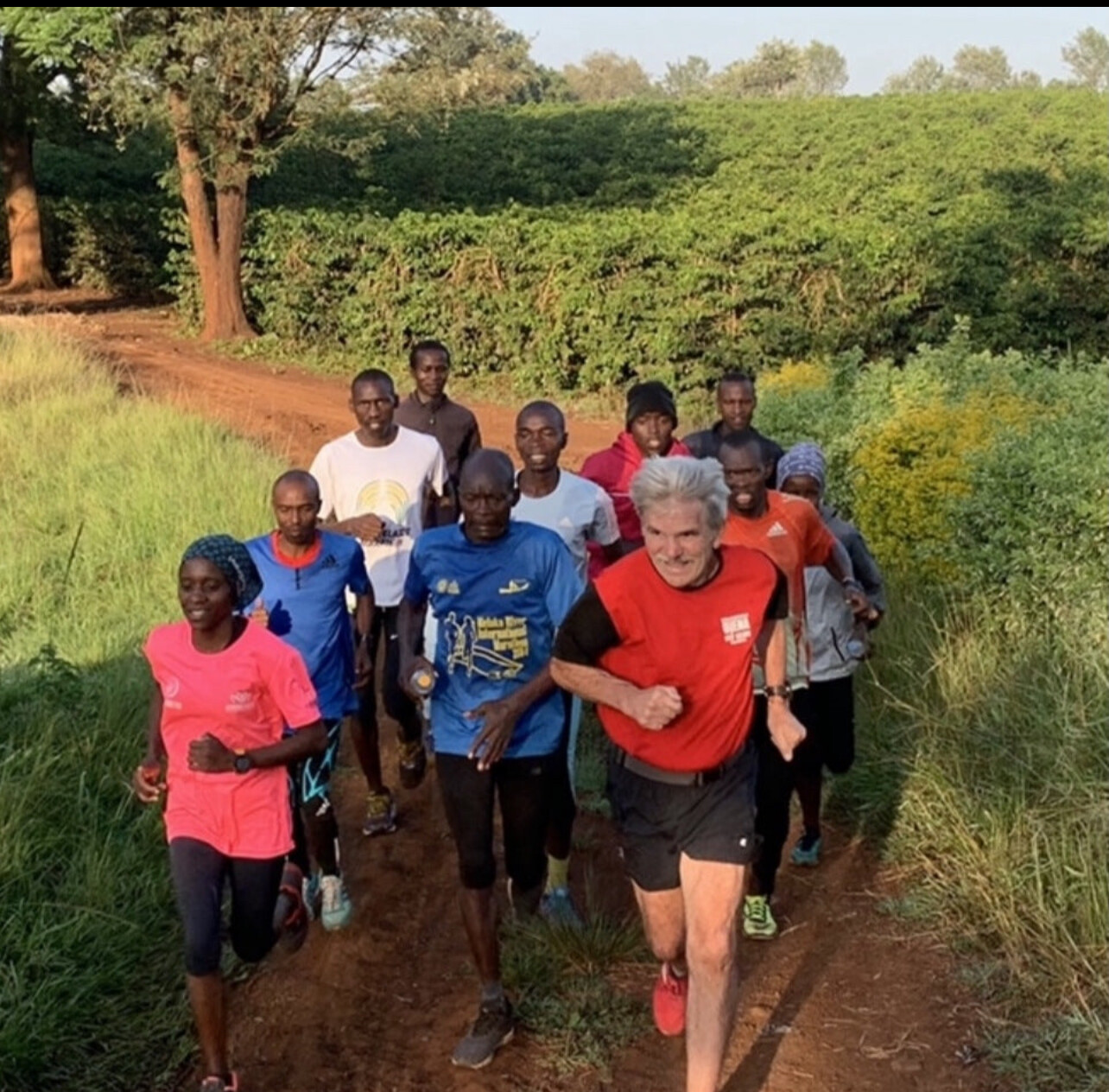
And the camaraderie is real. “There’s something unforgettable about running through a city or countryside you’ve never seen before with people who came from every corner of the globe,” says Sarah Kim, a five-time international marathoner. “You share the course, the culture, and the challenge.”
Tips for Planning a Race-Cation
• Pick Your Race Wisely: Choose an event that fits your fitness level and time zone adjustment. Be mindful of climate and elevation, too.
• Plan Around the Race: Arrive a few days early to acclimate, but schedule your sightseeing after the race. You’ll appreciate it more on rested legs.
• Pack Smart: Don’t rely on finding gear at your destination. Bring your trusted shoes, race-day fuel, and any recovery tools you use.
• Make It Memorable: Book a special meal, visit a famous landmark, or sign up for a local tour. Racing abroad is as much about the experience as it is about the finish line.
Looking Ahead
As international travel continues to rebound, destination races will likely play an even bigger role in the running world. For those who train hard year-round, what better reward than a race that ends with a view—and maybe a glass of local wine?
(05/01/2025) ⚡AMPby Boris Baron
Hansons-Brooks Distance Project Continues to Shape U.S. Distance Running
The Hansons-Brooks Distance Project, based in Rochester Hills, Michigan, remains one of the most influential training groups in American distance running. Founded in 1999 by brothers Kevin and Keith Hanson (4th photo), the team has earned a reputation for turning talented post-collegiate runners into national and international contenders.
Now in its 25th year, the program continues to thrive under its trademark philosophy of “cumulative fatigue,” a system that emphasizes consistent high-mileage weeks, frequent workouts, and long-term development. Unlike many elite training groups based at altitude or supported by large corporate budgets, Hansons-Brooks maintains a grassroots, team-oriented environment that has produced national champions and Olympians.
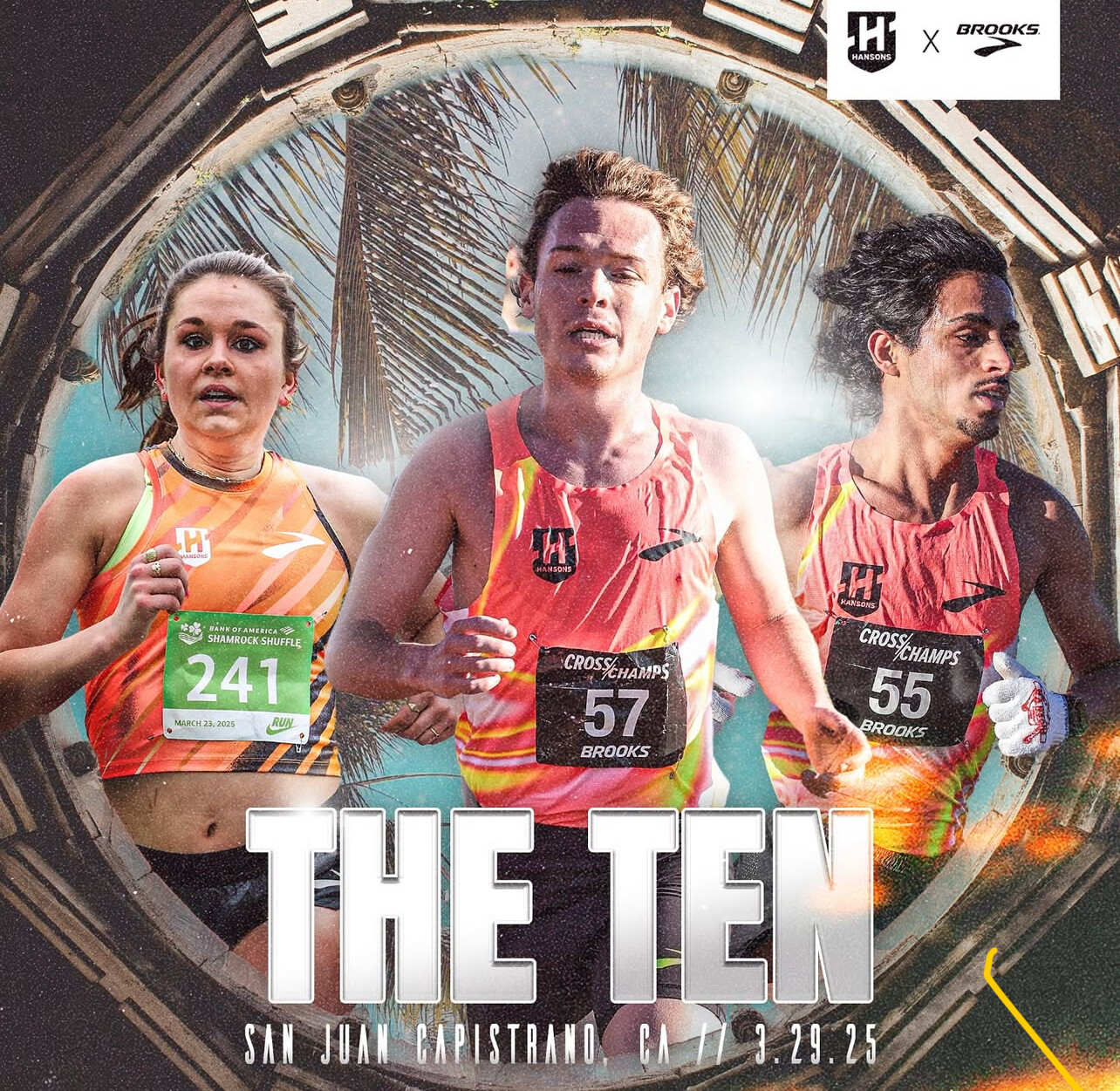
The latest athlete to join the roster is Jaci Smith, a former standout with the U.S. Air Force World Class Athlete Program and one of America’s rising stars at the marathon distance. Smith confirmed her new team affiliation in April 2025, noting her excitement to train with one of the most respected groups in the country.

Current Women’s Roster
• Anne-Marie Blaney
• Jessie Cardin
• Amy Davis-Green
• Sarah Disanza
• Maggie Donahue
• Caroline Garrett
• Melissa Johnson-White
• Dot McMahan
• Megan O’Neil
• Olivia Pratt
• Madison Offstein
• Stephanie Sherman
• Jaci Smith

Current Men’s Roster
• Shuaib Aljabaly
• JP Flavin
• Ethan Gregg
• Ben Kendell
• Zach Panning
• CarLee Stimpfel
These athletes compete across a wide range of distances, from the 5K to the marathon, and regularly appear in major events like the Boston Marathon, U.S. Championships, and World Marathon Majors. In May 2025, many Hansons-Brooks runners are scheduled to appear at the PMC Health Plan Half Marathon and the Dick’s Sporting Goods Pittsburgh Marathon.
From Olympic Trials qualifiers to marathon winners, the Hansons-Brooks Distance Project continues to elevate American distance running through discipline, teamwork, and an unwavering belief in the power of the long run.
(04/30/2025) ⚡AMPby Boris Baron
Jaci Smith Signs with Hansons-Brooks Distance Project
Jaci Smith, one of America’s top rising distance runners, has officially joined the prestigious Hansons-Brooks Original Distance Project (ODP). Known for its structured training program and legacy of developing elite marathoners, Hansons-Brooks ODP welcomes Smith into a team environment built for championship success.
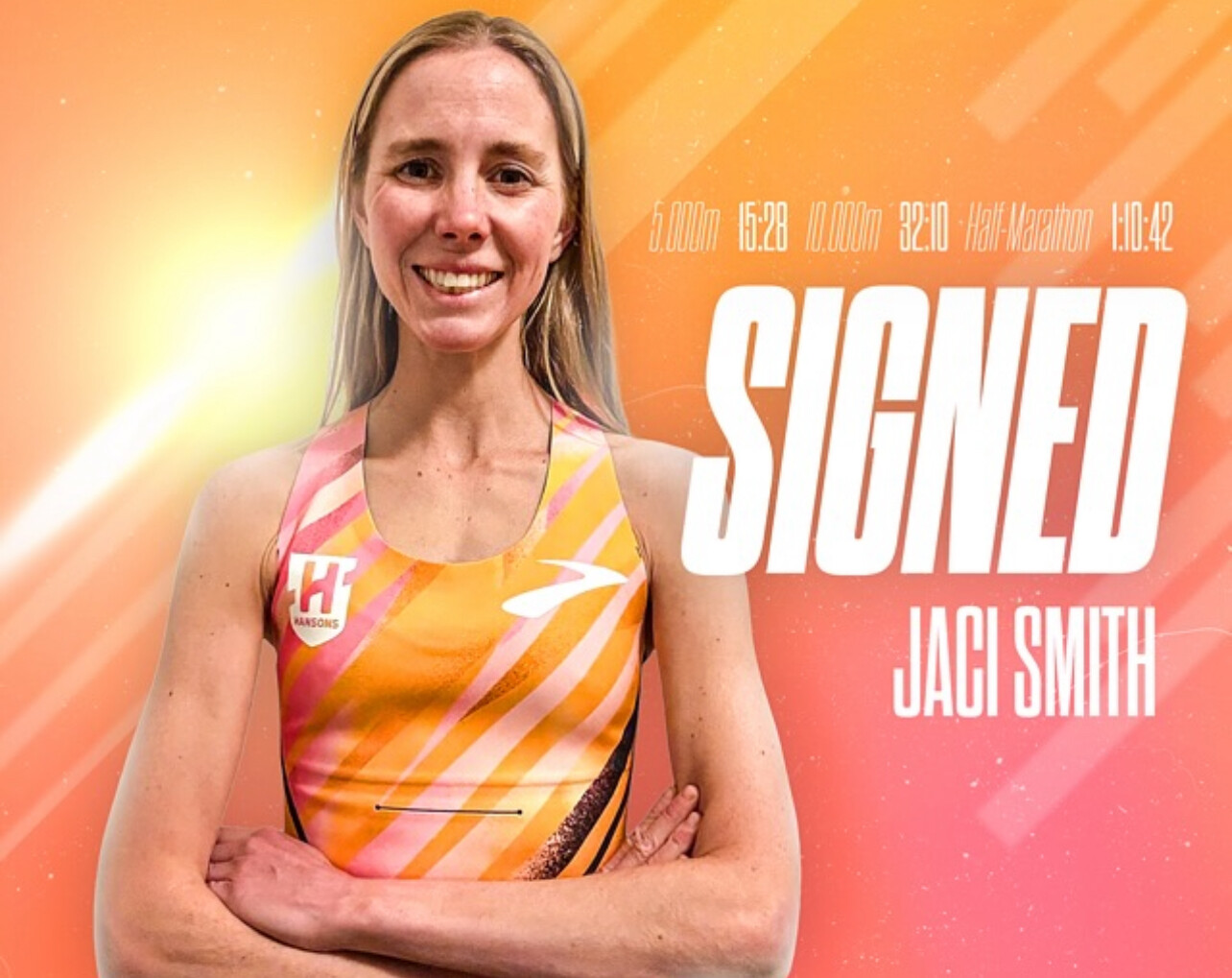
Smith arrives with standout personal bests across key distances:
• 5000m: 15:28
• 10,000m: 32:10
• Half Marathon: 1:10:42
These marks place her firmly among the top tier of U.S. women in distance running, and her addition bolsters the Hansons team as they prepare for future national and international competitions, including the U.S. Olympic Trials.
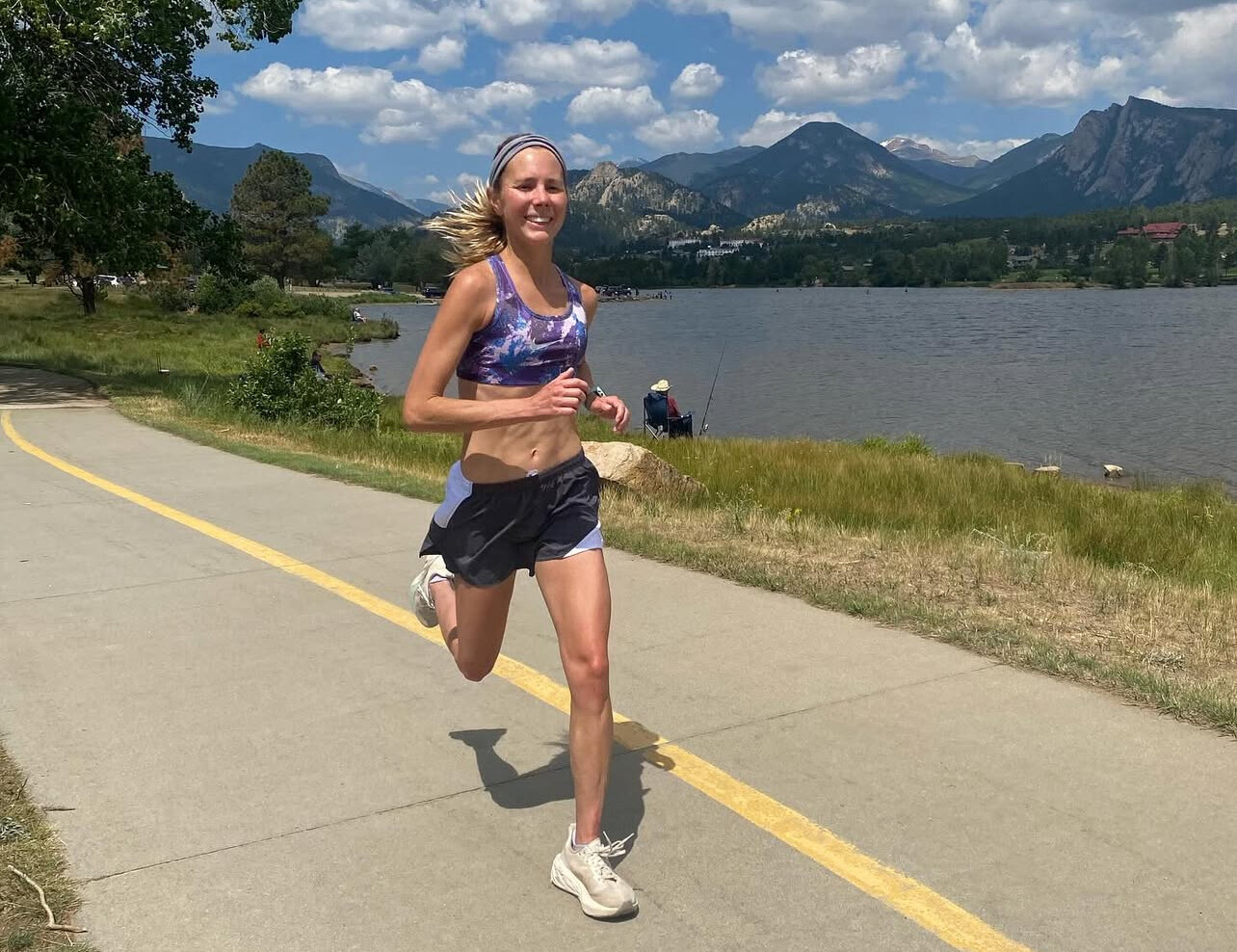
A graduate of the U.S. Air Force Academy, Smith has balanced military service with her athletic ambitions—an experience that has shaped her mental toughness and work ethic. She has represented the United States in international military competitions and brings a disciplined mindset to her training.
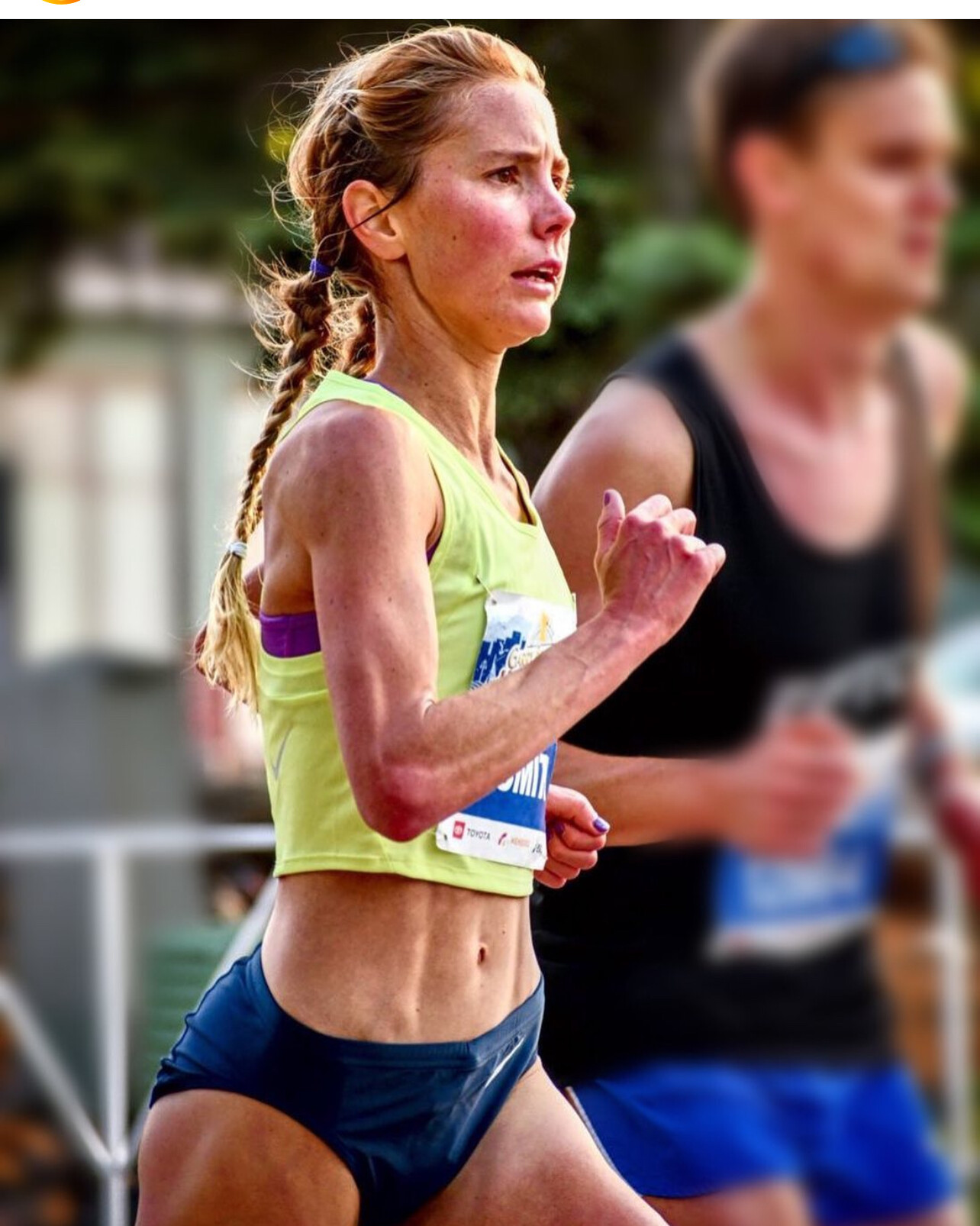
“Joining the Hansons team is a dream come true,” Smith recently shared. “I’ve admired their system for years, and I’m excited to train alongside athletes who push each other toward excellence.”
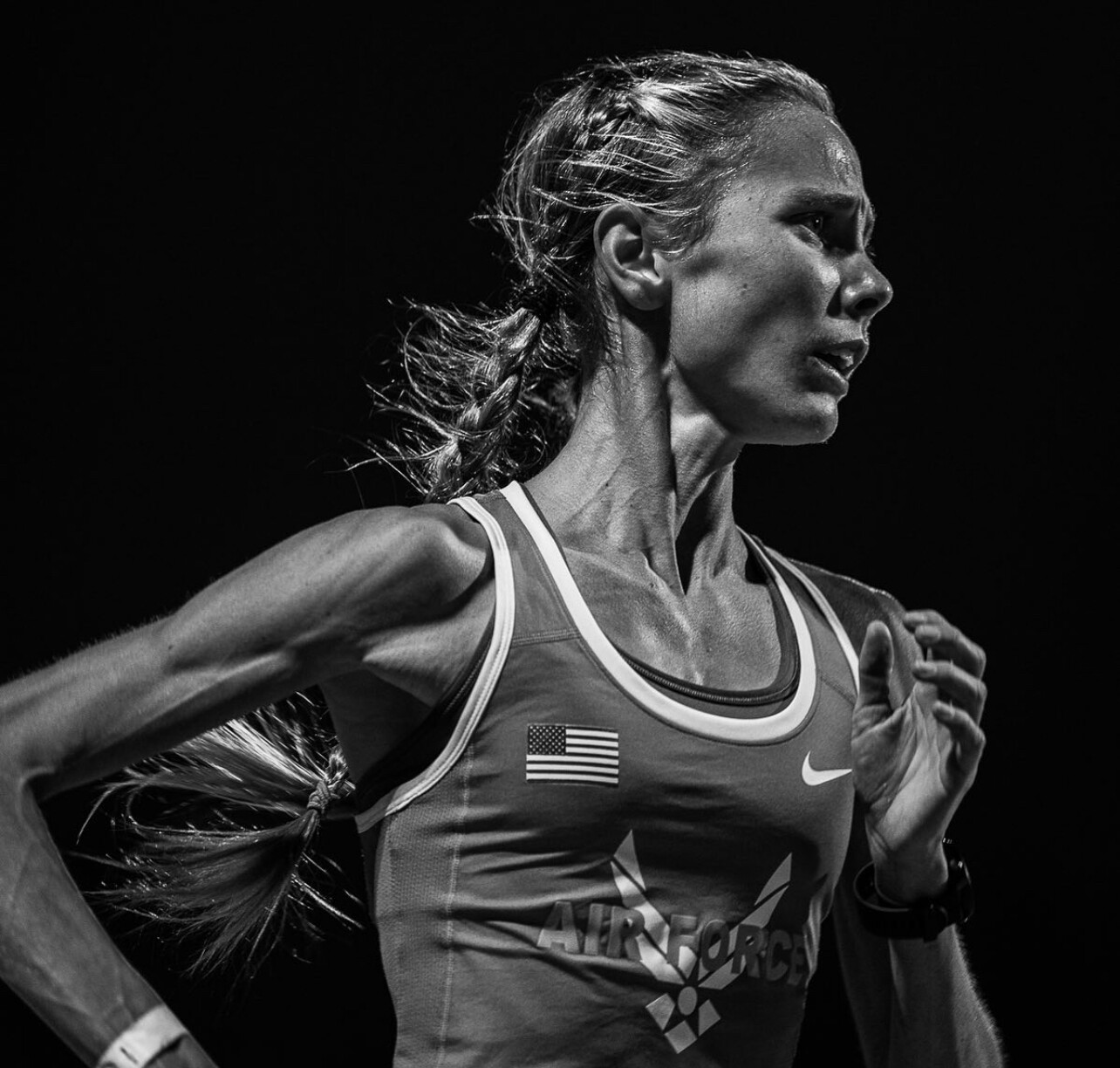
With coaching, team support, and a proven development model behind her, Jaci Smith is poised to make a strong impact in the years ahead. Her journey is one to watch as she aims for breakthroughs on the track and the roads.
Ultra running star Camille Herron wrote on social media "So happy about this! Thank you for taking fellow Okie Jaci under your wing C! We've watched her race since her freshman yr of HS and knew she's special."
(04/30/2025) ⚡AMPby Boris Baron
Geneva Marathon Blends Alpine Beauty with Personal Best Potential
The Generali Genève Marathon, scheduled for May 11, 2025, stands out as one of Europe’s most picturesque city marathons. Its course offers a unique blend of natural beauty and urban charm, attracting thousands of runners from over 140 nationalities each year.
The marathon route begins in the serene countryside of Cologny, meandering through open fields and quaint villages with the Alps rising in the distance. Runners then follow the shores of Lake Geneva before entering the heart of the city and finishing in front of the iconic Jet d’Eau fountain—one of Geneva’s most recognizable landmarks.
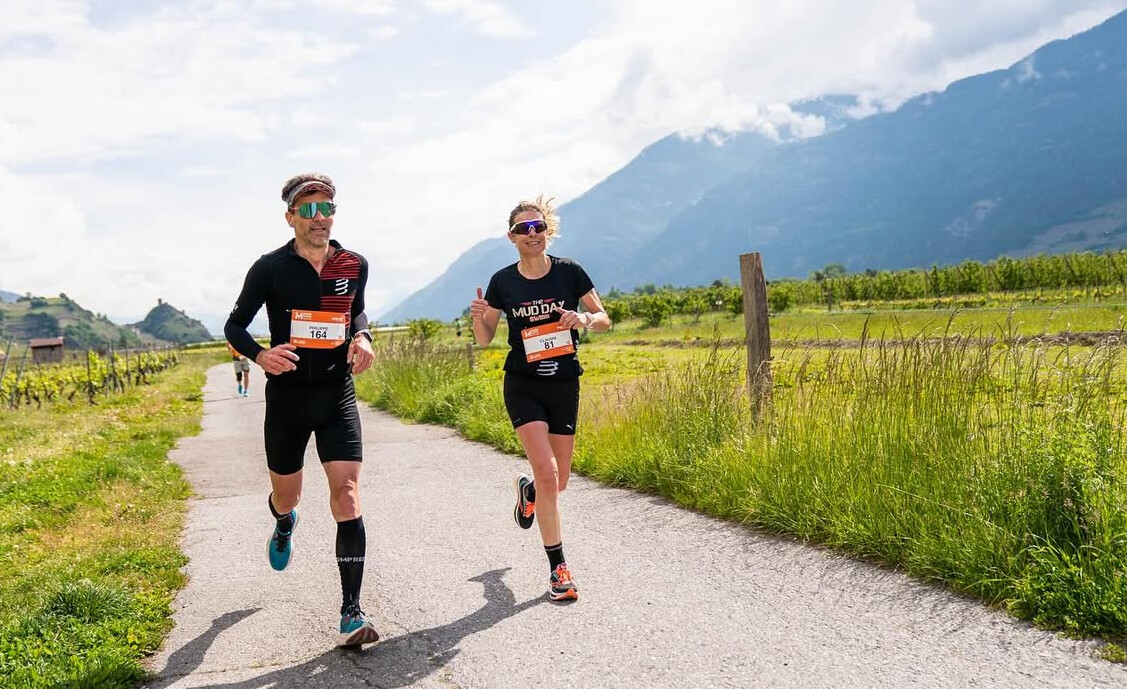
While the course is praised for its flat profile and smooth terrain—making it ideal for personal bests among amateur runners—it has not yet produced world-class times comparable to the fastest marathons like Berlin or London. The current men’s course record stands at 2:09:35 and the women’s at 2:29:14, solid performances but well outside the global elite tier. Still, many participants find Geneva’s tranquil surroundings, minimal elevation changes, and cool spring weather to be excellent conditions for running strong times.

The marathon weekend includes several events: a half marathon, relay marathon, and children’s races, creating a vibrant festival atmosphere. The race also supports a larger mission, partnering with UNICEF to raise funds that provide clean drinking water and sanitation to children in need around the world.
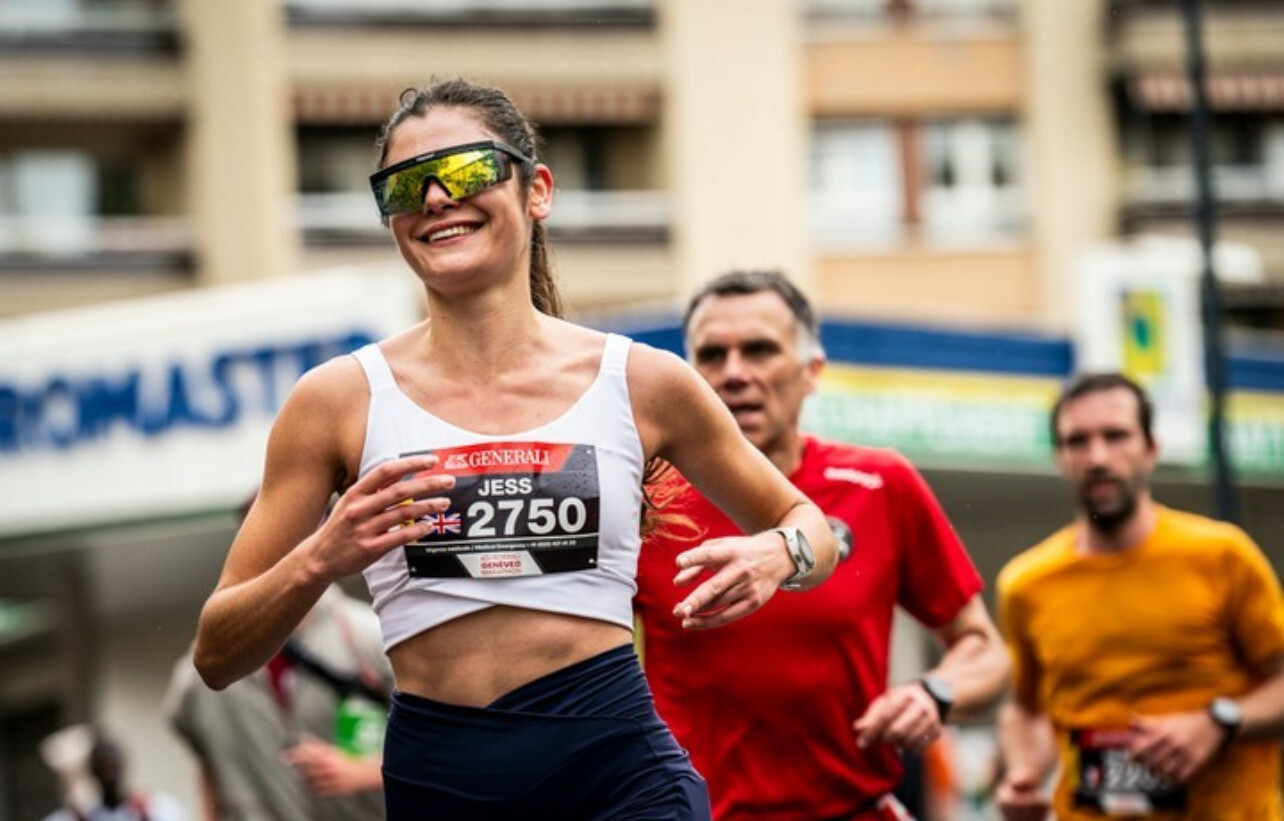
As one of the top spring marathons in Europe, the Geneva Marathon continues to grow in popularity, offering runners a memorable mix of competition, cause, and stunning Swiss scenery.
Fast facts:
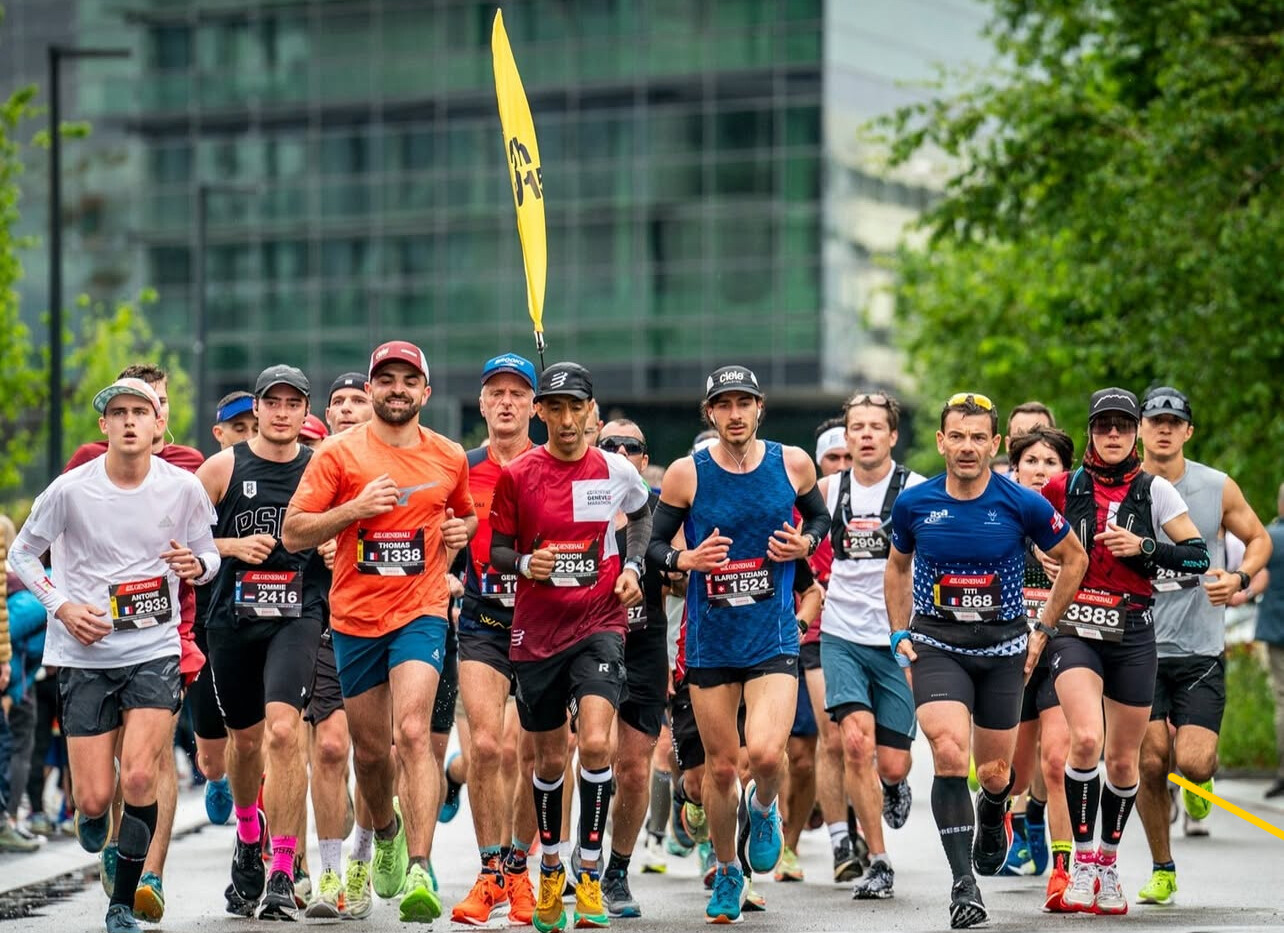
• Date: Sunday, May 11, 2025
• Start: Cologny countryside
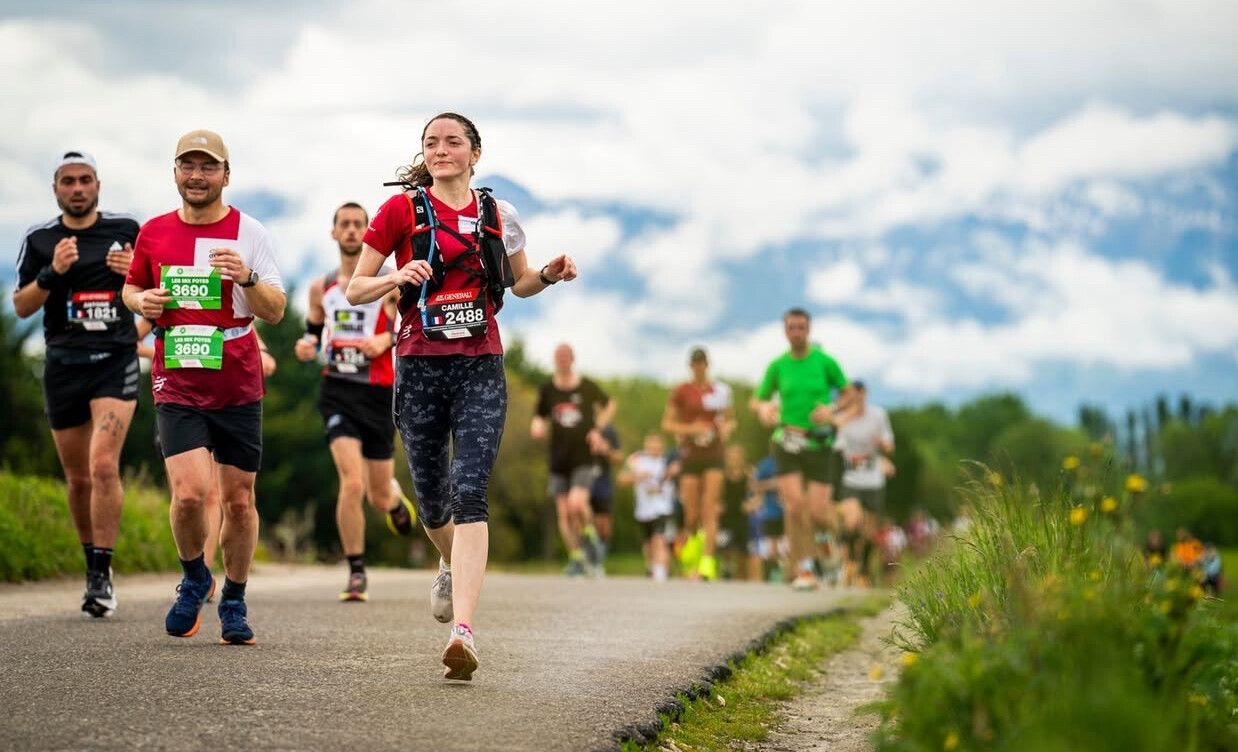
• Finish: Pont du Mont-Blanc near the Jet d’Eau
• Course records:
• Men: 2:09:35 – Hosea Kipkemboi (Kenya)
• Women: 2:29:14 – Jane Kiptoo (Kenya)
Participant Quotes:
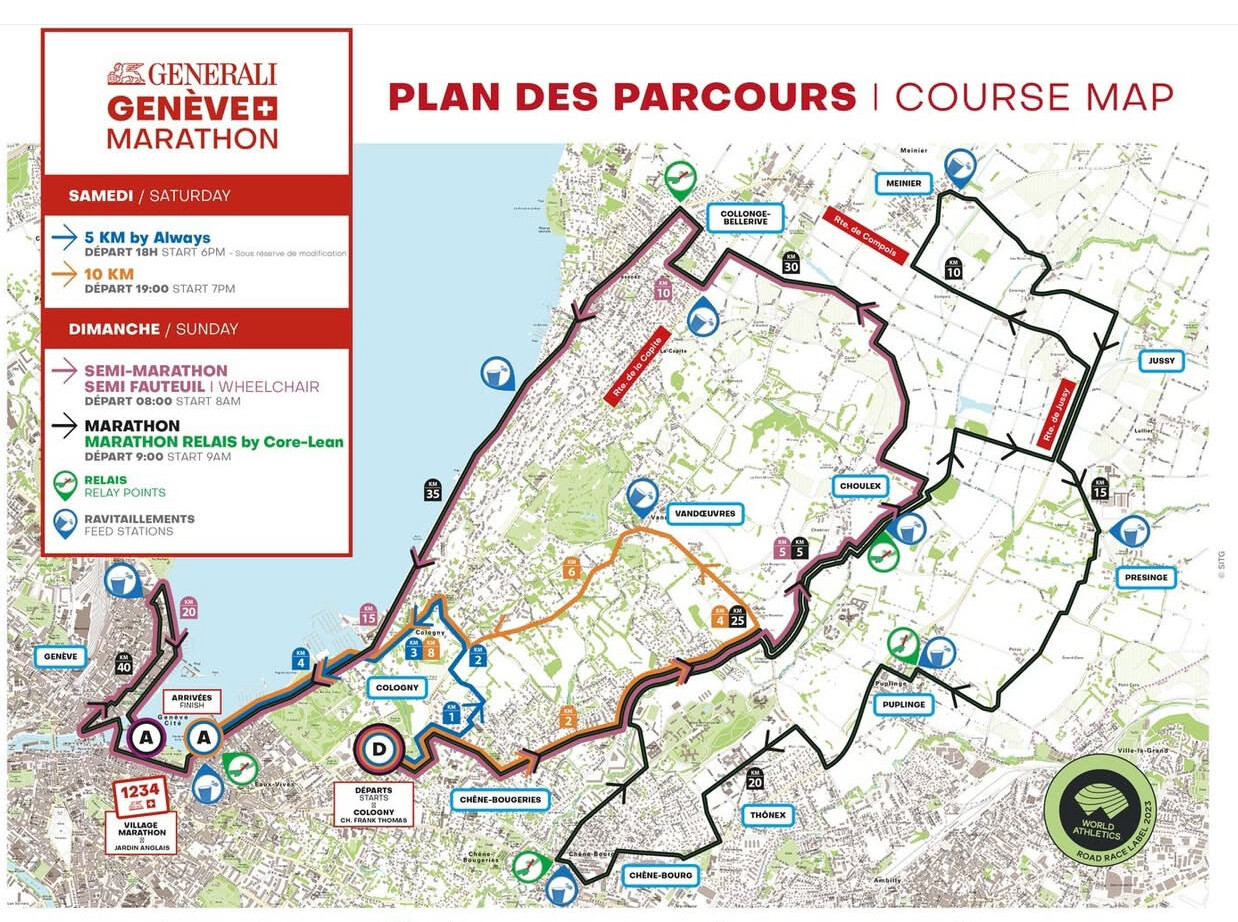
• “It was a great experience, full of touching moments I will treasure, full of excitement before, during, and after. Just hope to participate again next year, thanks!” — Rivero, Spain
• “It was a great event: well-organised, fun atmosphere, beautiful route. Thank you!” — Trushna, Geneva
(04/30/2025) ⚡AMPby Boris Baron
Harmony Geneva Marathon
The Harmony Geneva Marathon for Unicef is arguably one of the most picturesque city marathons in Europe and unquestionably one of the fastest. The course takes in the countryside nestled between mountains and the shore of Lake Geneva before finishing in the heart of the city in front of the famous Jet d’Eau. Thousands of runners from more than 120...
more...Conquering the Wall at the 2025 Jinshanling Great Wall Marathon
On May 10, 2025, runners from around the globe will gather to tackle one of the world’s most formidable races—the Jinshanling Great Wall Marathon. Set against the backdrop of China’s historic Great Wall, this event offers participants an unparalleled blend of physical challenge and cultural immersion.
A Race Through History
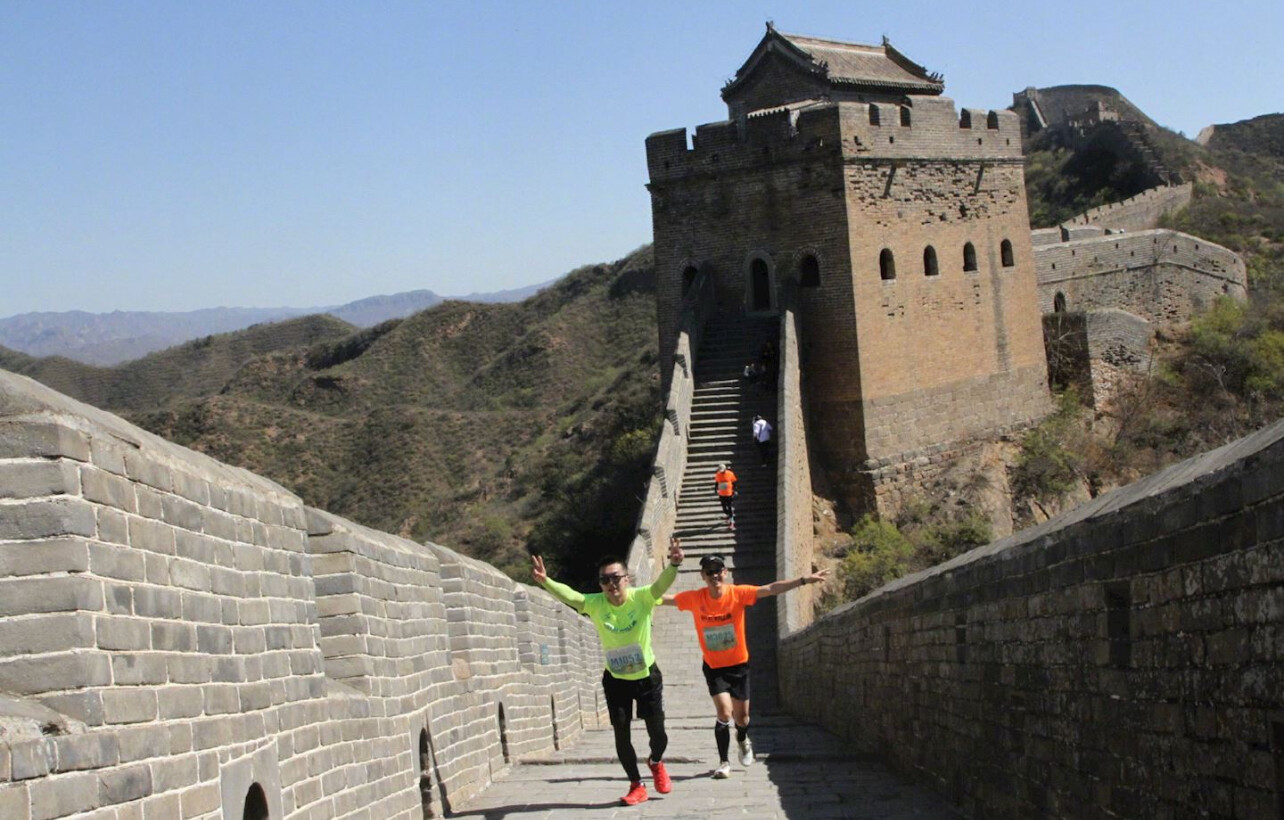
The marathon course winds through the Jinshanling section of the Great Wall, renowned for its steep ascents and rugged terrain. Runners will navigate over 20,000 uneven stone steps, varying in height and condition, as they traverse both restored and unrestored segments of this ancient structure. The elevation ranges from 278 meters to 492 meters above sea level, adding to the race’s complexity.
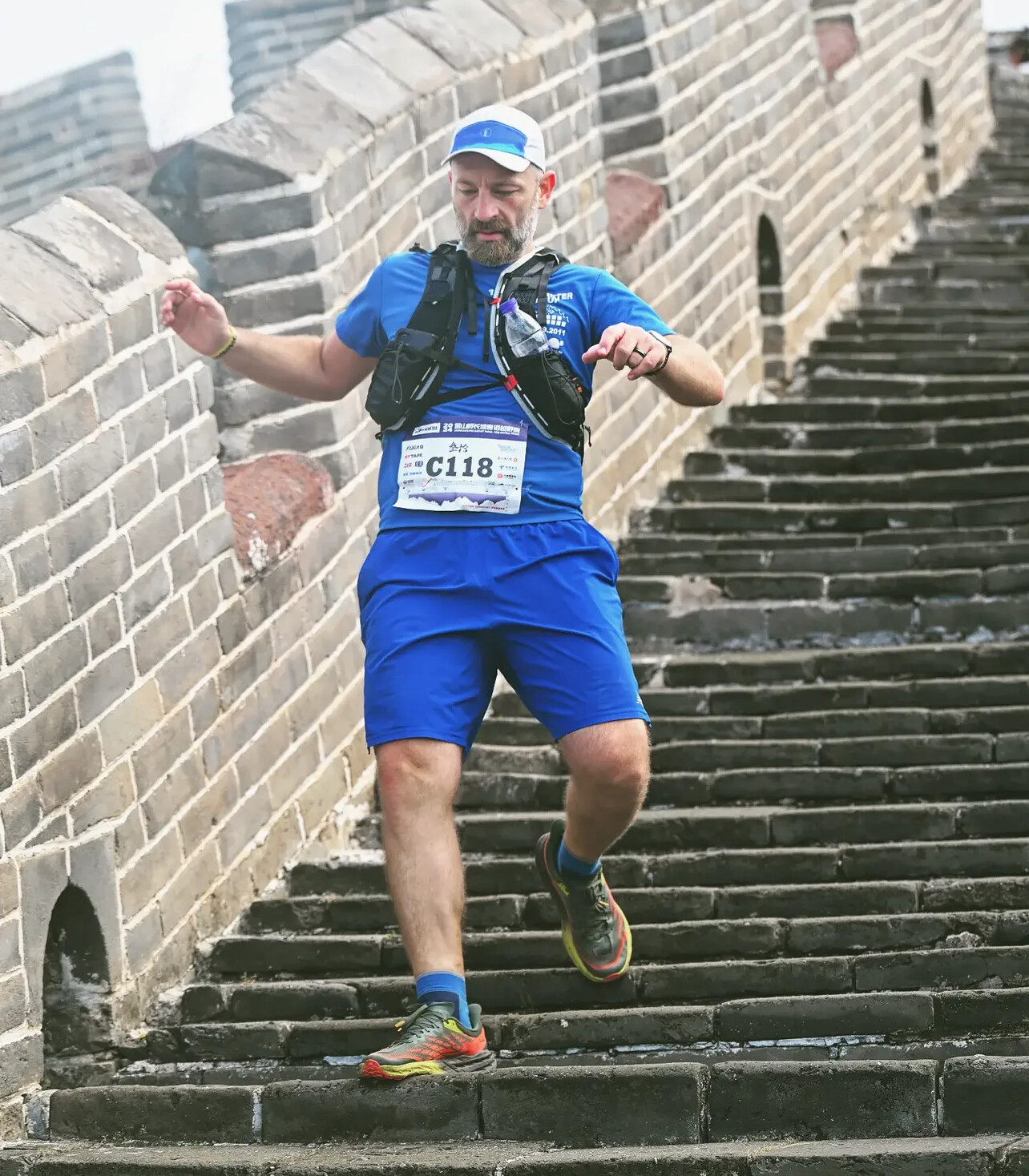
Participant Experiences

Runners often describe the marathon as both grueling and exhilarating. One participant noted, “The Jinshanling Marathon was the most challenging race I’ve ever completed. The steps were relentless, but the views made every effort worthwhile.” Another shared, “Running on the Great Wall was surreal. Each step felt like a journey through history.”
Event Highlights
• Distances Offered: Full Marathon (42K), 32K, Half Marathon (21K), 10K, and 5K
• Start Time: 6:00 AM for the Full Marathon
• Aid Stations: Strategically placed along the course, providing water, nutrition, and medical assistance
• Finisher Rewards: All finishers receive a commemorative medal and race shirt
Preparation and Training
Given the course’s demanding nature, participants are advised to engage in rigorous training, focusing on stair climbing and endurance. Proper hydration, nutrition, and acclimatization to uneven terrains are crucial for success.
Looking Ahead
The Jinshanling Great Wall Marathon continues to captivate the global running community, offering an unparalleled combination of challenge and cultural immersion. For those seeking a race that tests physical limits while providing a profound connection to history, this marathon remains an unmatched choice.
(04/30/2025) ⚡AMPby Boris Baron
Jinshanling Great Wall Marathon
Jinshanling Great Wall Marathon is seven years old. The running course has been well known by the most challenge and beautiful view. It has been highly attention by international runners around the world. This event has been growing and becoming the most popular running event among the international running communities. IThere were more than four hundreds international runners from more...
more...Fast Times and Timeless Views Await at the 2025 Prague Marathon
The 2025 Volkswagen Prague Marathon, scheduled for Sunday, May 4, continues its legacy as one of Europe’s premier running events. Established in 1995, this marathon is celebrated for its flat, fast course that winds through Prague’s historic streets, offering runners views of iconic landmarks such as the Charles Bridge and Old Town Square.
Course Records and Notable Performances
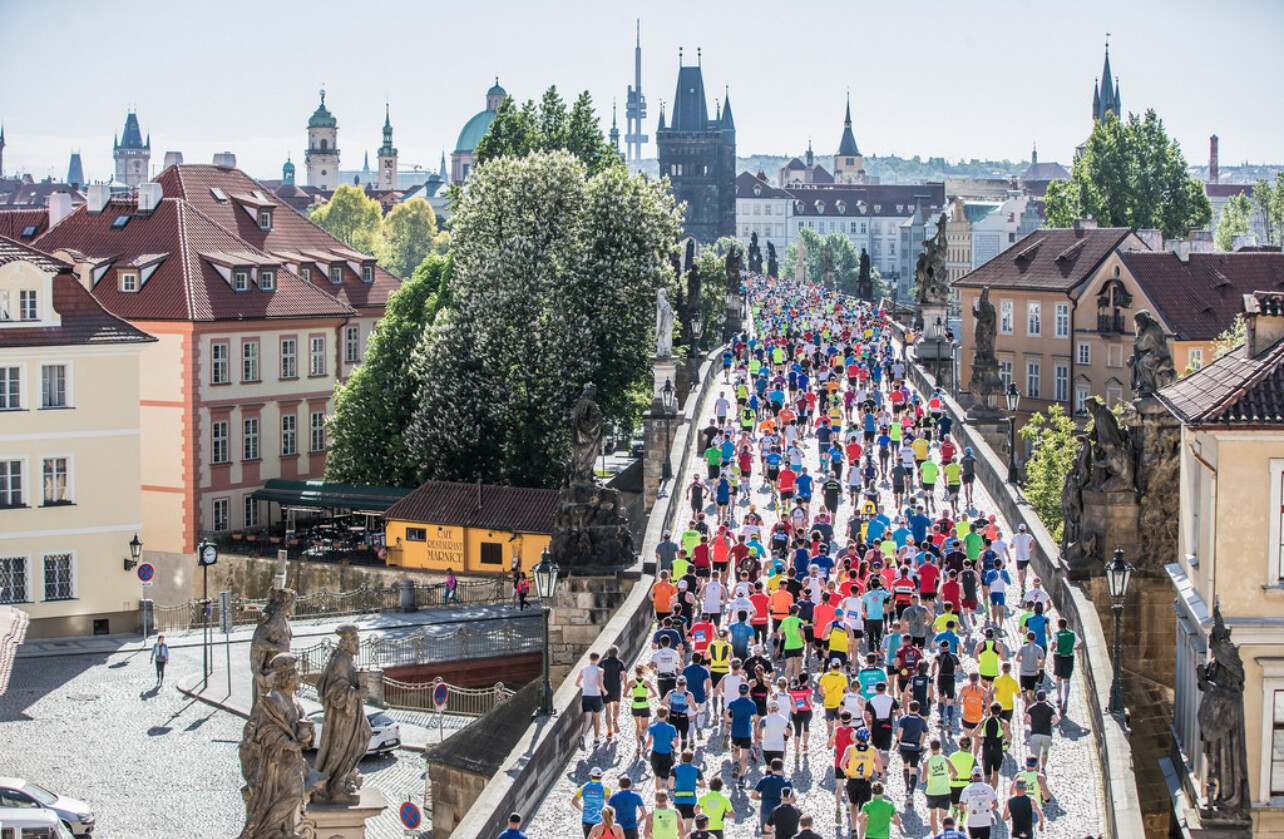
The men’s course record stands at 2:05:39, set by Kenya’s Eliud Kiptanui in 2010 . In the women’s category, Israel’s Lonah Chemtai Salpeter set the course record in 2019 with a time of 2:19:46 .
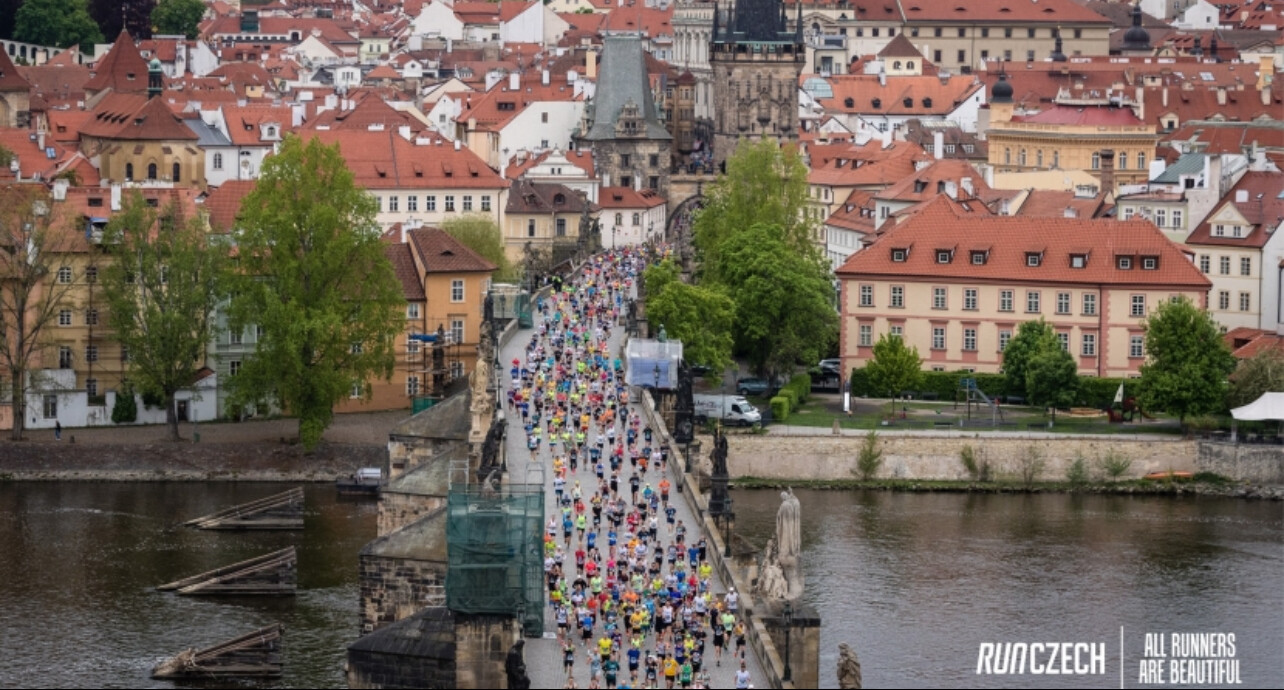
Elite Fields in 2025
This year’s elite field is expected to be highly competitive, with several runners aiming to challenge the existing course records. The men’s lineup includes multiple athletes with personal bests under 2:07, while the women’s field features several sub-2:22 marathoners.
A Marathon Experience Like No Other
Starting and finishing in Prague’s Old Town Square, the marathon offers a unique blend of historical scenery and modern race organization. The route crosses the Vltava River multiple times and passes by some of the city’s most famous sites, providing an unforgettable experience for both runners and spectators.
Looking Ahead
With favorable weather conditions and a strong elite field, the 2025 Volkswagen Prague Marathon promises to be an exciting event. Runners and fans alike will be watching closely to see if new records are set on this picturesque and fast course.
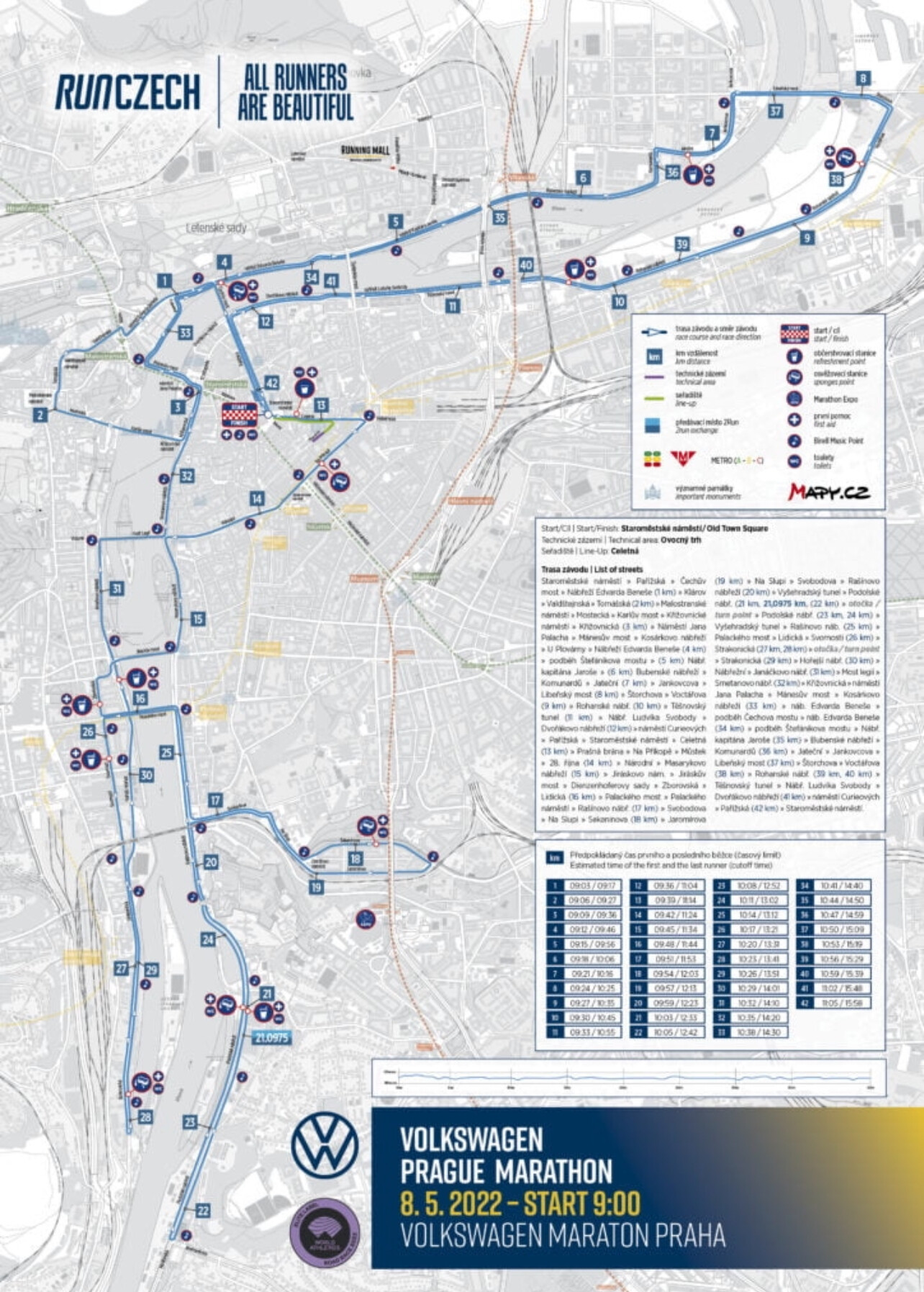
by Boris Baron
Prague Marathon
The Volkswagen Prague Marathon, established in 1995, has evolved into a premier event on the international running calendar, renowned for its scenic course through one of Europe's most picturesque cities. The marathon's route meanders through Prague's historic streets, offering runners views of iconic landmarks such as the Charles Bridge and Old Town Square. The predominantly flat terrain provides an excellent...
more...Beyond the Finish Line: Navigating the Post-Race Emotional Landscape
Crossing the finish line of a race—be it a 5K, marathon, or ultra—is a moment of triumph. Yet, for many runners, the days following can bring unexpected feelings of emptiness or sadness. This phenomenon, known as the “post-race blues,” is a common experience that underscores the profound emotional journey of running.
Understanding the Post-Race Blues
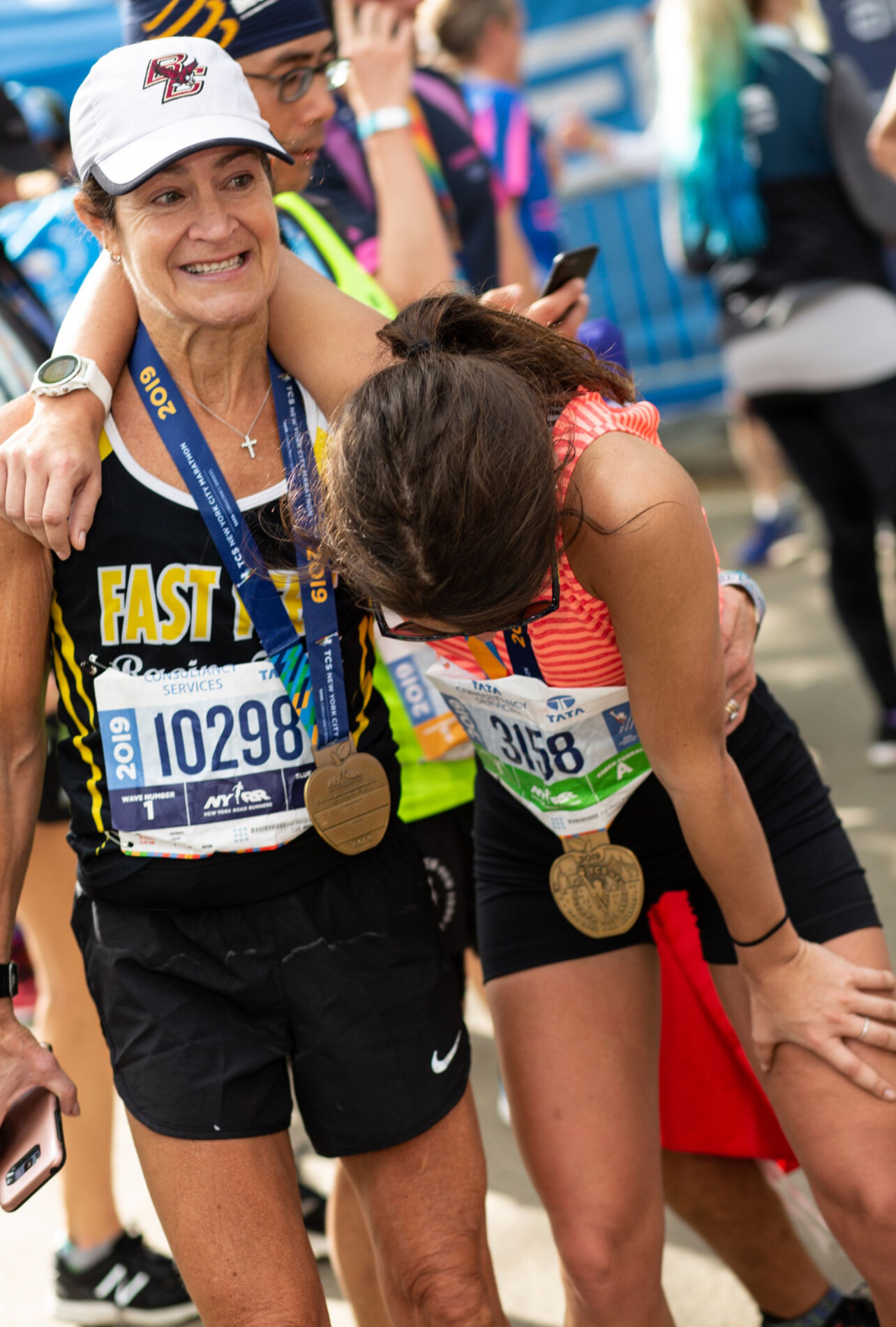
The post-race blues are not merely a figment of imagination; they have a physiological basis. During training and racing, the body releases endorphins and dopamine—chemicals associated with pleasure and reward. After the race, levels of these neurotransmitters can drop significantly, leading to feelings of lethargy or melancholy.
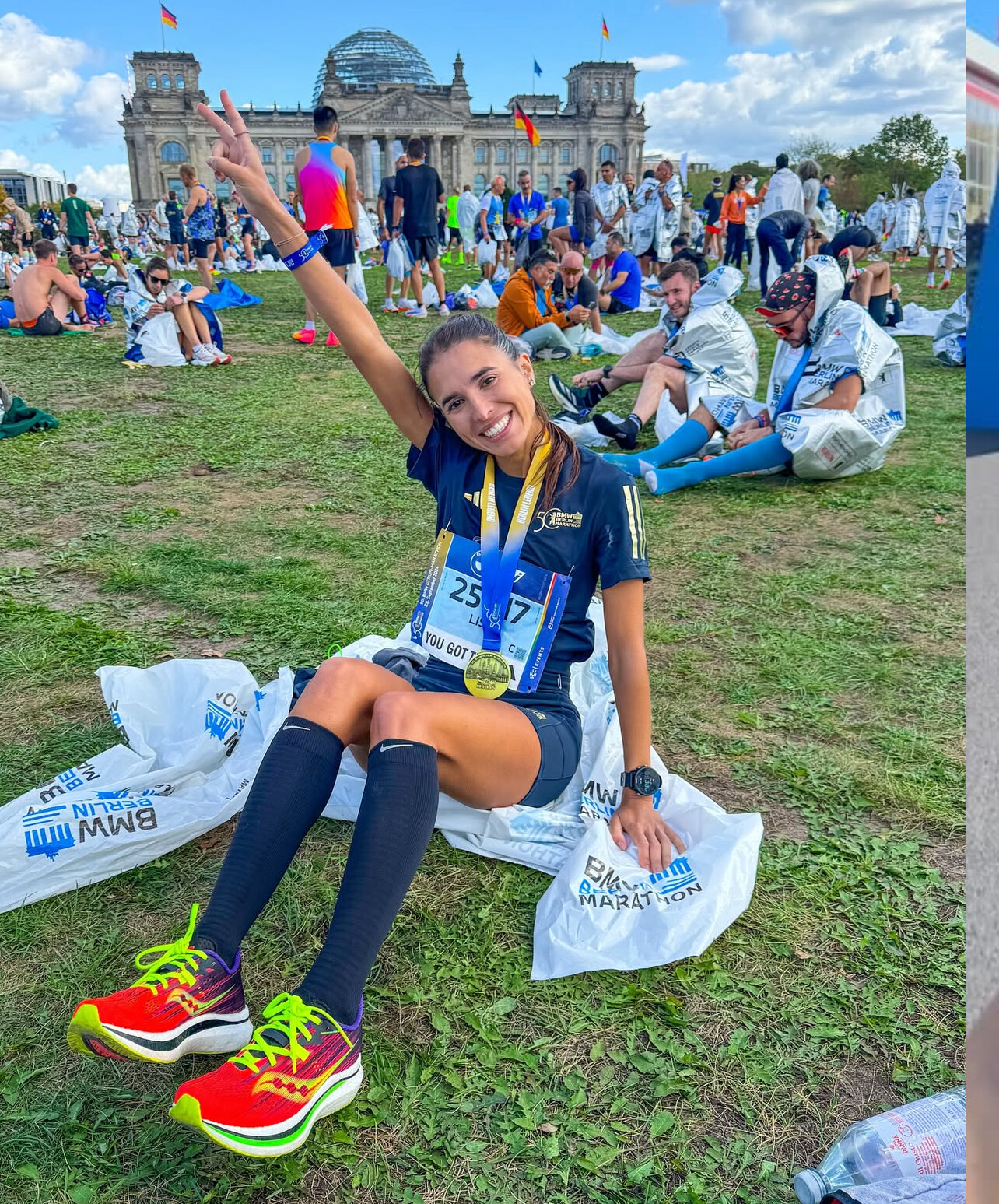
Dr. Beth McQuiston, a neurologist and medical director at Abbott, explains that finishing a race can feel like “pulling the plug on the neurotransmitter sink,” leaving runners feeling low after their body and brain are pulled out of the pattern they’ve adapted to .
Strategies to Cope and Thrive Post-Race
1. Acknowledge Your Feelings: Recognize that it’s normal to feel a mix of emotions after a race. Allow yourself to process these feelings without judgment.
2. Reflect on Your Achievement: Take time to appreciate what you’ve accomplished. Document your journey, share your experience with friends, or write a race recap.
3. Set New Goals: Establishing a new objective can provide direction and motivation. This doesn’t have to be another race; it could be improving your pace, exploring new trails, or incorporating cross-training.
4. Reconnect with Other Interests: Use this time to engage in hobbies or activities that may have taken a backseat during training.
5. Stay Active: While rest is essential, light activities like walking, yoga, or swimming can help maintain a sense of routine and boost mood.
6. Join a Community: Engaging with fellow runners or joining a running group can provide support and camaraderie.
7. Seek Professional Help if Needed: If feelings of sadness persist or intensify, consider consulting a mental health professional.
Embracing the Journey
Remember, the post-race blues are a testament to the passion and dedication you’ve invested in your running journey. By acknowledging these feelings and implementing coping strategies, you can transition smoothly into your next chapter, whether it’s setting a new goal or simply enjoying the run for its own sake.
(04/30/2025) ⚡AMPby Boris Baron
Faith Kipyegon’s Historic Sub-4:00 Mile Attempt Set for June 26 in Paris
Kenyan middle-distance legend Faith Kipyegon is preparing to make history by attempting to become the first woman to run a mile in under four minutes. The highly anticipated event is scheduled for June 26, 2025, at Stade Charléty in Paris and is part of Nike’s “Breaking4” initiative. This project mirrors the brand’s earlier “Breaking2” campaign, which supported Eliud Kipchoge’s groundbreaking sub-two-hour marathon attempt.
Aiming for the Unthinkable
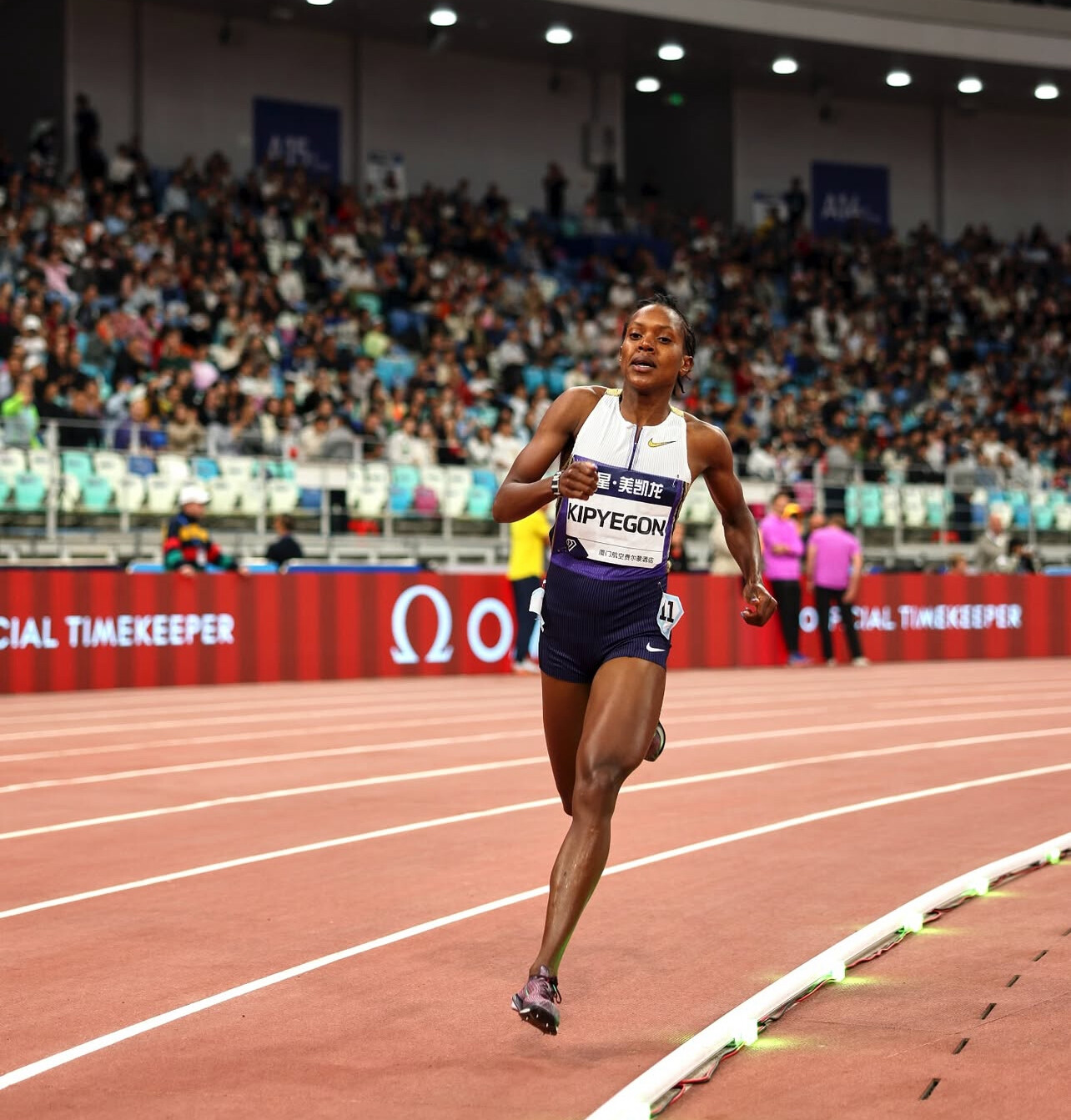
Kipyegon currently holds the women’s mile world record at 4:07.64, achieved at the Monaco Diamond League in July 2023. To break the four-minute barrier, she must shave over seven seconds off her personal best—a monumental challenge in elite middle-distance running.

Nike is providing comprehensive support through its “Breaking4” initiative, which includes custom-designed shoes and apparel tailored to Kipyegon’s physiology. The gear is developed in Portland and aims to optimize her performance.
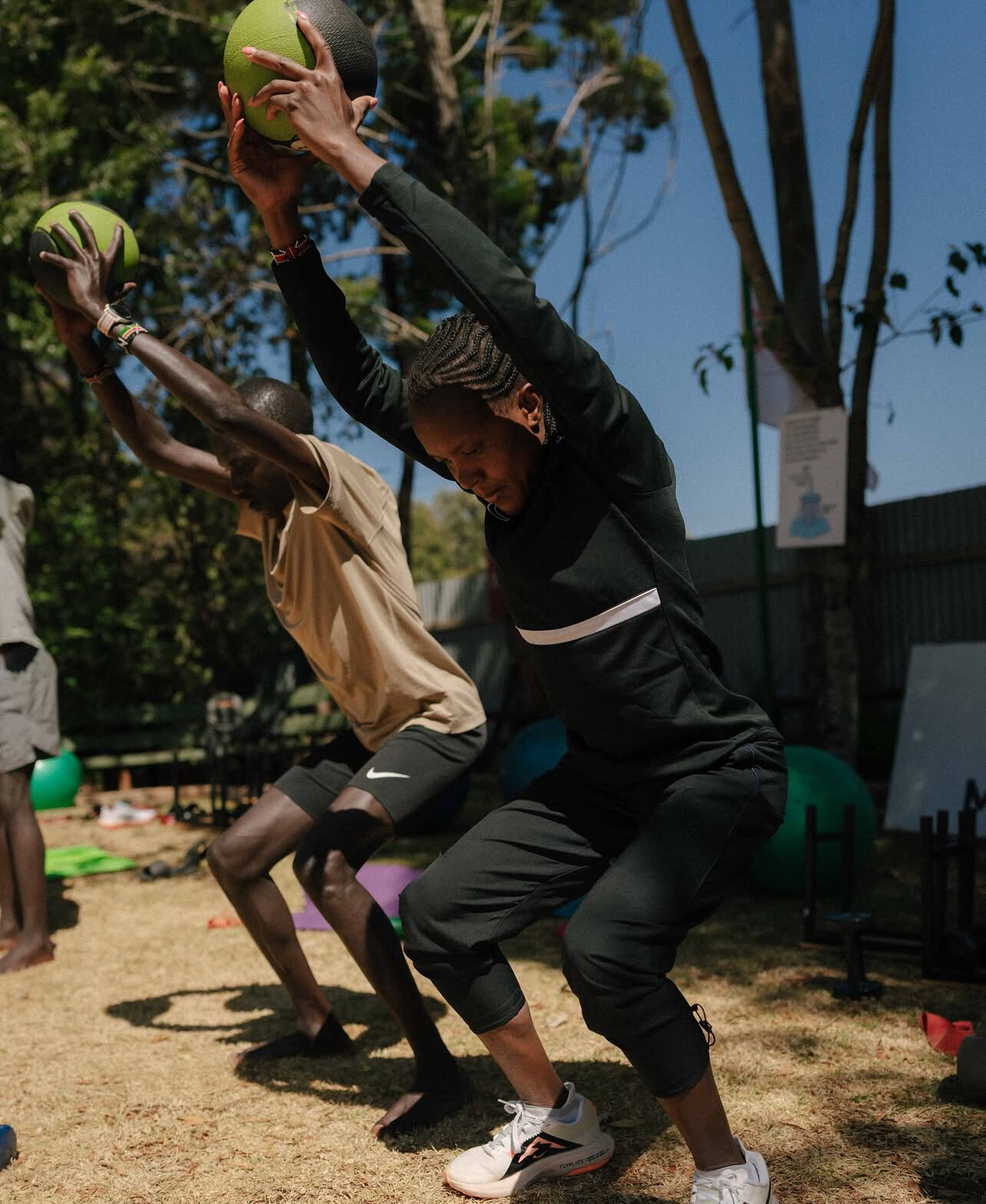
This will not be an Official Record
It’s important to note that this attempt will not be eligible for official world record recognition. The use of male pacemakers and advanced performance aids, such as laser pacing lights and cutting-edge footwear, disqualify the event from official status.

This setup is reminiscent of Kipchoge’s sub-two-hour marathon run, which, despite its significance, was not officially recognized due to similar conditions.
A Symbol of Inspiration
Beyond the athletic achievement, Kipyegon views this endeavor as a message to women worldwide. She has stated that she is running “to say to women, ‘You can dream and make your dreams valid.’”
Whether or not she breaks the four-minute barrier, Kipyegon’s attempt is set to inspire and push the boundaries of what is considered possible in women’s athletics.
(04/29/2025) ⚡AMPby Boris Baron
Emily Durgin Has the Tools to Be a Force in Distance Running
A Profile of Grit, Versatility, and Untapped Potential
Emily Durgin’s name may not yet be a household one in global distance running, but among those who follow American road racing closely, she has earned deep respect for her steady rise, racing range, and professionalism. With standout performances in the 10K, half marathon, and marathon, Durgin has shown she possesses the tools to become a lasting force in the sport.
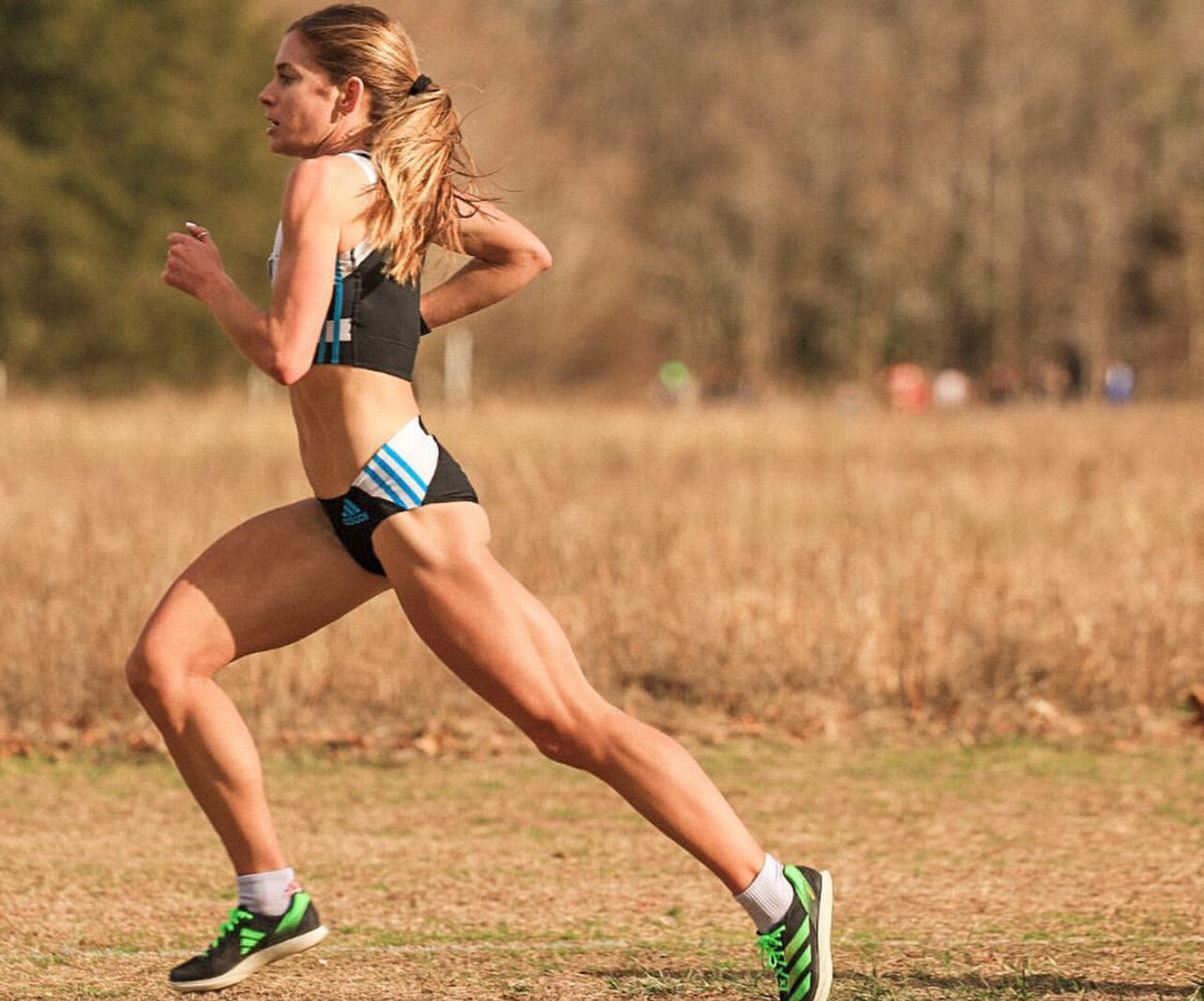
Originally from Maine, Durgin was a nine-time conference champion at the University of Connecticut before making a name for herself on the professional circuit. Her breakout year came in 2022, when she ran 1:07:54 for the half marathon in Houston — one of the fastest times ever by an American woman. She followed that up with a marathon personal best of 2:26:46 at the Toronto Waterfront Marathon in 2023, finishing as the top American.
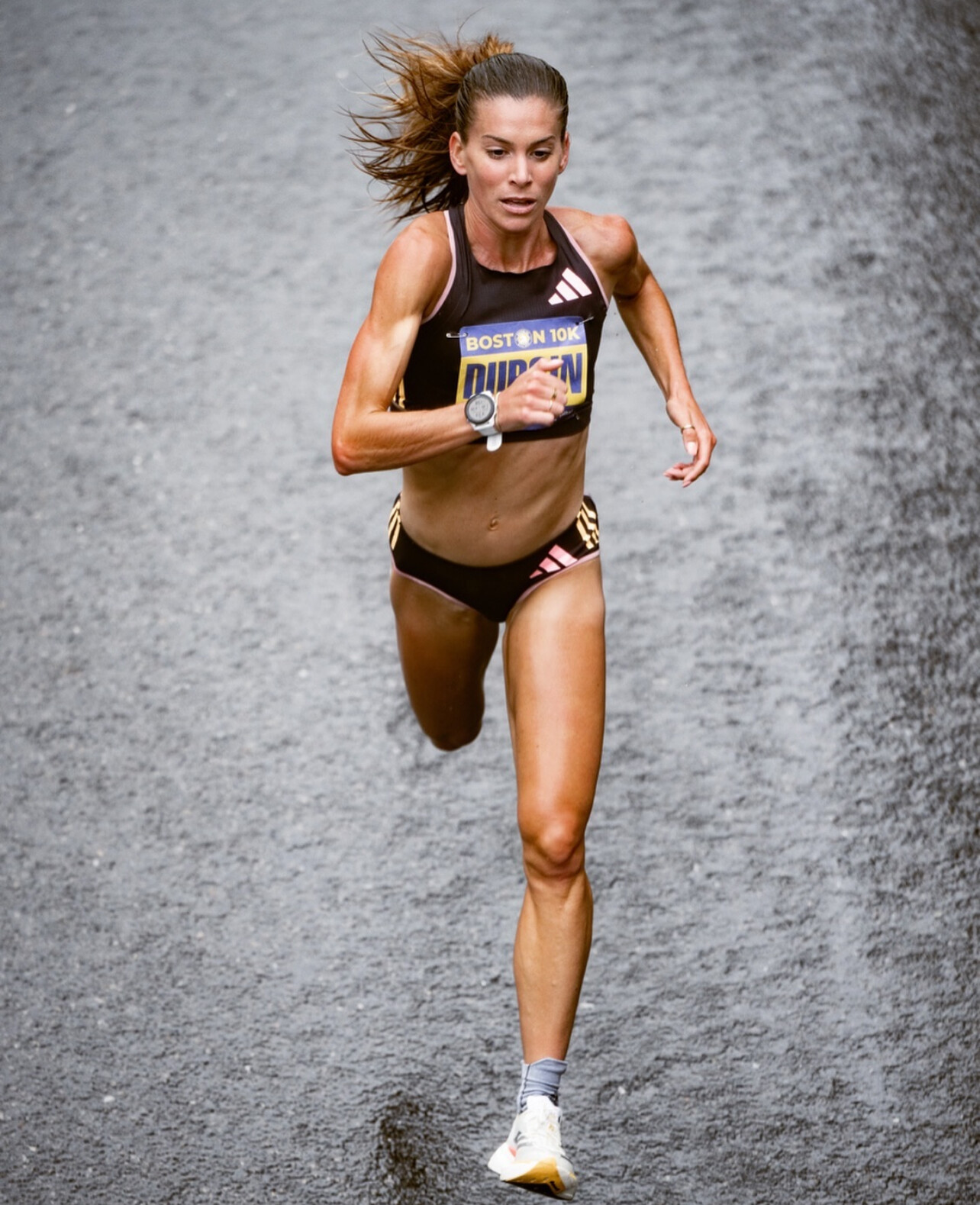
In early 2024, she placed ninth at the U.S. Olympic Marathon Trials and went on to win the USATF 10-Mile Championship in Washington, D.C., with a blazing 51:26 — the fastest time ever by an American in a women-only race at that distance.

While she had planned to run the Valencia Marathon in December 2024, Durgin did not start the race due to a hamstring issue and a problem sleeping. In a recent social media post she feels she is putting these issues behind her and plan on racing again soon. But she says she is listening to her body and do not want to come back until her body is ready to race at the elite level.
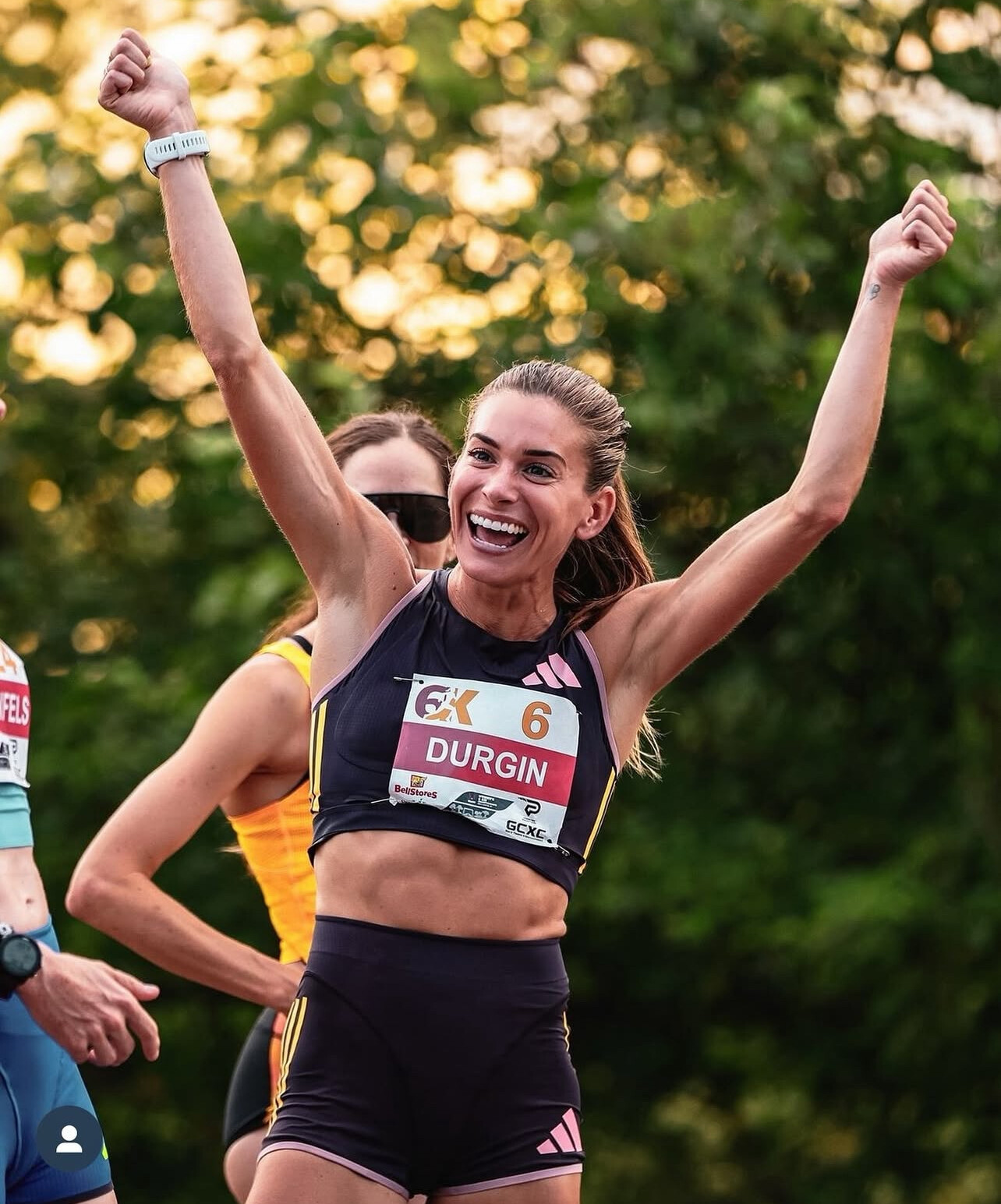
At age 30, she’s in the prime years for a distance runner — and with her ability across distances and proven toughness on the roads, Emily Durgin remains a name to watch.
(04/29/2025) ⚡AMPby Boris Baron
How Trail Races Are Redefining the Running Boom
In recent years, the global running community has seen a dramatic shift in where and how people race. While traditional road marathons still draw massive crowds, trail races—once considered a niche segment—are experiencing a surge in popularity. From rugged mountain paths to dense forests and desert crossings, more runners are lacing up to compete off-road, seeking challenge, solitude, and a deeper connection to nature.
The Rise of Trail Runnimg
Trail running has grown rapidly in the past decade, but its momentum accelerated after the COVID-19 pandemic, when road races were canceled and people turned to nature for both fitness and sanity. What started as necessity turned into passion for many, and race organizers took note. Events that once attracted a few hundred now sell out in minutes.
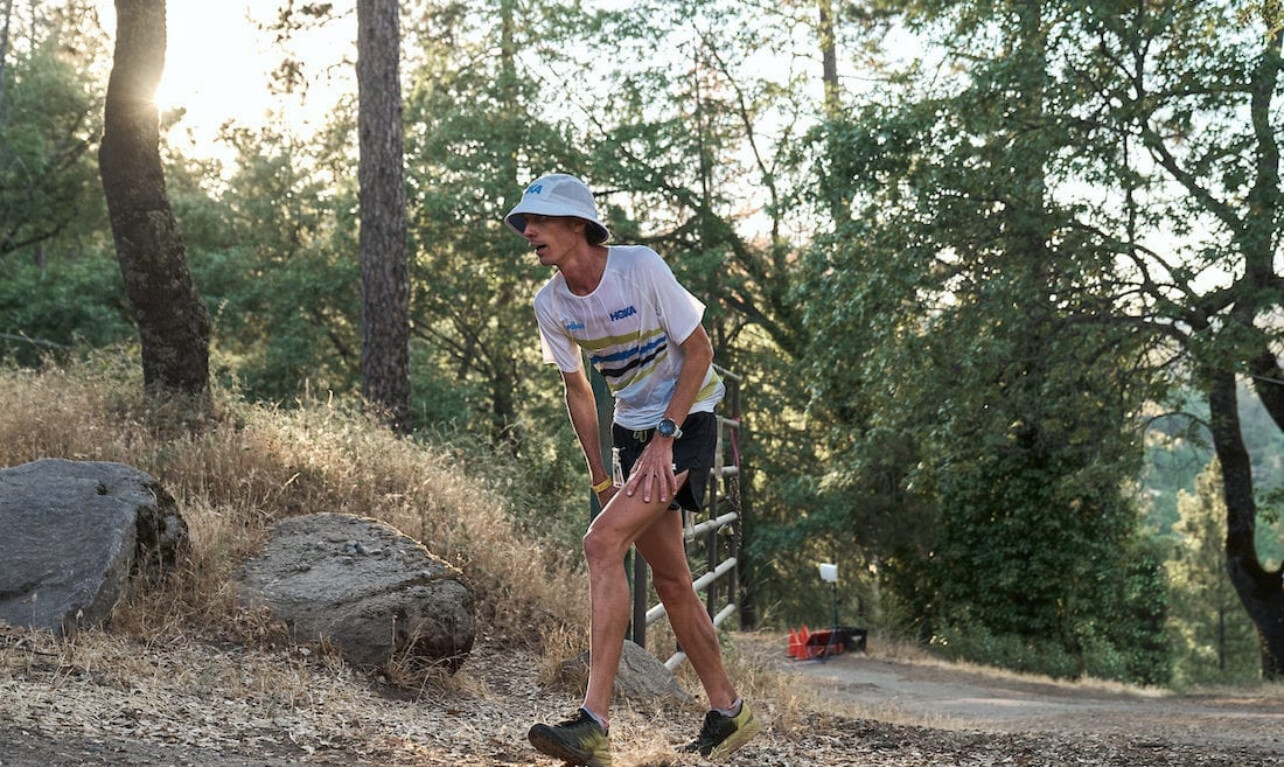
Today, races like the UTMB (Ultra-Trail du Mont-Blanc) in France, the Western States 100 in California, and the Ultra-Trail Cape Town in South Africa are globally recognized—drawing elites and amateur runners alike. These races offer not just distance and competition, but elevation, terrain variety, and breathtaking backdrops.
More Than a Race—A Journey
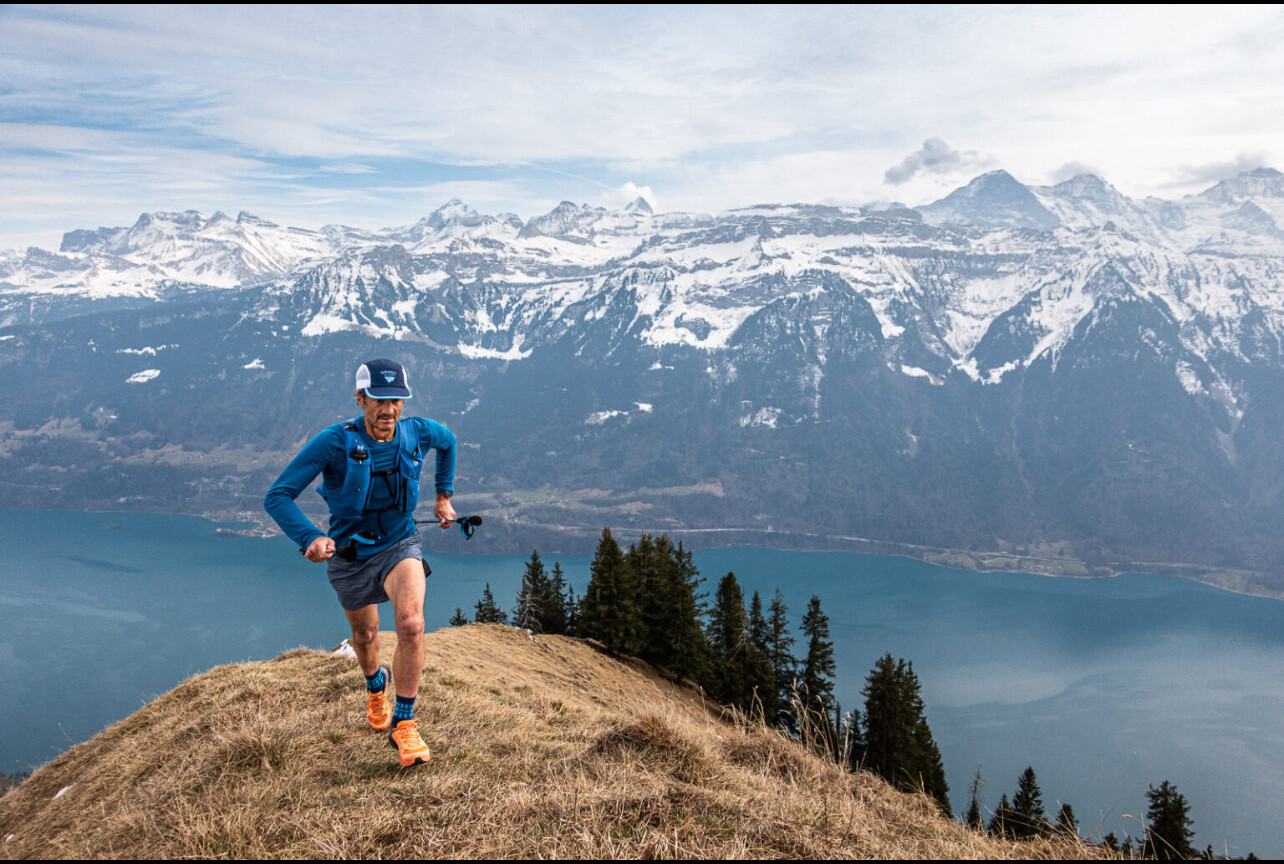
Unlike a typical 10K or marathon, trail races often require navigation, climbing, and mental fortitude. Weather and terrain can change quickly. Aid stations may be miles apart. But it’s exactly these demands that attract runners hungry for something deeper than just speed or medals.
“There’s something primal about running in the wilderness,” says 2023 UTMB finisher Sara Delgado. “It’s not just about pace—it’s about presence.”
Elite Trail Runners on the Rise

Top road racers are taking notice too. Marathoners like Jim Walmsley and Kilian Jornet have made trail dominance a core part of their legacy. Meanwhile, athletes like Courtney Dauwalter are redefining what endurance looks like, regularly winning 100-mile races overall—not just in the women’s field.
Sponsors have followed the talent. Major brands are investing in trail running gear, shoes, and media coverage, making the sport more visible and viable for elite athletes and growing its appeal for weekend warriors.
Global Appeal
From Portugal’s Douro Valley to the jungles of Costa Rica and the peaks of Japan’s Alps, trail races are being launched in every corner of the world. Many combine local culture with intense landscapes, turning these events into destination experiences.
Travel-based trail running adventures—3-day stage races, run-and-yoga retreats, and culinary trail tours—are also gaining traction. It’s no longer just a race, but a way to see the world, one footstep at a time.
What This Means for the Future
Trail running is redefining the running boom by offering what many road races cannot: quiet, challenge, authenticity, and unfiltered connection to the earth. As the sport continues to grow, it’s likely we’ll see more hybrid athletes, crossover races, and increased visibility across the media.
The road will always have its place, but for a growing number of runners, the real race begins where the pavement ends.
(04/29/2025) ⚡AMPby Boris Baron
Robert Garside: The Man Who Ran Around the World
An Epic Journey of Endurance and Determination
Robert Garside, known as “The Runningman,” holds the distinction of being the first person to run around the world—a feat recognized by Guinness World Records. His journey began on October 20, 1997, at India Gate in New Delhi, India, and concluded at the same location on June 13, 2003. Over 2,062 days, Garside traversed approximately 35,000 miles across 29 countries and six continents.
The run was fraught with challenges, including arrests, injuries, and skepticism from the running community. Despite these obstacles, Garside meticulously documented his journey, providing evidence that eventually led to official recognition.

Garside's story is one of resilience and the unyielding human spirit, inspiring runners and adventurers worldwide.

Life After the Run
Following his monumental achievement, Garside took time to recover physically and mentally from the rigors of his journey. He later transitioned into a professional career, working as a data engineer. In 2020, he shared on LinkedIn about an opportunity to join the BBC as an apprentice data analyst, indicating his involvement in the field of data analytics.
While Garside has maintained a relatively low public profile in recent years, his legacy endures. His journey continues to inspire discussions about endurance, determination, and the human capacity to overcome immense challenges.
(04/29/2025) ⚡AMPby Boris Baron
The AJ Bell Great Birmingham Run 2025: A Citywide Celebration of Running and Community
This Sunday, 4 May 2025, Birmingham will host the AJ Bell Great Birmingham Run, welcoming over 16,000 runners to the city’s streets. As part of the esteemed Great Run Series, this event offers both 10K and Half Marathon distances, attracting participants of all levels to experience Birmingham’s dynamic atmosphere.
Event Overview
• Date: Sunday, 4 May 2025
• Distances: 10K and Half Marathon
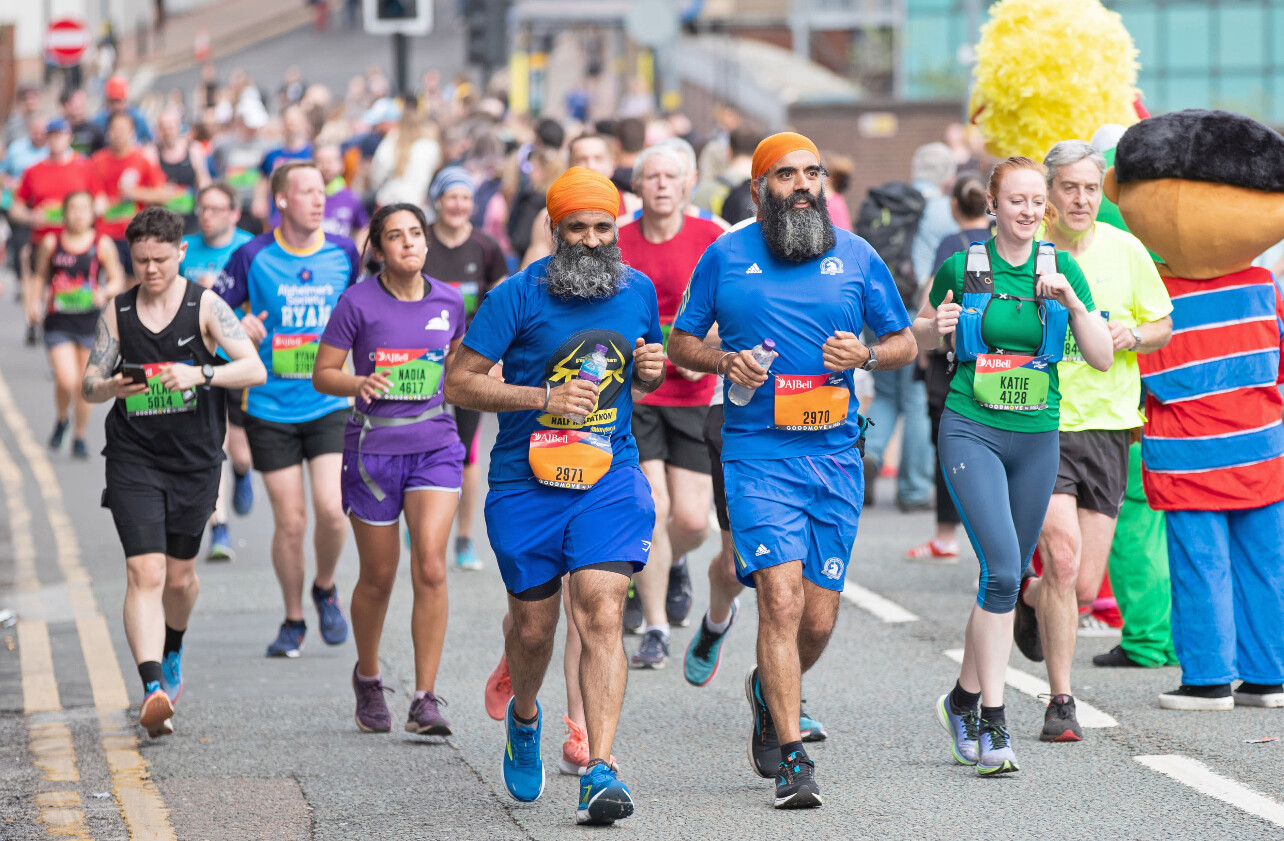
• Start Location: Centenary Square, Birmingham
• Finish Location: Smithfield, Birmingham city centre
• Start Times: Wave starts beginning at 8:30 AM
• Participants: Over 16,000 runners expected
The event is renowned for its electric atmosphere, with live music zones, charity cheer buses, and enthusiastic spectators lining the streets. The event village at Smithfield will feature food stalls, live DJs, and a festive post-run celebration.
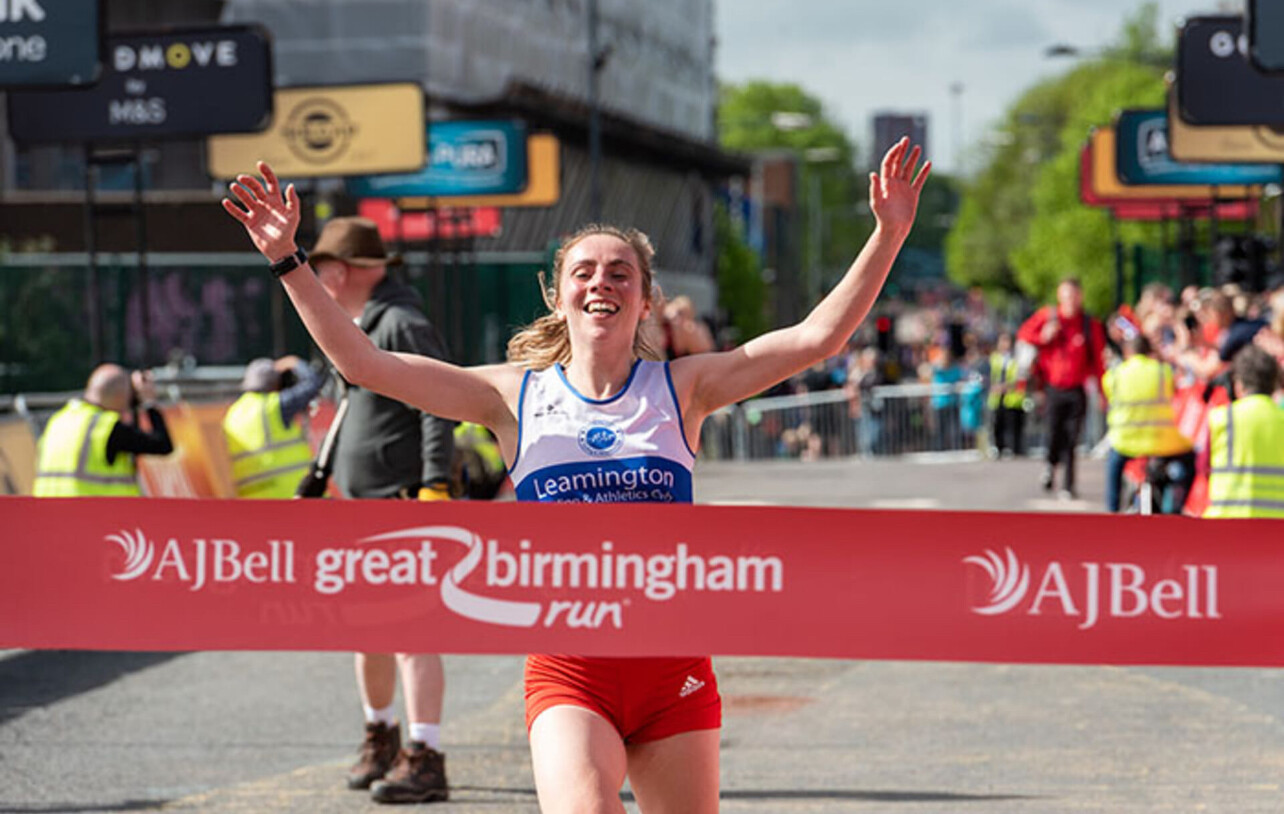
Course Highlights
The race courses showcase Birmingham’s rich heritage and modern landmarks. Runners will pass through iconic sites such as the Jewellery Quarter, St. Paul’s Square, the Mailbox, Grand Central at New Street Station, and Digbeth. Half Marathon participants will also enjoy scenic views of Cannon Hill Park and Edgbaston Stadium.
Course Records
The Great Birmingham Run has seen impressive performances over the years. The current course records are:
• Men’s Half Marathon: Micah Kogo (Kenya) – 1:00:17 (2012)
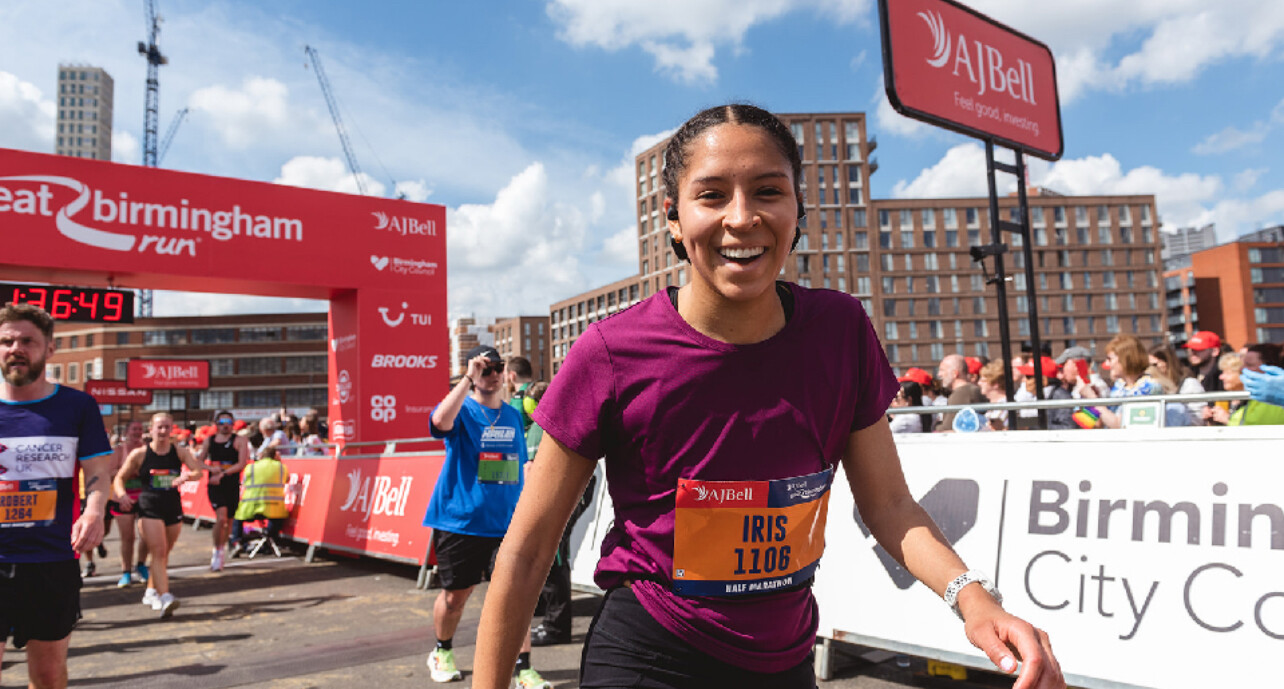
• Women’s Half Marathon: Gemma Steel (UK) – 1:10:19 (2013)
Elite Participation
While the 2025 elite field has not been officially announced, the Great Run Series typically attracts top-tier athletes. Notable past participants include Haile Gebrselassie and Gemma Steel, who have both delivered memorable performances on Birmingham’s streets.
Junior & Mini Runs
On Saturday, 3 May 2025, young runners can participate in the Junior & Mini Great Birmingham Run at Alexander Stadium. This family-friendly event offers a fantastic introduction to running in a fun and supportive environment.
Final Thoughts
Whether you’re aiming for a personal best, supporting a charity, or simply soaking in the city’s vibrant atmosphere, the Great Birmingham Run 2025 promises an unforgettable experience. With its combination of challenging courses, enthusiastic crowds, and festive celebrations, it’s a highlight of the UK’s running calendar.
(04/28/2025) ⚡AMPby Boris Baron
Great Birmingham Run
The Great Birmingham Run event held in Birmingham, UK. For security reasons the 2019 race was not a full half marathon. The distance was 11.07 miles. It forms part of the Great Run British Marathon Series. The first event was held on October 15, 2017 on the same day as the existing Great Birmingham Run in the city center. Whether...
more...Spokane’s Iconic Lilac Bloomsday Run Set for Another Memorable Edition This Weekend
The Lilac Bloomsday Run, one of America’s most cherished road races, is ready to welcome thousands of runners, walkers, and wheelchair athletes to the streets of Spokane, Washington this weekend. Known for its festive atmosphere, scenic course, and rich history, Bloomsday remains a signature event in the running world nearly five decades after its humble beginnings.
The idea for Bloomsday was born during the running boom of the late 1970s. Don Kardong, a local runner who had moved to Spokane in 1974, helped spark the movement. Kardong, fresh off his impressive fourth-place finish in the marathon at the 1976 Montreal Olympics, had been competing in national-class road races and saw the potential for Spokane to host its own major event. In the fall of 1976, he casually mentioned the idea of a downtown run to a local reporter. That simple suggestion quickly captured the city’s imagination and made headlines, laying the foundation for what would become a legendary race.
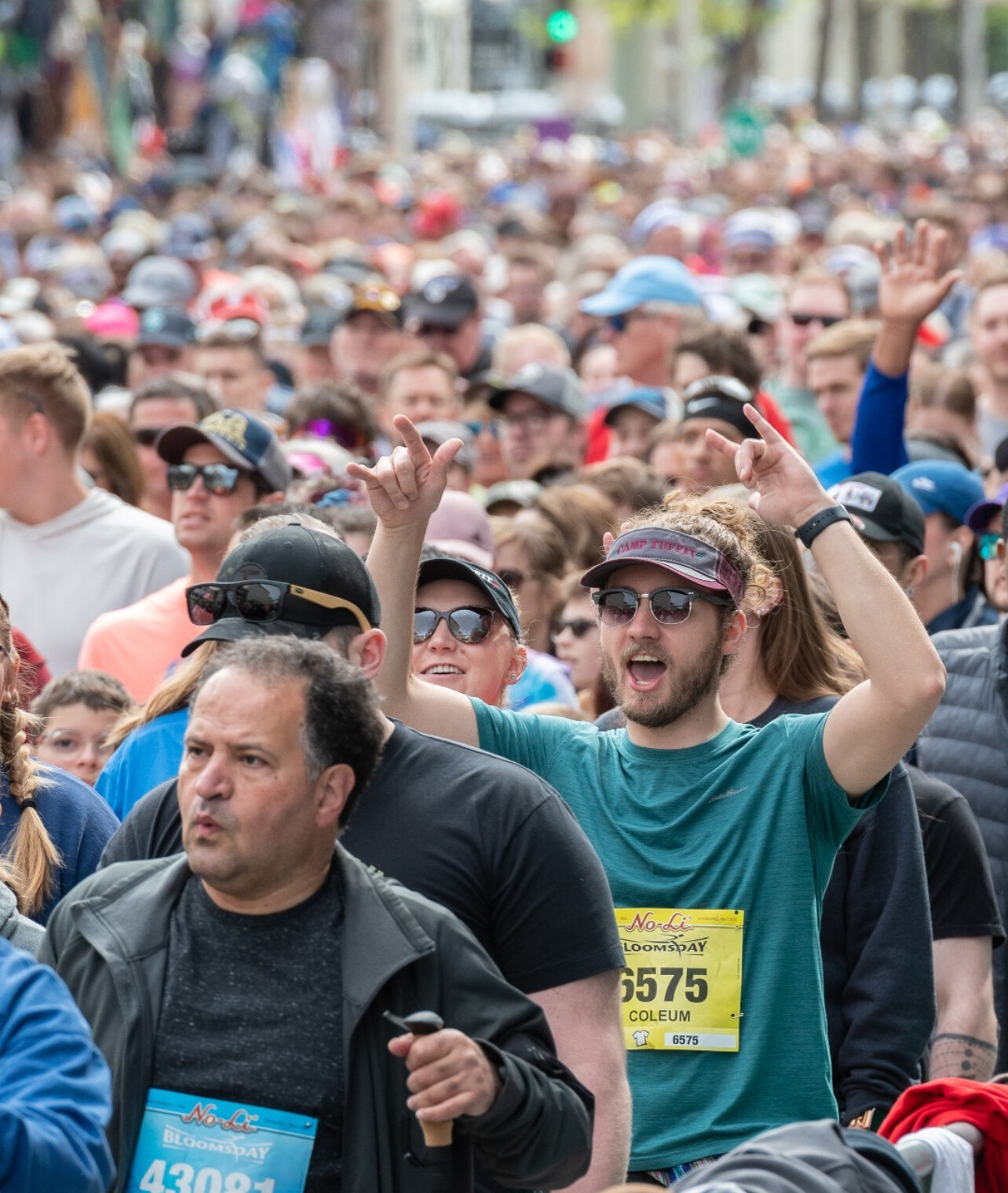
The first Lilac Bloomsday Run was held in May 1977, drawing about 1,200 participants—a remarkable turnout for an inaugural event. Since then, Bloomsday has grown into one of the largest timed road races in the world, attracting more than 40,000 entrants in its peak years. The race has also hosted elite athletes from around the globe, many of whom appreciate Bloomsday’s challenging course and the enthusiastic support from the local community.
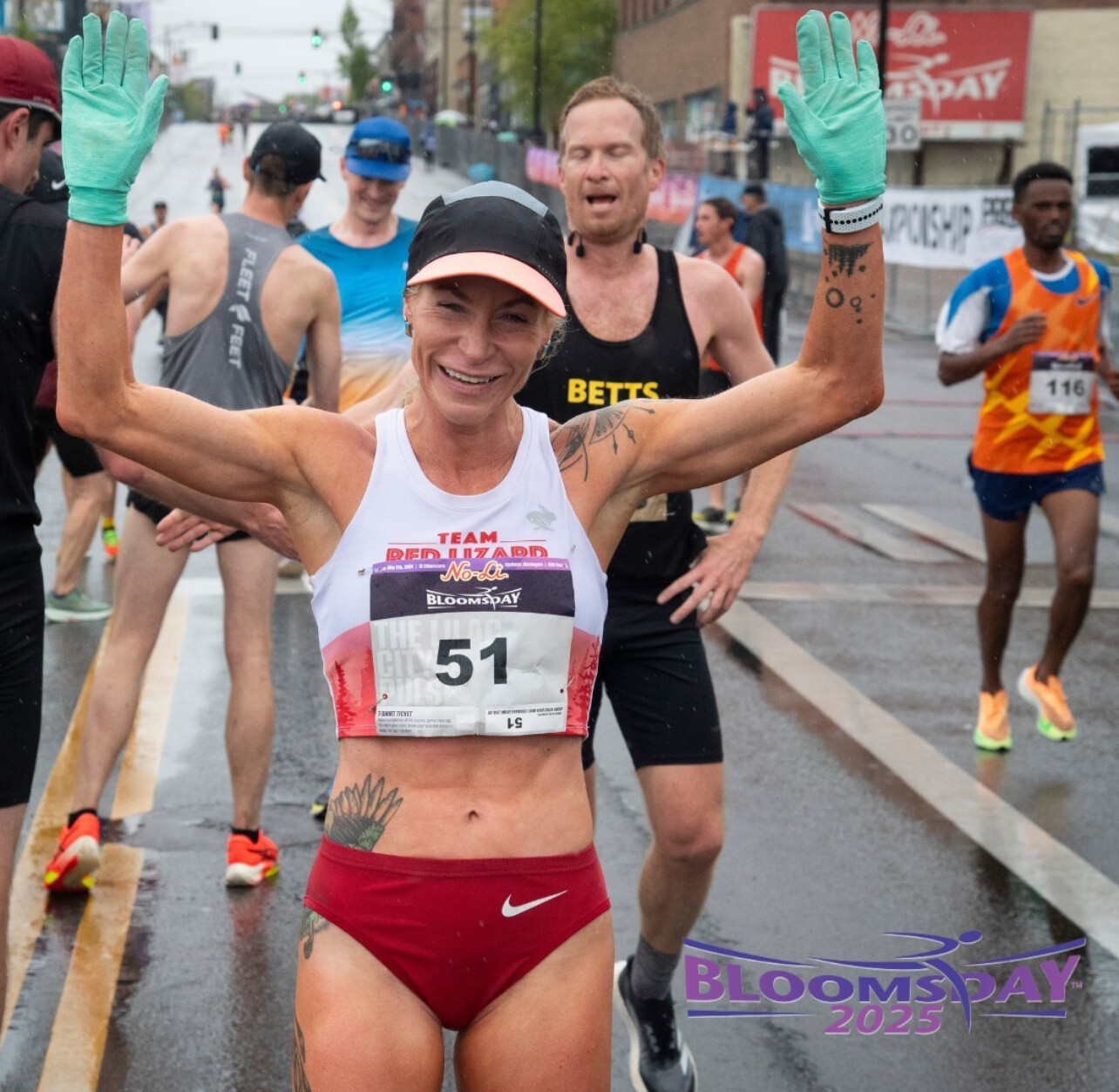
The 12-kilometer (7.46-mile) course weaves through the heart of Spokane, featuring a mix of downtown streets, park trails, and residential neighborhoods. One of the course’s most famous features is “Doomsday Hill,” a grueling climb near mile five that tests the endurance and spirit of every participant. At the top of the hill, runners are cheered on by the race’s beloved mascot, the “Bloomsday Vulture,” a humorous reminder that making it to the summit is a victory in itself.
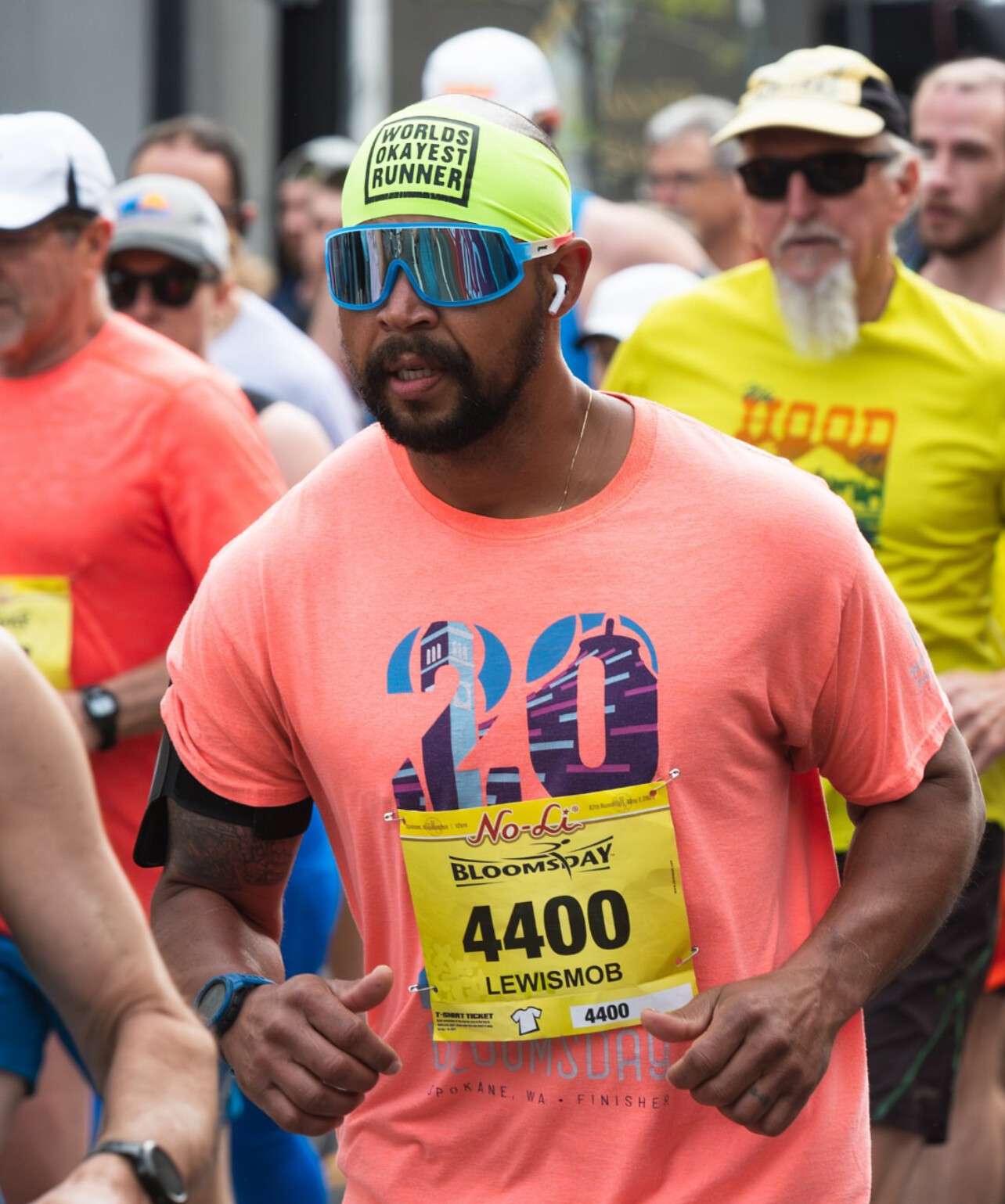
Course Records and Notable Performances
The Bloomsday course has seen some truly world-class performances over the years. The men’s course record was set by Micah Kogo of Kenya, who blazed through the 12K in 33:51 in 2008. On the women’s side, Tegla Loroupe, also from Kenya, holds the women’s course record with her time of 38:29, set back in 1995.
Over the years, Bloomsday has crowned many notable champions. Bloomsday legend Jon Sinclairwon the race three times during the 1980s, helping to establish its national prominence. Tegla Loroupe, a multiple-time winner, used Bloomsday as a springboard to international stardom, later setting a marathon world record. More recently, Leonard Korir and Emily Chebet have continued the strong tradition of elite competition, pushing the pace and maintaining Bloomsday’s reputation for excellence.
Bloomsday also played a role in the careers of American stars like Meb Keflezighi and Deena Kastor, both of whom have competed in Spokane on their way to Olympic and World Championship success.
More Than a Race
Bloomsday is more than just a race—it’s a celebration of fitness, community, and perseverance. The event embraces runners and walkers of all abilities, offering divisions for competitive racers, recreational participants, and wheelchair athletes. It also maintains a commitment to innovation and fun, with live music, costumes, and spirited crowd support lining the route.
As Spokane prepares to host the 2025 edition of Bloomsday this weekend, excitement is building once again. Whether chasing a personal best, tackling Doomsday Hill for the first time, or simply enjoying the festive atmosphere, participants can look forward to an unforgettable experience that embodies the spirit of community and the enduring joy of running.

by Boris Baron
Lilac Bloomsday 12K
The Lilac Bloomsday Run was born during the running boom that swept the nation in the late 1970s. Local runner Don Kardong, who moved to Spokane in 1974, competed in several national class road races before and after his participation in the 1976 Olympic Marathon, and in the fall of 1976 he suggested to a local reporter that Spokane should...
more...Chasing the Moon Why More Runners Are Racing at Night
In the world of road racing, a new trend is lighting up the calendar — night races. From moonlit 5Ks in city centers to full marathons under desert skies, more runners are discovering the unique thrill of racing after dark.
It’s not just about cooler temperatures. Running at night transforms a familiar sport into a fresh adventure. Shadows dance, the streets glow, and every step feels a little more electric. The growing popularity of after-dark races is reshaping the race scene — offering runners a different kind of challenge and a new way to experience their favorite sport.
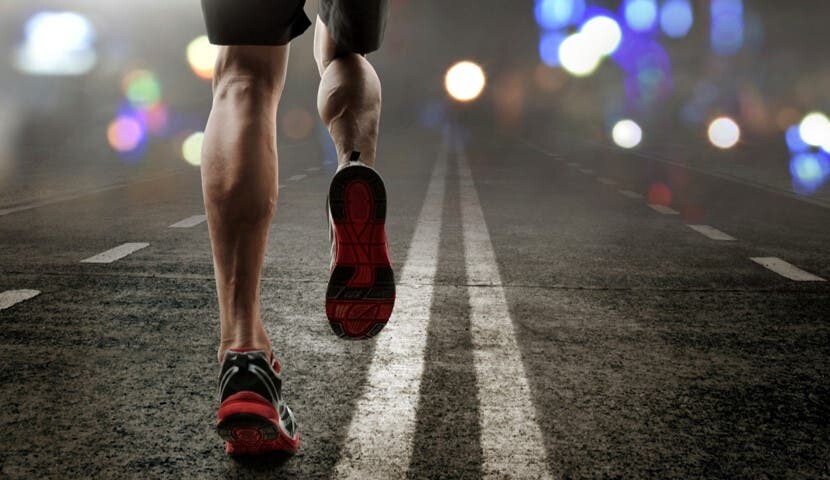
Why Night Running Is Booming
1. Cooler Conditions
In many parts of the world, daytime racing is becoming tougher due to rising temperatures. Night races offer a welcome break from the heat. Cooler air not only makes running more comfortable but can also lead to faster times.

2. Unique Atmosphere
There’s something magical about racing under the stars or through city streets lit by neon and lamplight. Night races often feature live music, colorful lights, and cheering crowds that bring a party-like energy to the course.
3. New Mental Challenge
Running at night taps into a different focus. Depth perception changes. Landmarks look different. Pacing often needs to be more internal. It’s a test of awareness, resilience, and rhythm — skills that benefit runners in all distances.
4. Flexibility for Busy Lives
For many runners balancing work, family, and training, a night race fits more easily into their schedule. No early morning alarms required — just lace up after sunset and go.
Notable Night Races Around the World
• Las Vegas Rock ‘n’ Roll Half Marathon (USA)
One of the world’s most famous night races, it lets runners sprint down the Las Vegas Strip under a sea of neon lights.
• Desert Night Marathon (Israel)
A surreal experience of running through the desert with only the moon and special course lighting guiding the way.
• Night Nation Run (Multiple Cities Worldwide)
A combination of a 5K and an electronic dance music festival, featuring DJs, lights, and a party atmosphere at the finish line.
• Moonlight Half Marathon (Italy)
Runners glide along the Italian coastline near Venice, racing toward the setting sun and finishing under the stars.
How Running at Night Changes the Game
Night running is not simply daytime running in the dark. It demands small but important adjustments:
• Gear Up Wisely: Headlamps, reflective gear, and even glow sticks help runners stay visible and avoid obstacles.
• Pacing by Feel: Without clear visual distance markers, many runners shift from “chasing the clock” to running by effort and rhythm.
• Hydration Still Matters: Cooler air can mask dehydration. Smart runners treat nighttime races with the same fueling and hydration strategy as day races.
Night racing is more than a workaround for daytime heat — it’s a full experience. It’s about energy, excitement, and adventure. For many runners, it reignites their passion for the sport by offering something familiar but refreshingly different.
(04/28/2025) ⚡AMPby Boris Baron
World Marathon Majors 2025: New Course Changes and What Runners Need to Know
Runners around the world are gearing up for three of the biggest events on the calendar: the Berlin Marathon, the Chicago Marathon, and the New York City Marathon.Each race is unveiling exciting updates for 2025 — from faster surfaces to new cultural highlights — offering fresh challenges and opportunities for participants.
Here’s what you need to know to be race-day ready.
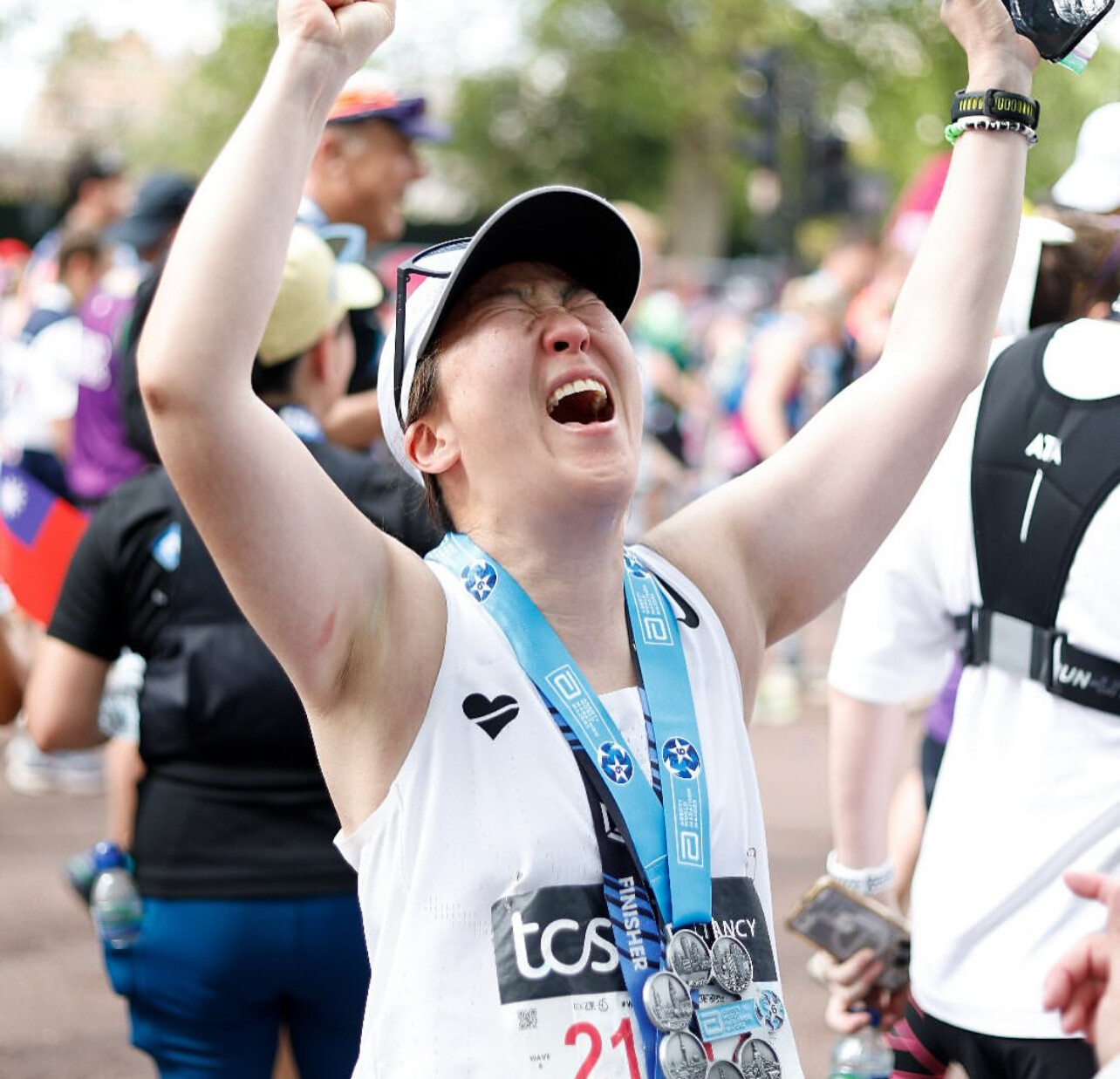
Berlin Marathon: Smoother Streets, Even Faster Times
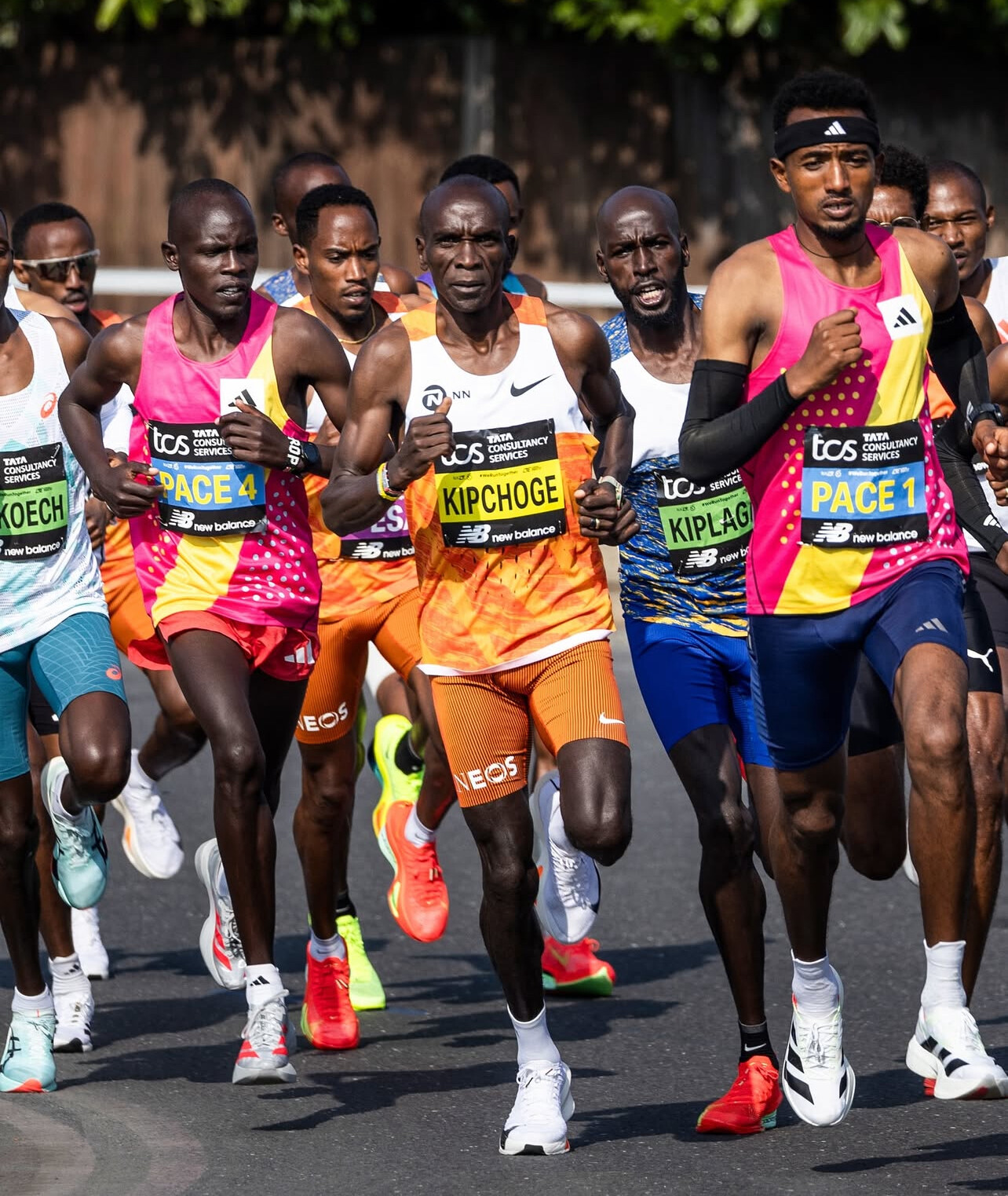
Already renowned as the fastest marathon course in the world, the BMW Berlin Marathon just got even quicker. Organizers have repaved and widened sections around Potsdamer Platz, easing congestion and improving traction through one of the race’s critical midpoints.
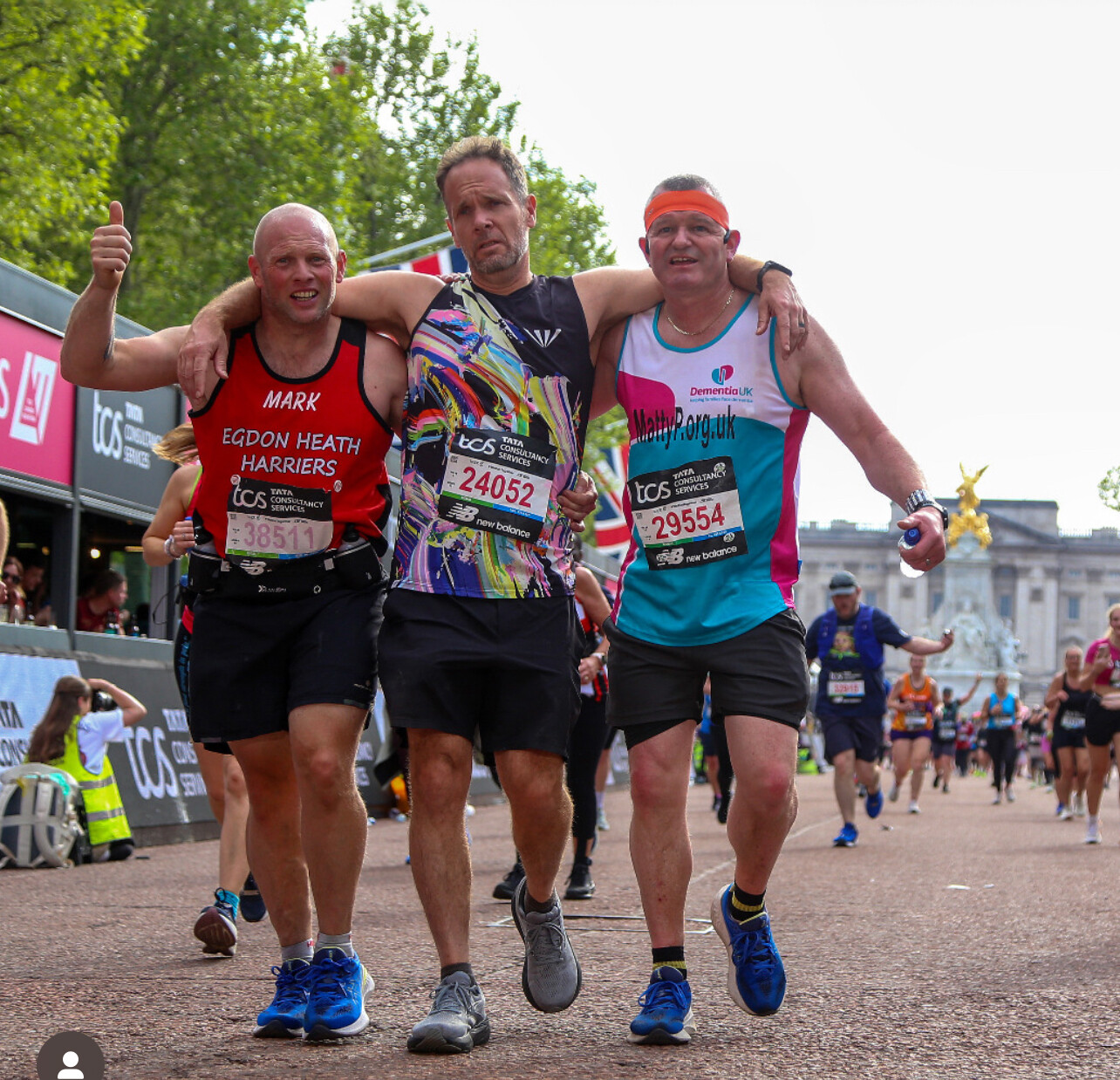
These upgrades are designed to maintain Berlin’s reputation as the ultimate destination for record-breaking performances.
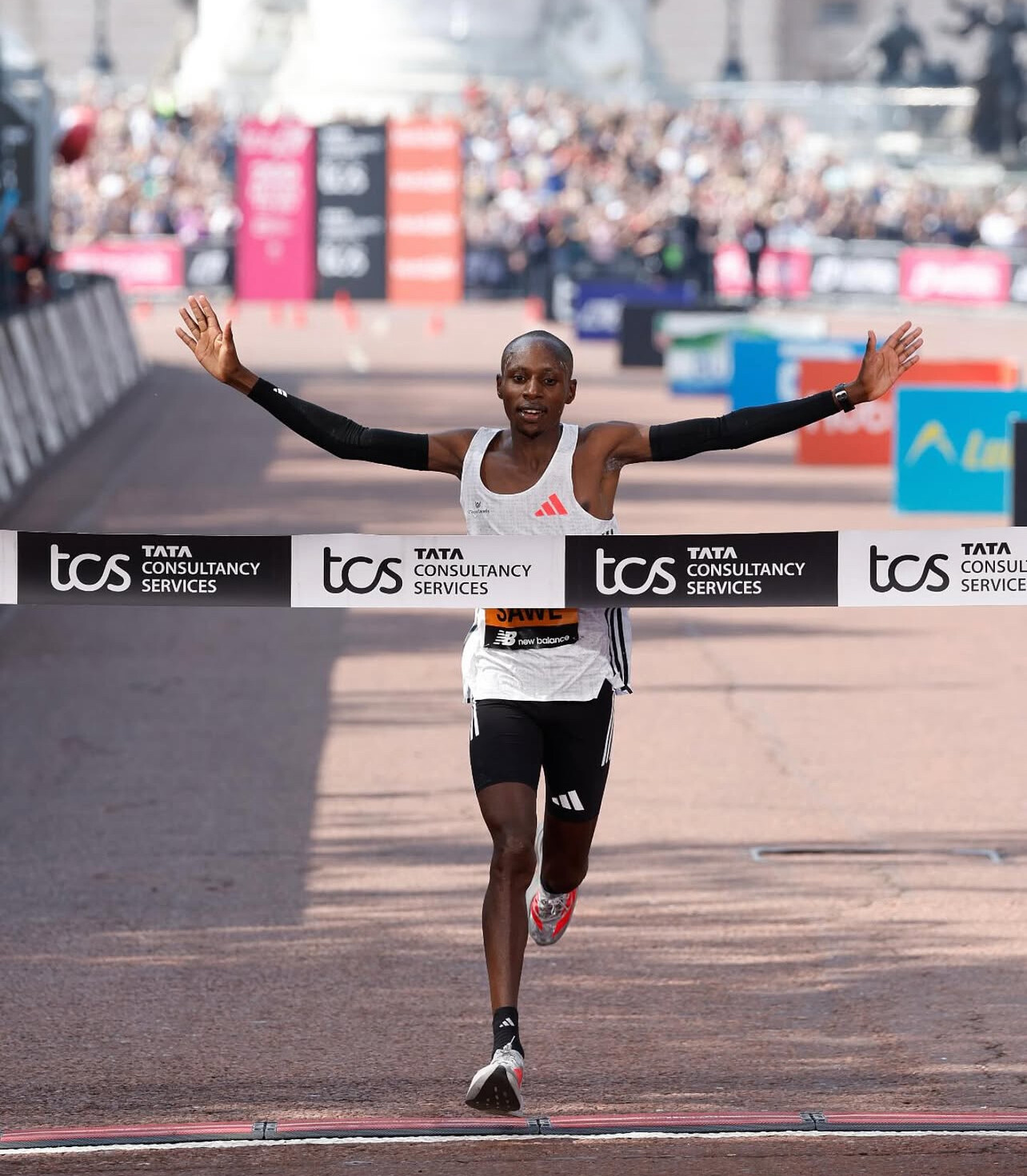
Runner Tip:With smoother streets and fewer bottlenecks, it’s easier than ever to go out too fast. Stick to your pacing plan early and aim for a strong negative split.
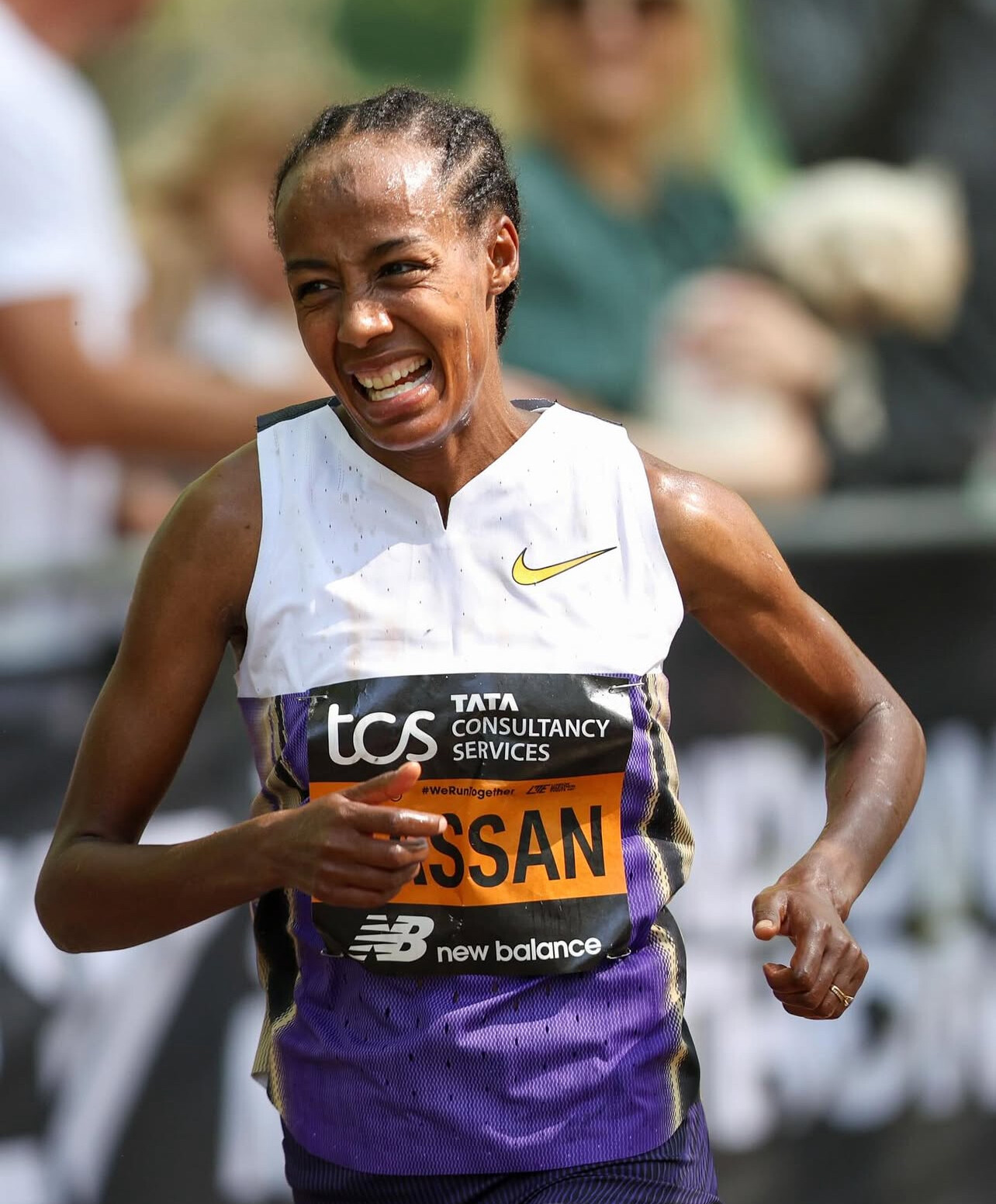
Chicago Marathon: New Start Waves and a Redesigned First 5K
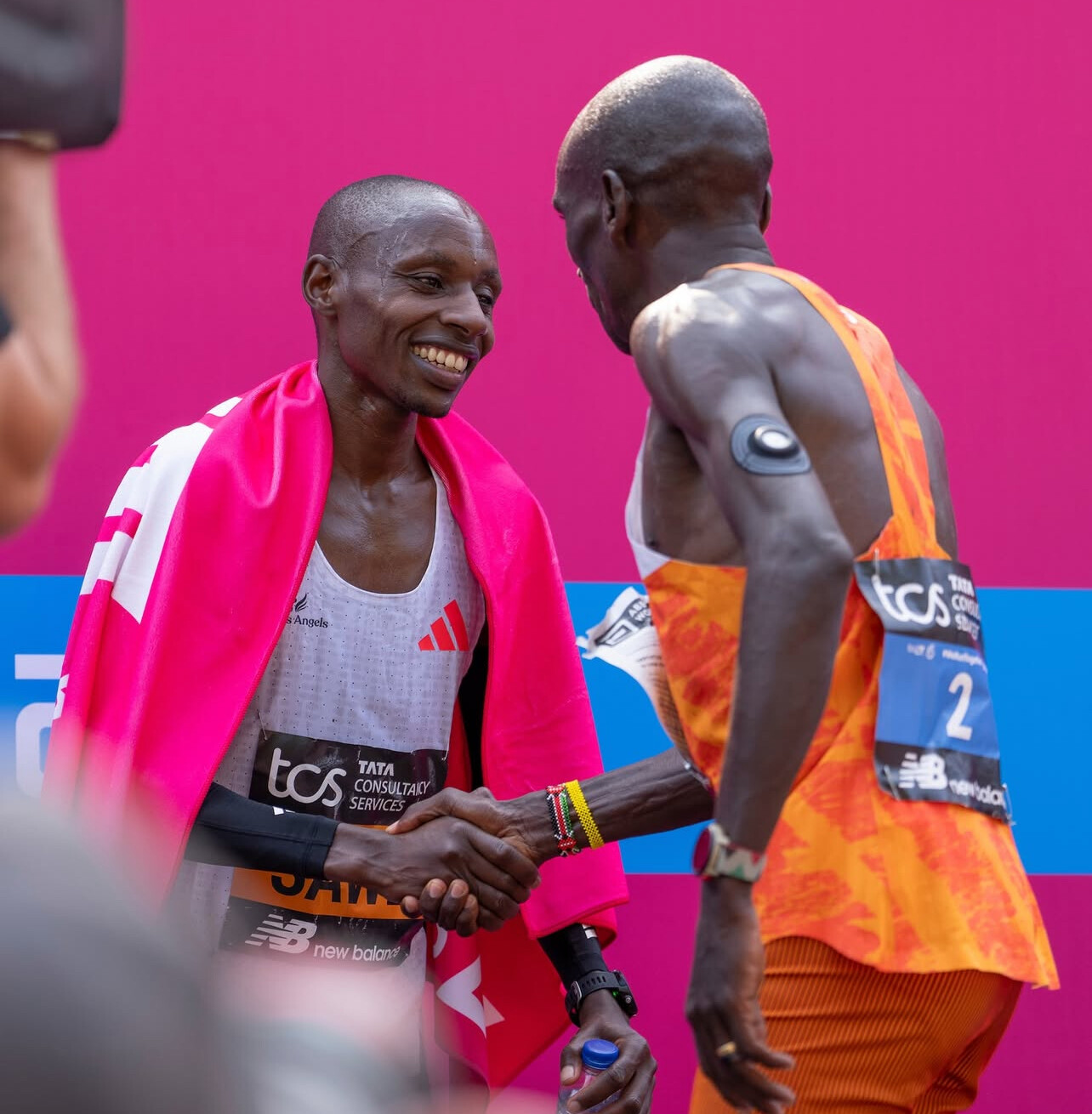
The Bank of America Chicago Marathon is expanding to accommodate more runners — and to make the race experience even smoother.In 2025, a new start wave has been introduced, and the first 5K has been slightly re-routed through Grant Park and downtown streets, designed to spread out the field more efficiently right from the start.
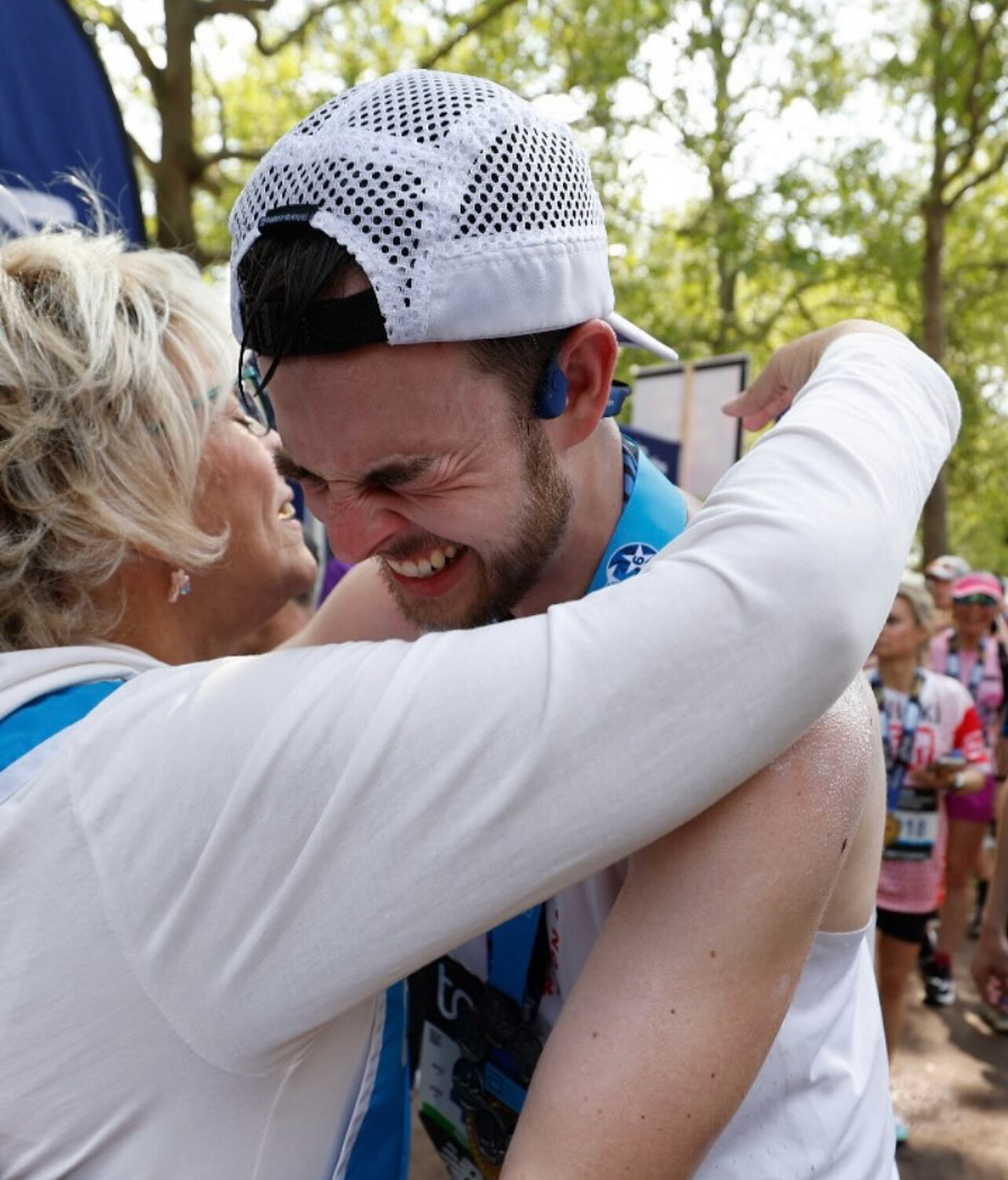
Runner Tip:Double-check your assigned start time and corral location. Race morning logistics have changed, so plan your arrival and gear check accordingly.
New York City Marathon: Harlem Takes Center Stage
The TCS New York City Marathon will showcase even more of the city’s cultural richness this year, with an extended stretch along Harlem’s iconic 125th Street.Runners will experience the vibrant heart of Harlem as they push into the later miles of the race, energized by new cheering zones and historic landmarks.
The new section introduces some gentle hills, but overall course adjustments will keep the marathon distance precise.
Runner Tip:Incorporate hill training into your final race prep. Tackling Harlem’s rolling terrain with strength can give you the edge you need heading into the final miles.
Final Thoughts
The World Marathon Majors continue to evolve, and 2025’s updates are designed to make these iconic races even more exciting for runners and fans alike.Whether you’re chasing a personal best, a Boston qualifier, or simply soaking in the atmosphere of a world-class event, being prepared for these course changes will help you make the most of race day.
While the Boston and London Marathons have already taken place earlier this year, runners can expect more changes ahead for 2026.Boston is planning minor updates to its downtown finish area to improve spectator access and athlete flow, while London is expected to introduce a fully carbon-neutral race plan, pushing even further toward sustainability.
Berlin’s speed, Chicago’s smooth new start, and New York’s cultural celebration — every race offers a new story this fall.
(04/28/2025) ⚡AMPby Boris Baron
Record-Breaking Performances at the 2025 Haspa Marathon Hamburg
On Sunday, April 27, 2025, the 39th edition of the Haspa Marathon Hamburg witnessed historic performances as Kenya’s Amos Kipruto and Ethiopia’s Workenesh Edesa clinched victories in the men’s and women’s races, respectively. Both athletes delivered exceptional times, setting new benchmarks for the event.
Men’s Race: Amos Kipruto Sets New Course Record
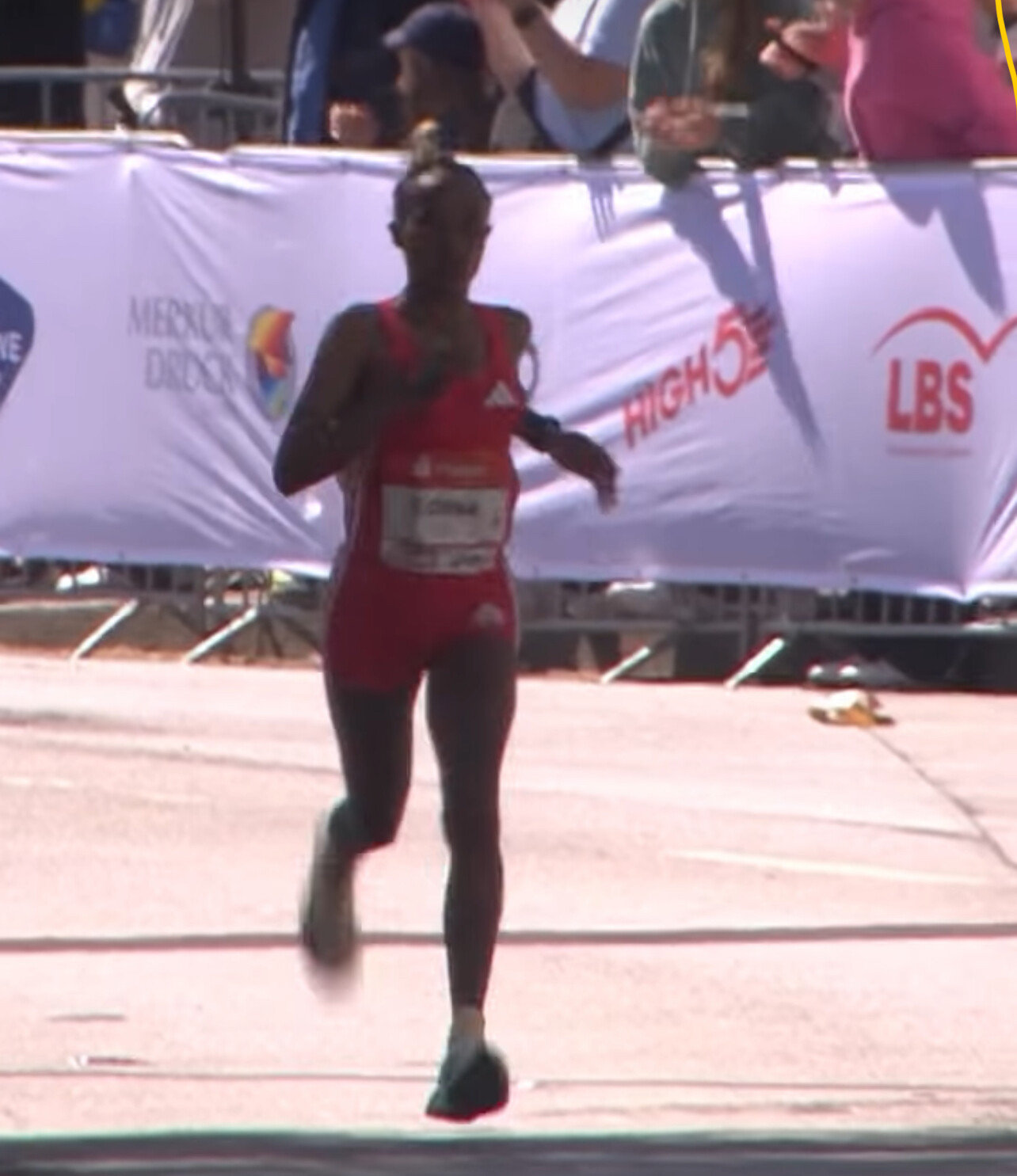
Amos Kipruto dominated the men’s field, finishing in 2:03:46, breaking the previous course record of 2:04:09 set by Bernard Koech in 2023. This marks the first sub-2:04 finish in the event’s history. Fellow Kenyans Philemon Kiplimo and Erick Sang completed the podium, clocking 2:04:01 and 2:04:30, respectively. South Africa’s Elroy Gelant finished fourth in 2:05:36, setting a new national record.
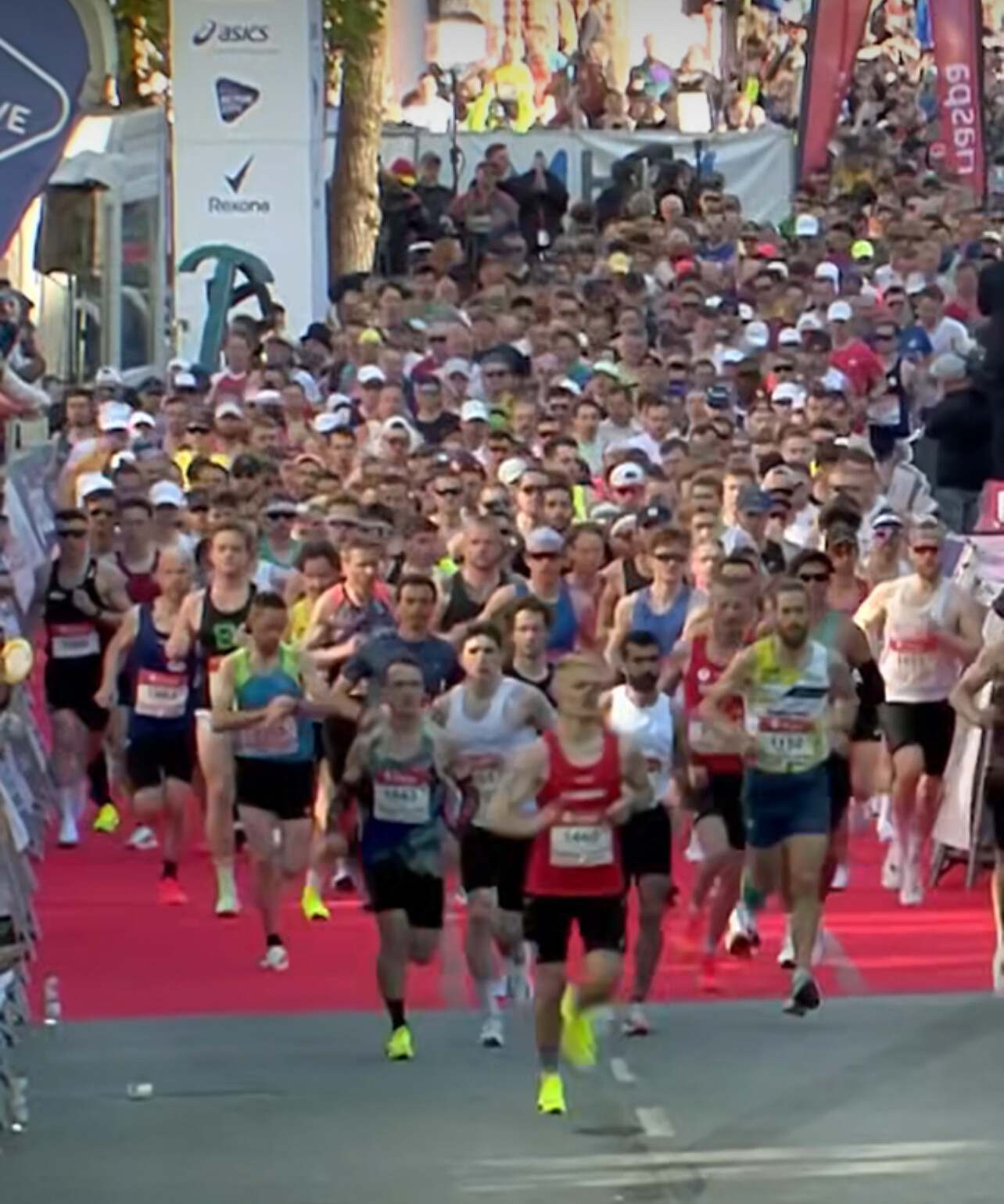
Women’s Race: Workenesh Edesa Triumphs in Fast Finish
In the women’s race, Workenesh Edesa claimed victory with a time of 2:17:55, the second-fastest ever recorded in Hamburg. Kenya’s former world record holder Brigid Kosgei finished second in 2:18:26, and Ethiopia’s Kumeshi Sichala took third in 2:19:53. Notably, this was the first time in Hamburg Marathon history that three women finished under 2:20.
Top 10 Results
Men
1. Amos Kipruto (KEN) – 2:03:46
2. Philemon Kiplimo (KEN) – 2:04:01
3. Erick Sang (KEN) – 2:04:30
4. Elroy Gelant (RSA) – 2:05:36
5. Kinde Atanaw (ETH) – 2:06:58
6. Boki Diriba (ETH) – 2:07:13
7. Richard Ringer (GER) – 2:07:23
8. Alfonce Kigen (KEN) – 2:07:39
9. Felix Kibitok (KEN) – 2:07:41
10. Goitom Kifle (ERI) – 2:07:52
Women
1. Workenesh Edesa (ETH) – 2:17:55
2. Brigid Kosgei (KEN) – 2:18:26
3. Kumeshi Sichala (ETH) – 2:19:53
4. Shitaye Eshete (BRN) – 2:20:32
5. Cynthia Chemweno (KEN) – 2:23:39
6. Balemlay Shumet (ETH) – 2:27:05
7. Natasha Cockram (GBR) – 2:27:12
8. Rebecca Lonedo (ITA) – 2:28:42
9. Samrawit Mengsteab (SWE) – 2:28:44
10. Roselida Jepketer (BRN) – 2:28:51
Highlights and Notable Performances
• Elroy Gelant’s fourth-place finish in 2:05:36 set a new South African marathon record, breaking the previous mark that stood for over three decades.
• Richard Ringer was the top European finisher, placing seventh with a time of 2:07:23.
• Karoline Grovdal, the European half marathon champion from Norway, withdrew from her marathon debut before the 30 km mark due to blisters caused by shoe issues.
(04/27/2025) ⚡AMPby Boris Baron
Haspa Marathon Hamburg
The HASPA MARATHON HAMBURG is Germany’s biggest spring marathon and since 1986 the first one to paint the blue line on the roads. Hamburcourse record is fast (2:05:30), the metropolitan city (1.8 million residents) lets the euphoric atmosphere spill over and carry you to the finish. Make this experience first hand and follow the Blue Line....
more...Matata Shines and Chebet Surges to Victory at Türkiye Is Bankasi Istanbul Half Marathon
Alex Matata delivered a dominant performance at the 20th Türkiye Is Bankasi Istanbul Half Marathon, clocking 59:40 despite windy conditions. The Kenyan’s effort was the third-fastest winning time in the event’s history and placed him more than a minute ahead of his closest competitor. Ethiopia’s Berehanu Tsegu finished second in 60:47, while Kenya’s Shadrack Kipkurui took third in 61:28.
On the women’s side, Miriam Chebet produced a thrilling late surge to overtake defending champion Sheila Chelangat, claiming victory in 66:07—the fourth-fastest winning time in Istanbul history. Chelangat crossed the line six seconds later in 66:13, while fellow Kenyan Judy Kemboi secured third with a time of 67:47.

The race was staged just four days after a minor earthquake shook Istanbul, but with no casualties or significant damage reported, the event went ahead as scheduled. A record 16,000 runners participated across the half marathon and a 10K held in parallel. The event holds a World Athletics Gold Label status.

How the Races Unfolded
Matata made his move early, breaking away from a 12-man lead pack just after the 7K mark. Passing 10K in 28:41 and 15K in 42:39, he steadily built his advantage. Despite a slower start and gusty winds, the 27-year-old closed fast to secure a time well under one hour.
“It was really windy, so I couldn’t hit my goal of sub-59, but winning was a great outcome,” said Matata, who also won the Ras Al Khaimah Half Marathon in February.
Turkey’s Sezgin Atac finished a strong fifth in 61:49, emerging as the top European and improving significantly in just his second half marathon. “Without the wind, I might have run even faster,” Atac said, crediting his Ethiopian training block for his breakthrough performance.
In the women’s race, Chelangat made an aggressive move early, passing 5K in 15:28 and 10K in 31:05 with a growing lead. However, Chebet stayed within striking distance and reeled her in by the 13K mark. Chelangat attempted one final push with 4K to go but could not hold off Chebet’s closing sprint.
“I am really happy to win. The wind didn’t affect me too much, but catching Sheila in the final meters was tough,” said 22-year-old Chebet, who chopped 36 seconds off her personal best.
Seven women broke 69 minutes, showing the depth of the women’s field.
Men
1. Alex Matata (KEN) – 59:40
2. Berehanu Tsegu (ETH) – 60:47
3. Shadrack Kipkurui (KEN) – 61:28
4. Mathew Samperu (KEN) – 61:32
5. Sezgin Atac (TUR) – 61:49
6. Aaron Bienenfeld (GER) – 62:14
7. Laban Kipkemboi (KEN) – 62:34
8. Gemechu Bute (ETH) – 62:35
9. Silas Chepkwony (KEN) – 63:47
10. Ali Kaya (TUR) – 64:52
Women
1. Miriam Chebet (KEN) – 66:07
2. Sheila Chelangat (KEN) – 66:13
3. Judy Kemboi (KEN) – 67:47
4. Daisilah Jerono (KEN) – 68:17
5. Rebecca Chepkwemoi (KEN) – 68:40
6. Gete Alemayehu (KEN) – 68:42
7. Bekelech Borecha (ETH) – 68:59
8. Hiwot Gebremaryam (ETH) – 70:04
9. Betelihem Yemer (ETH) – 70:10
10. Milicent Jelimo (KEN) – 70:25
(04/27/2025) ⚡AMPby Race News Service with Boris Baron
Istanbul Half Marathon
The Türkiye İş Bankası Istanbul Half Marathon is one of the fastest and most scenic races in the world, taking runners along the historic Golden Horn in Istanbul—once the heart of three great empires. Held annually in April, it attracts a world-class field and thousands of amateur runners. The flat, fast course makes it ideal for personal bests. The current...
more...Eilish McColgan’s Marathon Debut Breaks Records and Family Legacy
Eilish McColgan has officially added “marathoner” to her illustrious resume. In her debut at the 2025 London Marathon, she not only finished as the top British woman but also set a new Scottish women’s marathon record with a time of 2:24:25. This performance surpassed the previous record held by Stephanie Twell and eclipsed her mother Liz McColgan’s personal best of 2:26:52 from 1997.
Despite facing challenges during the race, Eilish credited the enthusiastic crowd for keeping her motivated. “When I was really struggling, the crowds were just keeping me going and going and going,” she remarked.
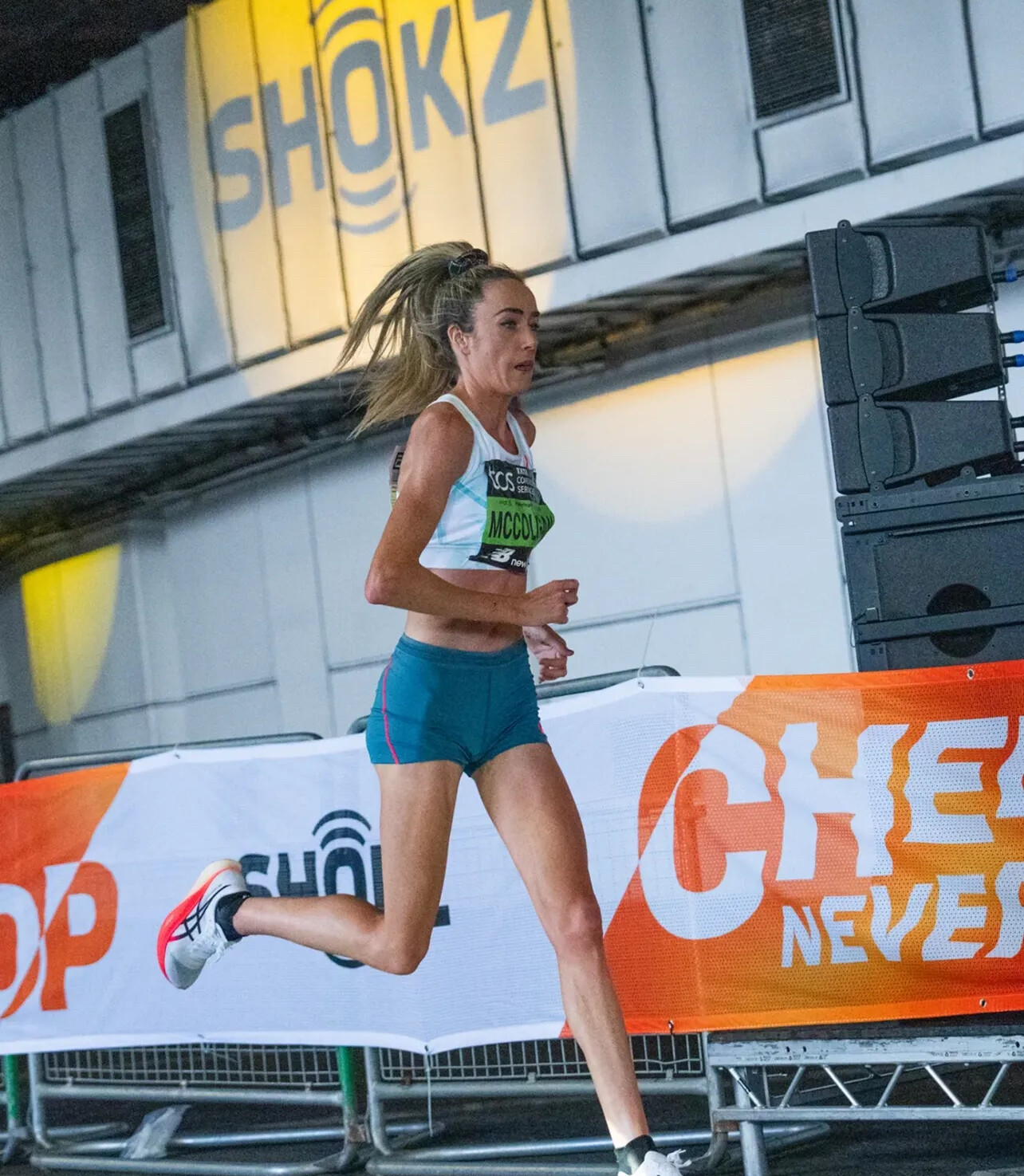
Her mother, Liz McColgan, a former world champion and 1996 London Marathon winner, has been a significant influence in Eilish’s career, both as a coach and inspiration . Eilish’s achievement adds a new chapter to the McColgan family’s running legacy.
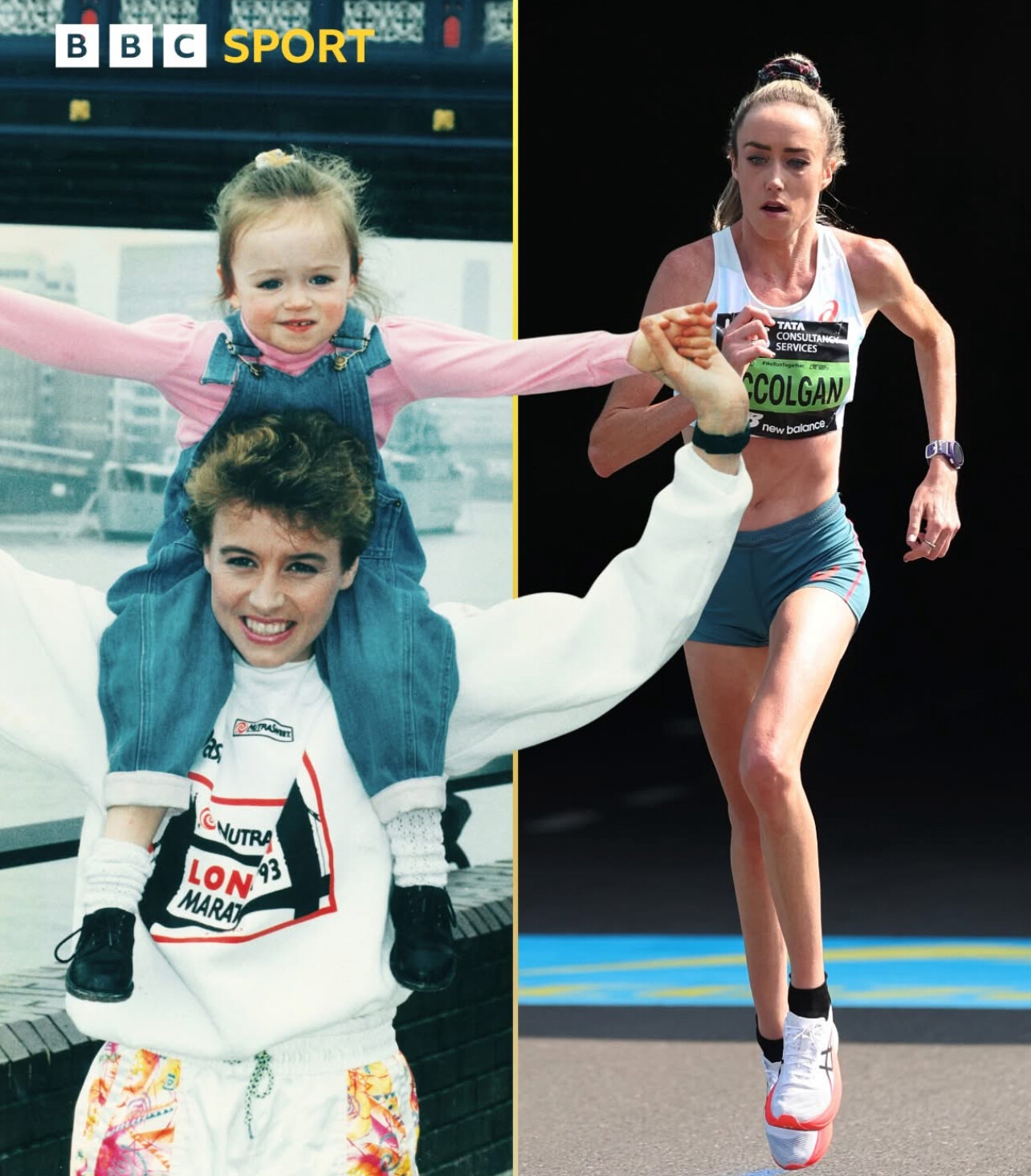
Looking ahead, Eilish is considering major marathons such as Berlin or Chicago, aiming to break the 2:20:00 barrier. While disappointed that the upcoming Commonwealth Games in Glasgow will not include road events like the marathon, she remains open to participating in the 10,000m event, though her primary focus is now on her marathon career over the next four years.
Eilish McColgan’s debut not only marks a significant personal achievement but also continues the legacy of excellence established by her mother, highlighting a remarkable chapter in Scottish athletics.
(04/27/2025) ⚡AMPby Boris Baron
Sebastian Sawe Stuns Legendary Field to Win 2025 London Marathon
In a race billed as the most competitive men’s marathon field ever assembled, Kenya’s Sebastian Sawe delivered a performance for the ages, clinching victory at the 2025 London Marathon with a time of 2:02:27.
Sawe, 30, who burst onto the marathon scene with a 2:02:05 debut in Valencia last December, showcased his prowess by outpacing a field laden with Olympic champions and world record holders. His decisive move came after the 30-kilometer mark, where he surged ahead, leaving his competitors trailing. This win marks only his second marathon, solidifying his status as one of the sport’s rising stars.
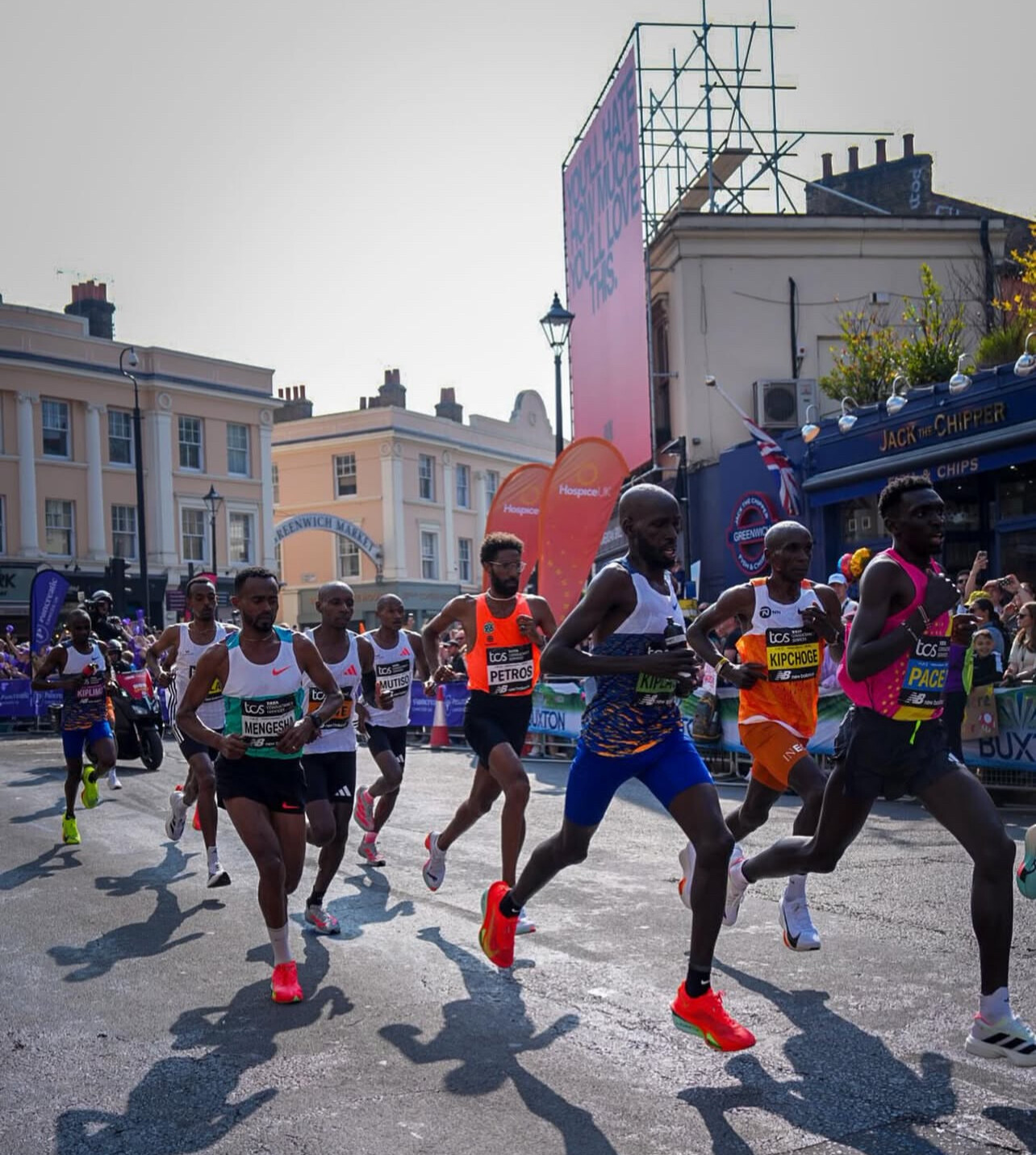
Men’s Elite Top 25 Finishers
Top 25 Men’s Elite Finishers
1. Sabastian Sawe (KEN) – 2:02:27
2. Jacob Kiplimo (UGA) – 2:03:37
3. Alexander Mutiso Munyao (KEN) – 2:04:20
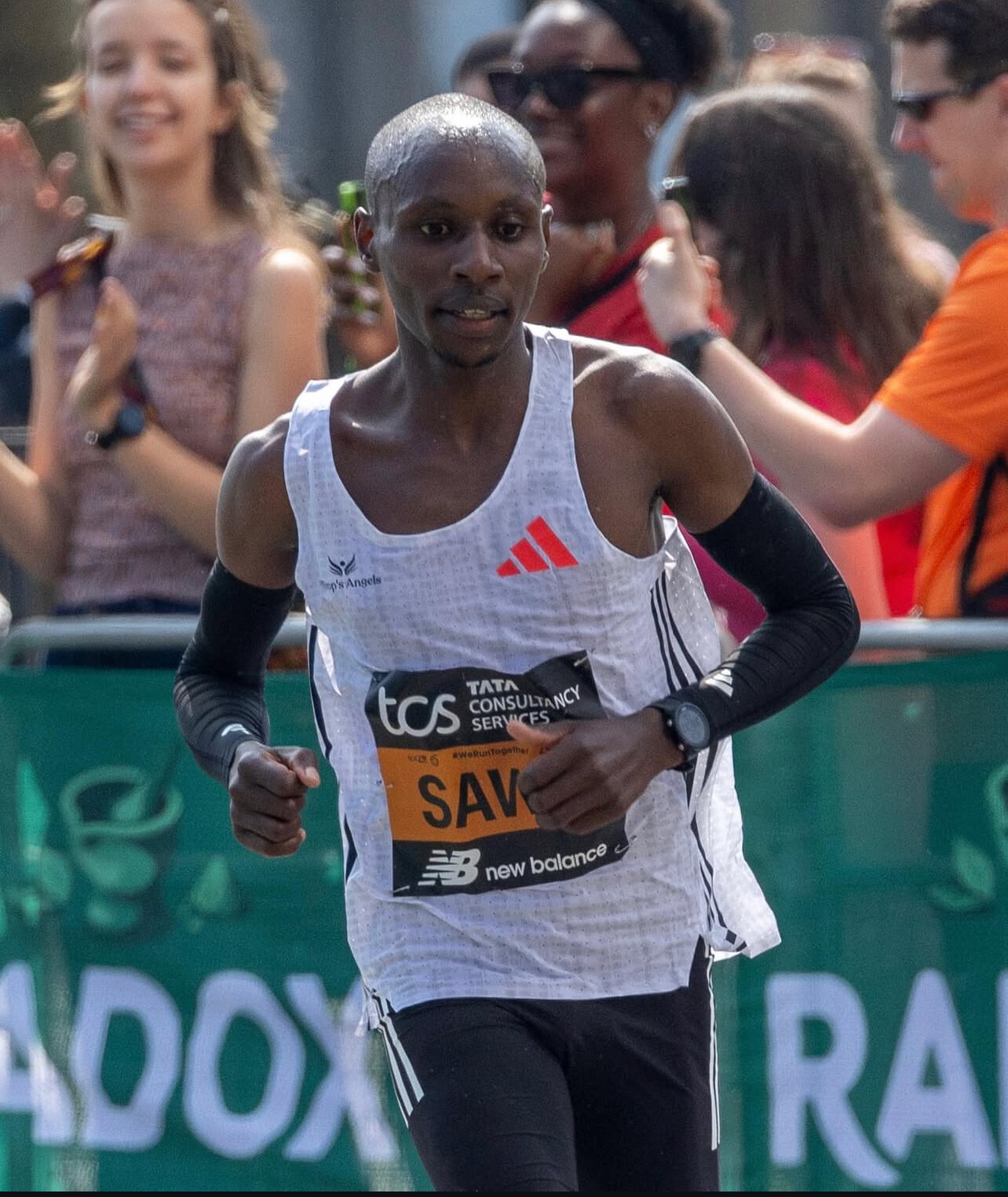
4. Abdi Nageeye (NED) – 2:04:20
5. Tamirat Tola (ETH) – 2:04:42
6. Eliud Kipchoge (KEN) – 2:05:25
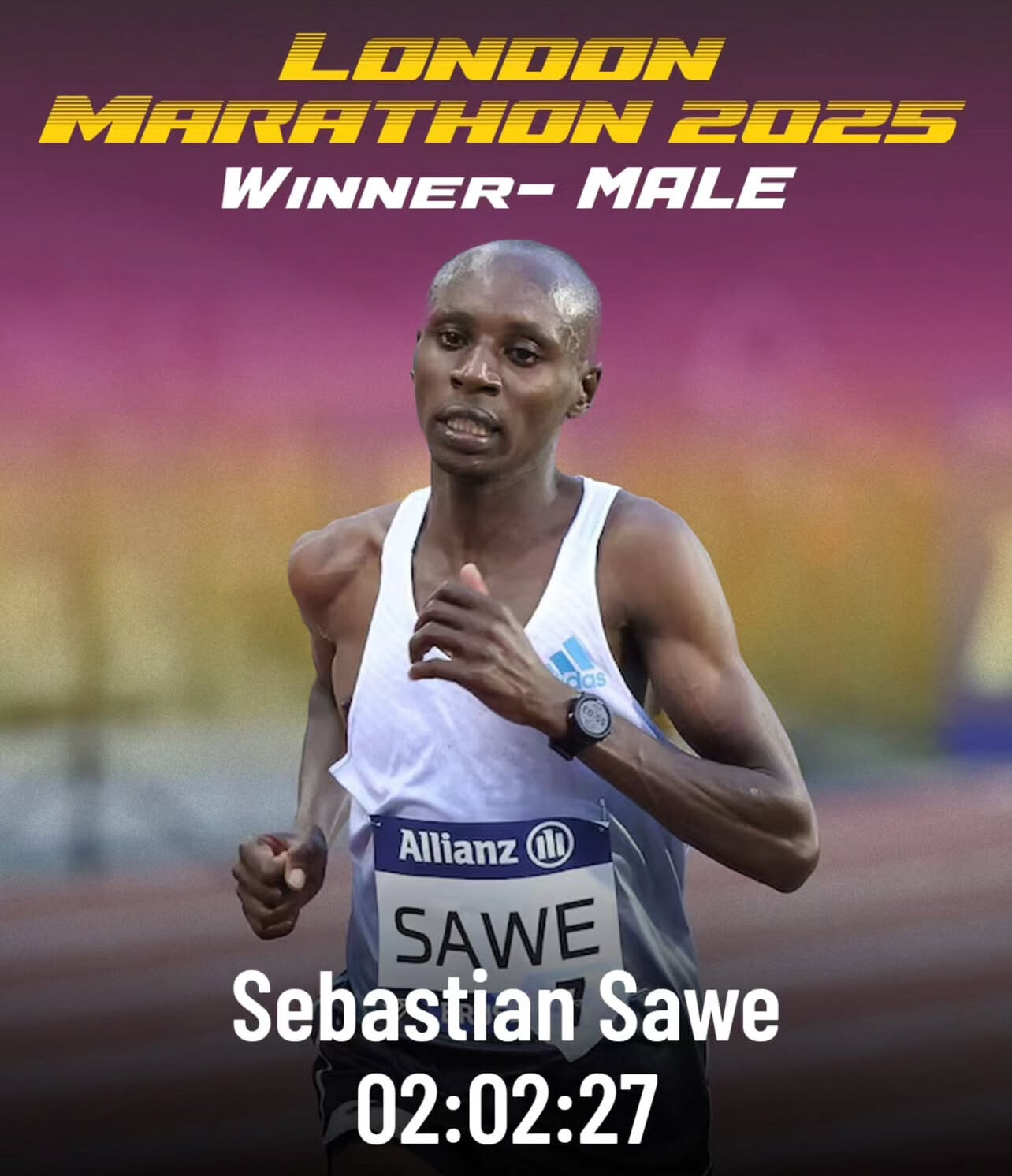
7. Hillary Kipkoech (KEN) – 2:06:05
8. Amanal Petros (GER) – 2:06:30
9. Mahamed Mahamed (GBR) – 2:08:52
10. Milkesa Mengesha (ETH) – 2:09:01
11. Andrew Buchanan (AUS) – 2:09:11
12. Adam Lipschitz (RSA) – 2:09:48
13. Sondre Nordstad Moen (NOR) – 2:09:57

14. Alex Yee (GBR) – 2:11:08
15. Weynay Ghebresilasie (GBR) – 2:11:21
16. Jake Smith (GBR) – 2:11:57
17. Marcelo Laguera (MEX) – 2:12:03
18. Kevin Salvano (USA) – 2:13:03
19. Alex Milne (GBR) – 2:14:03
20. Philip Sesemann (GBR) – 2:14:46
21. Sean Hogan (GBR) – 2:14:51
22. Logan Smith (GBR) – 2:15:23
23. David Bishop (GBR) – 2:15:58
24. Ross Braden (GBR) – 2:21:05
25. Carl Avery (GBR) – 2:23:19
Notably, marathon legend Eliud Kipchoge, aiming for a record-extending fifth London title, finished sixth with a time of 2:05:25. Despite a strong start, Kipchoge couldn’t match the relentless pace set by Sawe in the latter stages of the race.
Uganda’s Jacob Kiplimo impressed in his marathon debut, securing second place with a commendable 2:03:37 finish. Defending champion Alexander Mutiso Munyao and Dutch record-holder Abdi Nageeye both clocked 2:04:20, with Mutiso narrowly edging out Nageeye for the third spot.
The race unfolded under sunny skies and ideal running conditions, with temperatures around 16°C (61°F), providing a perfect backdrop for this historic event.
Sawe’s triumph not only underscores his meteoric rise in long-distance running but also adds a new chapter to the rich history of the London Marathon.
(04/27/2025) ⚡AMPby Boris Baron
Tigst Assefa Shatters Women’s-Only World Record at the 2025 London Marathon
History was made on the streets of London this morning. Ethiopia’s Tigst Assefa surged to victory at the 2025 TCS London Marathon, setting a new women’s-only world record with an unofficial time of 2:15:50.
With cool, crisp conditions early in the race, Assefa quickly established her dominance. Pulling away from her rivals by the halfway point, she maintained a strong and steady pace through the final miles. In the closing stages, it was clear the race against the clock had begun — and she delivered in spectacular fashion, crossing the finish line with a commanding lead of over a minute ahead of second-place Joyciline Jepkosgei.
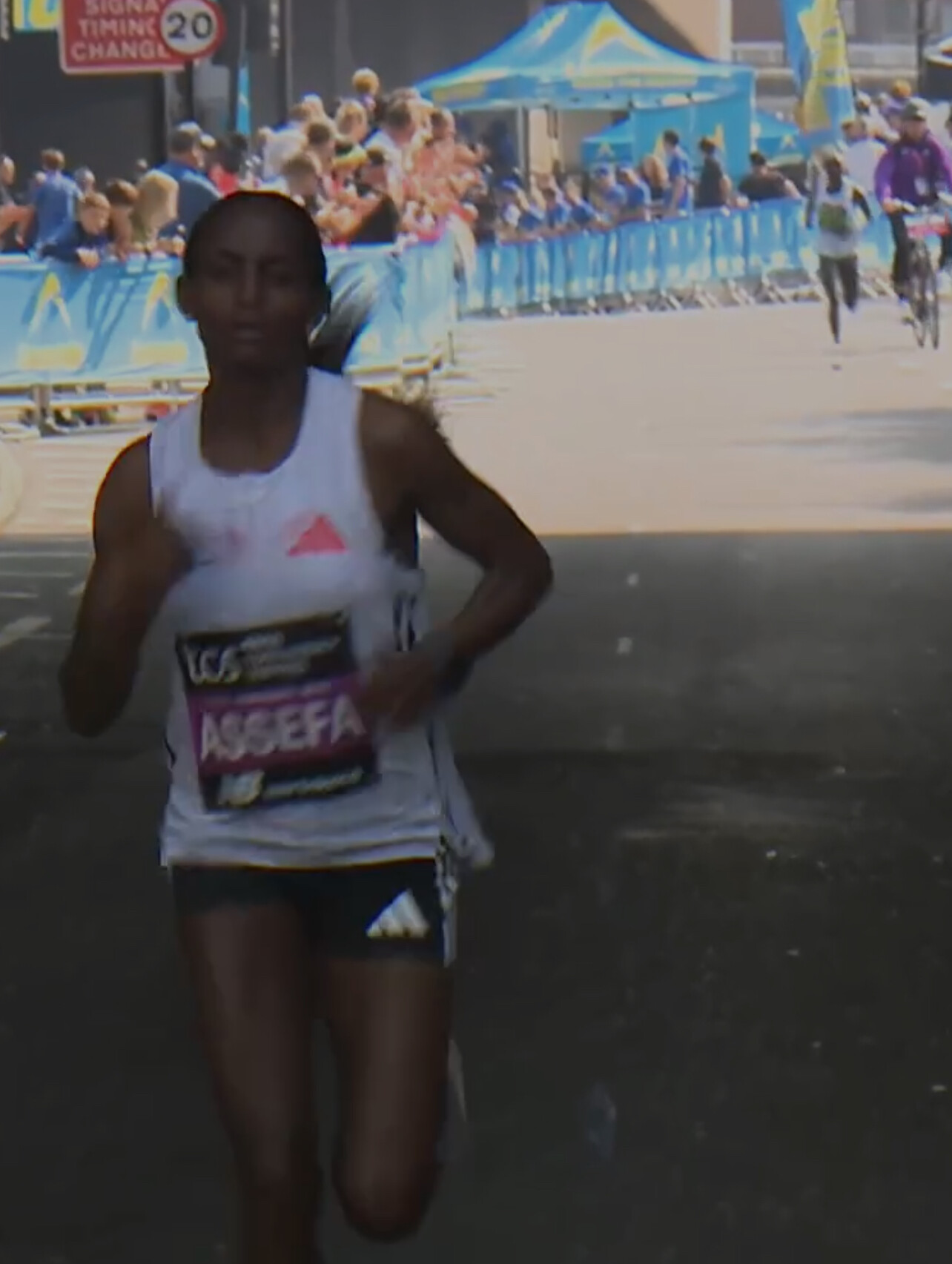
The previous women’s-only world record was held by Britain’s Paula Radcliffe, whose 2:17:01 mark from London in 2005 had stood for two decades. Assefa’s breakthrough performance, pending official ratification, trims over a minute from that legendary time.
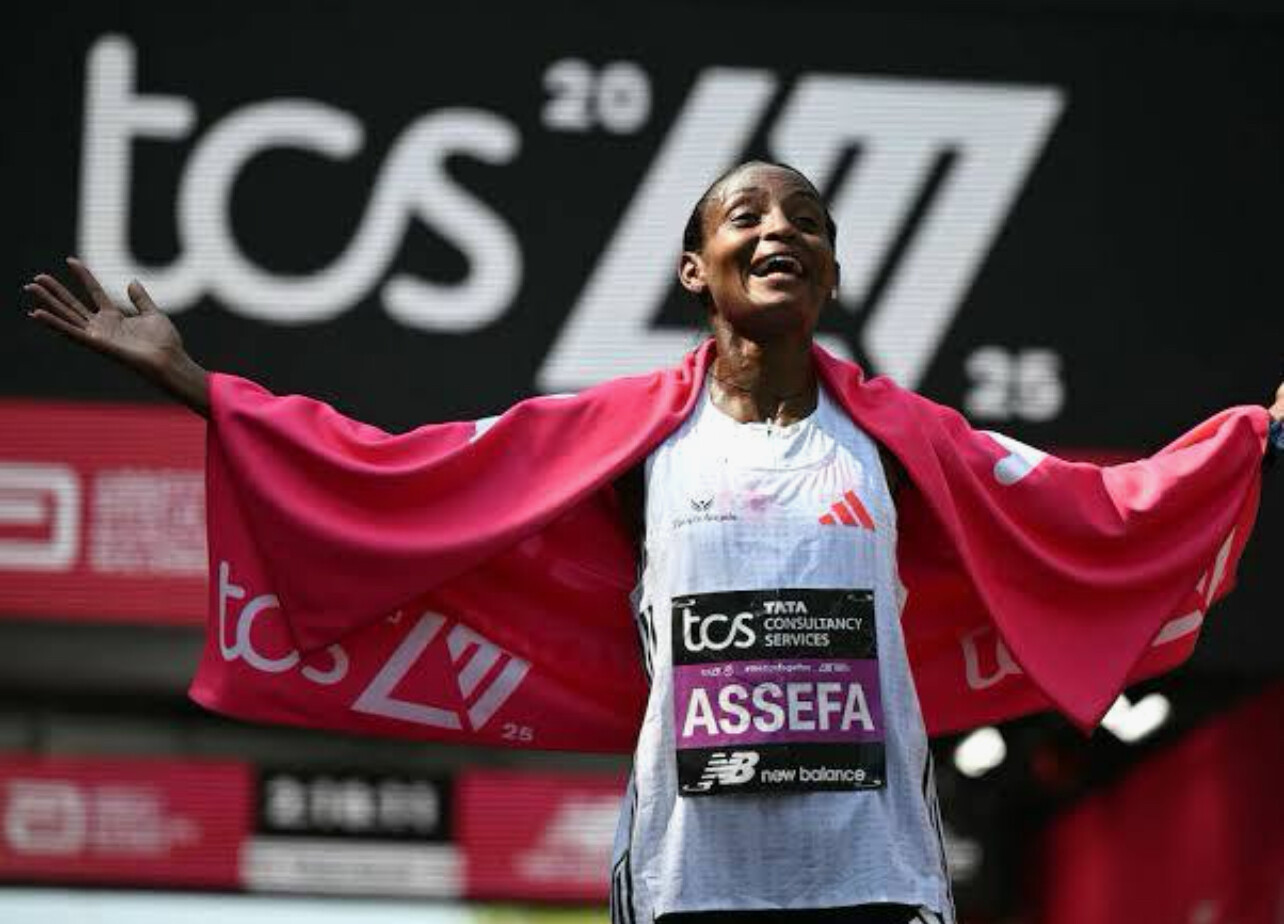
Tigst Assefa had already stunned the running world with her mixed-race world record of 2:11:53 set in Berlin in 2023. Today, she confirmed her place among the all-time greats by dominating a race staged without male pacemakers, underlining her incredible solo strength.
Assefa’s record run headlined what has already become one of the most memorable editions of the London Marathon, with over 56,000 participants and perfect spring weather creating an electric atmosphere.
Paula Radcliffe posted "That was a phenomenal race so hats off to Tigst Assefa for being brave enough to go out in the pace she did!
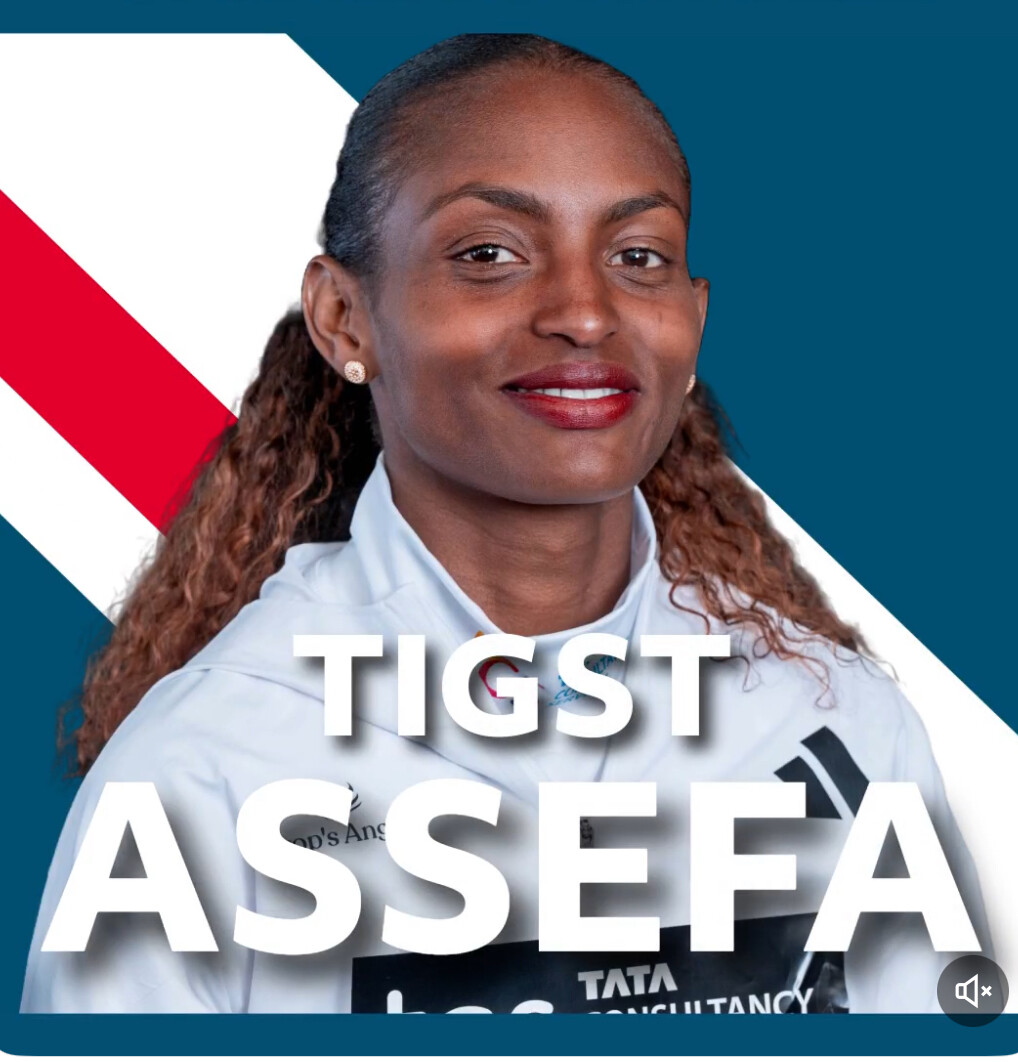
The manner in which she lifted herself to get across the line as well.
You can see how much it means to her. It's more to build on for her moving forward."
Eilish McColgan picks up the pace as she comes across the line in 02:24:25 for eighth place.
She's tired on her marathon debut but has done one thing she wanted - beat her mum Liz's best time. Liz McColgan won here in 1996.
A decent effort for a first attempt.
Top 13 Women’s Elite Finishers
1. Tigst Assefa (ETH) – 2:15:50
2. Joyciline Jepkosgei (KEN) – 2:18:44
3. Sifan Hassan (NED) – 2:19:00
4. Haven Hailu Desse (ETH) – 2:19:17
5. Vivian Cheruiyot (KEN) – 2:22:32
6. Stella Chesang (UGA) – 2:22:42
7. Sofiia Yaremchuk (ITA) – 2:23:14
8. Eilish McColgan (GBR) – 2:24:25
9. Rose Harvey (GBR) – 2:25:01
10. Susanna Sullivan (USA) – 2:29:30
11. Phily Bowden (GBR) – 2:30:28
12. Molly Bookmyer (USA) – 2:32:31
13. Holly Archer (GBR) – 2:39:45
Ethiopia’s Tigst Assefa delivered a historic performance, setting a new women-only world record with a time of 2:15:50. She broke away from the pack after the 30-kilometer mark and maintained her lead to the finish line.
Kenya’s Joyciline Jepkosgei secured second place with a strong finish at 2:18:44, while the Netherlands’ Sifan Hassan completed the podium in third with a time of 2:19:00.
Notably, Great Britain’s Eilish McColgan finished eighth, setting a new Scottish marathon record with her time of 2:24:25.
(04/27/2025) ⚡AMP
by Boris Baron
Last-Minute Weather Update: Warm Conditions Await Elite Runners at 2025 London Marathon but not hot
(Posted at 3:30am London Time) With just hours to go before the 2025 London Marathon kicks off on Sunday, April 27, elite runners are preparing for a race day marked by warm and sunny conditions. The elite women’s race is set to start at 9:05 AM BST, followed by the elite men’s race at 9:35 AM BST .
Weather Forecast:
• Start Time (9:00 AM BST): Approximately 12°C (54°F), mostly sunny with light winds.
• Mid-Race (11:00 AM BST): Temperatures rising to around 14°C (57°F).
• Afternoon Peak: Expected highs of 21°C (70°F), which is notably warmer than last year’s maximum of 12.6°C (54.7°F) .
These conditions are favorable for spectators but may pose challenges for runners, especially those unaccustomed to warmer temperatures. The Met Office advises participants to stay hydrated and adjust their pacing strategies accordingly .
Viewing Information:
Live coverage of the marathon will be available on BBC One and BBC Two, with streaming options on BBC iPlayer and the BBC Sport website.
As the city braces for a day of athletic excellence and community spirit, runners and spectators alike are encouraged to prepare for the warm weather to ensure a safe and enjoyable marathon experience.
(04/26/2025) ⚡AMPby Boris Baron
Why So Many People Are Running Marathons Now
April 27, 2025, is shaping up to be one of the biggest marathon days in history. Across the globe, tens of thousands of runners are lining up to test themselves over the classic 26.2-mile distance. The surge in marathon participation reflects a larger movement: more people than ever before are choosing to challenge themselves, honor loved ones, improve their health, and be part of something bigger than themselves.
At the London Marathon alone, more than 56,000 runners are expected to take part, potentially setting a new world record for the largest official marathon field. Each runner will bring their own story to the streets of London — whether it’s running for a charity, celebrating recovery, or simply achieving a personal goal. Since the event’s founding, the London Marathon has raised over £1.3 billion ($1.7 billion) for charity, reinforcing how marathons have become deeply tied to causes and community.
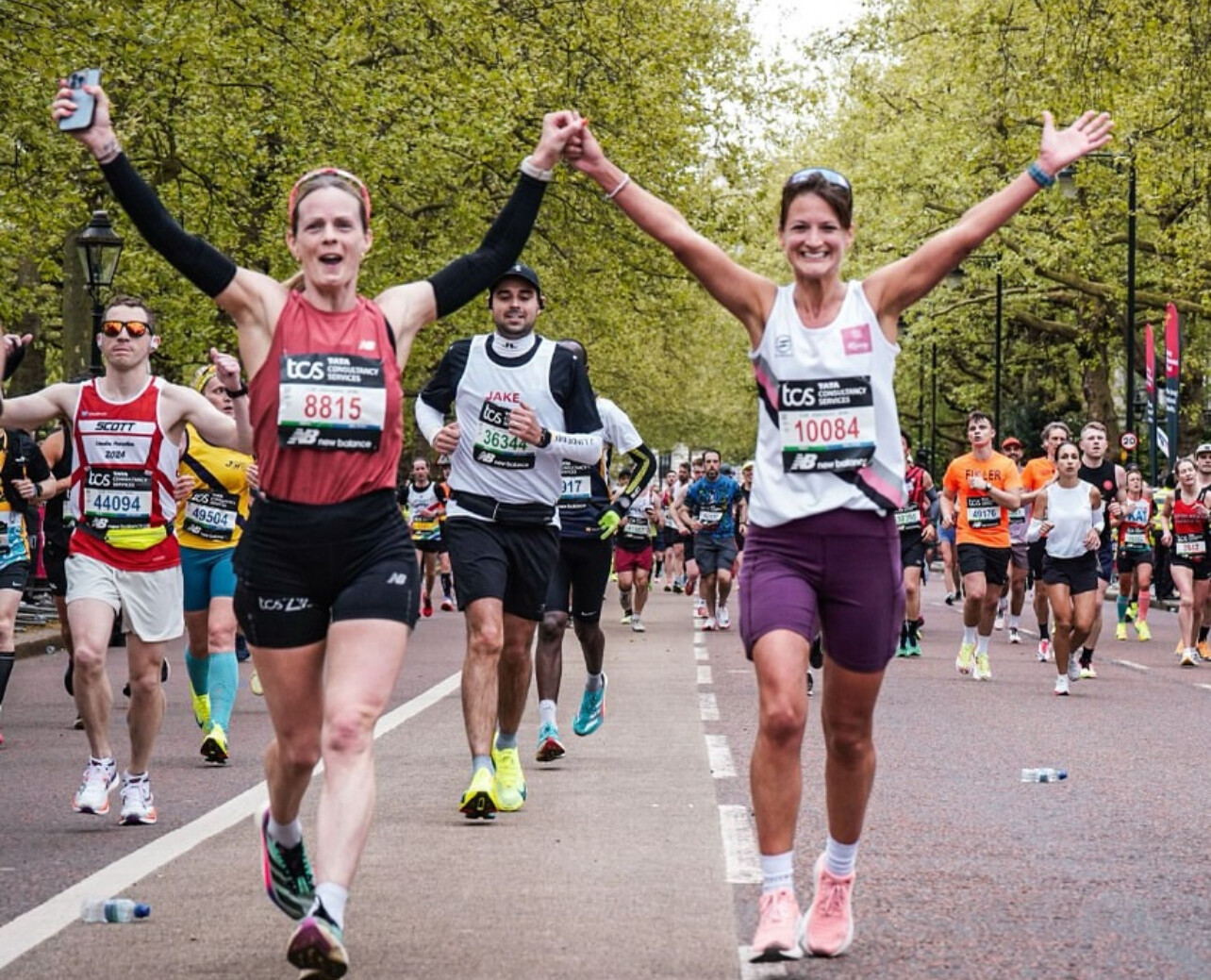
Meanwhile, thousands more will take to the start line at the Haspa Hamburg Marathon in Germany, the Madrid Marathon in Spain, and the Uniper Düsseldorf Marathon, which is returning after a six-year hiatus. In the United States, marathons like the Big Sur International Marathon in California, the Oklahoma City Memorial Marathon, and the Glass City Marathon in Toledo are also drawing strong fields.
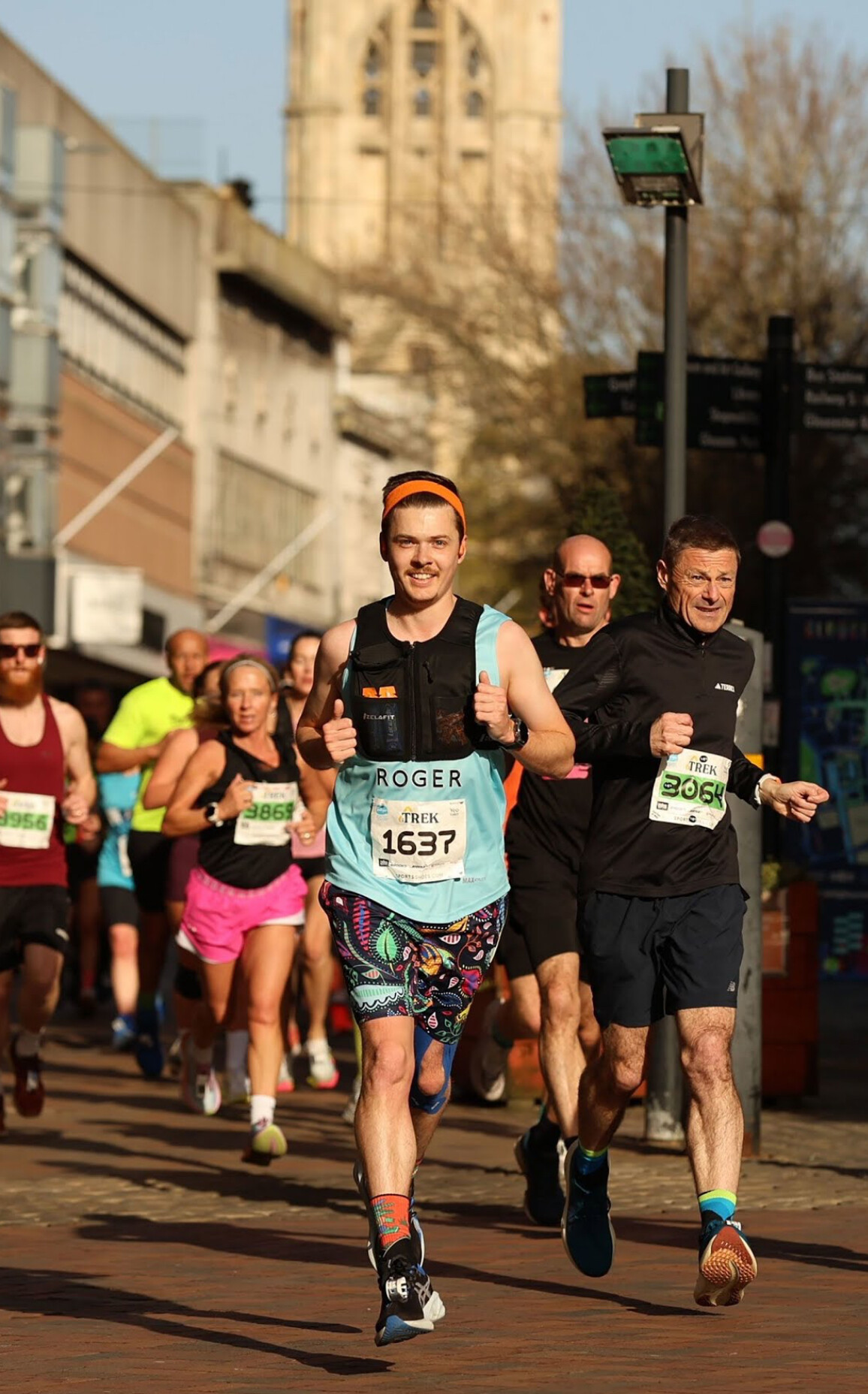
One of the biggest reasons for the boom in marathon running is the personal connection runners feel to the challenge. For some, like Julie Wright, who is running London in memory of her daughter who passed away from breast cancer, marathon training became a way to heal and to move forward. For others, the marathon offers a tangible milestone at a time when traditional life achievements like homeownership or career stability can feel increasingly out of reach. Completing 26.2 miles offers a powerful sense of accomplishment.

Advances in running technology have also helped fuel the rise. New shoes with carbon-fiber plates, better cushioning, and smart training apps make it easier for newcomers to successfully prepare. Social media has helped too, creating vibrant global communities where runners can share training tips, encouragement, and race day celebrations.
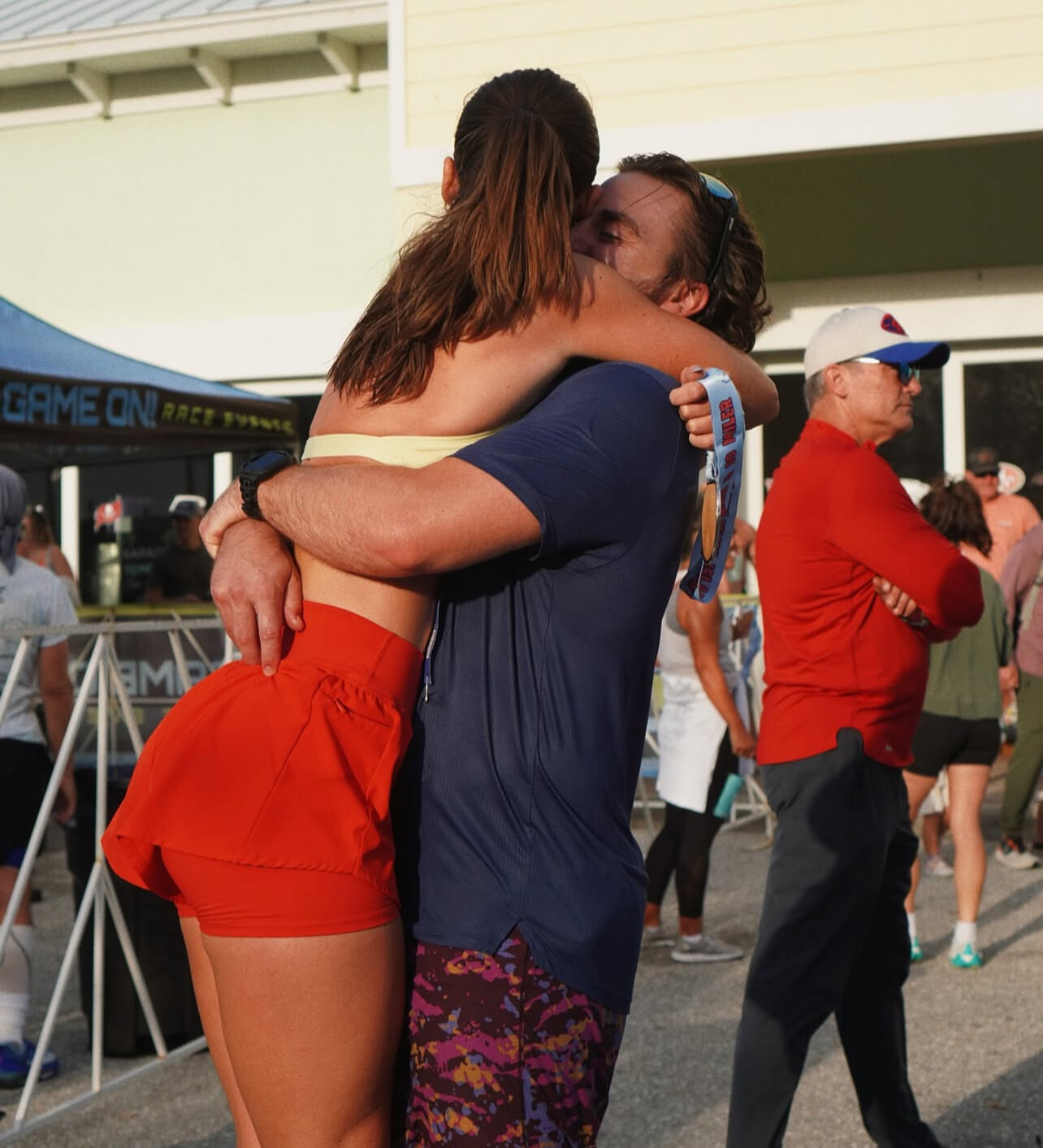
Finally, marathons today are more inclusive than ever before. Age, experience, and speed are no longer barriers. At the London Marathon, runners from 18 to over 80 years old will be lining up together. It’s this spirit — community, personal challenge, and shared experience — that continues to draw more people to marathons every year.
Today, April 27, 2025, the marathon stands stronger than ever, a symbol of resilience, passion, and the enduring human spirit.
My Best Runs is your source for running news, race coverage, features, training insights, and inspiring stories from the world of distance running.
(04/26/2025) ⚡AMPby Boris Baron
Jacob Kiplimo Ready to Make Marathon Debut in London After Record-Shattering Half Marathon
Earlier this year in Barcelona, Jacob Kiplimo delivered one of the most jaw-dropping performances in distance running history. The 24-year-old Ugandan covered 13.1 miles in a stunning 56:42 — a half marathon time 48 seconds faster than the previous world record.
Now, just two months later, Kiplimo is in London for his much-anticipated marathon debut. The buzz is growing louder: could he break the marathon world record? Could he even challenge the two-hour barrier in an official race? London Marathon event director Hugh Brasher believes we could be about to witness something historic.
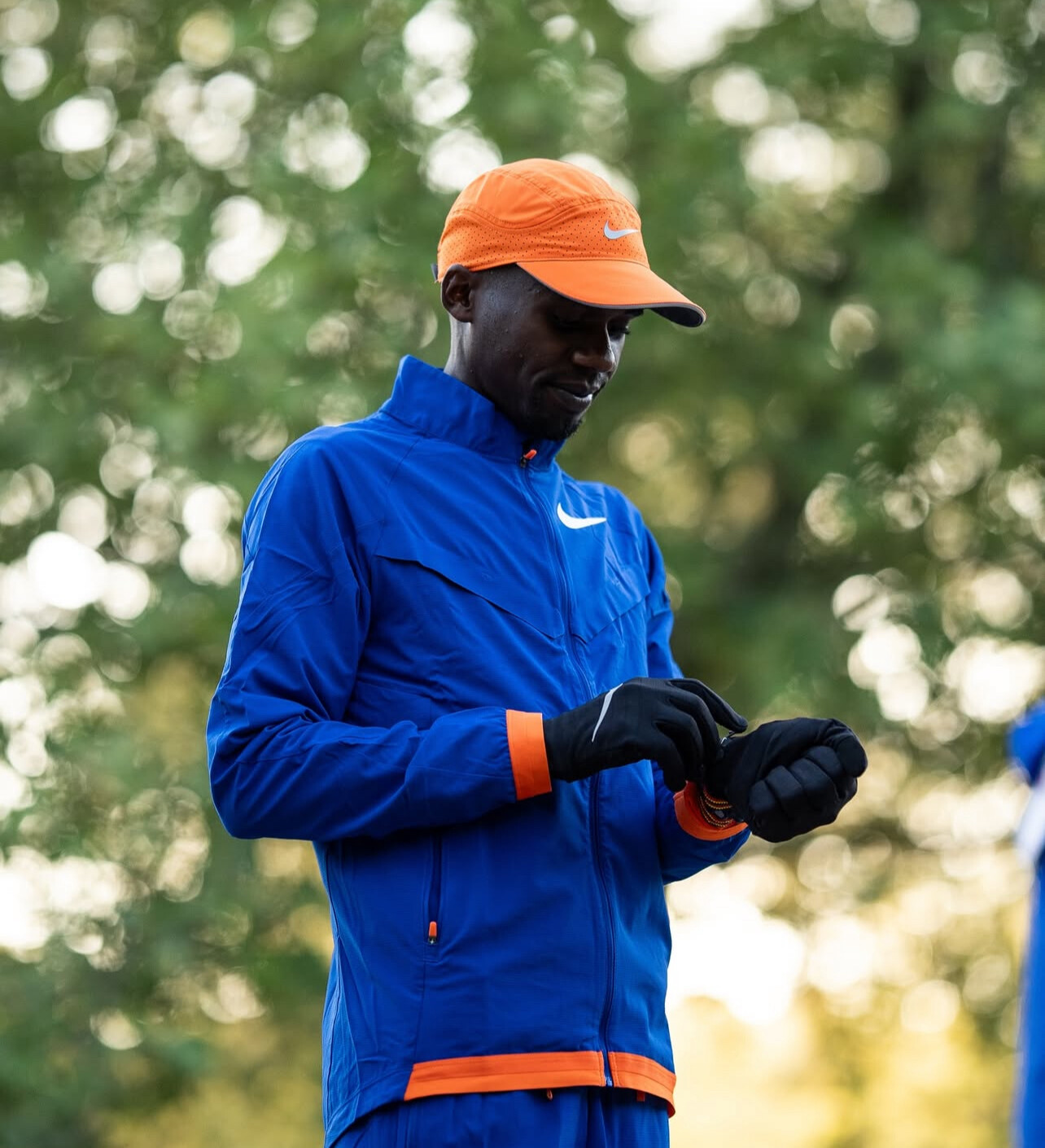
“I think it’s going to be the most fascinating debut ever,” Brasher said. “Is it feasible he could take Kelvin Kiptum’s record as the fastest debutant? Without a doubt. Could he eventually become the first man to run under two hours? Yes. But let’s see what happens on Sunday.”
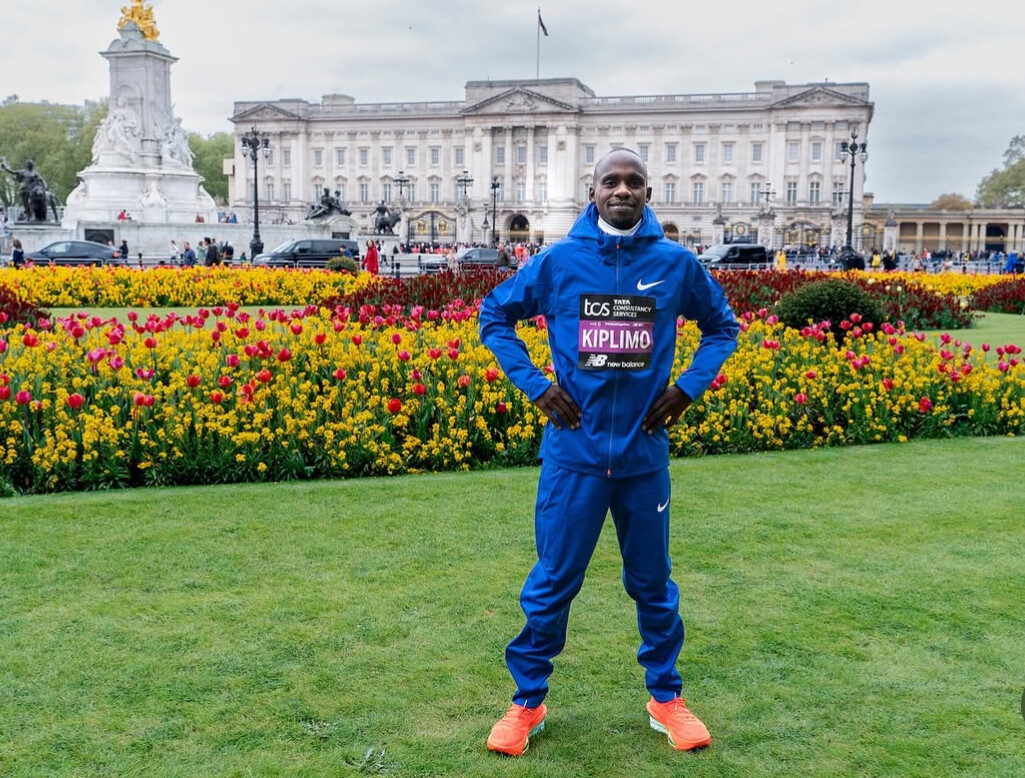
Kiplimo’s story is remarkable. Growing up on a farm 1,500 meters above sea level on the slopes of Mount Elgon, he found inspiration in his older half-brothers — Robert Chemonges and Victor Kiplangat — both of whom would go on to become world-class marathoners.
“We were helping our brothers, the big brothers,” Kiplimo said. “We would see them training and I told them: ‘I want to become like you.’ So I just kept training.”
By 15, Kiplimo had been spotted and brought to Italy to prepare for the Rio Olympics. Although he exited in the 5,000m semifinals, the experience launched his international career. His early times were already astonishing: 13:19 for 5,000m and 27:26 for 10,000m — all before the supershoe era.
While his track career was hampered by the lack of a blazing sprint finish, Kiplimo found his true strength on the roads. He went on to win two senior world cross country titles, along with Olympic and World Championship bronze medals in the 10,000m.
Sunday’s London Marathon will be his toughest test yet. He will face one of the strongest fields ever assembled: Eliud Kipchoge, Olympic champion Tamirat Tola, defending champion Alexander Mutiso, and Sebastian Sawe — who ran 2:02:05 to win Valencia, the second-fastest marathon debut in history. British eyes will also be on Olympic triathlon champion Alex Yee, aiming for a 2:09 debut.
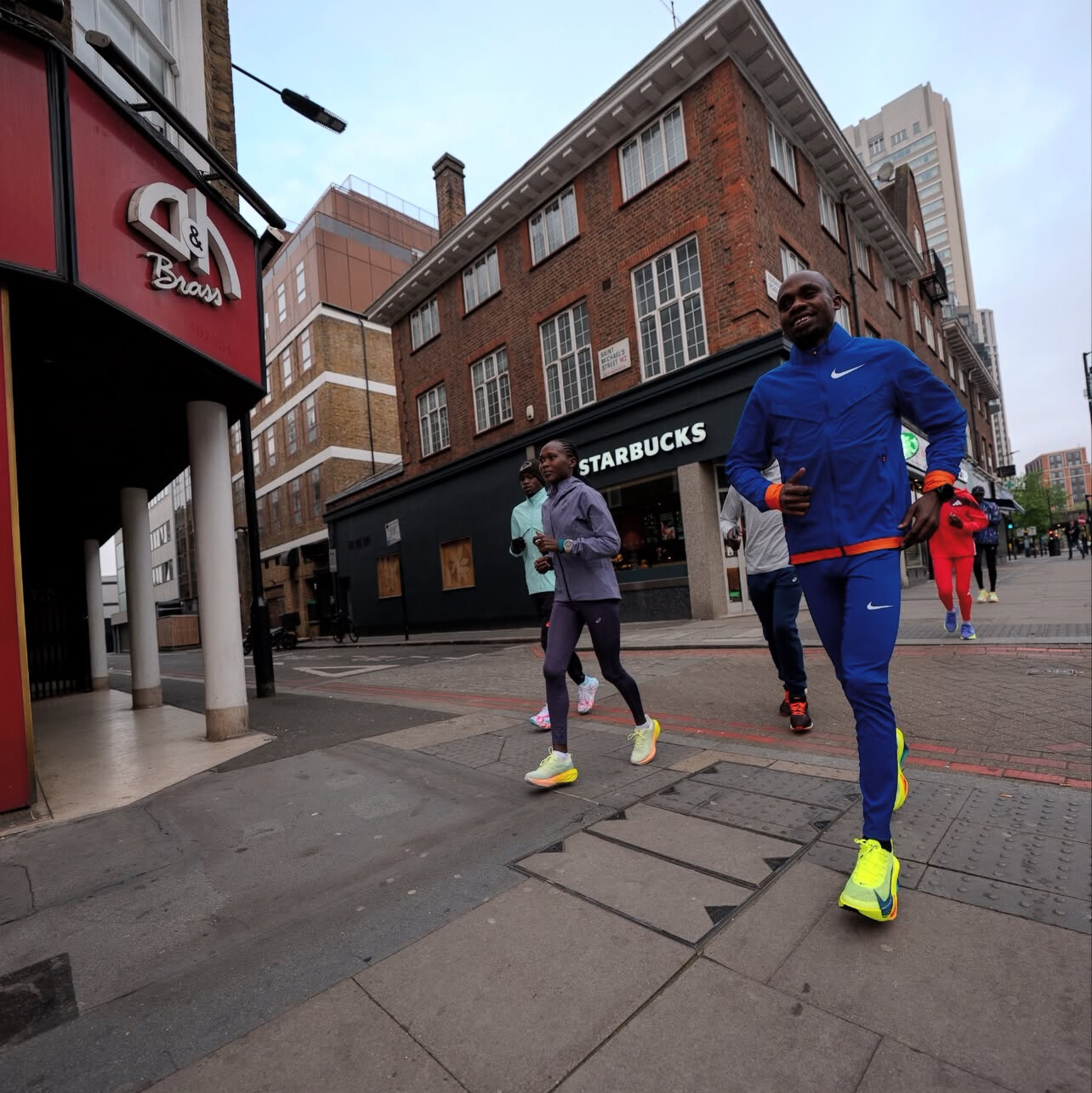
Kiplimo says he is ready. He has built up his weekly mileage from 75–90 miles during his track days to 125–135 miles for the marathon.
The lead pack is expected to hit halfway in around 61 minutes, setting up a possible negative split. With a favorable tailwind forecast in the second half — though temperatures could be on the warm side — conditions could be ideal for something special.

Kiplimo has already shown he can rewrite history. On Sunday, the world will be watching to see if he can do it again.
(04/26/2025) ⚡AMPby Boris Baron
TCS London Marathon
The London Marathon was first run on March 29, 1981 and has been held in the spring of every year since 2010. It is sponsored by Virgin Money and was founded by the former Olympic champion and journalist Chris Brasher and Welsh athlete John Disley. It is organized by Hugh Brasher (son of Chris) as Race Director and Nick Bitel...
more...Agnes Ngetich Breaks Barriers with Historic 10K World Record at adidas Road to Records
Kenya’s Agnes Jebet Ngetich delivered a groundbreaking performance at the 2025 Adizero: Road to Records event in Herzogenaurach, Germany, becoming the first woman to run a women-only 10km road race in under 30 minutes. She crossed the finish line in 29:27, surpassing the previous women-only world record of 30:01 set by the late Agnes Tirop in 2021.
Ngetich, 24, maintained a swift pace from the outset, reaching the halfway mark in 14:37. Despite a slight slowdown in the latter half, she completed the second 5km in 14:50, ensuring all kilometers were run in under three minutes.
This achievement adds to Ngetich’s impressive record; in January 2024, she set the mixed-race 10km world record with a time of 28:46 in Valencia.
Expressing her elation post-race, Ngetich said, “I’m so excited. I didn’t expect this. Last year I missed it by two seconds, so I wanted to come here today and try for it again. I’m so proud of myself. After missing out on the Olympics last year, I want to make up for it this year at the world championships.”
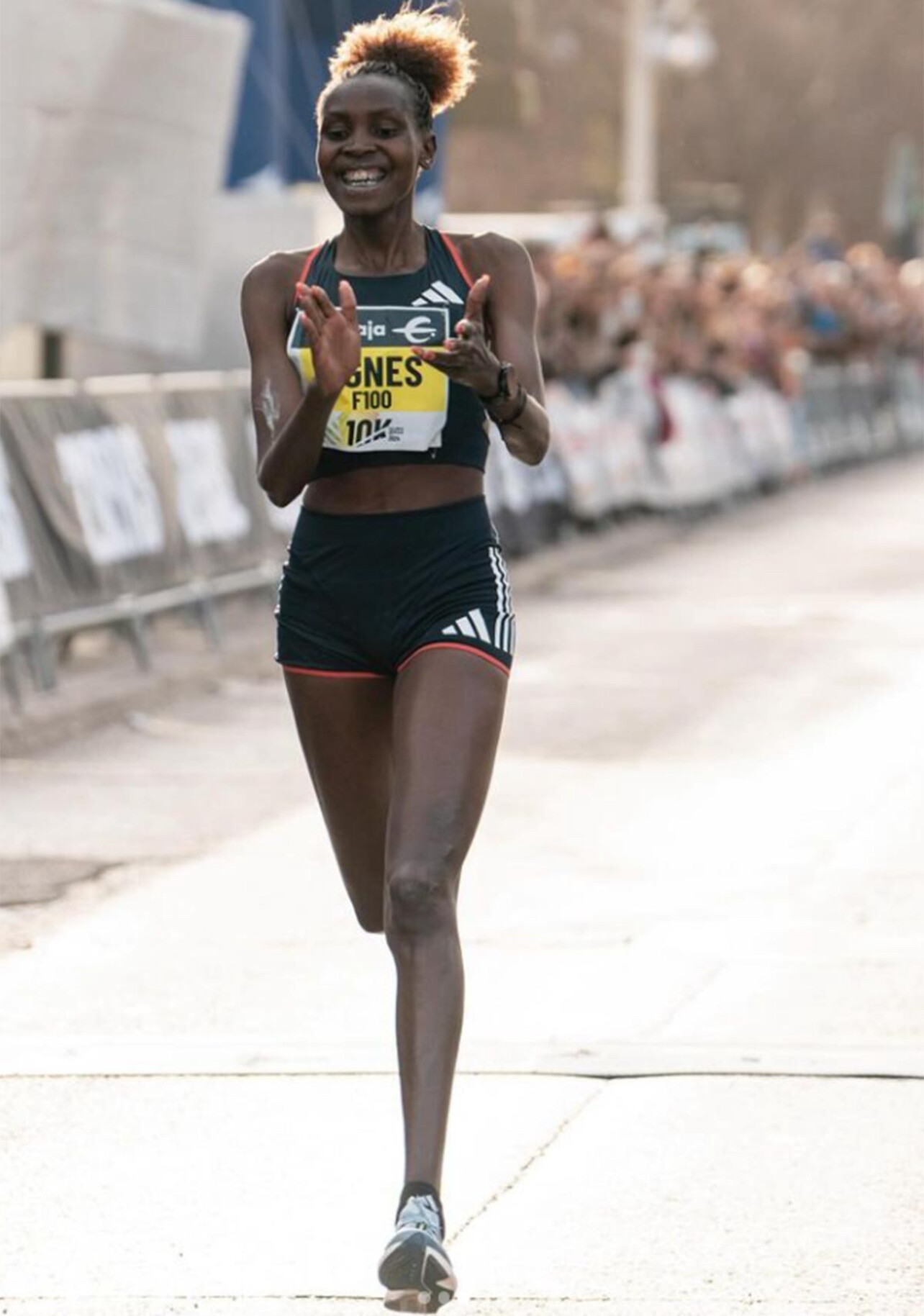
The Adizero: Road to Records event also witnessed remarkable performances in other categories. In the men’s 10km, Birhanu Balew of Bahrain, Gemechu Dida of Ethiopia, and Rodrigue Kwizera of Burundi all finished in 26:54. Ethiopia’s Medina Eisa clinched the women’s 5km title with a time of 14:48, while compatriot Yomif Kejelcha won the men’s 5km in 12:54.
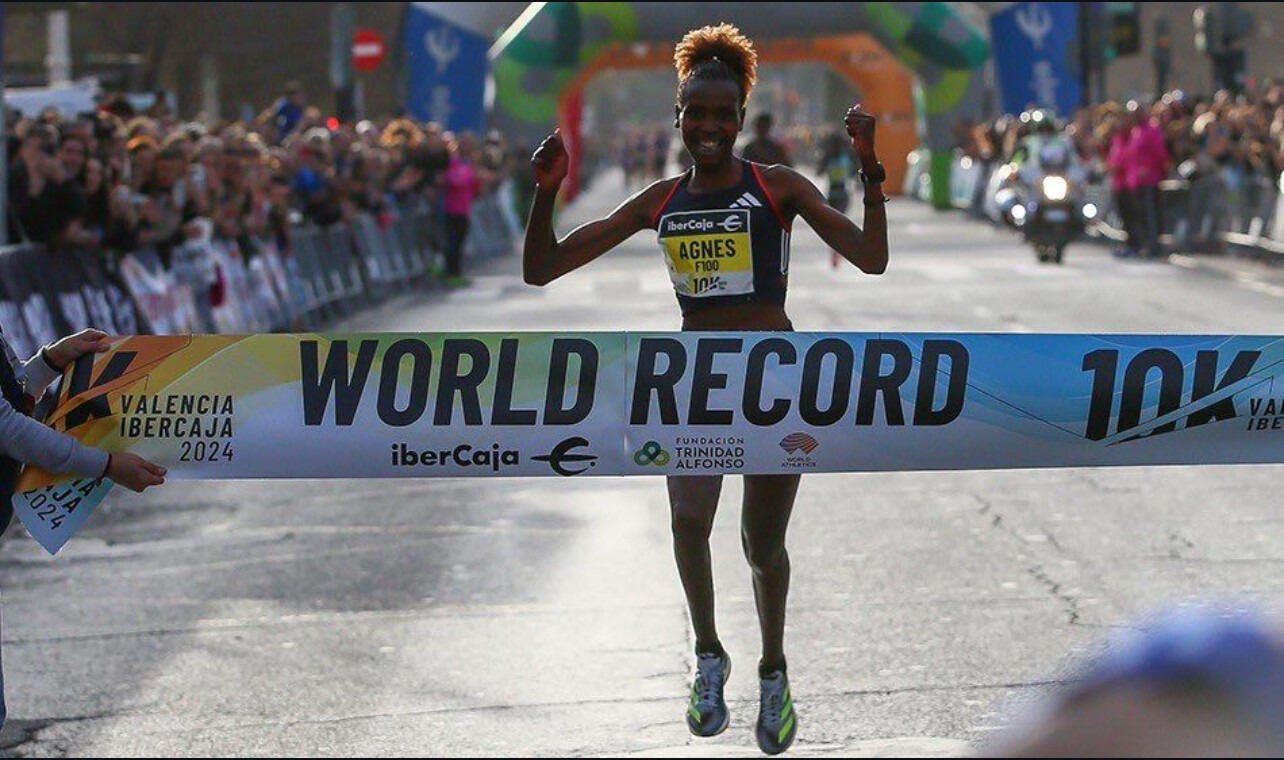
The event, hosted at adidas’ global headquarters, continues to be a platform where elite athletes push the boundaries of human performance, with today’s races adding to its legacy of record-breaking achievements.
(04/26/2025) ⚡AMPby Boris Baron
ADIZERO: ROAD TO RECORDS
Adidas HQ in Herzogenaurach, Germany played host to elite adidas athletes competing on a specially designed course around the adidas World of Sport campus across 5km, 10km and 21km distances The course followed a loop of approximately 2.5km on a smooth tarmac surface with a slight elevation on each lap. Conditions were perfect as the first event,...
more...Brigid Kosgei and Amos Kipruto Lead the Deepest Fields Ever at Haspa Marathon Hamburg
European star Karoline Grovdal targets historic debut
The 39th edition of the Haspa Marathon Hamburg on Sunday promises to be the fastest and most competitive in the event’s history. Headlining the men’s race are Kenya’s Amos Kipruto and Ethiopia’s Kinde Atanaw, both with personal bests under 2:04. Meanwhile, former women’s world record holder Brigid Kosgei leads a stellar women’s lineup, becoming the fastest woman ever to start in Hamburg.
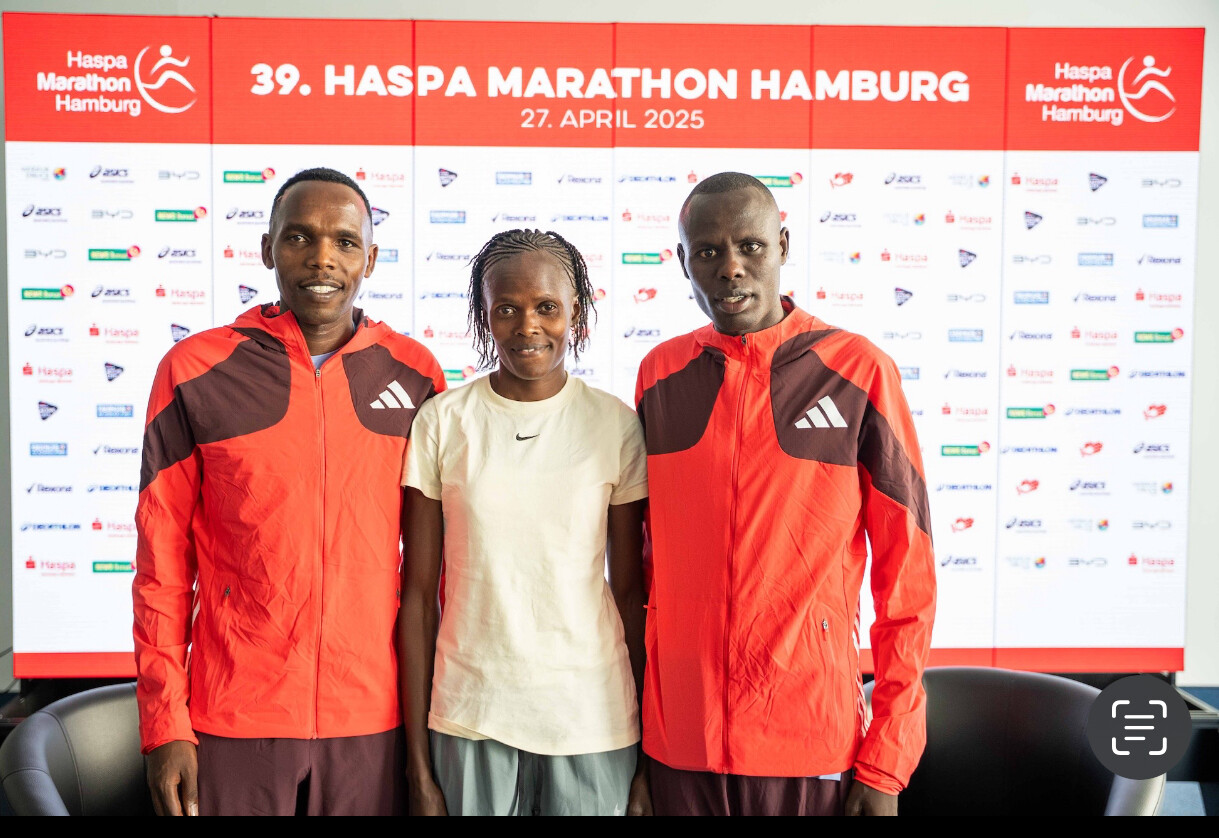
A total of 15,000 runners have entered Germany’s biggest spring marathon, with 38,000 participants across all weekend events—setting a new record. “We are experiencing another running boom, and our elite fields are stronger than ever,” said Chief Organiser Frank Thaleiser.
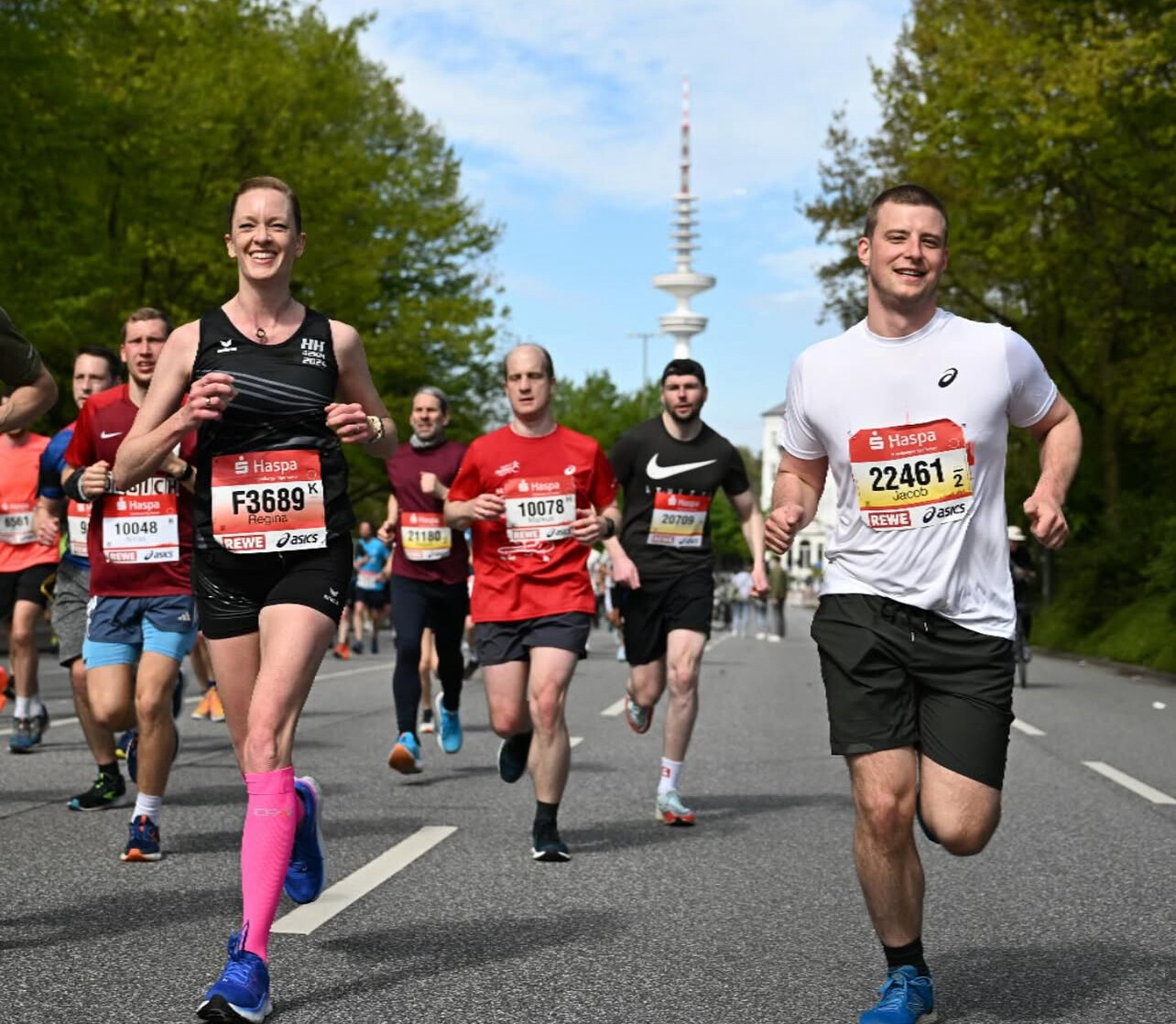
With near-perfect weather conditions forecasted, fast times are expected. The men’s course record of 2:04:09, set by Bernard Koech in 2023, could be under threat, with the potential for Hamburg’s first sub-2:04 performance.

Amos Kipruto, who ran a personal best of 2:03:13 when finishing second behind Eliud Kipchoge in Tokyo 2022, is focused on running fast. “If I had the choice, a personal best would mean more to me than victory,” said Kipruto at the pre-race press conference. He’ll be joined by Kinde Atanaw (2:03:51), Tsegaye Getachew (2:04:49), and Philemon Kiplimo (2:04:56) in chasing the record. Kiplimo, who finished third in Hamburg last year, knows the course well and is aiming for an aggressive second half after a planned 62:00 opening.
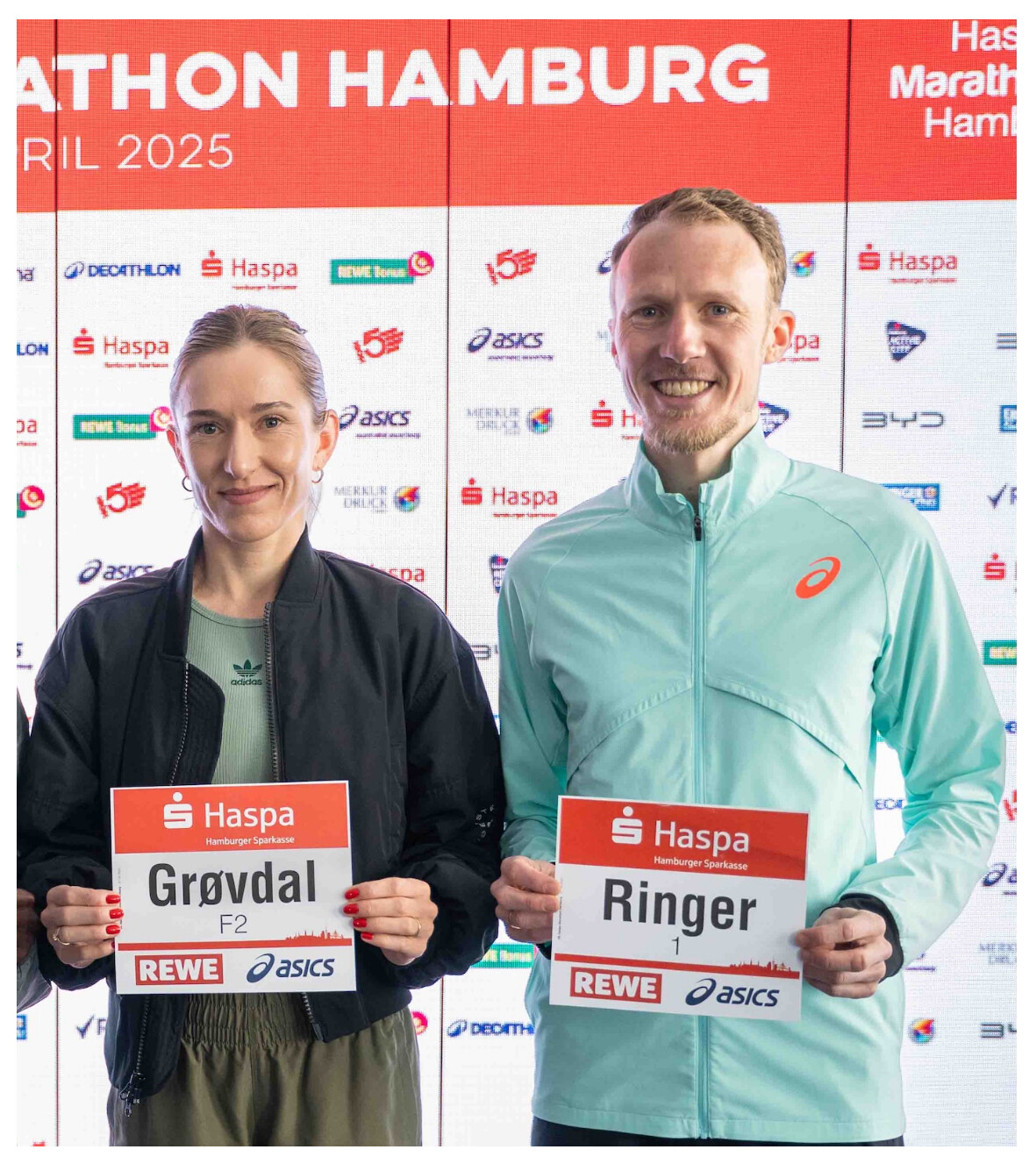
Germany’s top hope is Richard Ringer, the 2022 European marathon champion, who recently improved his personal best to 2:05:46. “I want to improve my Hamburg result from last year and aim to run under 2:07:00,” said Ringer, who also ran a new half marathon PB of 60:51 in Berlin this spring.
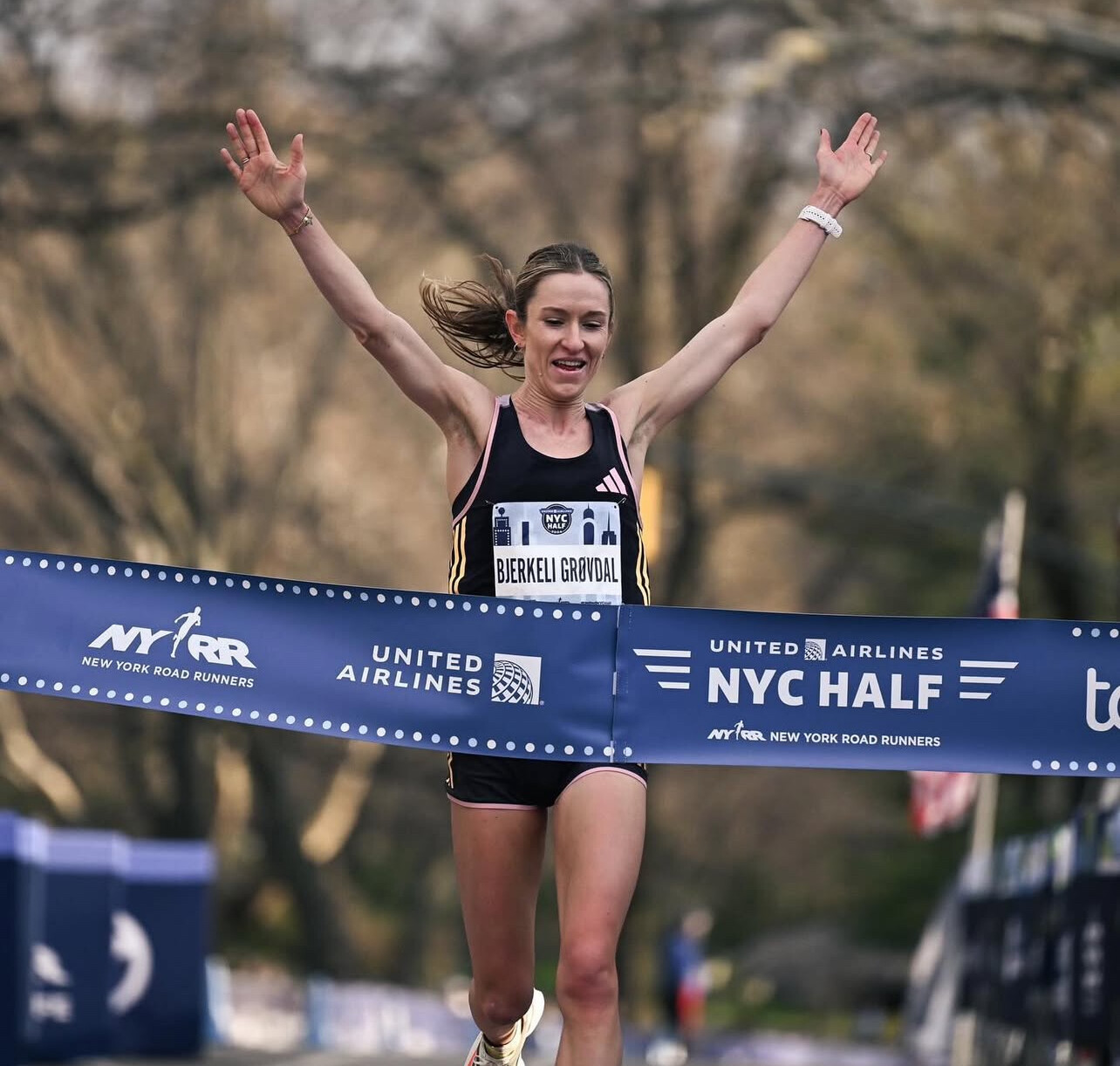
On the women’s side, Brigid Kosgei is back after battling injury, having last raced at the 2023 London Marathon where she clocked 2:19:02. Kosgei, who broke Paula Radcliffe’s long-standing world record with her 2:14:04 performance in Chicago 2019, is confident: “I am fit now and excited to run a good race in Hamburg.”
The women’s course record of 2:17:23, set by Ethiopia’s Yalemzerf Yehualaw in 2022, will be tough to beat, but with Kosgei, Ethiopia’s Workenesh Edesa (2:18:51), and rising star Sichala Kumeshi (2:20:42) in the field, a sub-2:20 finish is very possible. Edesa recently won in Osaka with 2:21:00 and is aiming to go faster, while Kumeshi is coming off a strong victory in Houston under tough conditions.
A major European storyline is Norway’s Karoline Grovdal, who will make her marathon debut. Grovdal, a multiple European Champion and last year’s half marathon gold medalist in Rome, is targeting Ingrid Kristiansen’s legendary Norwegian record of 2:21:06—set in London back in 1985 when it was a world record.
Elite Field Highlights
Men:
Amos Kipruto (KEN) – 2:03:13
Kinde Atanaw (ETH) – 2:03:51
Tsegaye Getachew (ETH) – 2:04:49
Philemon Kiplimo (KEN) – 2:04:56
Kebede Tulu (ETH) – 2:05:19
Goitom Kifle (ERI) – 2:05:28
Richard Ringer (GER) – 2:05:46
Others include Awet Habte (ERI, 2:06:25), Felix Kibitok (KEN, 2:06:28), and Julien Wanders (SUI, 2:11:52)
Women:
Brigid Kosgei (KEN) – 2:14:04
Workenesh Edesa (ETH) – 2:18:51
Etagegn Woldu (ETH) – 2:20:03
Sichala Kumeshi (ETH) – 2:20:42
Karoline Grovdal (NOR) – Marathon Debut
Others include Shitaye Eshete (BRN, 2:21:33) and Natasha Cockram (GBR, 2:26:14)
(04/25/2025) ⚡AMP
by Race News Service with Boris Baron
Haspa Marathon Hamburg
The HASPA MARATHON HAMBURG is Germany’s biggest spring marathon and since 1986 the first one to paint the blue line on the roads. Hamburcourse record is fast (2:05:30), the metropolitan city (1.8 million residents) lets the euphoric atmosphere spill over and carry you to the finish. Make this experience first hand and follow the Blue Line....
more...Joshua Cheptegei Returns to TCS World 10K Bengaluru with Eyes on Victory
Multiple global champion Joshua Cheptegei is set to take on the TCS World 10K Bengaluru this Sunday, April 27, aiming to capture the title at the prestigious World Athletics Gold Label Race.
Cheptegei, Uganda’s double Olympic and World Champion, made his international debut at this very race back in 2014, finishing second. Now 28 years old, he reflected on his journey during a pre-race media conference:
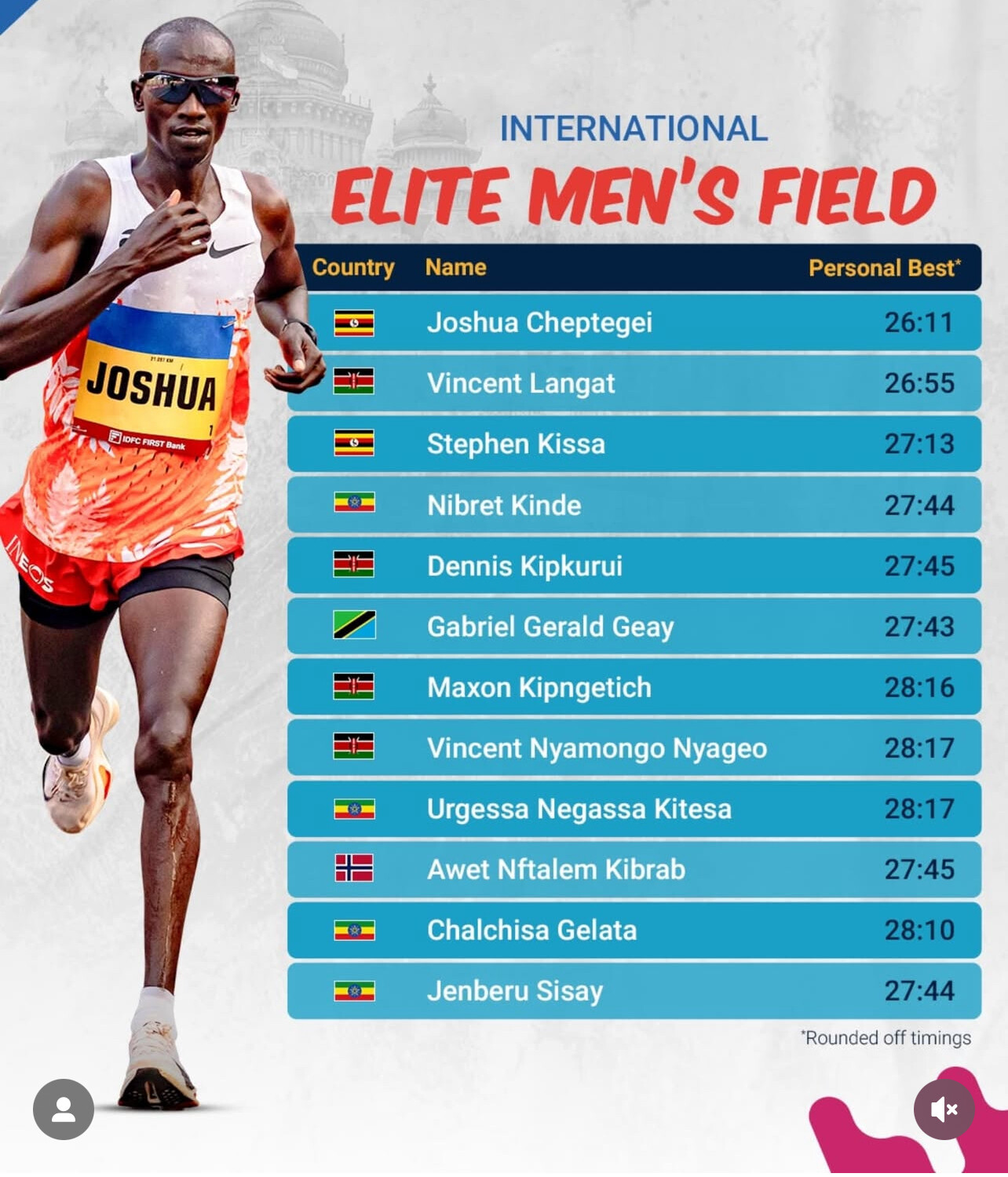
“Back in 2014, I won silver, and it was my first international race. I went on to win many international titles. India will always be the place that launched me.”

Looking ahead to this weekend, Cheptegei acknowledged the strength of the field and the race’s quick course but remained focused on the bigger goal:
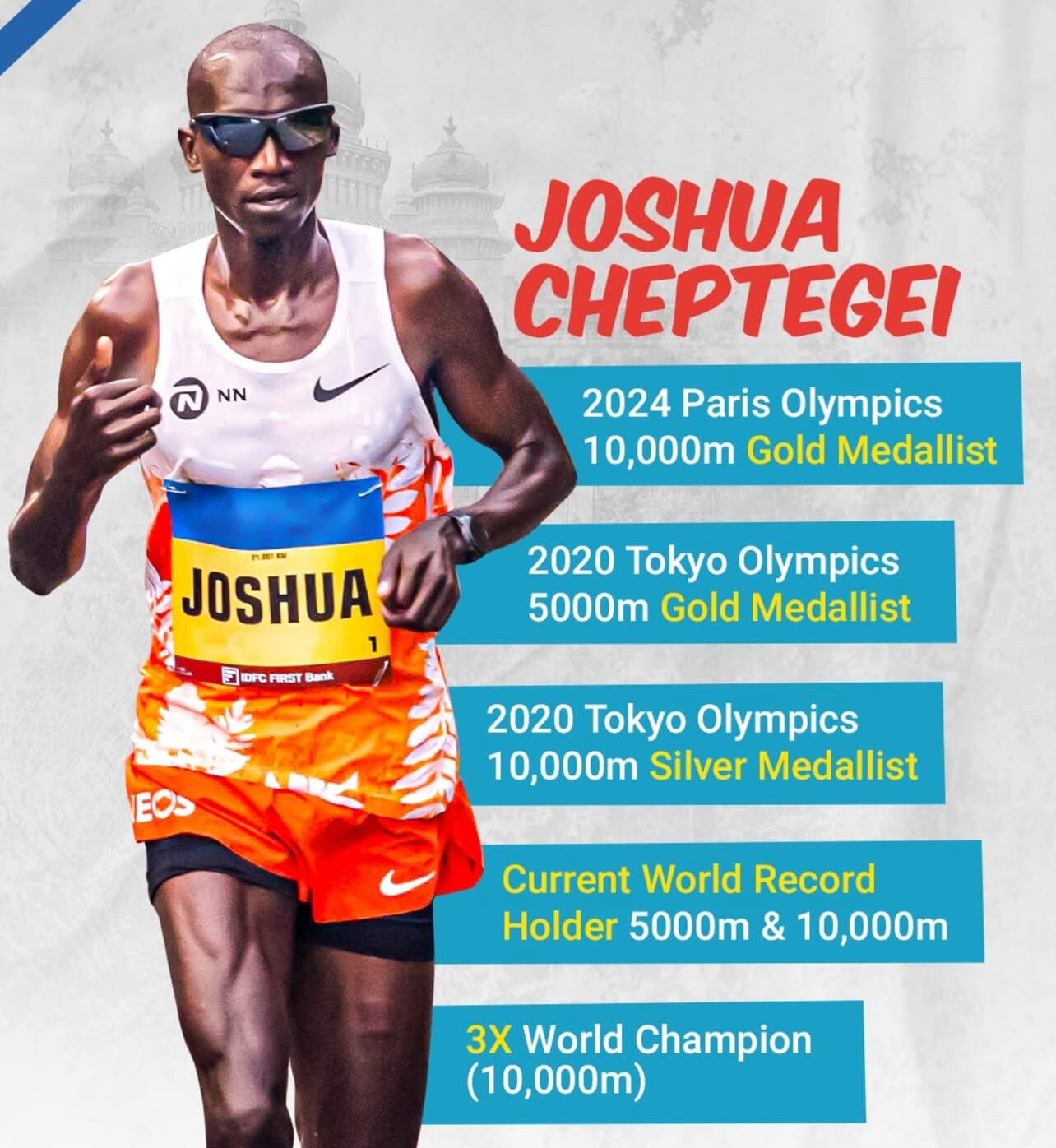
“It’s going to be a strong race, but I try not to put too much pressure on myself. Winning would be fantastic. As for the record, it’s harder now with marathon training in my legs, but the focus is on the win.”

The TCS World 10K boasts a total prize purse of USD 210,000, along with additional bonuses for course record performances.
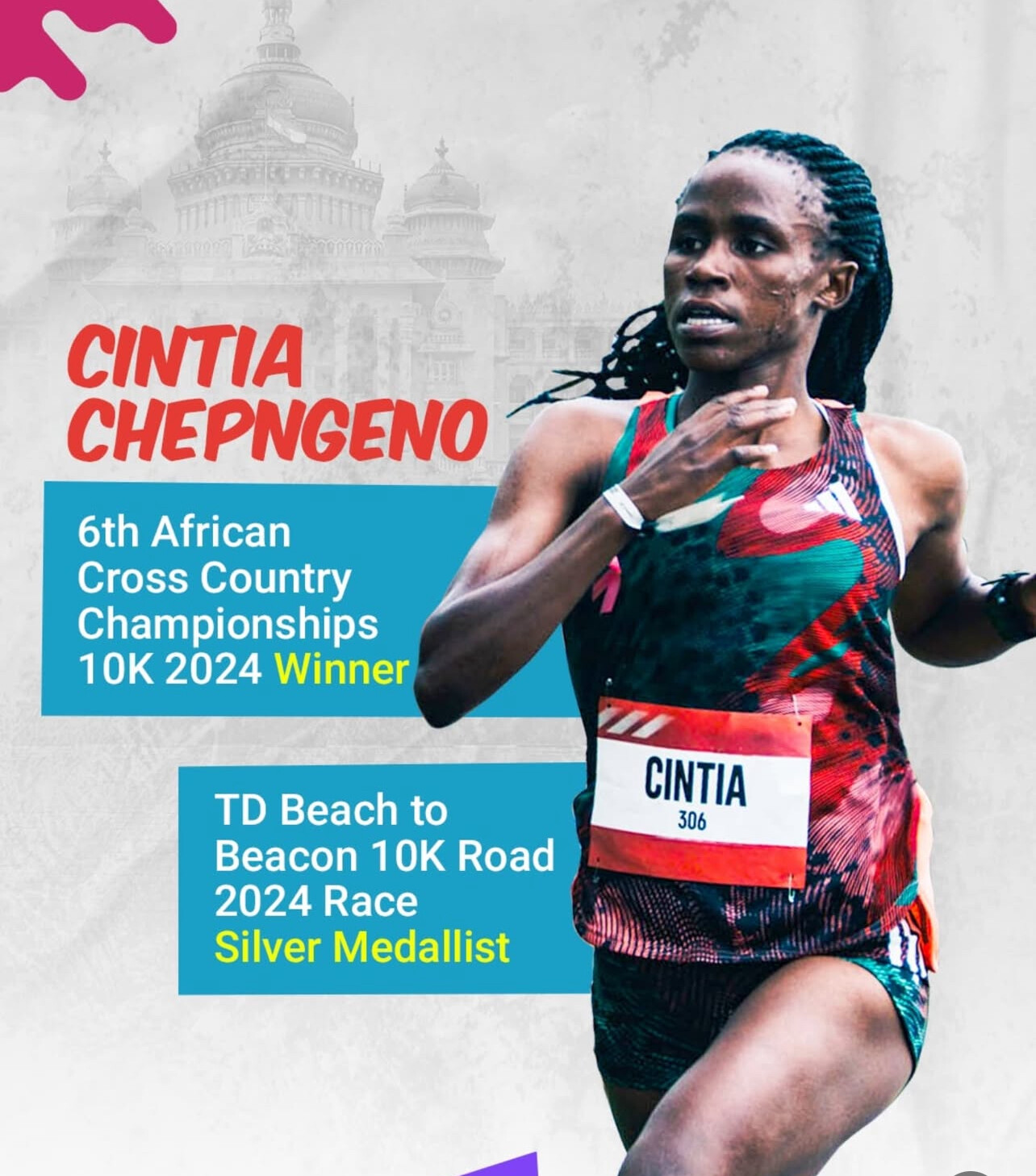
Prize Money and Bonuses
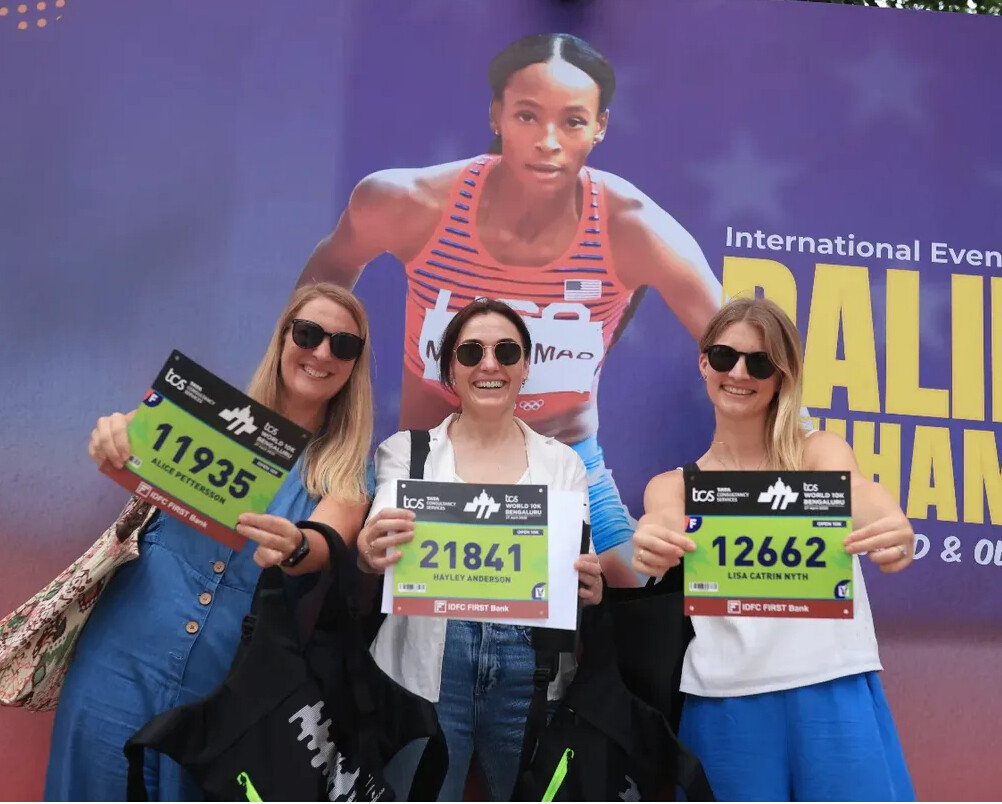
Top Overall Finishers (Men & Women):
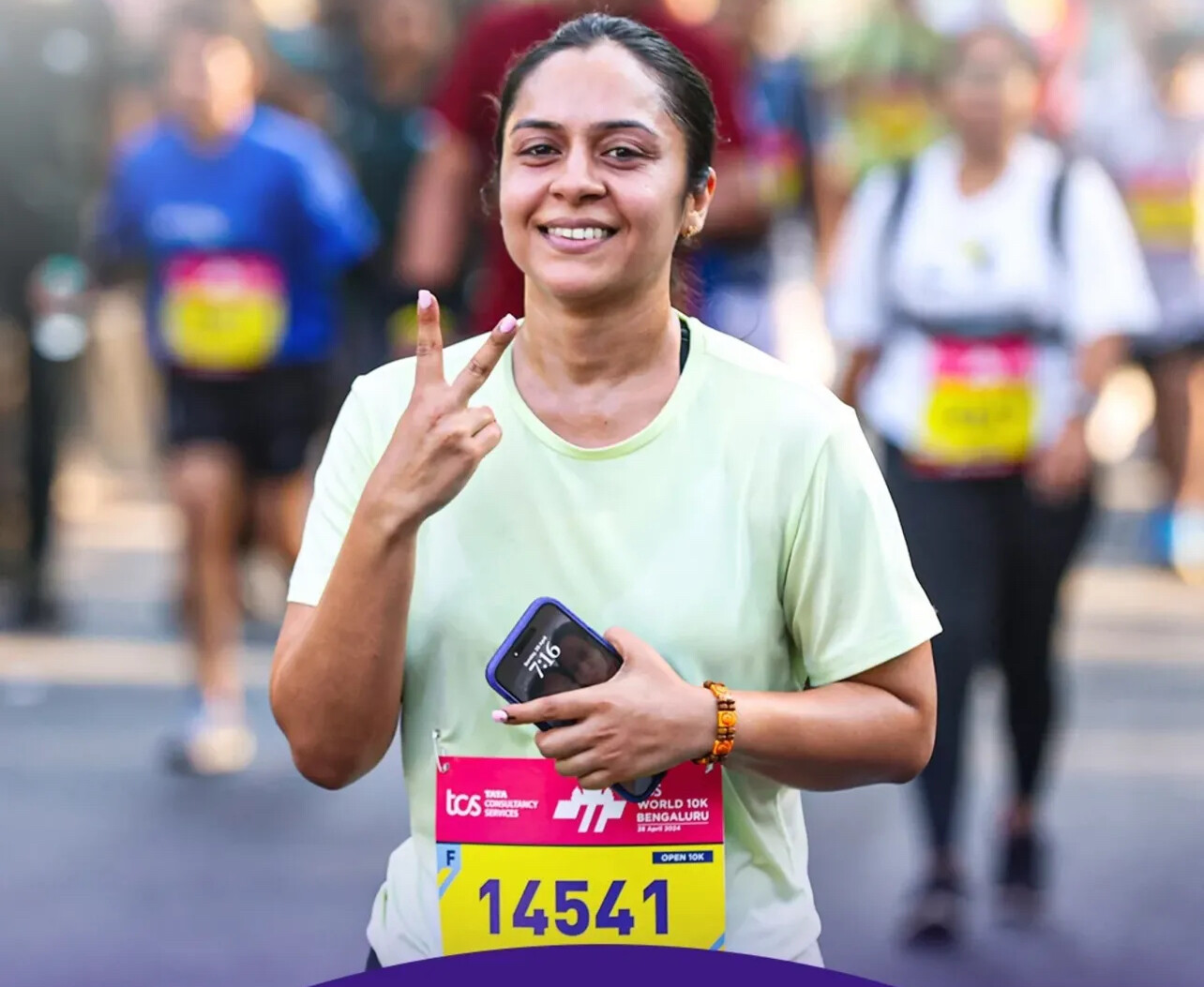
• 1st Place: USD 26,000
• 2nd Place: USD 17,000
• 3rd Place: USD 10,000
• 4th to 10th Places: Prizes ranging from USD 5,000 to USD 1,000
Top Indian Finishers (Men & Women):
• 1st Place: INR 3,00,000 (approximately USD 3,600)
• 2nd Place: INR 2,25,000 (approximately USD 2,700)
• 3rd Place: INR 1,50,000 (approximately USD 1,800)
• 4th to 10th Places: Prizes from INR 1,00,000 (USD 1,200) down to INR 30,000 (USD 360)
Bonus Incentives:
• Overall Course Record Bonus: USD 8,000 for breaking the men’s (27:38) or women’s (30:35) course records
• Indian Event Record Bonus: INR 1,00,000 (approx. USD 1,200) for setting a new Indian event record
• Indian Event Record Jackpot: INR 1,00,000 shared among top Indian finishers hitting key time standards (Men: sub-29:49; Women: sub-33:38)
Gabriel Geay Eyes Big Finish
Tanzania’s Gabriel Geay, a seventh-place finisher in the World Championship Marathon, also shared his excitement about racing in Bengaluru for the first time.
“It’s been a dream of mine to race here,” said the 28-year-old. “If the pace is quick, I believe a record is possible. My training hasn’t changed much from my marathon build-up, just a few adjustments for the 10K distance.”
Strong Women’s Field Led by Cintia Chepngeno
On the women’s side, Kenya’s Cintia Chepngeno headlines a deep field. Chepngeno, whose name is coincidentally similar to Cheptegei’s, is one of eight women in the field with personal bests faster than the course record of 30:35, set by Irene Cheptai in 2022.
Chepngeno, who placed ninth here last year, aims to move up the standings:
“I am keen on a good race with my colleagues on Sunday. My aim is to make the podium.”
She’ll face tough competition from Eritrea’s Rahel Daniel, who finished fifth in the 10,000m at the 2022 World Championships with an impressive 30:12.15, along with a host of other Kenyan contenders, including reigning African 10,000m champion Gladys Kwamboka Mong’are.
Men’s Title Wide Open
Along with Cheptegei, strong contenders in the men’s field include Uganda’s Stephen Kissa (third in Bengaluru in 2017), Kenya’s Vincent Langat, and Norway’s Awet Nftalem Kibrab.
With top runners from around the world competing and major prize incentives on the line, Sunday’s TCS World 10K Bengaluru promises thrilling competition — and possibly record-breaking performances.
(04/25/2025) ⚡AMPby Running India News Service with Boris Baron
TCS WORLD 10K BENGALURU
The TCS World 10k Bengaluru has always excelled in ways beyond running. It has opened new doors for people to reach out to the less privileged of the society and encourages them to do their bit. The TCS World 10K event is the world’s richest 10 Km run and has seen participation from top elite athletes in the world. ...
more...

